2023 Trek Fuel EXe Review | This brand new lightweight e-MTB is the stealthiest we’ve ever tested
The not-so-minor details.
Trek Fuel EXe 9.9 XX1 AXS
https://www.trekbikes.com
$13,999 USD
- The near-silent motor performance - Solid chassis with excellent weight distribution - Great geometry and all-round handling - Supportive suspension offers exceptional control at speed - Sleek frame is low on e-bulk - The 9.8 model is surprisingly well priced
- Highly damped RockShox suspension isn't the plushest - TQ motor can lag - Not as light as some of its competitors - Rear axle lever makes noise while riding - Crankset Q-Factor is very wide

Mick & Wil review the Trek Fuel EXe
Following two years of development, the Trek Fuel EXe launches as a brand new electric mountain bike for 2023. Aiming to straddle the gap between the Rail (Trek’s full-powered, big travel e-MTB) and the regular Fuel EX, the Fuel EXe is built around a unique, never-before-seen motor that is claimed to be one of the quietest and lightest on the market. Along with its slim battery and carbon frame, the Fuel EXe is purported to weigh around 18kg in its lightest configuration, which is a good 5kg lighter than the Rail. That puts it into direct competition with the Specialized Levo SL and Orbea Rise ; two bikes that have had a significant head start in the lightweight e-MTB category. So what exactly does the new Trek Fuel EXe bring to the party? And how does its new motor perform on the trail? We’ve been testing it for the past few weeks to find out!
Watch our Trek Fuel EXe review here:

Overall it’s a very clean system, and combined with the compact motor and slim downtube, the Fuel EXe does a remarkable job of not looking like an e-MTB.
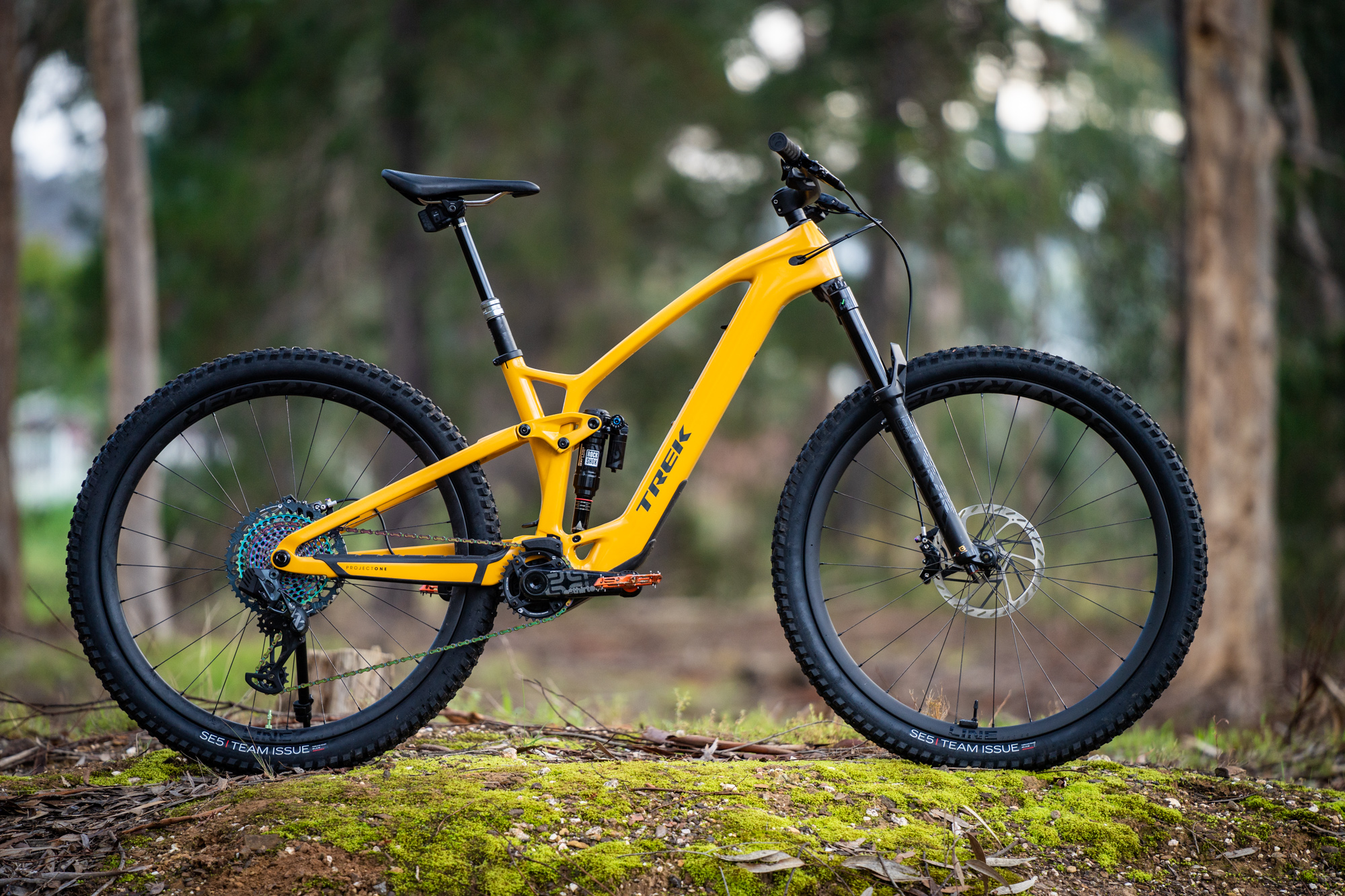
An overview of the Trek Fuel EXe
Whereas the Rail is based upon the Slash enduro bike, the Trek Fuel EXe is essentially an electrified version of the Fuel EX trail bike. It features 29in wheels, though it gets a touch more travel with a 150mm fork and 140mm of rear wheel travel courtesy of the ABP four-bar suspension platform.
OCLV Mountain carbon fibre has been employed to construct the Fuel EXe frame, while a two-piece alloy rocker link drives the rear shock via a trunnion bearing mount. Unlike the regular Fuel EX, Rail and Slash that feature Trek’s proprietary Thru Shaft damper, the Fuel EXe relies on a conventional rear shock.
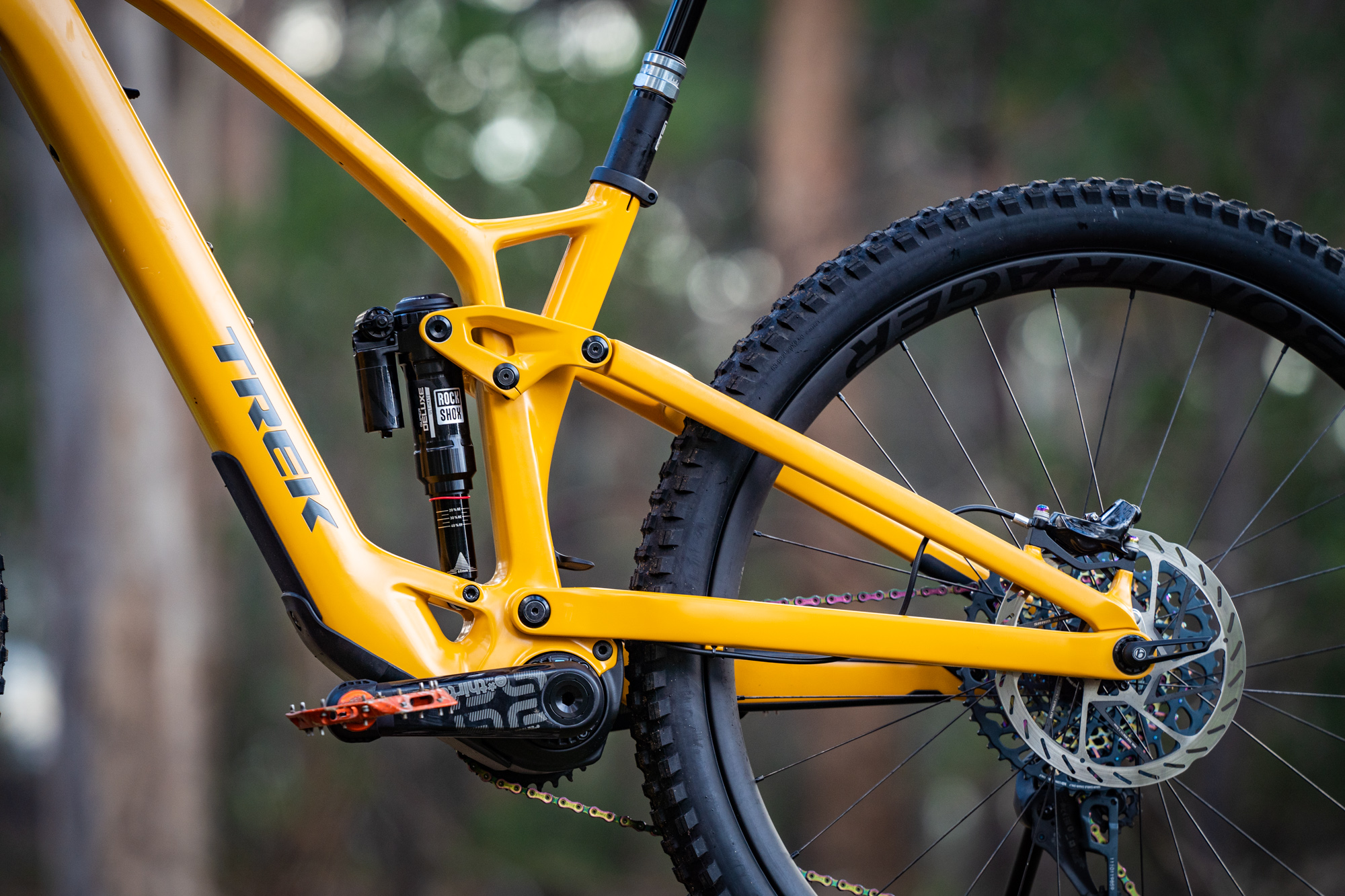
The compact TQ motor
Powering the Trek Fuel EXe is a brand new and extremely compact motor that has been developed in collaboration with Bavarian company TQ.
TQ has previously been known for producing the 120Nm monster motor found within the Haibike Flyon. Taking the same patented Harmonic Pin-Ring (HPR) mechanism, those clever Germans have shrunken it right down to create what it believes is the lightest and smallest e-MTB motor on the market.
Comprised of just two moving parts, the HPR drive unit doesn’t require a belt or additional cogs, and it spins at an RPM that is three times lower than a conventional motor. Thanks to its simplified construction, the HPR design is claimed to result in fewer operating frequencies, reducing not only the overall decibels produced by the motor, but also lowering the ‘tonality’ (read: annoyance) of the sound.
Despite its compact form, the German-manufactured HPR50 motor delivers a healthy 50Nm of torque and a peak power output of 300W. TQ claims this motor has the highest torque density on the market, while offering seamless power delivery with virtually no lag.

It’s bloody light too
According to TQ, the HPR50 motor weighs just 1.85kg. That’s lighter than Specialized’s SL 1.1 motor (1.95kg), Fazua’s Ride 60 motor (2.3kg), Shimano’s EP8 (2.6kg) and Bosch’s Performance CX (2.79kg).
To make the most of its weight advantage, the HPR50 motor is paired to a modest 360Wh battery. This is claimed to weigh 1.83kg, which is notably lighter than the 360Wh battery used in the Orbea Rise (2.2kg), and about the same weight as the Specialized Levo SL’s smaller 320Wh battery (1.8kg). The compact battery allows the downtube to be made much slimmer, which results in further weight savings.
Putting the motor and battery together, here’s how the total system weight compares between the new Fuel EXe and its two main competitors;
- Trek Fuel EXe (50Nm motor & 360Wh battery) – 3.68kg
- Specialized Levo SL (35Nm motor & 320Wh battery) – 3.75kg
- Orbea Rise (60Nm motor & 360Wh battery) – 4.8kg
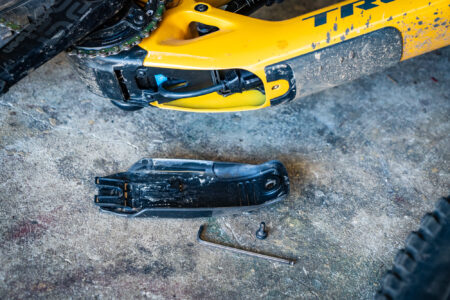
Unlike the Levo SL and the Rise, the Fuel EXe’s battery can be easily removed from the frame without having to drop out the motor. This means you can charge it in the bike, or separately if you don’t have a power point in your shed. Trek claims you can fully charge the battery in just two hours with a fast charger.
Trek will also be offering a 160Wh Range Extender battery that customers can purchase separately for $1,199 AUD. Boosting range by a claimed 40%, the piggyback battery is designed to fit into a standard water bottle cage with the addition of a built-in retention strap for security. Unfortunately the Range Extender battery won’t be available in Australia until late 2022 however.
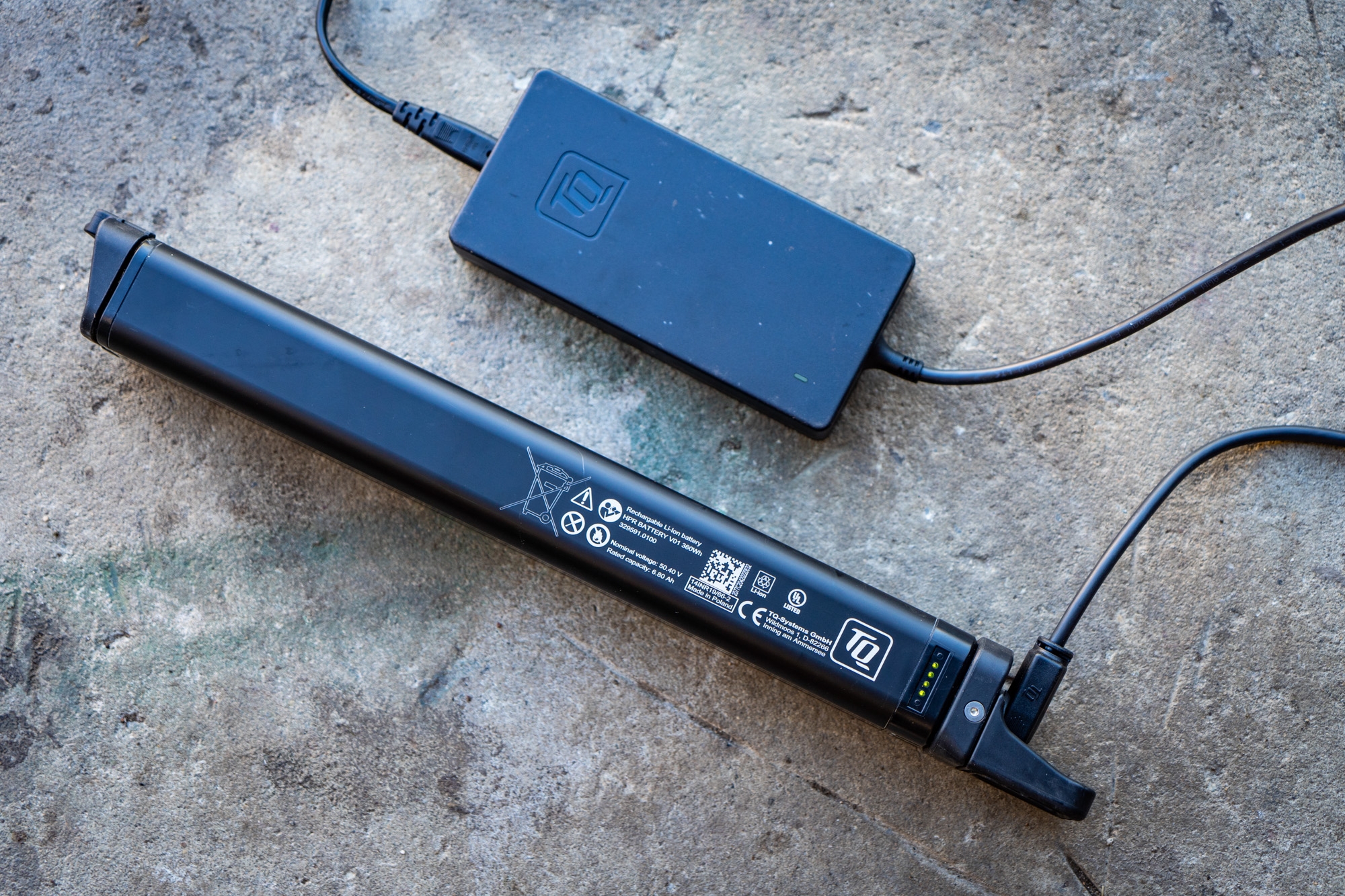
Tidy, integrated display
Just like the Specialized Levo and Rocky Mountain Altitude Powerplay , the Trek Fuel EXe features a display that’s integrated directly into the top tube. This 2in O-LED screen forms the control hub for the bike, with a single button that turns the system on and off. This same button is then used to cycle through four pages that display key metrics including battery status, riding speed, average speed, rider power, motor power, and estimated range. Because of its integrated display, the Fuel EXe doesn’t have room for the Knock Block steering limiter, and so omits it entirely.
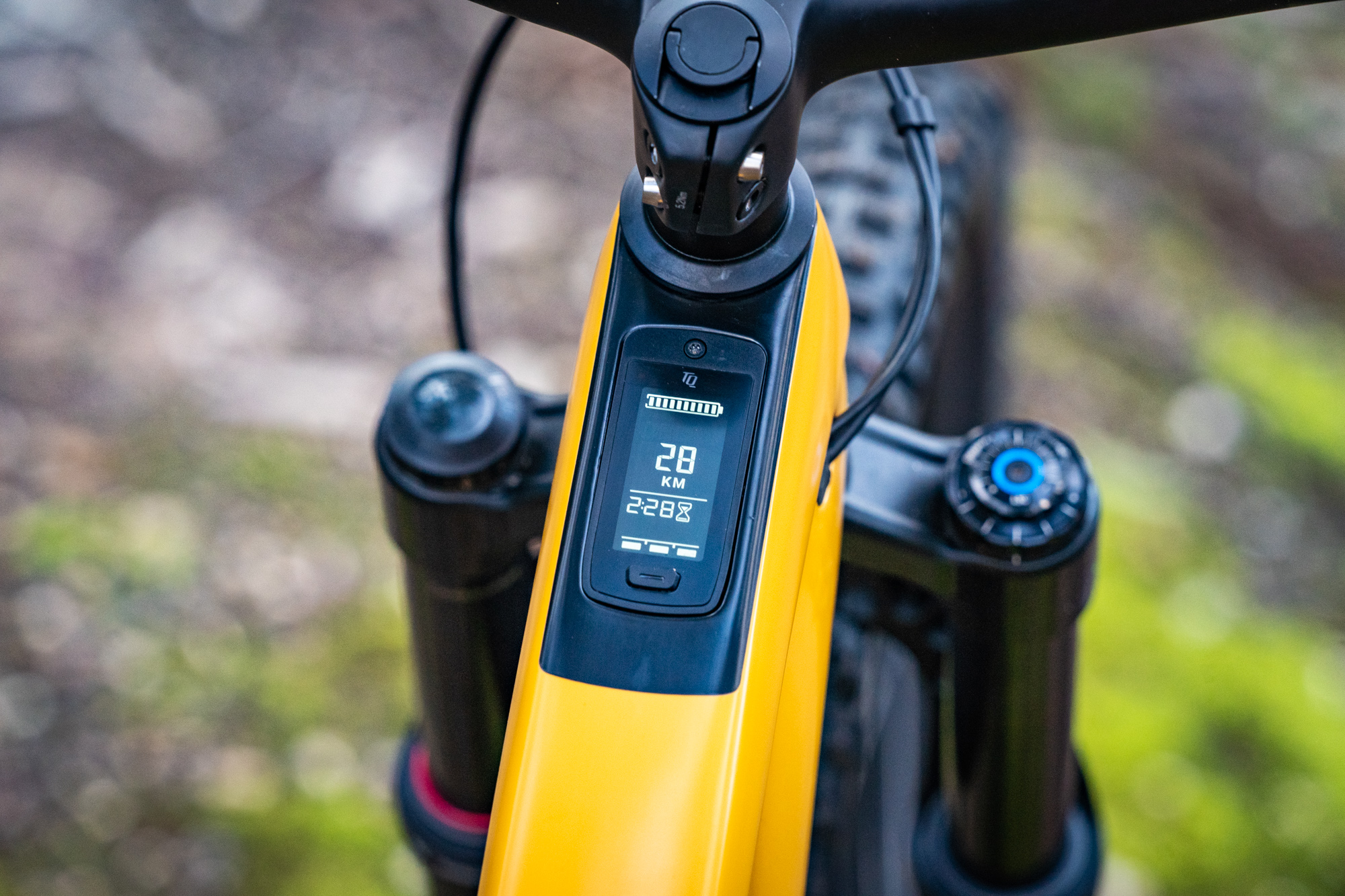
A discreet two button controller sits next to the left-hand grip, allowing you to toggle between the Eco, Mid and High assist settings. Holding the top button also engages the Walk mode, which delivers power to the rear wheel when you’re off the bike and pushing uphill.
Bluetooth and ANT+ capability allows the TQ system to pair with your GPS head unit and mobile phone. Further functions can be unlocked via the Trek Central app, which offers navigation and integration with third party apps. You can use the app to tune the motor’s assistance levels, and it’ll also provide you with tyre and suspension pressure recommendations if you’re using a TireWiz and AirWiz.

Geometry & mullet capability
Without a bulky motor getting in the way, there are few compromises forced upon the suspension layout and geometry of the Trek Fuel EXe. For example, the chainstay length sits at an impressive 440mm, which is quite short given the 29in rear wheel and 2.5in tyre clearance. Trek has also chosen to stick with conventional Boost hub spacing and a 55mm chainline, so there’s nothing funky in terms of standards.
With the Mino Link flip chip set in the Low position, the Fuel EXe features a 64.7° head angle, a 76.7° seat angle and a 38.5mm BB drop. In the High position those angles steepen by 0.5° and the BB lifts by almost 7mm.
In that same High setting, Trek also states that the Fuel EXe can be run as a mullet with a 27.5in rear wheel. This will affect the motor’s output and 25km/h cutoff point however, as there’s currently no way for users to adjust the rear wheel circumference in the TQ system.
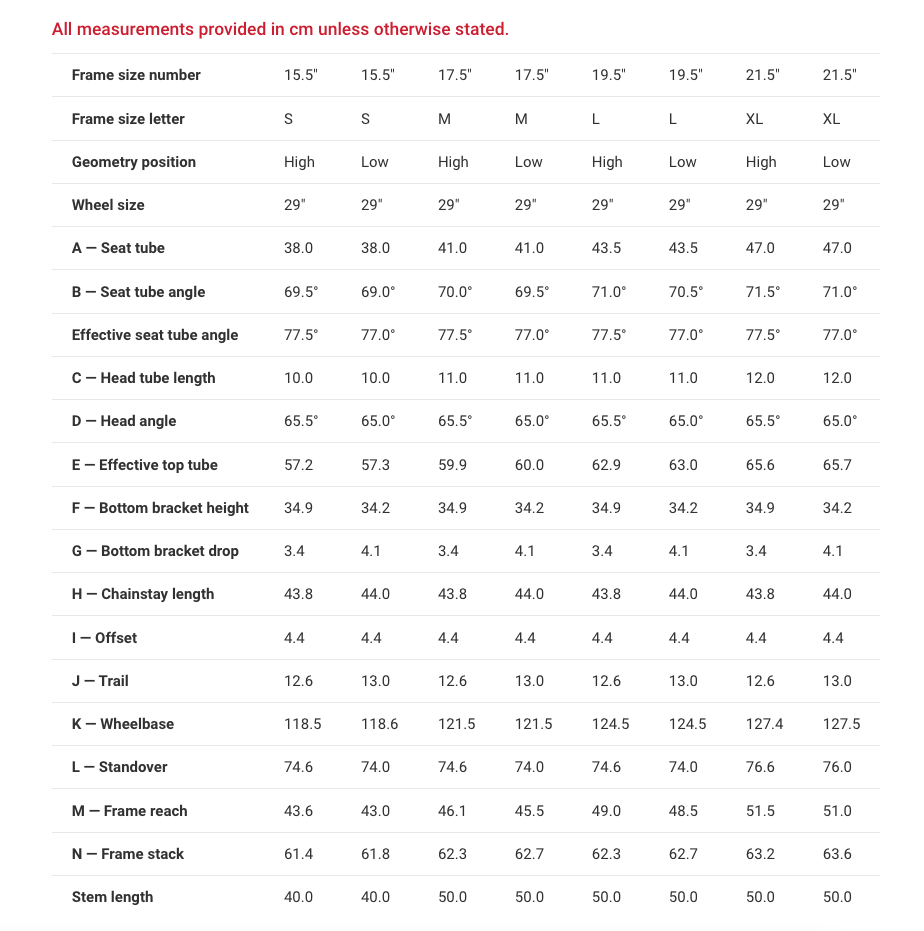
Trek Fuel EXe price & specs
Globally, there will be six Trek Fuel EXe models offered for 2023. Only three of those models will be available in Australia, with prices starting at $9,499 AUD for the Fuel EXe 9.5, and maxing out at $12,999 AUD for the Fuel EXe 9.8 XT.
All Fuel EXe models make use of the same TQ-HPR50 motor, 360Wh battery and OCLV carbon frame. There will be no alloy models for the foreseeable future.
The bike we’ve been testing is the top-end Fuel EXe 9.9 XX1 AXS, which in the States will come with a staggering retail price of $13,999 USD (that’s approximately $20,000 AUD!). It features RockShox Ultimate-level suspension, Bontrager Line Pro carbon wheels, a one-piece RSL carbon bar and stem, a SRAM XX1 AXS drivetrain, Code RSC brakes and a Reverb AXS dropper post. While this model won’t be available in Australia, aside from the wireless bits the spec isn’t drastically different from the 9.8 XT. As usual though, our review won’t be focussing a whole lot on the individual components, but rather the important stuff that’s shared throughout the range; the frame, handling, suspension and drive system.
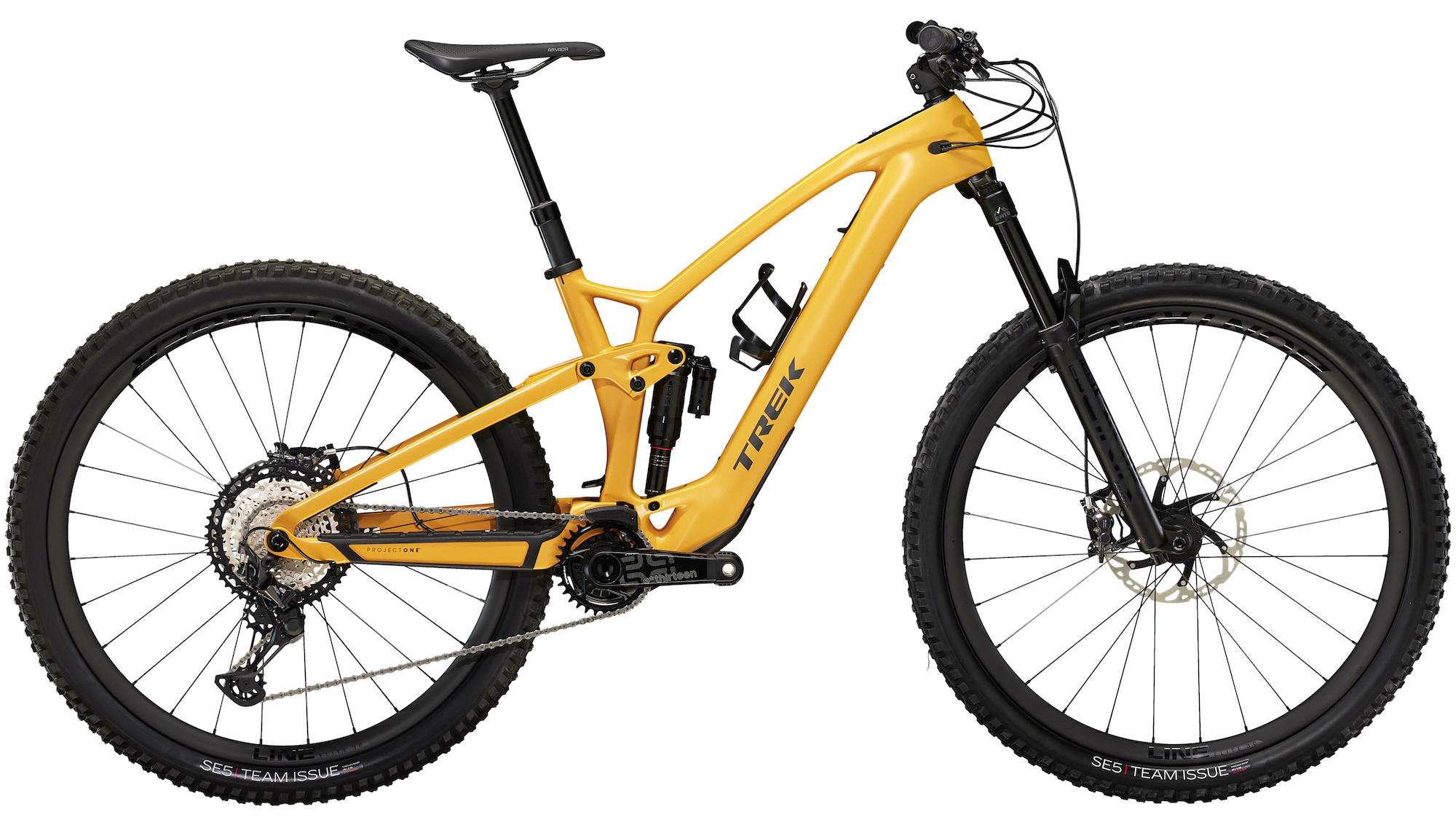
2023 Trek Fuel EXe 9.8 XT
- Frame | OCLV Mountain Carbon Fibre, ABP Suspension Design, 140mm Travel
- Fork | RockShox Lyrik Select+, Charger 3 Damper, 44mm Offset, 150mm Travel
- Shock | RockShox Super Deluxe Select+, RT Damper, 205x60mm
- Drive Unit | TQ-HPR50, 50Nm Peak Torque
- Battery | TQ 360Wh
- Wheels | Bontrager Line Elite 30, OCLV Carbon Rims, 29mm Inner Width
- Tyres | Bontrager SE5 Team Issue 2.5in Front & Rear
- Drivetrain | Shimano XT 1×12 w/e*thirteen E*spec Race Carbon 34T Crankset & 10-51T Cassette
- Brakes | Shimano XT 4-Piston
- Bar | Bontrager RSL Integrated, OCLV Carbon, 27.5mm Rise, 820mm Width
- Stem | Bontrager RSL Integrated, OCLV Carbon, 45mm Length
- Seatpost | Bontrager Line Elite, 34.9mm Diameter, Travel: 100mm (S), 150mm (M), 170mm (L), 200mm (XL)
- Saddle | Bontrager Arvada, Austentite Rails
- Claimed Weight | 18.1kg
- RRP | $12,999 AUD
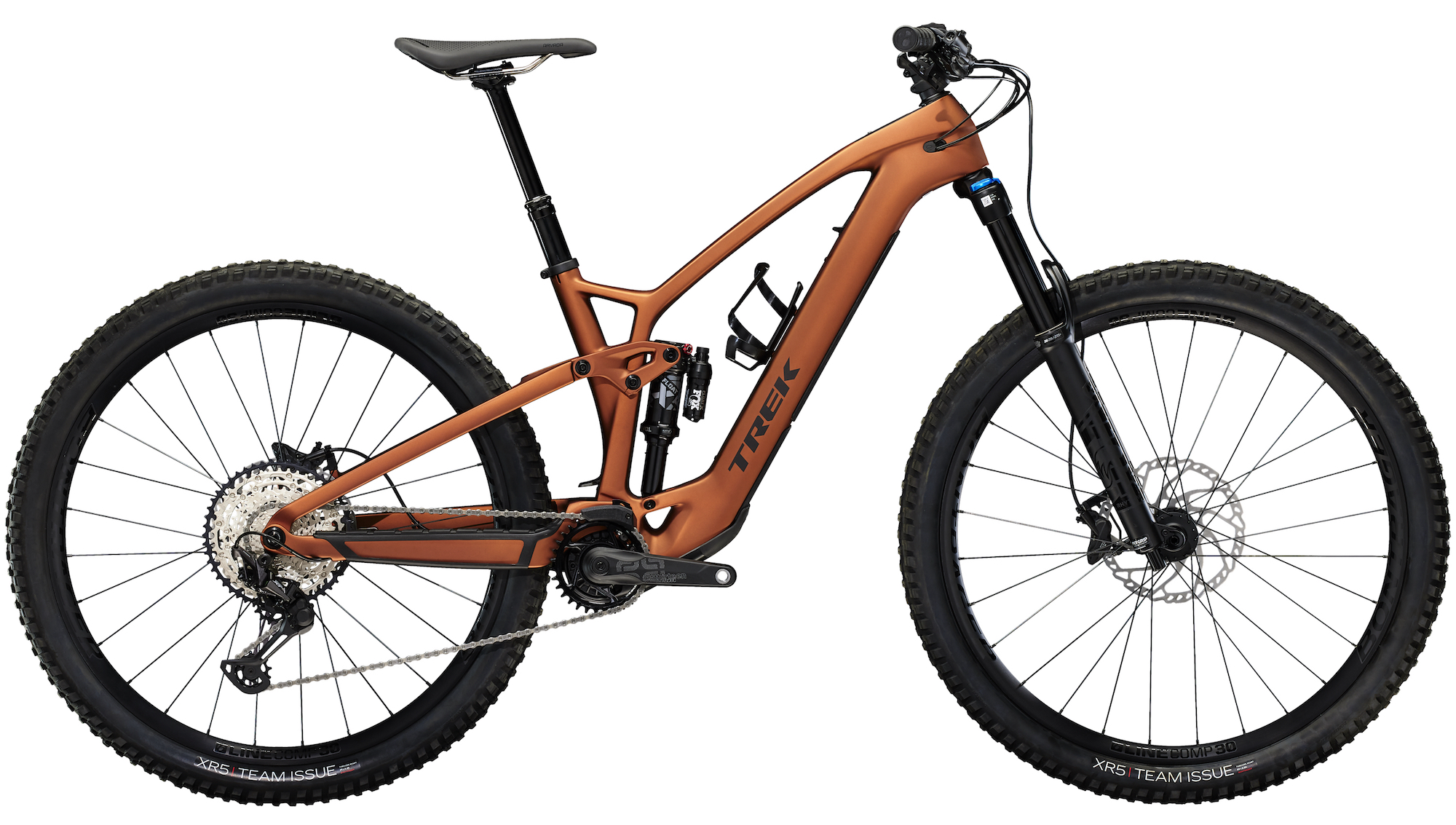
2023 Trek Fuel EXe 9.7
- Fork | Fox Rhythm 36, GRIP Damper, 44mm Offset, 150mm Travel
- Shock | Fox Float X, Performance Series, 2-Position Damper, 205x60mm
- Wheels | Bontrager Line Comp 30, Alloy Rims, 29mm Inner Width
- Tyres | Bontrager XR5 Team Issue 2.5in Front & Rear
- Drivetrain | Shimano SLX 1×12 w/e*thirteen E*spec Race Alloy 34T Crankset & 10-51T Cassette
- Brakes | Shimano Deore 4-Piston
- Bar | Bontrager Line, Alloy, 27.5mm Rise, 780mm Width
- Stem | Bontrager Elite, 45mm Length
- Seatpost | TranzX Dropper, 34.9mm Diameter, Travel: 100mm (S), 150mm (M), 170mm (L-XL)
- Claimed Weight | 19.05kg
- RRP | $10,999 AUD
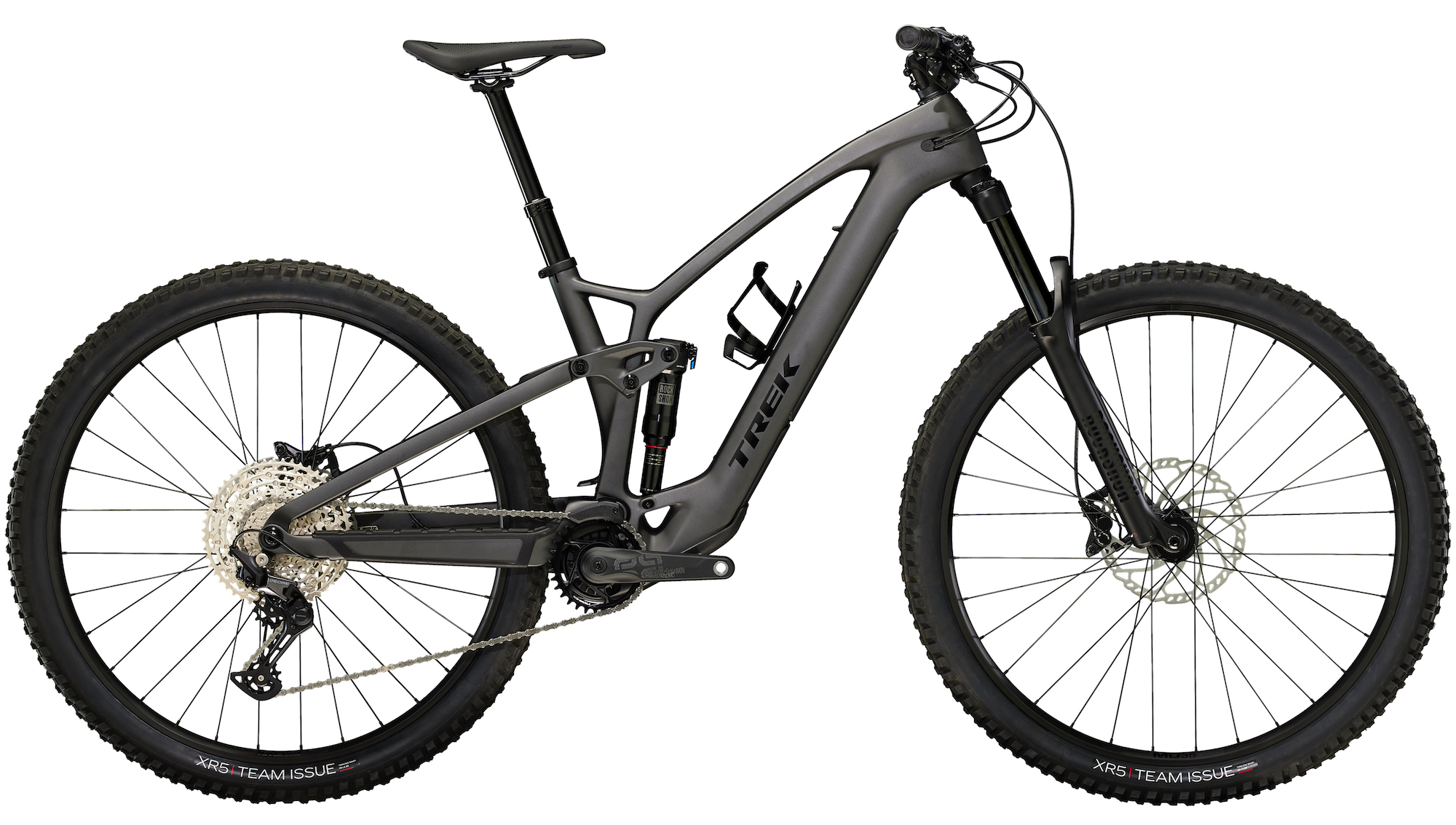
2023 Trek Fuel EXe 9.5
- Fork | RockShox 35 Gold RL, Motion Control Damper, 44mm Offset, 150mm Travel
- Shock | RockShox Deluxe Select+, RT Damper, 205x60mm
- Wheels | Bontrager Sealed Bearing Hubs & Alex MD35 Alloy Rims, 34mm Inner Width
- Drivetrain | Shimano Deore 1×12 w/e*thirteen E*spec Plus 34T Crankset & 10-51T Cassette
- Brakes | Shimano MT420 4-Piston
- Bar | Bontrager Rhythm Comp, Alloy, 15mm Rise, 750mm Width
- Stem | Bontrager Alloy, 50mm Length
- Claimed Weight | 19.93kg
- RRP | $9,499 AUD
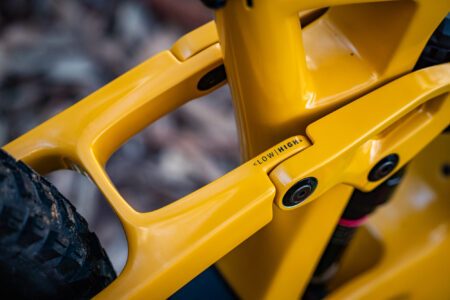
Noise isn’t everything, but geez it’s nice when you’re on a quiet bike. And in this regard, the Fuel EXe sets a whole new benchmark that we expect other brands will attempt to follow over the coming few years.
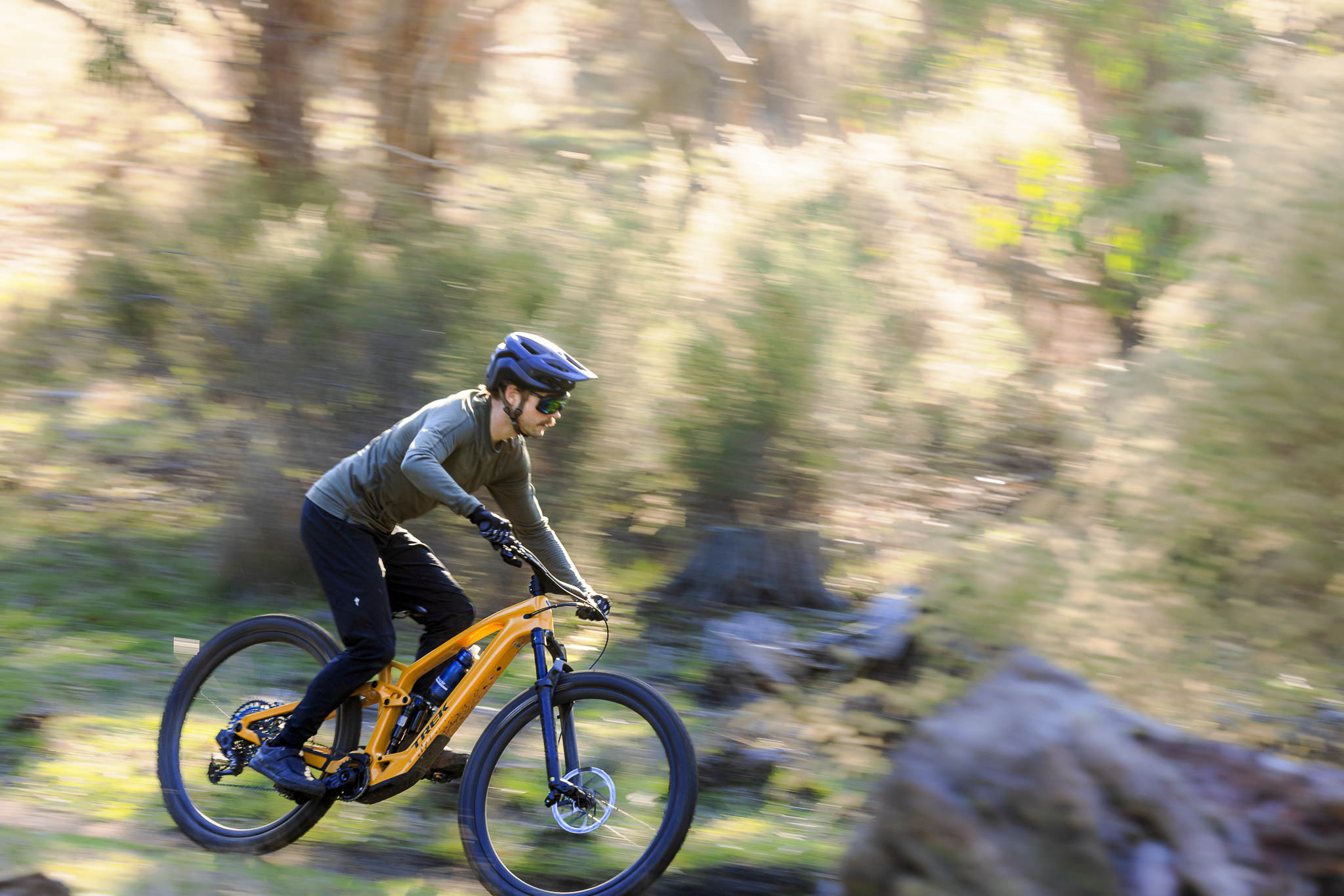
Trek Fuel EXe sizing & fit
Deviating from the regular Fuel EX, which comes in six sizes, the Trek Fuel EXe will only be available in four. To suit our 175-178cm testers we chose the Medium, which features a 452mm reach.
We had few complaints with sizing, though the stock handlebars are comically wide at 820mm. Those were promptly chopped down to a more conventional 780mm width, which proved to be a better fit with the 45mm ‘virtual’ stem length.
While the big diameter seat tube is nice and short, the 150mm dropper post limited our freedom of movement when riding down steep descents and along jump trails. We’d prefer to see a 170-180mm dropper on a bike that’s as capable as this.
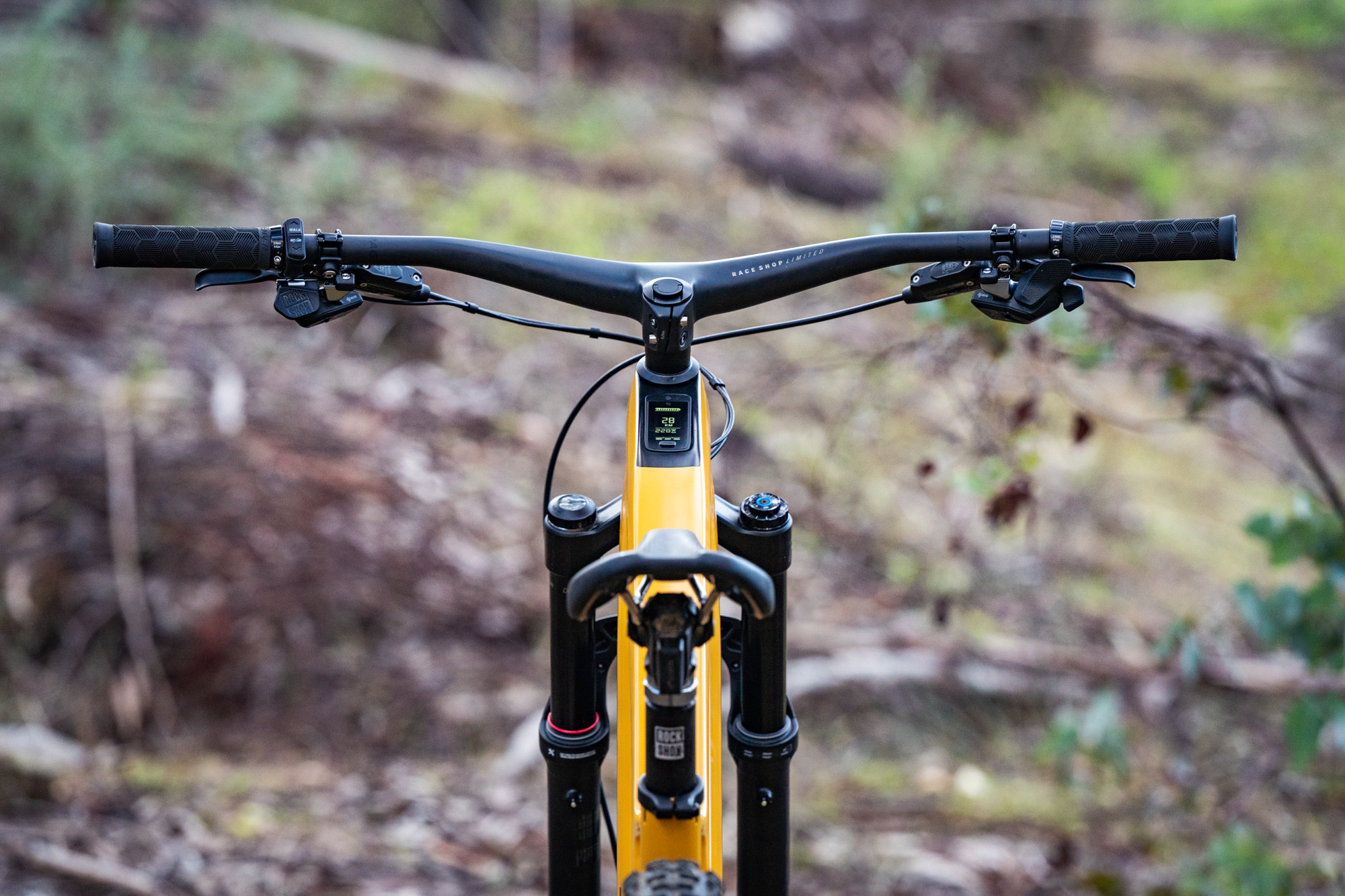
Otherwise the Fuel EXe cockpit is a comfortable place to be thanks to the agreeable Bontrager saddle and lock-on grips. The seat tube angle isn’t too steep, with neutral weight distribution that doesn’t put a load of pressure on your hands. There’s plenty of adjustability thanks to the long saddle rails for those who do want to shunt it forward for a more aggressive climbing position.
Where the Fuel EXe definitely feels like an e-MTB is in its Q-Factor. Although the TQ-HPR50 motor is very compact, the fat e*13 carbon crank arms see the pedalling width blow out considerably. We measured the Q-Factor at 195mm, which is wider than any other e-MTB we’ve tested, and around 20mm wider than a regular mountain bike. Many riders will be unfazed by the difference, and indeed the wider stance can improve your overall stability on the bike. However, flat pedal riders will need to be wary when riding through deep ruts, and those with sensitive knees may simply find the Q-Factor to be too wide for comfort.

Suspension setup
The rear shock on the Trek Fuel EXe is designed to be run with 30% sag, a process that’s made easy thanks to the anodised gradients on the RockShox Super Deluxe.
Jose Gonzalez of Trek’s Suspension Lab explained to us that the Fuel EXe does have a slightly lower leverage rate compared to the regular Fuel EX, and the rear shock has been valved with a medium compression tune. The aim here is to provide more support to handle the additional weight of the battery and motor. Because of the greater damping forces generated by the shock, we trended towards having the compression adjusters backed off from the neutral setting. High-speed was set at minus two clicks (fully open) and the low-speed dial was set at minus one click. Rebound was set a couple of clicks faster than halfway to suit our 68-75kg testers.
Up front is the new 2023 RockShox Lyrik that features the new DebonAir+ spring and Charger 3 damper. RockShox recommends an extra 10psi for this fork when it’s fitted to an e-MTB, but we found this pressure to be too high when paired with the highly supportive Charger 3 damper. We ended up running 10psi less than recommended on the chart, set the rebound on the faster side, ran the high-speed compression at minus one click, and set the low-speed adjuster a few clicks lighter than neutral.
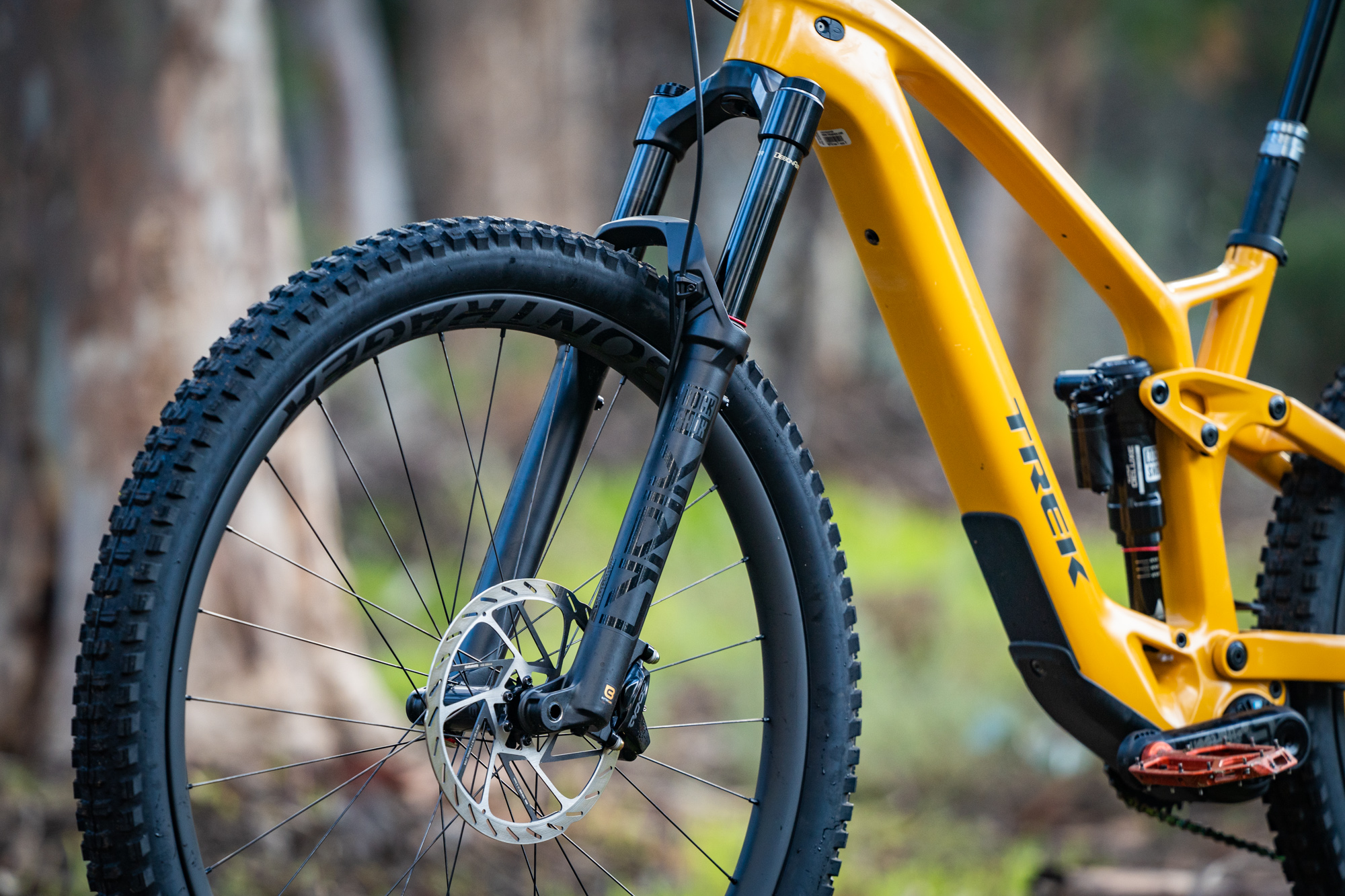
Trek Fuel EXe weight
Confirmed weight for our Trek Fuel EXe XX1 AXS test bike is 18.6kg, weighed without pedals and with the tyres set up tubeless.
That’s an impressive weight for a full suspension e-MTB, especially when you factor in the aggressive Bontrager tyres, powerful brakes and piggyback shock. Still, it’s not quite as light as some of its competitors;
- Specialized Levo SL Expert – 17.84kg
- Orbea Rise M10 – 18.38kg
- Trek Fuel EXe XX1 AXS – 18.6kg
- Specialized Kenevo SL Expert – 19.12kg
When you consider that the Fuel EXe is the only bike in that list with carbon wheels and crank arms, as well as a one-piece cockpit, its weight becomes a little less impressive. Given that the Fuel EXe supposedly has the lightest drive system out of the lot, we suspect some of the additional weight is found in the frame itself. That’s no bad thing, especially if it equates to having a stiffer and more robust chassis.
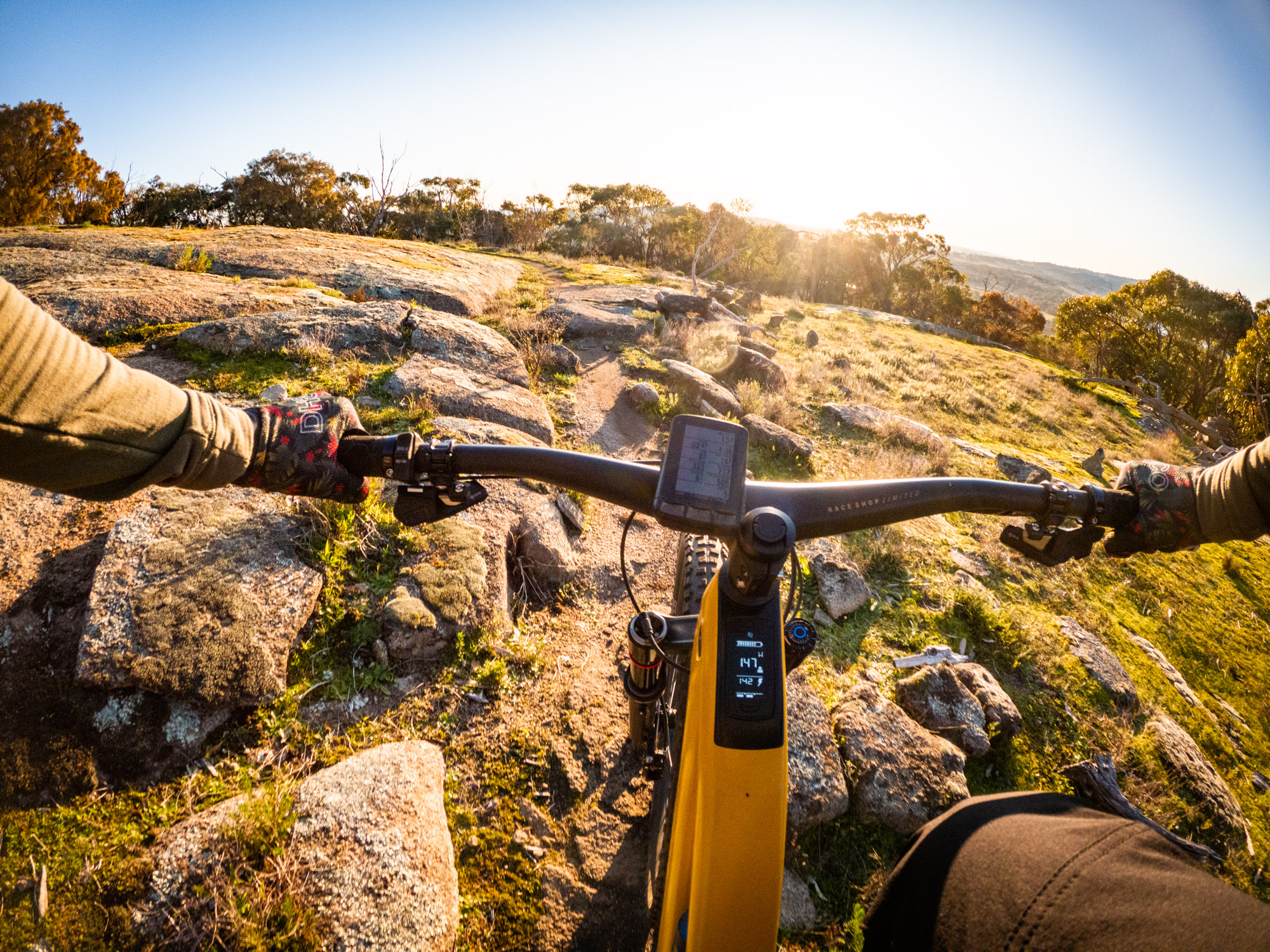
What does the Trek Fuel EXe do well?
When riding the Trek Fuel EXe the first thing you notice, or more accurately don’t notice, is just how quiet the TQ-HPR50 motor is. No doubt about it, this is easily the quietest e-MTB we’ve ever ridden.
The overall decibel output is low, and the motor’s pitch is significantly less prominent than other motors we’ve ridden. Rather than droning or whining, the TQ-HPR50 motor emits a more discreet sound that’s a bit like a gentle breeze whistling through the trees. Furthermore, there’s no annoying clacking noise on the descents like you’ll find with the latest Shimano and Bosch drive units. The TQ motor does feature an integrated freewheel that allows the drive wheel to disengage from the cranks to minimise drag, but despite this we couldn’t detect any obvious noise when descending on rocky trails.
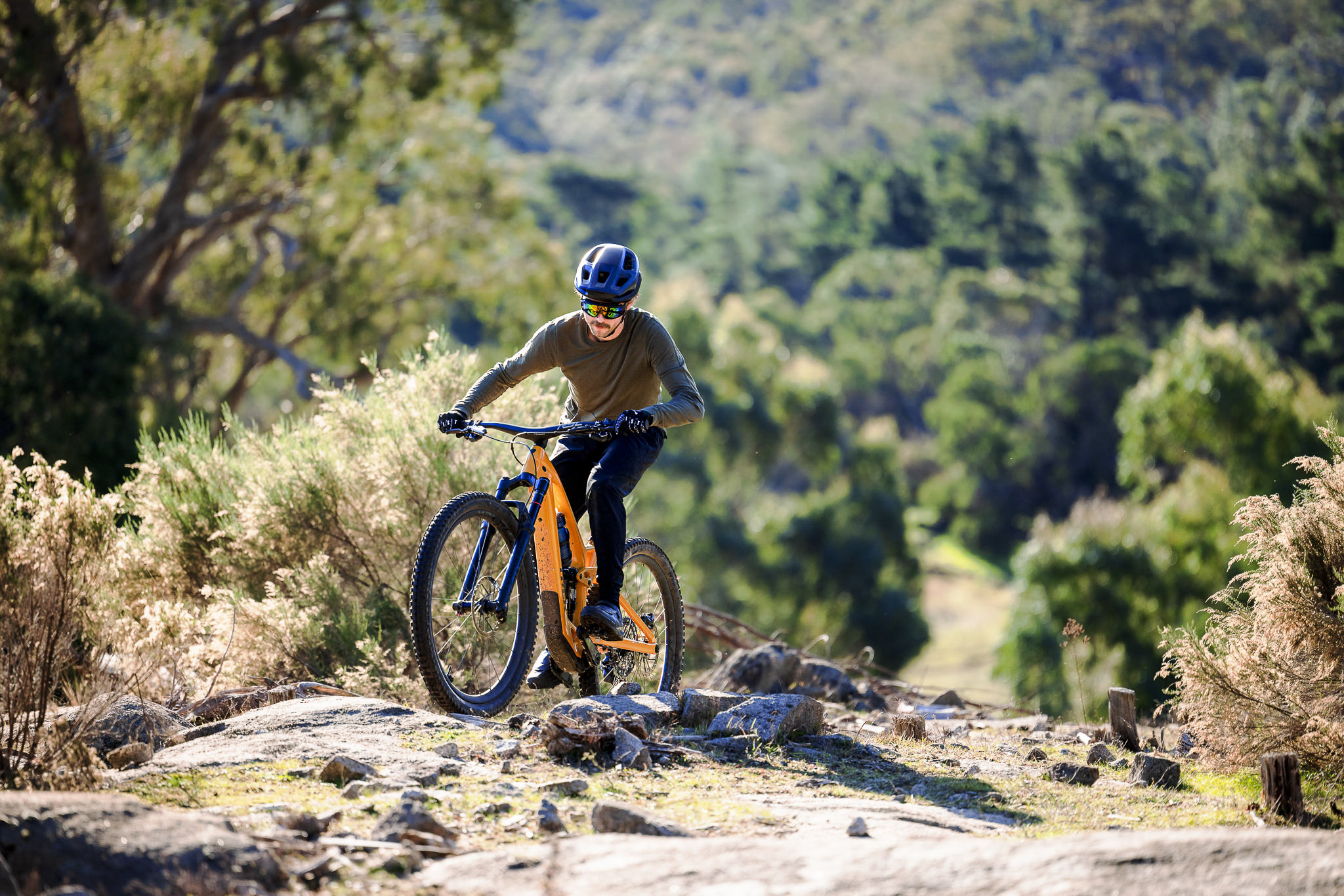
Indeed the motor and chassis are well damped, with very little vibration or rattling present. While riding back-to-back with our Canyon Spectral:ON test bike, which features a cavernous downtube and a Shimano EP8 motor, the difference in trail noise was stark. Noise isn’t everything, but geez it’s nice when you’re on a quiet bike. And in this regard, the Fuel EXe sets a whole new benchmark that we expect other brands will attempt to follow over the coming few years.
Initially the muted motor gave the illusion of providing us with less assistance. This is because the power delivery is less obvious than a louder, whinier motor. However, a glance at our average riding speeds had us soon correcting that illusion.
Of course there’s not as much punch compared to the bigger 85-90Nm motors on the market, which is to be expected. During our standardised range test (more on that below), climbing speeds aboard the Fuel EXe hovered around 14km/h, compared to 18km/h on an EP8-equipped bike. This means you’ll be working harder on the Fuel EXe if all your pals are riding on full-powered e-MTBs.
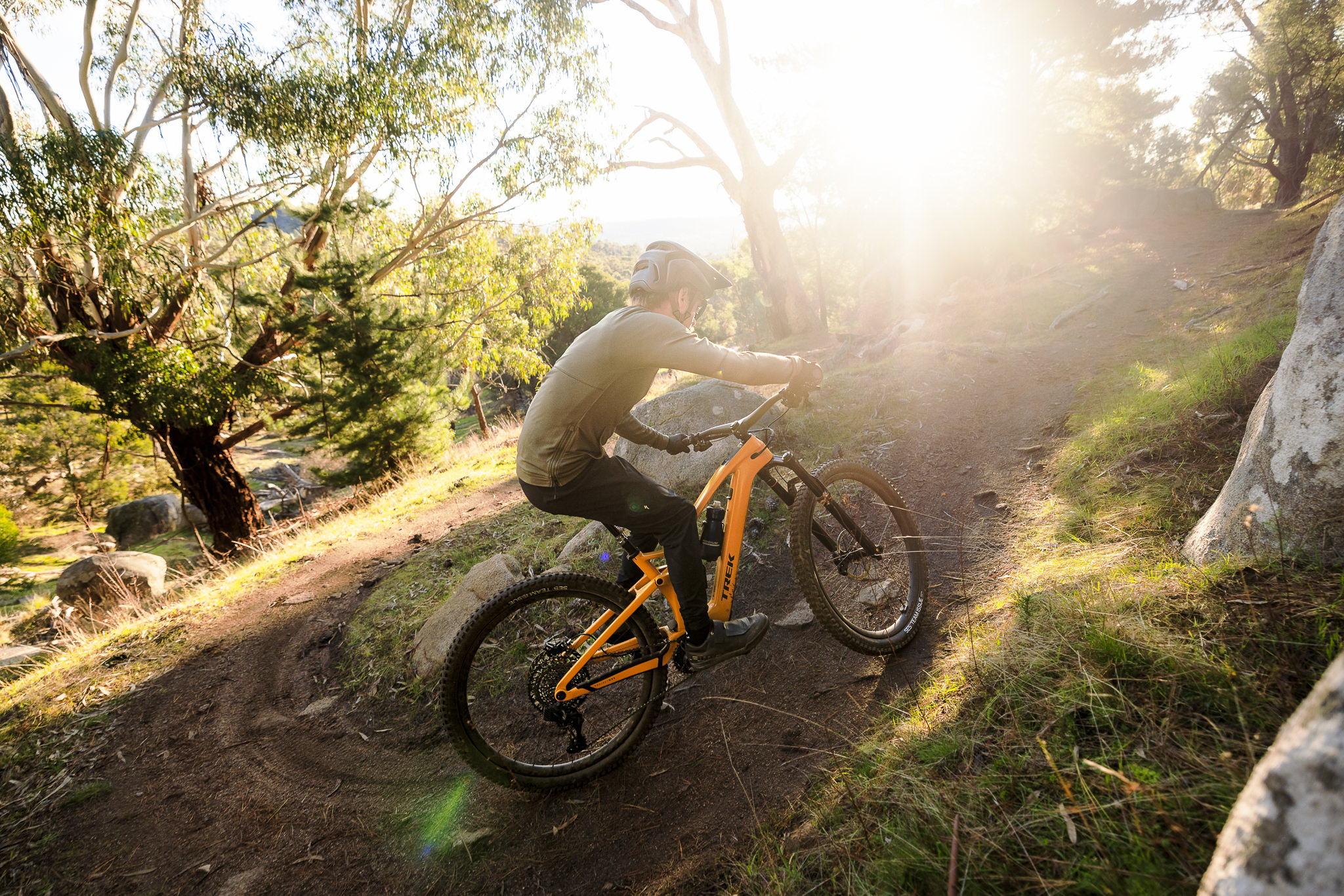
Still, if you only ever ride singletrack aboard your e-MTB in the Eco or Trail assist settings, the TQ motor is likely to meet your needs. This will especially be the case for lighter and fitter riders, who will find the 50Nm output to be just about perfect for trail riding.
Well-damped suspension & no-fuss handling
It isn’t just the motor that’s quiet either, with the Trek Fuel EXe delivering a nicely damped ride quality that’s complemented by the distinct lack of any slurping noises from the fork’s new Charger 3 damper.
The carbon chassis feels stout and reliable, with no hint of twisting or excessive flex under load. It somehow manages to achieve this sensation without feeling harsh or pingy, and instead offers an accommodating platform that allows you to push it quite hard without fear of being punished for less calculated line choices.
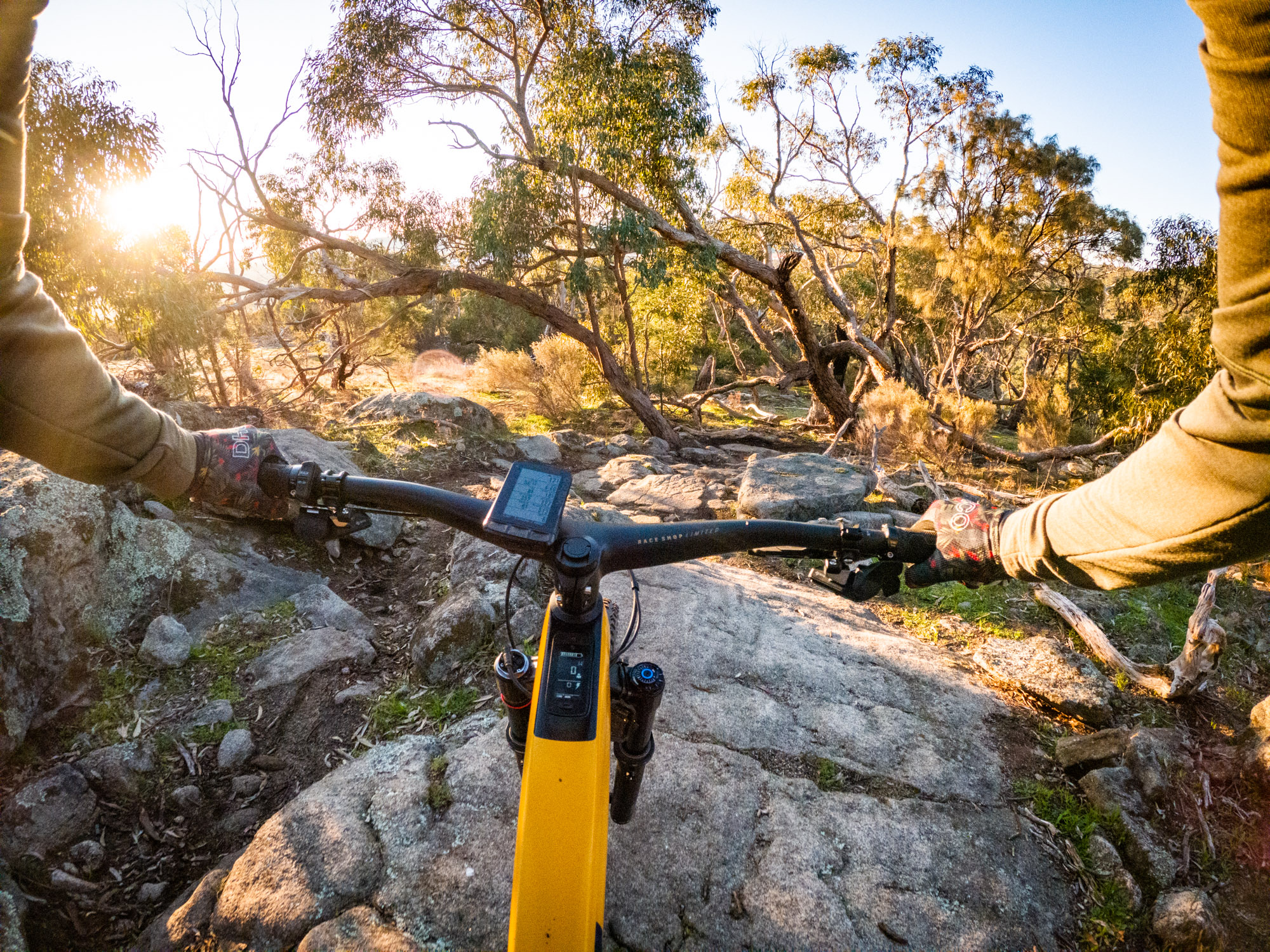
The top-notch suspension plays into this beautifully when you’re smashing down rowdy descents. The Lyrik’s mid-stroke is particularly good, offering a heap of support with plenty of big hit damping control that encourages you to let off the brakes when gravity takes over.
While the suspension is good, it’s worth acknowledging that the Fuel EXe is not as plush as the Rail. Along with its lower overall weight, it can’t monster-truck down wide-open terrain like the Rail can.
The Fuel EXe takes the upper hand as the trail gets squigglier though, with less exaggeration required from your handling inputs. The smaller and shorter battery puts less weight up towards the head tube, helping to centralise and lower the bike’s centre of mass. Combined with the stout frame, there’s very little understeer present with the Fuel EXe. Compared to bigger and heavier e-MTBs, it never feels like it’s trying to push wide or ride away from you.
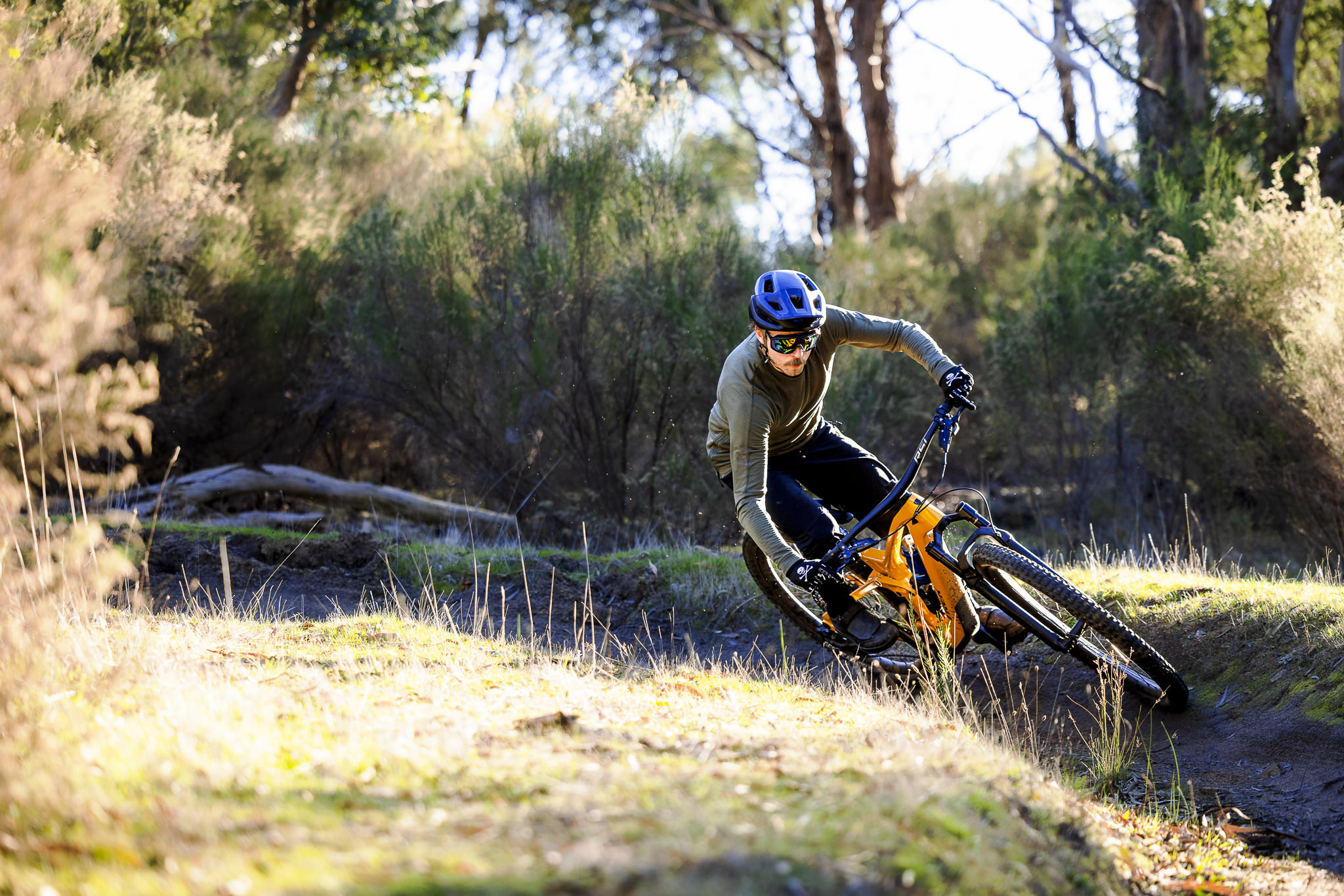
The excellent handling and weight distribution makes the Fuel EXe an easier bike to ride for less experienced riders. For more advanced pilots, the Fuel EXe delivers a thoroughly involving ride quality. Yes it’s still an 18kg bike, but it’s far more playful than the heavier Rail, with the shorter chainstays helping to encourage front wheel popping shenanigans.
It dips into corners without requiring constant persuasion, and it takes to the air well too, maintaining a steady trajectory without making you feel like you’re an unwilling passenger. There’s a heap of support from the suspension for soaking up ill-timed landings when things do go awry, with the shock’s Hydraulic Bottom Out ramping up the travel in the final 20% of the stroke. While the O-ring indicated we’d used full travel on many occasions, not once were we able to detect it while riding.
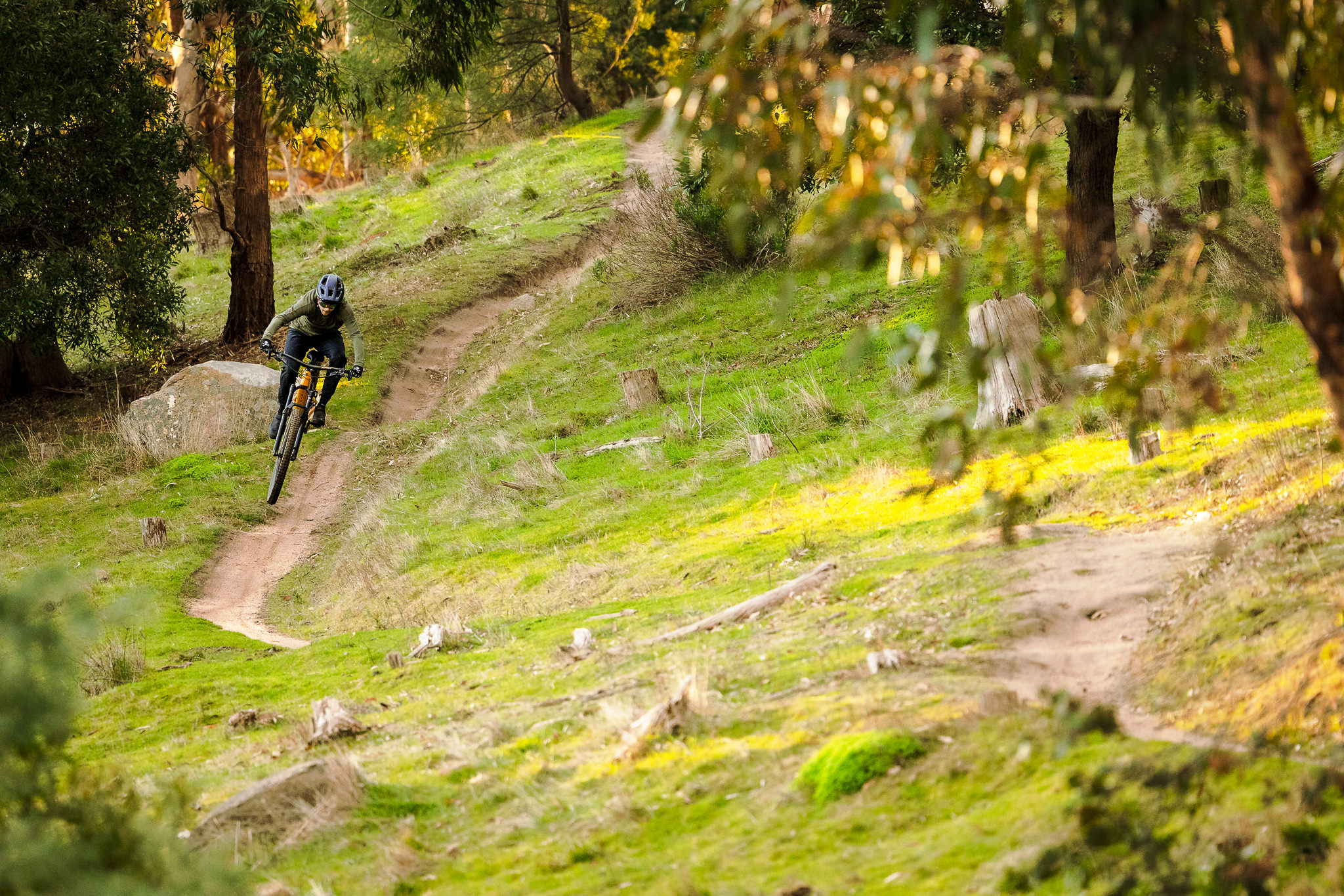
What does it struggle with?
Though the progressive RockShox suspension on the Trek Fuel EXe offers bucketloads of high-speed control, it does feel quite aggressively damped on smaller chatter. This is more so the case with the new Lyrik, which hasn’t amazed us with its small-bump compliance, transmitting more feedback through to our hands.
The fork on our test bike has improved noticeably over the first dozen rides as the seals and bushings have bedded in, and there’s no denying the incredible support and control that the Charger 3 damper brings. However, the Fuel EXe hasn’t exactly delivered a cloud-like ride quality, certainly not compared to the floaty Spectral:ON we’ve been testing alongside it. For this reason, we’d be curious to try out the Fuel EXe 9.7 to see whether its Fox suspension package brings about a more supple ride.
We’ll point out that heavier and more aggressive riders may not encounter the same experience as us. And it has to be said that the damping support does make the Fuel EXe a highly responsive and rewarding bike to ride. Still, those eager for the cushiest ride on the chunkiest of terrain will likely be better served by the Rail.

Overall we’ve been impressed by the usable and natural-feeling support from the TQ-HPR50 motor. It doesn’t spike or surge, offering a nicely progressive power band that makes it predictable and easy to modulate on tricky climbs. The 25km/h cutoff point is about as seamless it gets, and because the motor is so quiet, it’s difficult to tell when the motor has disengaged from the cranks.
It took us a few rides to get used to though, as it can occasionally lag before the power starts to come on. Spinning a lower gear at a slightly higher cadence seems to be its preferred input, though we’ve not found it to be as adept at responding to rapid changes in RPM compared to some other e-MTB motors.
There are options to tune the TQ motor via the Trek Central app, which allows you to tweak the pedal response, assist factor and the maximum power of each of the three settings. Unfortunately the app hasn’t been available prior to the Fuel EXe’s public launch, so we’re yet to play around with those tuning options. We’ll be exploring more of that functionality over the coming weeks of riding.
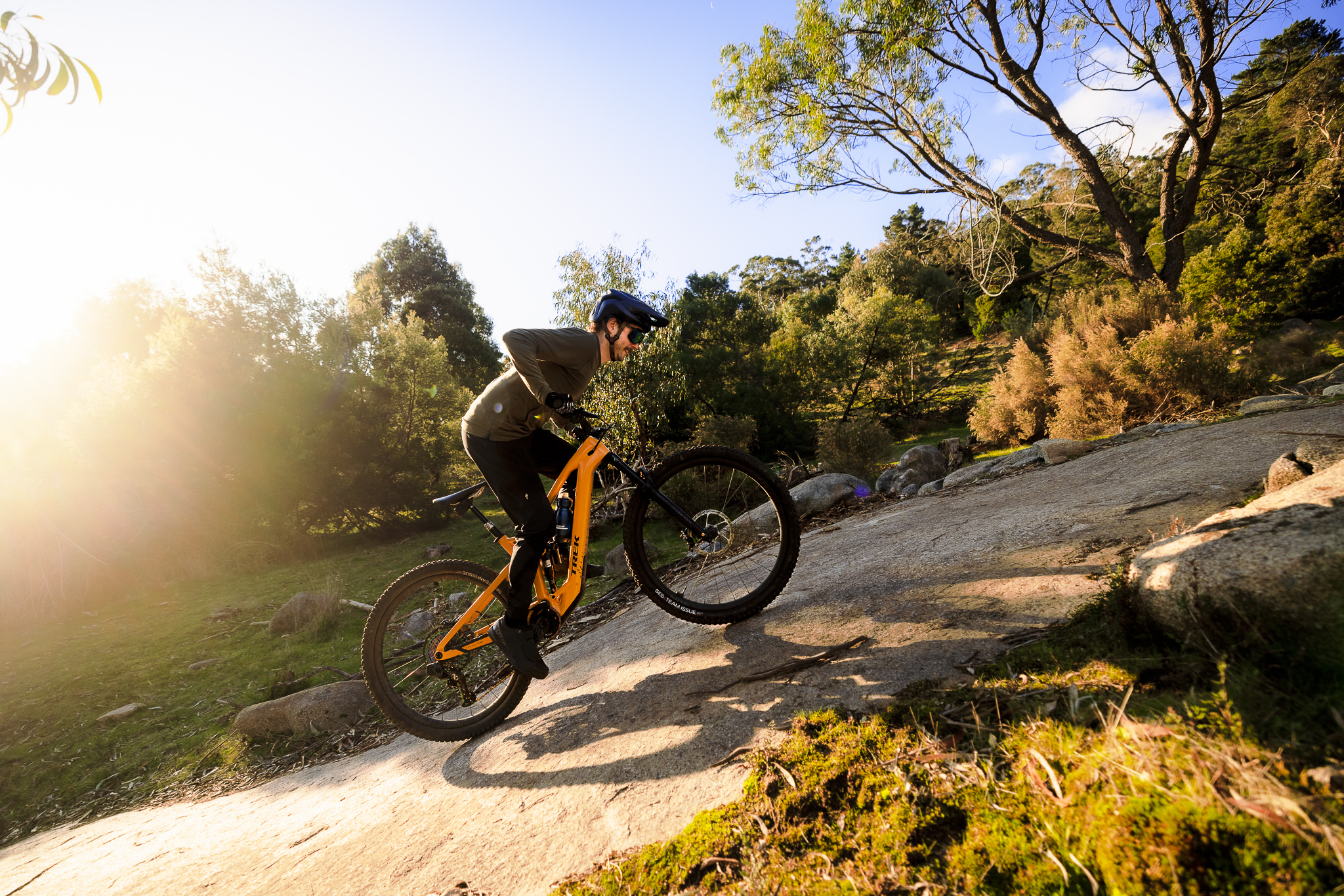
What range can you get with the Trek Fuel EXe?
Depending on the terrain, most of our rides on the Trek Fuel EXe have typically racked up 1,000-1,300m of elevation gain over a distance of 30-38km. We’ve mostly utilised the Mid power setting, which strikes a nice balance for general trail riding.
It’s been mighty helpful having the battery status displayed as a percentage, and the remaining ride time and range estimations have proven to be surprisingly accurate. When you do get down to the final 10% on the battery, the motor’s power output automatically lowers a few notches to help conserve what’s left. It doesn’t totally limp home though, retaining a usable level of support all the way down to 0%. When you have finally cooked the goose, the lack of drag through the TQ motor means it’s not an awful experience to ride the Fuel EXe on human power alone.

To see how the Fuel EXe’s efficiency compares directly to some of the other e-MTBs we’ve reviewed, we subjected it to our standardised range test. This involves the same rider pedalling up a road climb with a 10% average grade, with the motor set to its most powerful setting, before bombing back down a singletrack descent. The idea is to see how much elevation, and how many laps each bike can rack up on a single charge, while keeping the variables as constant as possible.
Here’s how the Fuel EXe faired in our range test;
- Norco Sight VLT (Shimano EP8, 900Wh Battery) – 2,478m climbing (12.8 runs)
- Rocky Mountain Altitude Powerplay (Dyname 4.0, 720Wh Battery) – 2,108m climbing (10.9 runs)
- Cube Stereo Hybrid 160 (Bosch Gen 4, 625Wh Battery) – 1,800m climbing (9.3 runs)
- Canyon Spectral:ON (Shimano EP8, 630Wh Battery) – 1,570m climbing (8 runs)
- Orbea Rise (Shimano EP8-RS, 360Wh Battery) – 1,388m climbing (7.2 runs)
- Specialized Levo SL (SL 1.1, 320Wh Battery) – 1,377m climbing (7.1 runs)
- Trek Fuel EXe (TQ-HPR50, 360Wh Battery) – 1,312m climbing (6.8 runs)
- Specialized Kenevo SL (SL 1.1, 320Wh Battery) – 1,053m climbing (5.5 runs)
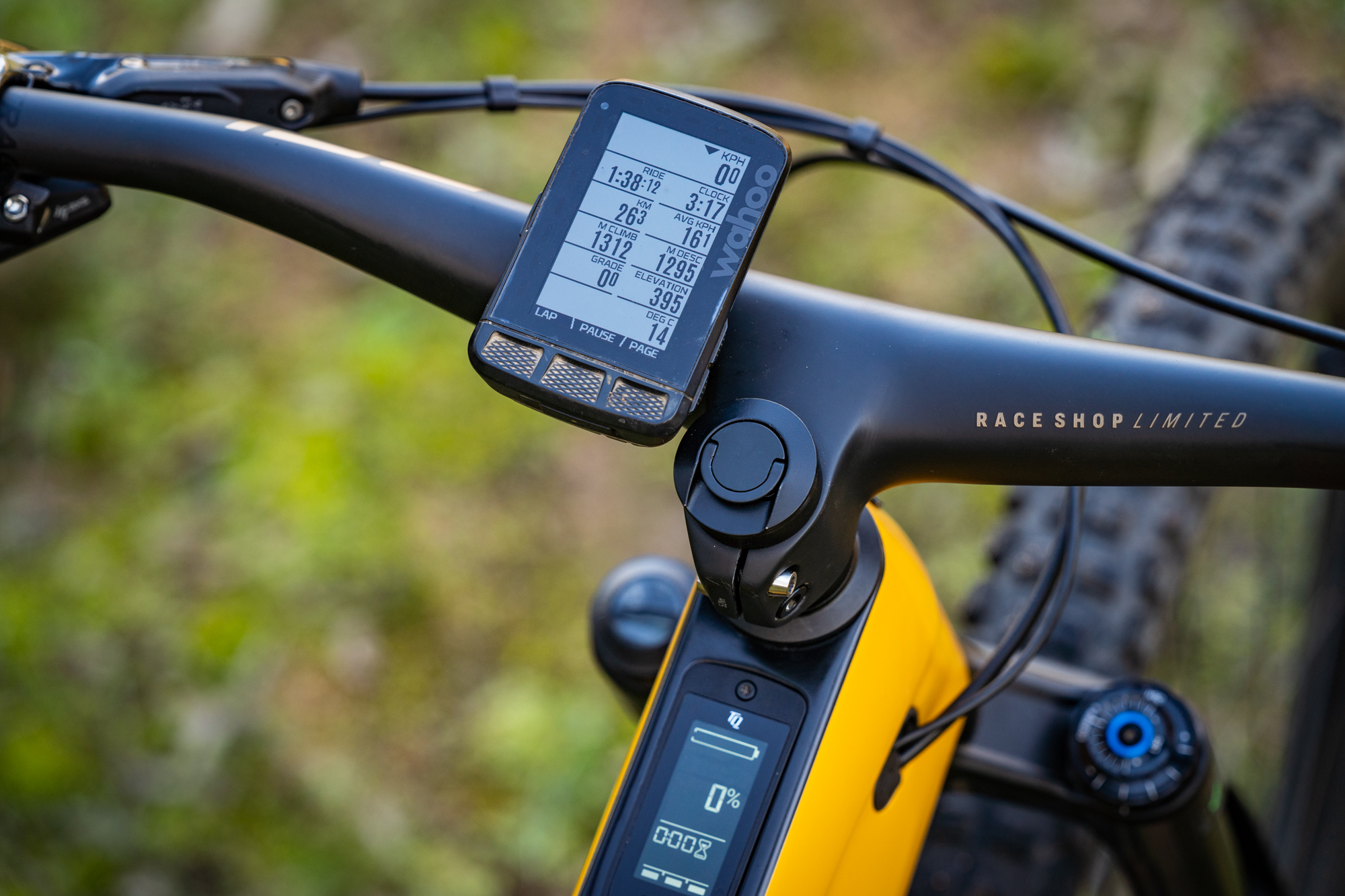
As you can tell by those figures, the Fuel EXe managed to achieve considerably more range than the Kenevo SL, and not just because it has a larger capacity battery. The Fuel EXe is also lighter, comes fitted with faster-rolling tyres and features a more efficient suspension platform.
It didn’t get quite as much as the Levo SL however, and there are reasons for that. The 35Nm output of the Levo SL’s motor is naturally less demanding in terms of its fuel requirements, since it delivers a slower average riding speed. This makes the Fuel EXe a noticeably quicker bike on the climbs, which isn’t accounted for in our range test data.
Given the Orbea Rise has the same capacity battery as the Fuel EXe and a more powerful motor on paper, how did it achieve more range? The simple explanation is the tyres. The Rise M10 we tested was fitted with a lighter and much faster rolling Maxxis Dissector and Rekon tyre combo, which likely accounts for the difference.
Of course it’d be possible to get more range out of the Fuel EXe by fitting lower profile tyres, and you can also utilise the lower assist settings to reduce power consumption. Once the Range Extender batteries are available, Fuel EXe owners will have the opportunity to boost range by up to 40%, which will see it get closer to some of those bigger capacity e-MTBs.
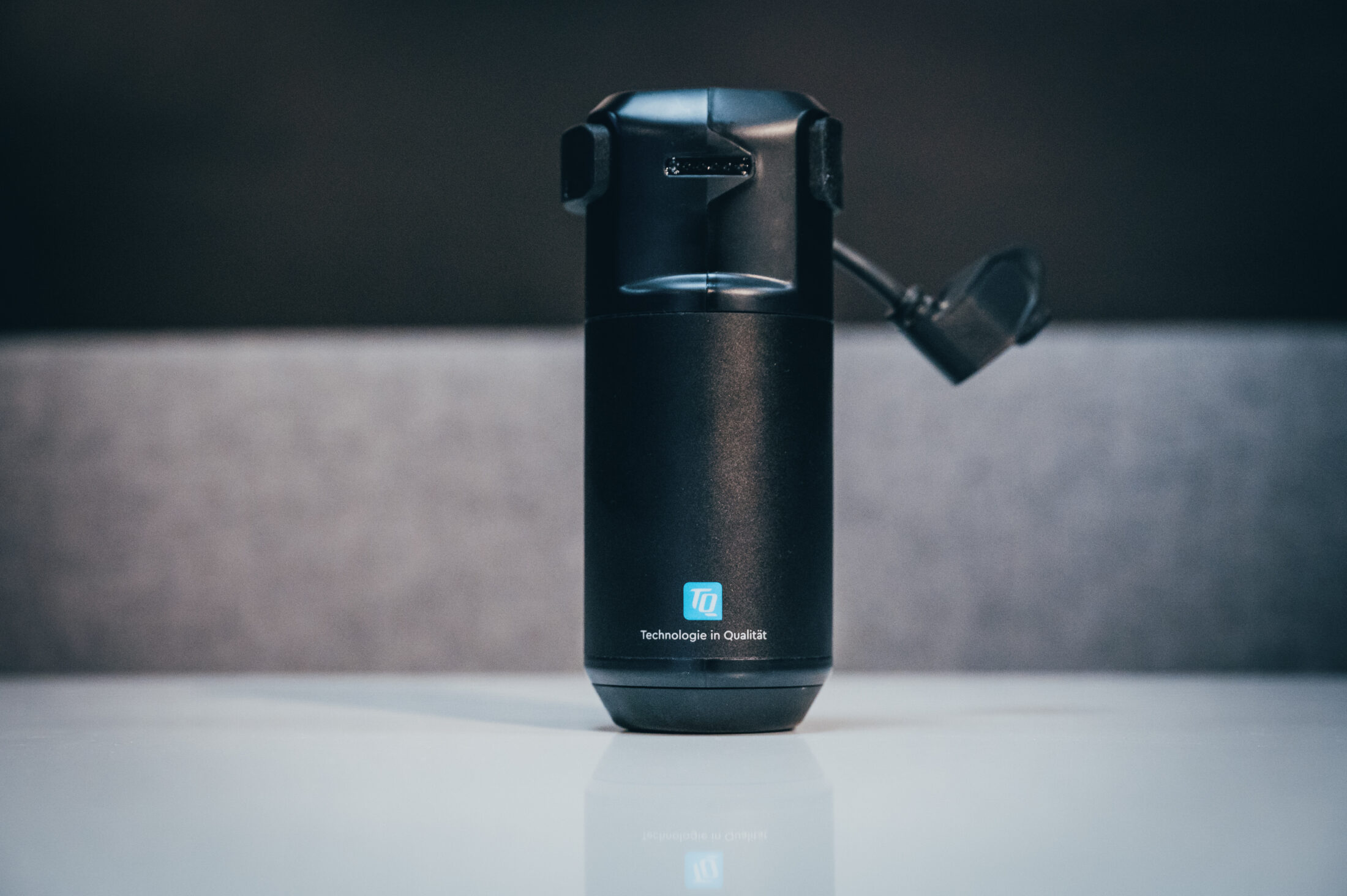
Component highs & lows
As mentioned earlier, we won’t be dwelling on the components of our Trek Fuel EXe 9.9 XX1 AXS test bike. And truth be told, there’s not a lot to be said about the ultra high-end build kit that we haven’t discussed before.
We’ve largely ignored the TireWiz and AirWiz gizmos to begin with, partly because we’ve been experimenting with tyre and suspension setup. However, we’ll be delving more into their functionality now that we have access to the Trek Central app that pairs with the sensors to provide live readings and recommendations.

It is worth touching on the new Bontrager SE5 tyres, which are spec’d on each Fuel EXe model. These 2.5in wide tyres feature a Minion DHR II-inspired tread pattern and a dual compound mix that combines a firmer 61a rubber in the centre tread, and softer 50a rubber for the cornering blocks. They’re built upon the Core Strength casing, which combines sidewall protection with a sub-tread reinforcement for puncture protection. The result is a solid, durable and well-damped tyre that isn’t overly stiff on the trail, while also feeling predictable across a broad range of surfaces. They’re decent all-rounders, though they aren’t as tacky as a Maxxis 3C compound or a Specialized T9 tyre. If this were our bike, we’d likely be fitting something softer up front for a little more bite.
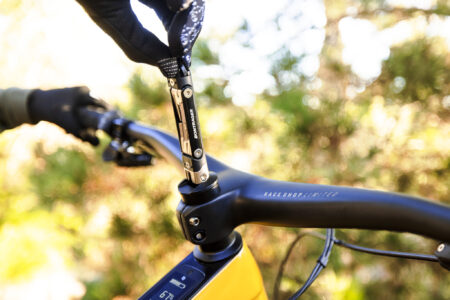
There have been some mild annoyances on our test bike, like the rattling thru-axle lever at the rear dropout. Thankfully this lever can be removed, though you do lose its handy 6mm hex key. That didn’t matter too much as the fork’s steerer tube comes loaded with a Bontrager BITS multi-tool inside. The tool can be a bit tricky to remove, and we also found the bits have a habit of coming loose, allowing them to rattle around inside the steerer. Once tightened up, the Fuel EXe returned to its blissfully silent state.
We love how the TQ display sits flush with the top tube, though it’d be nice to see a clock offered on one of the data screens. The option to display cadence would also be useful, especially while getting accustomed to the TQ motor’s output. The controller offers a nice tactile platform with an audible, yet discreet ‘beep’ whenever you switch assist levels. However, accessing the Walk mode requires you to constantly press down the top button with your thumb, which is awkward when you’re holding onto the bars and pushing the bike up a steep and slippery incline.
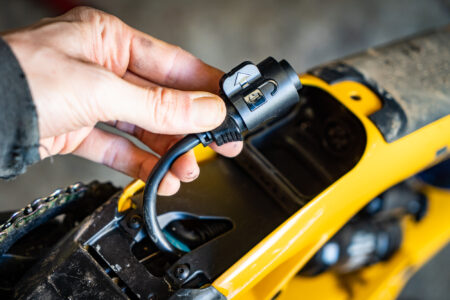
Otherwise all the electrics on the Fuel EXe have proven to be totally functional. Being able to easily remove the battery will be a welcome feature for anyone who needs to charge it separately to where the bike is stored, and we like that the main charge port is located high up on the downtube where it’s protected by a thick rubber plug. Internally there’s also an automatic lock built into the main battery’s connector, basically eliminating any chance of the cable coming loose while bouncing down the trail. Sure they’re only small details, but they’re also clear signs of a well-considered design.
Trek Fuel EXe vs Specialized Levo SL vs Orbea Rise
Over the past year we’ve spent a load of time aboard two of the Trek Fuel EXe’s main rivals; the Specialized Levo SL and Orbea Rise. So how do these bikes compare?
Specialized Levo SL

Specialized launched the Levo SL at the start of 2020, which shows just how far behind Trek and most other brands have been. No, the Levo SL wasn’t the first lightweight e-MTB to hit the market, but it is the bike that has legitimised the category.
The Levo SL is built around the SL 1.1 motor, which you’ll also find in the Kenevo SL and the Creo e-Road bike. This motor dishes out 35Nm of peak torque, making it considerably less powerful compared to the TQ motor in the Fuel EXe. It’s also much noisier, emitting an annoyingly whiny pitch that takes a while for the rider to tune out. However, the SL 1.1 motor does offer more intuitive power delivery, and it’s also better at handling high-cadence pedalling spurts.
In terms of ride quality, the Levo SL delivers noticeably plusher and more active suspension performance, which makes it a comfortable bike to pedal over choppy terrain. It does have 10mm more travel at the rear, though the suspension kinematic and shock tune also feels lighter compared to the Fuel EXe. We have found it easier to bottom out the Levo SL, and the sensation is harsh with the Float DPX2 shock.

The Levo SL’s handling is nice and lively, though the front-end steering is a little light with the 51mm fork offset, resulting in some twitchiness at speed. In comparison the Fuel EXe feels better balanced across a range of riding speeds thanks to its solid chassis and well-damped suspension. It’s no doubt the more modern bike of the two, making the two year-old Levo SL feel a little outdated.
It also has to be said that the Fuel EXe kills it on value compared to the Levo SL. The Levo SL Expert we tested features a Fox 36 GRIP2 fork and Float DPX2 shock, alloy Roval wheels, a SRAM GX/X01 drivetrain and Code RS brakes. In comparison, the Fuel EXe 9.8 XT gets a similar level of suspension albeit with a Shimano XT groupset, carbon wheels, carbon cranks and a one-piece carbon cockpit. Despite featuring a higher-end spec, the Fuel EXe sells for $2,100 AUD less , making for a far more appealing package.

The Orbea Rise arrived not long after the Levo SL at the tail-end of 2020, though it took a slightly different tact by taking an off-the-shelf Shimano EP8 motor and de-tuning it to reduce the peak torque output to 60Nm. Orbea also developed its own ‘RS’ firmware for the Japanese motor, which aimed to provide a more natural feel to the power delivery while improving efficiency. This was then paired to a smaller 360Wh battery and a gorgeously svelte carbon frame to deliver complete bike weights from as low as 16.2kg.
The more sensibly-spec’d Rise M10 we tested came in at 18.38kg, though it was fitted with lightweight Maxxis tyres that felt somewhat out of place. With more appropriate rubber, the Rise would likely come in at a similar weight to the Fuel EXe.
While value for money from Orbea is better than Specialized, it’s still not as impressive as the Fuel EXe. The Rise M10 comes with blingy Factory Series Fox suspension, a Shimano SLX/XT drivetrain and alloy Race Face wheels, but sells for two grand more than the Fuel EXe 9.8 XT.
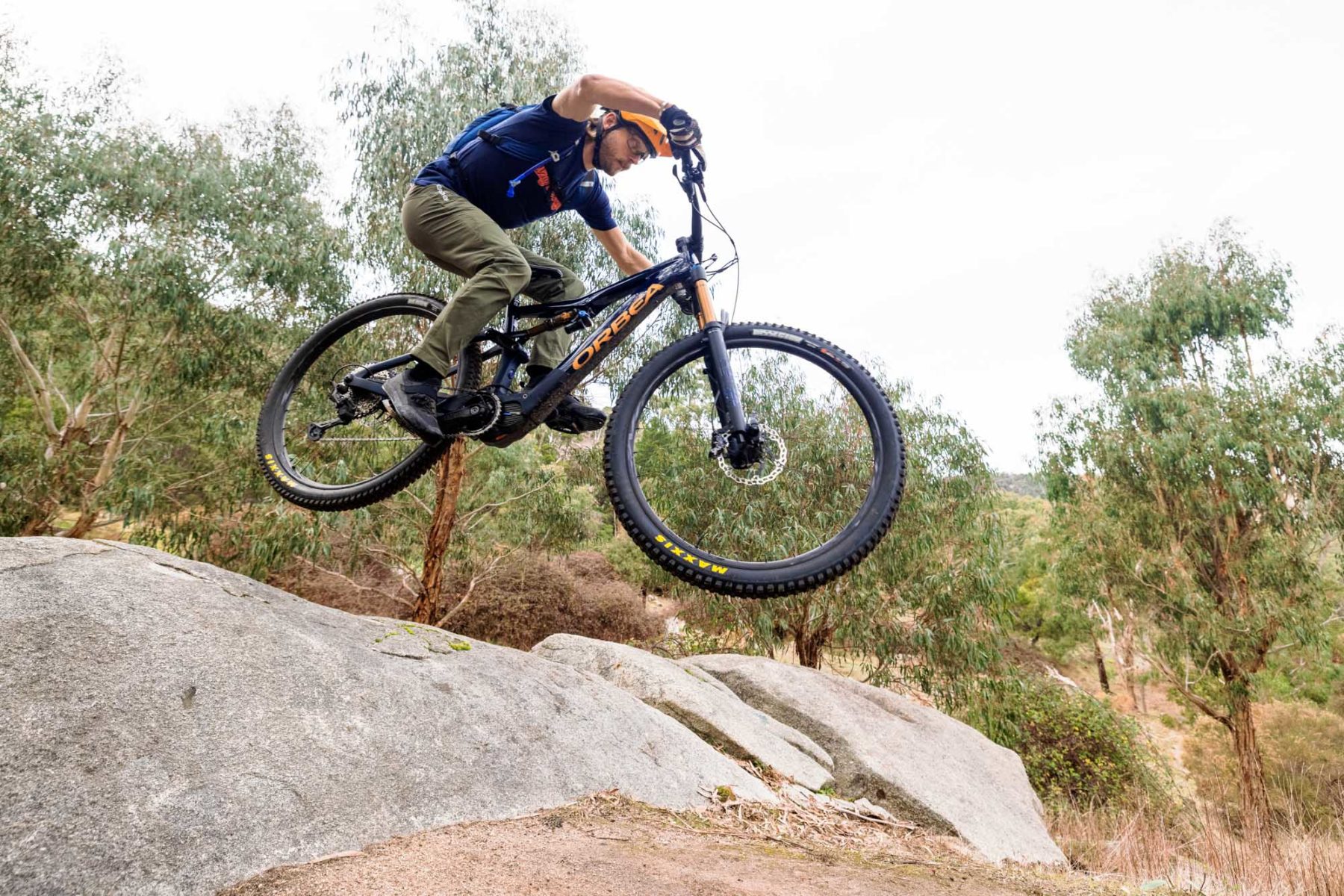
On the trail the Rise is a closer match to the Fuel EXe. The geometry is pretty similar, though the Rise chassis doesn’t feel quite as stout when being pushed hard. This also comes down to the steeper head angle (65.5° vs 64.7°), and it’s also due to the suspension, which is marginally more sensitive off-the-top. It delivers terrific traction and a comfortable ride quality, though it’s not as supportive as the Fuel EXe.
Speaking of suspension, we wouldn’t be opposed to seeing both the Rise and Fuel EXe equipped with 150mm of rear travel like the Levo SL. Sure these are lightweight e-MTBs, but travel is travel, and we’re still talking about 18+kg bikes that are capable of going very fast on rough terrain. That said, any increase might see them encroaching too far into the territory of their bigger travel, full-powered siblings (the Wild FS and Rail).
We found there to be terrific power on tap from the Rise’ EP8-RS motor, and the E-Tube app allows you to tweak the acceleration response and assistance character of each setting, depending on how you want the power to come on. The stock tune works mighty well though, with the Rise being an efficient performer that feels natural and intuitive on the trail, with just a fraction more punch available for scaling crux features on a technical climb.
As mentioned earlier, the Shimano EP8 drive unit is much noisier than the Fuel EXe’s TQ motor, which is basically silent in comparison – both on the climbs and on the descents. We also prefer the clean integration of the TQ system, with its bright and easy-to-read top tube display. The standard display on the Rise is a rather austere junction box that features a couple of tiny LEDs. You can upgrade this to the Shimano EM800 display for an additional fee, though it comes with additional wires that add clutter to the cockpit. It’s plenty functional, just not as tidy as the Fuel EXe.
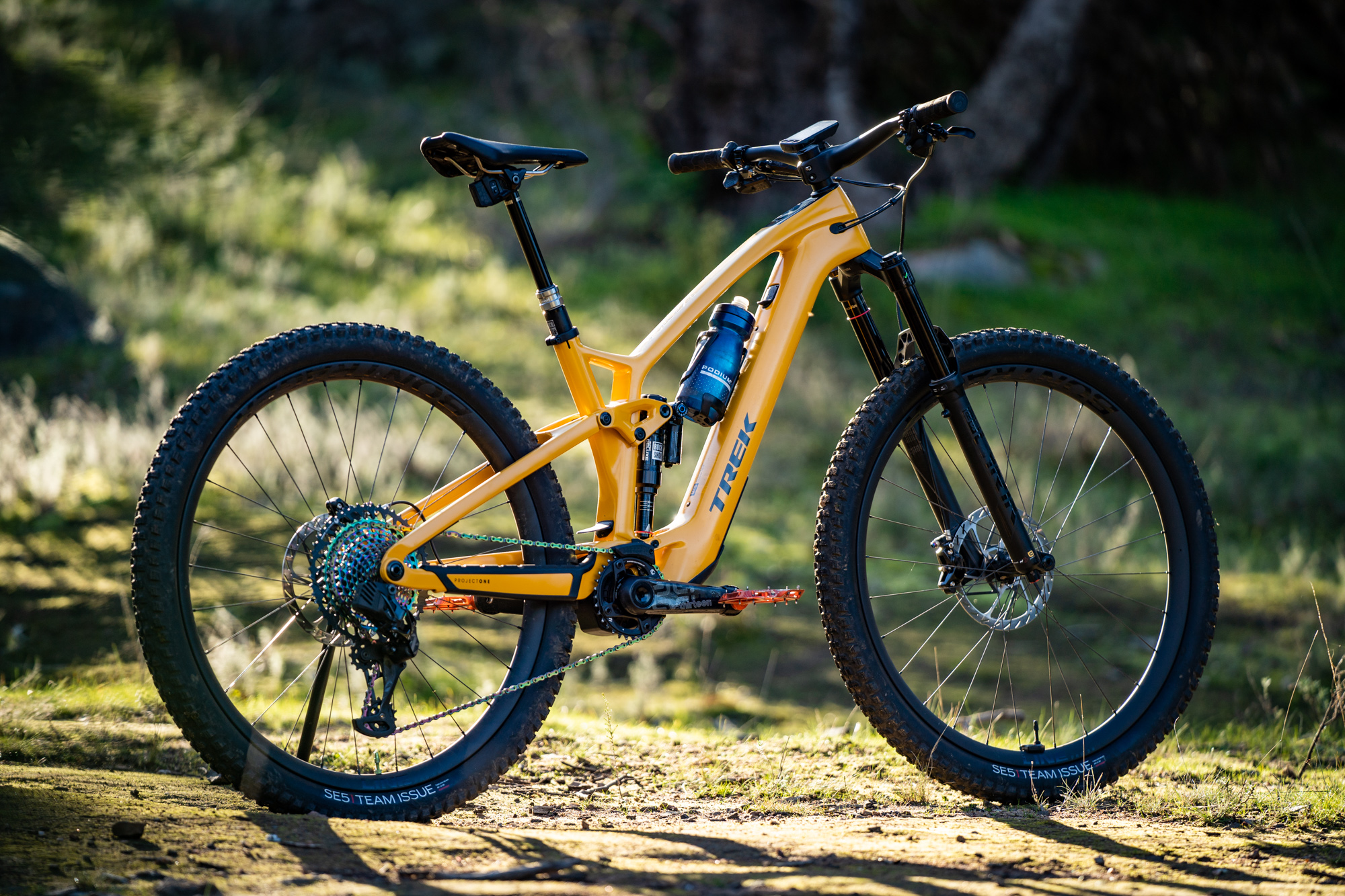
Flow’s Verdict
The Trek Fuel EXe is a terrific example of just how far e-MTB technology has come. Not only is it a fantastic looking bike that’s low on bulk, it also manages to deliver a load of performance out of an impressively lightweight package.
The unique TQ motor is stunningly quiet, and for many riders its 50Nm output will be ideal. Heavier folks and those chasing maximum power with maximum range will still be better served by the Rail and is full-powered Bosch motor. The Rail also features a plusher ride quality that suits brainless bombing down the roughest descents.
In comparison the Fuel EXe is a more involving bike to ride, and it rewards an active pilot that seeks to work and play with the terrain. It’s responsive and fun to ride on twisty singletrack, with the sort of on-point handling and geometry that we expect we’ll be seeing in the next generation Fuel EX.
While the suspension isn’t buttery smooth over smaller chatter, it does produce a heap of support and incredible control at higher speeds. Along with the stout chassis, the Fuel EXe exhibits a well-damped ride quality that shrugs off the big hits and awkward landings despite not having a tonne of travel.
Indeed for those riders who are looking for that hallowed middle-ground between a regular mountain bike and an e-MTB, the Fuel EXe presents one of the most compelling options to date.

- Submit for Review
- Terms & Conditions
Enjoy reading this?
Get similar articles delivered directly to your inbox
- Pinkbike.com
- Register New User
- First Looks
- Friday Fails
- Community Blogs
- Fantasy League DH
- Places Directory
Review: Trek's 2023 Fuel EX-e Is Light & Nearly Completely Silent
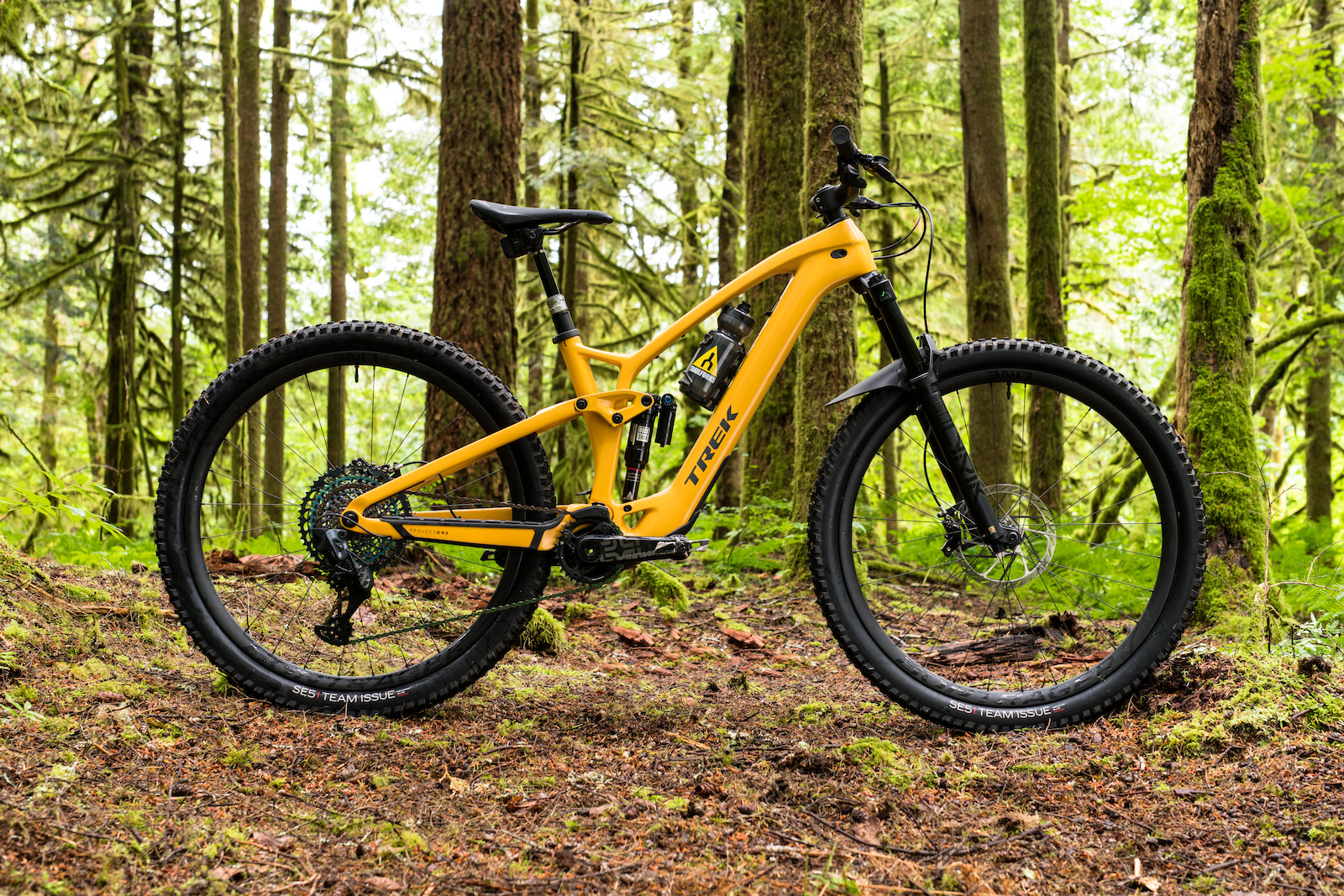
Cool Features
MONSTER ENERGY PRO DOWNHILL RACE REPLAY – ROUND 1, RIDE ROCK CREEK
FRIDAY FLASHBACK: NINO SCHURTER’S 27.5-INCH SCOTT SCALE
FIRST RIDE IMPRESSIONS: YETI’S NEW MIXED WHEEL SB165
- FIRST RIDE IMPRESSIONS: GIANT’S NEW TRANCE X ADVANCED
- MRP INTRODUCES NEW DAMPER FOR ROCKSHOX AND FOX FORKS WITH CUSTOM TUNES
- FIRST LOOK: KNOLLY BIKES’ NEW AND IMPROVED FUGITIVE
- FIRST LOOK: RACE FACE’S ALL NEW ERA AND TURBINE HANDLEBARS ARE DESIGNED TO COUNTER ARM PUMP
- FIRST LOOK: DVO’S NEW DIAMOND 36 FORK
- FIRST RIDE: ROCKY MOUNTAIN’S ALL-NEW ALTITUDE
- RILEY AMOS TAKES ON CHRISTOPHER BLEVINS IN BATTLE FOR U.S. OLYMPIC TEAM

FIRST RIDE IMPRESSIONS: TREK FUEL EX-E ELECTRIC MOUNTAIN BIKE
Exceeding expectations.
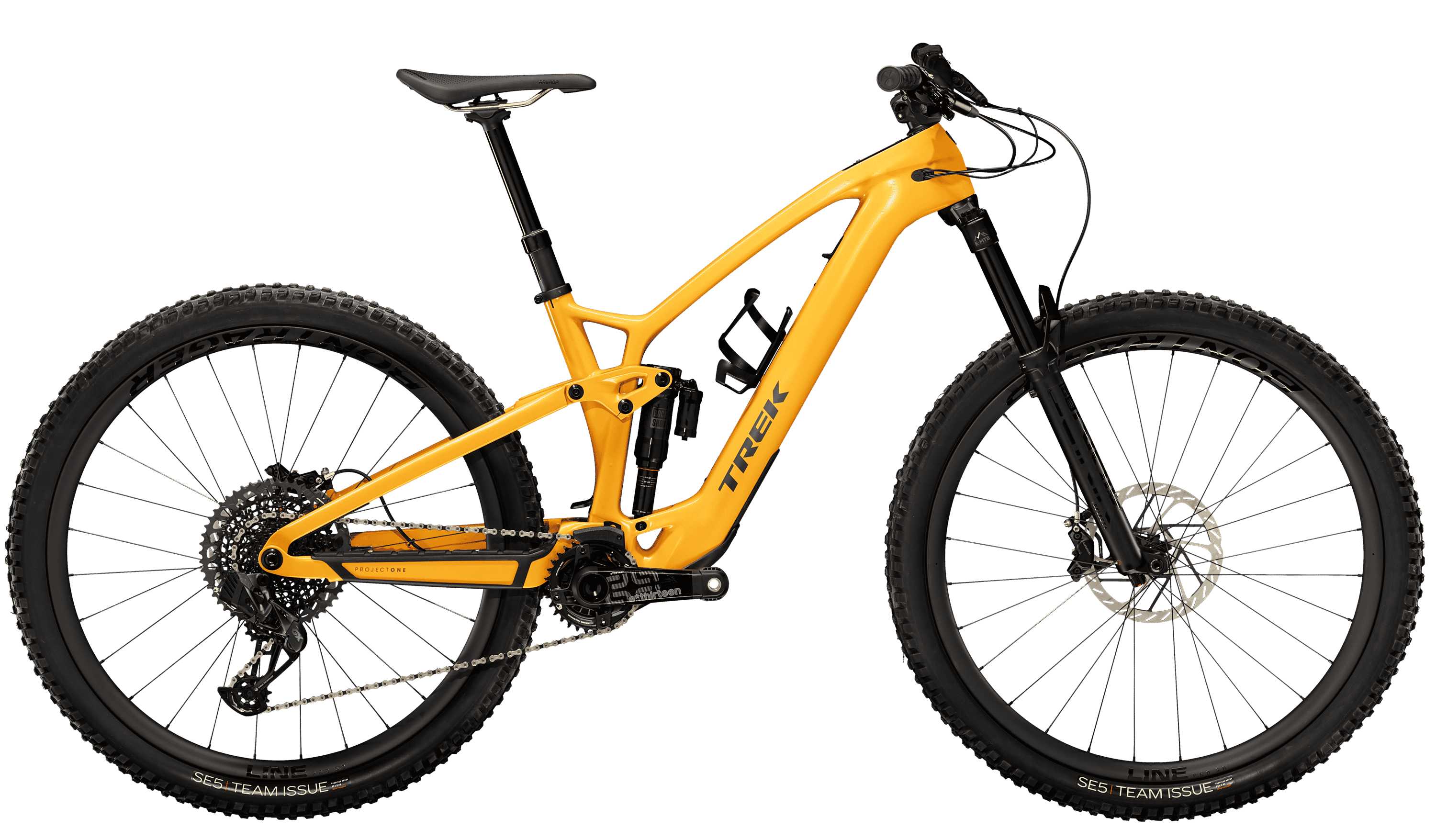
Trek’s new Fuel EXe mid-level-assist lightweight electric bike is as innovative, progressive, and futuristic as they come. There are two types of electric mountain bike riders: one is power-hungry, running boost everywhere they go, and the other rides in lower-assist modes, often returning from rides with half the battery capacity—the Fuel EX-e was made for the latter of the two. Trek claims that it removes the divide between MTB and eMTB.
THE NEW SHERIFF IN TOWN
German robotics manufacturer TQ and Trek have partnered to develop the Fuel EX-e’s motor. This new motor system features a unique way to transfer its 50 Nm of torque and 300 watts of peak power to the drivetrain: a harmonic pin ring transmission. Other brand motors use gears, belts, or chains for gear reduction and power transfer. Trek claims that those transmission systems can fail and create noise, making the pin ring design superior. This motor and transmission are smaller too, allowing for the battery to be positioned further down in the frame for a lower center of gravity. The HPR50v drive unit is completely designed and assembled in Germany, while the rest is made elsewhere in Europe.

Trek’s engineers spent a lot of time testing for noise output. Trek measured what it calls “tonality” or sound quality, not just total decibels. Some noises are more offensive than others. Trek claims that the Fuel EX-e tests closer to a traditional MTB than the next quietest electric bike they tested. Trek says that the pin ring design equals fewer moving parts and a much quieter ride.
Four total modes can be adjusted via the small handlebar remote: Eco, Mid, High, and Walk. The three ride modes are tunable in Trek’s Central app. In the app, you can tune max power, assist level, and pedal response. The app can also track activity, map rides, suggest or monitor tire and suspension pressure as well as get real-time range calculations.

A two-inch display screen located at the top of the top tube shows mode, battery life, and other ride metrics at a glance. Trek says the remote and display weigh just 60 grams. The system is also compatible with most Bluetooth or ANT+ cycling computers like a Garmin in case you want to tie that in as well. Headlights can also be powered off the main battery via a power splitter that resides in the top tube.

The removable 360 Wh battery allows for what Trek claims is 2-5 hours of real singletrack riding. A 160 Wh extender pack that goes in the bottle cage is available as an accessory and offers an additional 1-2 hr riding.

It is also worth noting that since the battery is removable you can fly with it, and because the range extender is below some airlines’ thresholds of banned capacity, you might be able to fly with the extender in your carry-on, and yes, the bike can be powered with just the extender pack.

The result of this Drive unit system is a bike that is about ten pounds lighter than a comparable full-power electric mountain bike.
PROGRESSIVE TRAIL GEOMETRY
The downtube on the full carbon Fuel EX-e is 39% smaller than Trek’s Rail eMTB, making it only a little bit bigger than a Fuel EX’s downtube. At a casual glance, it looks like a normal mountain bike frame. Trek claims that the smaller motor allowed for no compromises in frame geometry. As a result, it has normal trail-bike-oriented 440mm chainstays, a 65-degree head angle, a 77-degree seat tube angle, and 485mm-long reach in a size large. It’s adjustable too via a flip-chip in the seat stays.

A full-size water bottle fits in all sizes except for size small that only fits a 20-ounce size. Because of the flip-chip, the Fuel EX-e is mullet convertible for anybody wanting a more agile bike or additional rear-wheel-to-body clearance.

Trek continues to utilize its excellent ABP rear suspension design to get 140mm of rear-wheel travel on the Fuel EX-e. This four-bar design puts the rear pivot concentric with the axle as opposed to just in front of it like a Horst -link FSR design. Our test bike comes with a RockShox Super Deluxe Ultimate with AirWiz. The fork is a 150mm travel RockShox Lyrik Ultimate that also features AirWiz. Utilizing SRAM’s AirWiz app, riders can easily set and monitor air pressures. According to Trek the Fuel EX-e is also coil shock compatible.

OPTIONS GALORE
There are eight Fuel EX-e builds available starting at $6,500 for the 9.5 with a Shimano Deore drivetrain. We tested the highest-end Fuel EX-e 9.9 XX1 AXS build that costs only $14,000. Yes, we are being sarcastic about the only part, but this bike comes with top-drawer components such as a SRAM XX1 Eagle AXS drivetrain, which is wired to the bike’s battery, and an AXS Reverb dropper post. Other highlights include E*thirteen E*spec Race carbon cranks, Bontrager Line Pro 30 carbon wheels with SRAM AirWiz for easy tire pressure setup or monitoring, and SRAM Code RSC brakes with thicker eMTB-friendly 200mm HS2 rotors. It’s also available in Project One for riders who want to customize their paint and parts.

FIRST RIDE IMPRESSIONS
Expectations were high after seeing Trek’s presentation, but everybody says their bike is better, lighter, faster and the most innovative, so there was a realistic pessimism to go with it. We had the bike for one week, and after passing it around among various wrecking crew riders, the first impression was a unanimous “wow.” This is one of the few times that a bike exceeded expectations.
The silence, ride feel and power delivery is all on point for what we want out of a mid-powered electric mountain bike. Its lack of noise is the biggest surprise. It’s so quiet that the noise of the tires on the ground drowns out any motor whine. The only time you can hear it is on pavement and smooth hardpacked surfaces, and even then it’s barely there. Time will tell if it’s like a freehub that gets louder as grease migrates, but so far we are extremely impressed.

Our size large test bike weighs just over 41-pounds which is roughly ten pounds less than many full-powered eMTBs, but it feels lighter than that. Perhaps there is something to Trek’s claims of the smaller motor allowing for a lower battery placement and resulting lower center of gravity?

The power is incredibly smooth yet strong. It might have a little less torque than other similar mid-powered drive units we have tested, but we have not been able to use Trek’s app to tune this system yet either, so we will see how things play out there. The two wrecking crew test riders who spent time on the bike so far have come away really impressed by this bike overall. Watch for a full long-term review in the pages of Mountain Bike Action, and be sure to check out our first-ride-impression video review to see it in action. For more information check out https://www.trekbikes.com/us/en_US/
MORE PHOTOS AND INFO FROM THE LENZERHEIDE WORLD CUP DOWNHILL
PHOTO GALLERY: OUR FAVORITE READER SUBMITTED PHOTOS
THROWBACK THURSDAY: KYLE LEDUC TAKES US BACK TO 2000
mountainbikeaction
- Since 1986 - Covering All Aspects of ⛰🚲 #MBAmagazine

We and our {{count}} partners use cookies and other tracking technologies to improve your experience on our website. We may store and/or access information on a device and process personal data, such as your IP address and browsing data, for personalised advertising and content, advertising and content measurement, audience research and services development. Additionally, we may utilize precise geolocation data and identification through device scanning.
Please note that your consent will be valid across all our subdomains. You can change or withdraw your consent at any time by clicking the “Consent Preferences” button at the bottom of your screen. We respect your choices and are committed to providing you with a transparent and secure browsing experience.
Privacy Overview
- Most purposes explained in this notice rely on the storage or accessing of information from your device when you use an app or visit a website. For example, a vendor or publisher might need to store a cookie on your device during your first visit on a website, to be able to recognise your device during your next visits (by accessing this cookie each time).
- A car manufacturer wants to promote its electric vehicles to environmentally conscious users living in the city after office hours. The advertising is presented on a page with related content (such as an article on climate change actions) after 6:30 p.m. to users whose non-precise location suggests that they are in an urban zone.
- A large producer of watercolour paints wants to carry out an online advertising campaign for its latest watercolour range, diversifying its audience to reach as many amateur and professional artists as possible and avoiding showing the ad next to mismatched content (for instance, articles about how to paint your house). The number of times that the ad has been presented to you is detected and limited, to avoid presenting it too often.
- If you read several articles about the best bike accessories to buy, this information could be used to create a profile about your interest in bike accessories. Such a profile may be used or improved later on, on the same or a different website or app to present you with advertising for a particular bike accessory brand. If you also look at a configurator for a vehicle on a luxury car manufacturer website, this information could be combined with your interest in bikes to refine your profile and make an assumption that you are interested in luxury cycling gear.
- An apparel company wishes to promote its new line of high-end baby clothes. It gets in touch with an agency that has a network of clients with high income customers (such as high-end supermarkets) and asks the agency to create profiles of young parents or couples who can be assumed to be wealthy and to have a new child, so that these can later be used to present advertising within partner apps based on those profiles.
- An online retailer wants to advertise a limited sale on running shoes. It wants to target advertising to users who previously looked at running shoes on its mobile app. Tracking technologies might be used to recognise that you have previously used the mobile app to consult running shoes, in order to present you with the corresponding advertisement on the app.
- A profile created for personalised advertising in relation to a person having searched for bike accessories on a website can be used to present the relevant advertisement for bike accessories on a mobile app of another organisation.
- You read several articles on how to build a treehouse on a social media platform. This information might be added to a profile to mark your interest in content related to outdoors as well as do-it-yourself guides (with the objective of allowing the personalisation of content, so that for example you are presented with more blog posts and articles on treehouses and wood cabins in the future).
- You have viewed three videos on space exploration across different TV apps. An unrelated news platform with which you have had no contact builds a profile based on that viewing behaviour, marking space exploration as a topic of possible interest for other videos.
- You read articles on vegetarian food on a social media platform and then use the cooking app of an unrelated company. The profile built about you on the social media platform will be used to present you vegetarian recipes on the welcome screen of the cooking app.
- You have viewed three videos about rowing across different websites. An unrelated video sharing platform will recommend five other videos on rowing that may be of interest to you when you use your TV app, based on a profile built about you when you visited those different websites to watch online videos.
- You have clicked on an advertisement about a “black Friday” discount by an online shop on the website of a publisher and purchased a product. Your click will be linked to this purchase. Your interaction and that of other users will be measured to know how many clicks on the ad led to a purchase.
- You are one of very few to have clicked on an advertisement about an “international appreciation day” discount by an online gift shop within the app of a publisher. The publisher wants to have reports to understand how often a specific ad placement within the app, and notably the “international appreciation day” ad, has been viewed or clicked by you and other users, in order to help the publisher and its partners (such as agencies) optimise ad placements.
- You have read a blog post about hiking on a mobile app of a publisher and followed a link to a recommended and related post. Your interactions will be recorded as showing that the initial hiking post was useful to you and that it was successful in interesting you in the related post. This will be measured to know whether to produce more posts on hiking in the future and where to place them on the home screen of the mobile app.
- You were presented a video on fashion trends, but you and several other users stopped watching after 30 seconds. This information is then used to evaluate the right length of future videos on fashion trends.
- The owner of an online bookstore wants commercial reporting showing the proportion of visitors who consulted and left its site without buying, or consulted and bought the last celebrity autobiography of the month, as well as the average age and the male/female distribution of each category. Data relating to your navigation on its site and to your personal characteristics is then used and combined with other such data to produce these statistics.
- An advertiser wants to better understand the type of audience interacting with its adverts. It calls upon a research institute to compare the characteristics of users who interacted with the ad with typical attributes of users of similar platforms, across different devices. This comparison reveals to the advertiser that its ad audience is mainly accessing the adverts through mobile devices and is likely in the 45-60 age range.
- A technology platform working with a social media provider notices a growth in mobile app users, and sees based on their profiles that many of them are connecting through mobile connections. It uses a new technology to deliver ads that are formatted for mobile devices and that are low-bandwidth, to improve their performance.
- An advertiser is looking for a way to display ads on a new type of consumer device. It collects information regarding the way users interact with this new kind of device to determine whether it can build a new mechanism for displaying advertising on this type of device.
- A travel magazine has published an article on its website about the new online courses proposed by a language school, to improve travelling experiences abroad. The school’s blog posts are inserted directly at the bottom of the page, and selected on the basis of your non-precise location (for instance, blog posts explaining the course curriculum for different languages than the language of the country you are situated in).
- A sports news mobile app has started a new section of articles covering the most recent football games. Each article includes videos hosted by a separate streaming platform showcasing the highlights of each match. If you fast-forward a video, this information may be used to select a shorter video to play next.
- An advertising intermediary delivers ads from various advertisers to its network of partnering websites. It notices a large increase in clicks on ads relating to one advertiser, and uses data regarding the source of the clicks to determine that 80% of the clicks come from bots rather than humans.
- Clicking on a link in an article might normally send you to another page or part of the article. To achieve this, 1°) your browser sends a request to a server linked to the website, 2°) the server answers back (“here is the article you asked for”), using technical information automatically included in the request sent by your device, to properly display the information / images that are part of the article you asked for. Technically, such exchange of information is necessary to deliver the content that appears on your screen.
- Store and/or access information on a device
- Use limited data to select advertising
- Create profiles for personalised advertising
- Use profiles to select personalised advertising
- Measure advertising performance
- Measure content performance
- Understand audiences through statistics or combinations of data from different sources
- Develop and improve services
- Ensure security, prevent and detect fraud, and fix errors
- Deliver and present advertising and content
- Match and combine data from other data sources
- Link different devices
- Identify devices based on information transmitted automatically
- IP addresses
- Device identifiers
- Probabilistic identifiers
- Browsing and interaction data
- Non-precise location data
- Users’ profiles
- Privacy choices
- Tracking method : Cookies
- Maximum duration of cookies : 90 days
- Cookie lifetime is being refreshed
- Actively scan device characteristics for identification
- Device characteristics
- Tracking method : Cookies and others.
- Maximum duration of cookies : 365 days
- Use precise geolocation data
- Authentication-derived identifiers
- Precise location data
- Maximum duration of cookies : 30 days
- Cookie lifetime is not being refreshed
- Measure advertising performance ( Data Retention Period : 90 days )
- Maximum duration of cookies : 395 days
- User-provided data
- Maximum duration of cookies : 396 days
- Maximum duration of cookies : 394 days
- Create profiles to personalise content
- Maximum duration of cookies : 17 days
- Use profiles to select personalised content
- Use limited data to select content
- Maximum duration of cookies : 540 days
- Maximum duration of cookies : 3628 days
- Maximum duration of cookies : 180 days
- Maximum duration of cookies : 183 days
- Maximum duration of cookies : 397 days
- Maximum duration of cookies : 182 days
- Use profiles to select personalised advertising ( Data Retention Period : 180 days )
- Maximum duration of cookies : 390 days
- Maximum duration of cookies : 3650 days
- Maximum duration of cookies : 45 days
- Create profiles for personalised advertising ( Data Retention Period : 365 days )
- Use profiles to select personalised advertising ( Data Retention Period : 365 days )
- Measure advertising performance ( Data Retention Period : 365 days )
- Maximum duration of cookies : 730 days
- Maximum duration of cookies : 720 days
- Maximum duration of cookies : 21 days
- Maximum duration of cookies : 2555 days
- Maximum duration of cookies : 400 days
- Maximum duration of cookies : 273 days
- Maximum duration of cookies : 60 days
- Maximum duration of cookies : 393 days
- Create profiles for personalised advertising ( Data Retention Period : 90 days )
- Use profiles to select personalised advertising ( Data Retention Period : 90 days )
- Use profiles to select personalised advertising ( Data Retention Period : 390 days )
- Maximum duration of cookies : 2190 days
- Maximum duration of cookies : 364 days
- Use profiles to select personalised advertising ( Data Retention Period : 4320 days )
- Understand audiences through statistics or combinations of data from different sources ( Data Retention Period : 90 days )
- Develop and improve services ( Data Retention Period : 90 days )
- Maximum duration of cookies : 366 days
- Maximum duration of cookies : 120 days
- Maximum duration of cookies : 403 days
- Use profiles to select personalised advertising ( Data Retention Period : 0 days )
- Maximum duration of cookies : 729 days
- Maximum duration of cookies : 62 days
- Maximum duration of cookies : 1825 days
- Maximum duration of cookies : 25 days
- Maximum duration of cookies : 0 days
- Maximum duration of cookies : 1 days
- Maximum duration of cookies : 50 days
- Maximum duration of cookies : 14 days
- Maximum duration of cookies : 913 days
- Create profiles for personalised advertising ( Data Retention Period : 395 days )
- Use profiles to select personalised advertising ( Data Retention Period : 395 days )
- Create profiles to personalise content ( Data Retention Period : 395 days )
- Use profiles to select personalised content ( Data Retention Period : 395 days )
- Measure advertising performance ( Data Retention Period : 395 days )
- Measure content performance ( Data Retention Period : 1125 days )
- Understand audiences through statistics or combinations of data from different sources ( Data Retention Period : 1125 days )
- Develop and improve services ( Data Retention Period : 1125 days )
- Maximum duration of cookies : 18 days
- Maximum duration of cookies : 93 days
- Maximum duration of cookies : 386 days
- Maximum duration of cookies : 89 days
- Maximum duration of cookies : 1095 days
- Maximum duration of cookies : 500 days
- Maximum duration of cookies : 91 days
- Maximum duration of cookies : 912 days
- Maximum duration of cookies : 370 days
- Maximum duration of cookies : 9 days
- Create profiles for personalised advertising ( Data Retention Period : 10 days )
- Maximum duration of cookies : 360 days
- Maximum duration of cookies : 15 days
- Maximum duration of cookies : 31 days
- Maximum duration of cookies : 1157 days
- Maximum duration of cookies : 30000 days
- Maximum duration of cookies : 7 days
- Maximum duration of cookies : 730000 days
- Maximum duration of cookies : 300 days
- Maximum duration of cookies : 28 days
- Use profiles to select personalised advertising ( Data Retention Period : 7 days )
- Measure advertising performance ( Data Retention Period : 7 days )
- Create profiles for personalised advertising ( Data Retention Period : 0 days )
- Create profiles to personalise content ( Data Retention Period : 0 days )
- Use profiles to select personalised content ( Data Retention Period : 0 days )
- Measure advertising performance ( Data Retention Period : 0 days )
- Measure content performance ( Data Retention Period : 730 days )
- Understand audiences through statistics or combinations of data from different sources ( Data Retention Period : 730 days )
- Develop and improve services ( Data Retention Period : 730 days )
- Maximum duration of cookies : 2485 days
- Maximum duration of cookies : 2 days
- Maximum duration of cookies : 4 days
- Maximum duration of cookies : 146 days
- Maximum duration of cookies : 13 days
- Maximum duration of cookies : 356 days
- Create profiles for personalised advertising ( Data Retention Period : 180 days )
- Create profiles to personalise content ( Data Retention Period : 90 days )
- Develop and improve services ( Data Retention Period : 120 days )
- Maximum duration of cookies : 358 days
- Maximum duration of cookies : 57 days
- Create profiles to personalise content ( Data Retention Period : 91 days )
- Use profiles to select personalised content ( Data Retention Period : 91 days )
- Measure advertising performance ( Data Retention Period : 91 days )
- Understand audiences through statistics or combinations of data from different sources ( Data Retention Period : 91 days )
- Develop and improve services ( Data Retention Period : 4320 days )
- Maximum duration of cookies : 3652 days
- Maximum duration of cookies : 56 days
- Maximum duration of cookies : 3000 days
- Bike Builds
- Cross Country Bikes
- Downhill Bikes
- Enduro Bikes
- Hardtail Bikes
- Trail Bikes
ENDURA MT500 WATERPROOF JACKET II REVIEW
FOX FLEXAIR PRO GLOVE REVIEW – DURABLE AND PROTECTIVE RIGHT WHERE YOU NEED IT
BSC PRESS-FIT BOTTOM BRACKET INSTALLER AND REMOVER TOOL REVIEW
SHOOTOUT: THE THREE BEST ALLOY WHEELS WITH CARBON WARRANTIES GO HEAD TO HEAD
VIDEO: ‘SWAPPING LINES’ EPISODE 2 WITH GREG MINNAAR
THROWBACK THURSDAY: YOUNG STEVE PEAT TAKES US BACK TO 1993 IN DOWNHILL RACE VIDEO
VIDEO REPLAY: CRANKWORX ROTORUA WOMEN’S SLOPESTYLE EVENT, MARCH 2024
ASK MBA: WHY DO MY BIKE’S DISC BRAKE PADS KEEP RUBBING?
ASK MBA: WHY AM I HAVING TROUBLE ALIGNING SHIMANO MICROSPLINE COGS?
ASK MBA: HOW DO I PICK THE RIGHT LENGTH DROPPER SEATPOST?
ASK MBA: SHOULD I BUY A CARBON OR ALUMINUM FRAME?
THE INS AND OUTS OF FRAME PROTECTION – THE BEST WAYS TO KEEP YOUR FRAME LOOKING…
HOW TO SERVICE A PRESS-FIT BOTTOM BRACKET
ASK MBA: SHOULD YOU REPLACE THE ROTOR ALONG WITH YOUR BRAKE PADS?
ASK MBA: HOW DO I DIAL IN MY FOX 34 FORK?
MATHIEU VAN DER POEL TELLS US ABOUT HIMSELF AND HIS MOUNTAIN BIKE, MBA SEPTEMBER 202O
BIKE CHECK: LARS FORSTER’S THÖMUS LIGHTRIDER WORLDCUP
The Greatest Riders in Mountain Bike History (Updated)
BIKE CHECK: ISABELLA NAUGHTON’S LIV ENDURO RACE MACHINE
- Mountain Bike Action
- Digital Mountain Bike Action
- Back Issues
- NICA Team of the Month
- B’s Buzz
DESTINATION SLOVENIA – RIDING BENEATH THE EARTH
CANADA’S UNTAMED PARADISE – RIDING IN THE SOUTH CHILCOTIN MOUNTAINS
TEN REASONS TO RIDE SANTA FE NEW MEXICO
5 BIKE PARKS THAT ARE OPEN IN THE WINTER
CAPE EPIC STAGE 4 RESULTS AND FULL STAGE VIDEO
CAPE EPIC STAGE 3 RESULTS AND FULL STAGE VIDEO
DURANGO DERBY ANNOUNCES $10k PRO CASH PURSE
RED BULL HARDLINE IS HEATING UP
READER SENDS: THIS MONTH’S BEST READER-SUBMITTED PHOTOS
READER SENDS – THIS MONTH’S BEST READER SUBMITTED PHOTOS
READER SENDS – THIS MONTH’S BEST READER SUBMITTED PHOTOS
- Anneke’s Blog
- Down The Trail
Review: Trek Fuel EXe eMTB smashes rough trails & climbs like (you’re) a beast

- Click to share on Facebook (Opens in new window)
- Click to email a link to a friend (Opens in new window)
The Trek Fuel EXe is a bit of an outlier in the current e-MTB market. Most e-mountain bikes fall into one of two categories: High-powered, long-travel beasts, or lightweight, short-travel models with lower-power systems.
The Fuel EXe sits in the middle, with 150/140mm travel and generous, adjustable trail geometry, and the new TQ HPR50 motor that’s ultra-quiet with moderate output. And it works, delivering a balanced, capable bike and an extremely fun ride experience.
If you’re looking for an eMTB that rides like a trail bike and helps you conquer bigger trails and longer days, here’s everything you need to know about the Trek Fuel EXe…
The Quick Overview
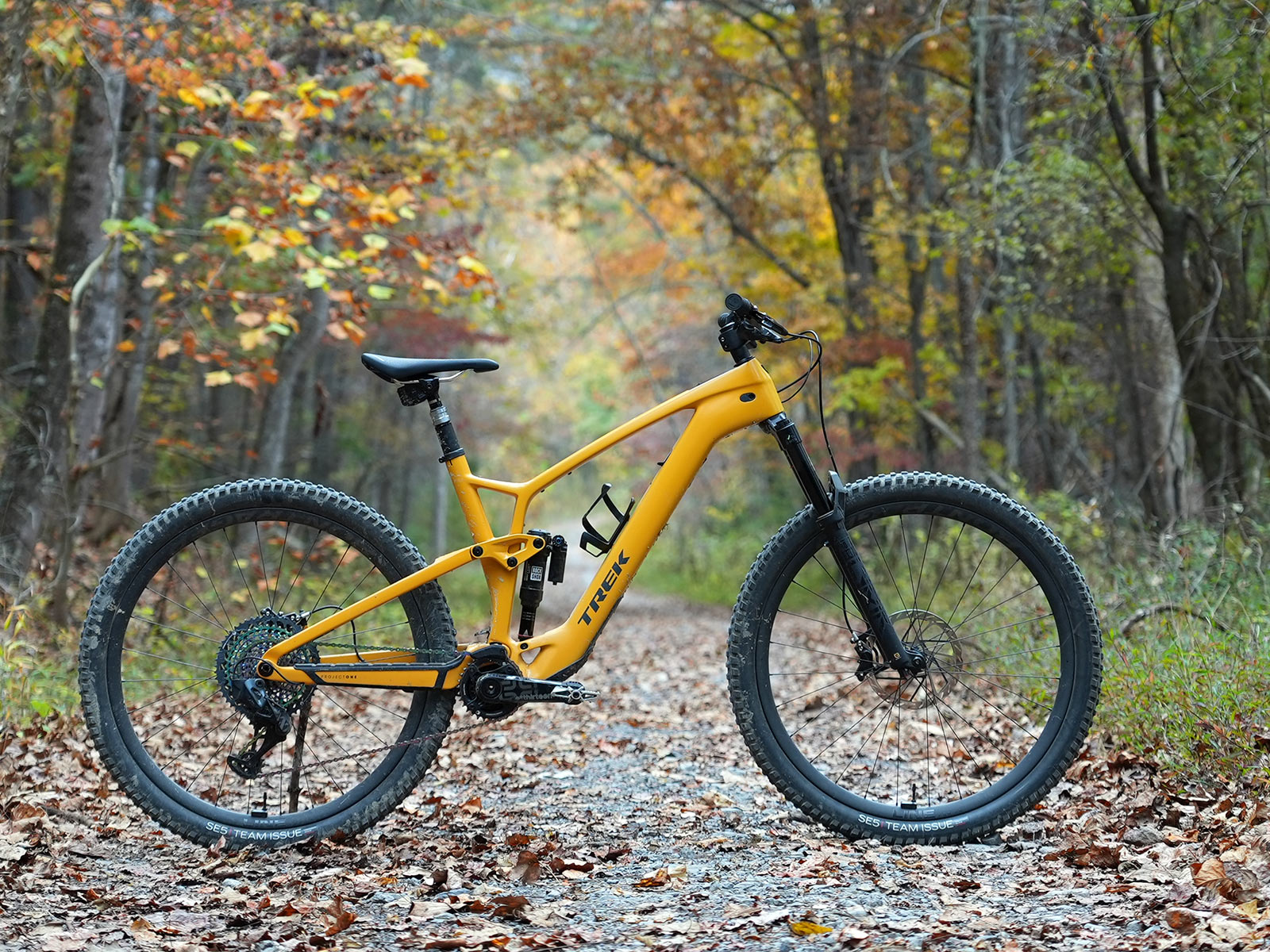
The Trek Fuel EXe translates their popular Fuel EX trail bike line into an electric-assist model that “empowers you to do more, without interrupting the way you experience nature.” That was the goal, and they nailed it.
It starts with a full OCLV carbon frame with fully internal routing and integrated TQ HPR50 drive system. The tiny motor sits where the BB is and still allows short 440mm chainstays. The 360Wh battery sits in the downtube and the power button/system monitor is flush in the top tube.
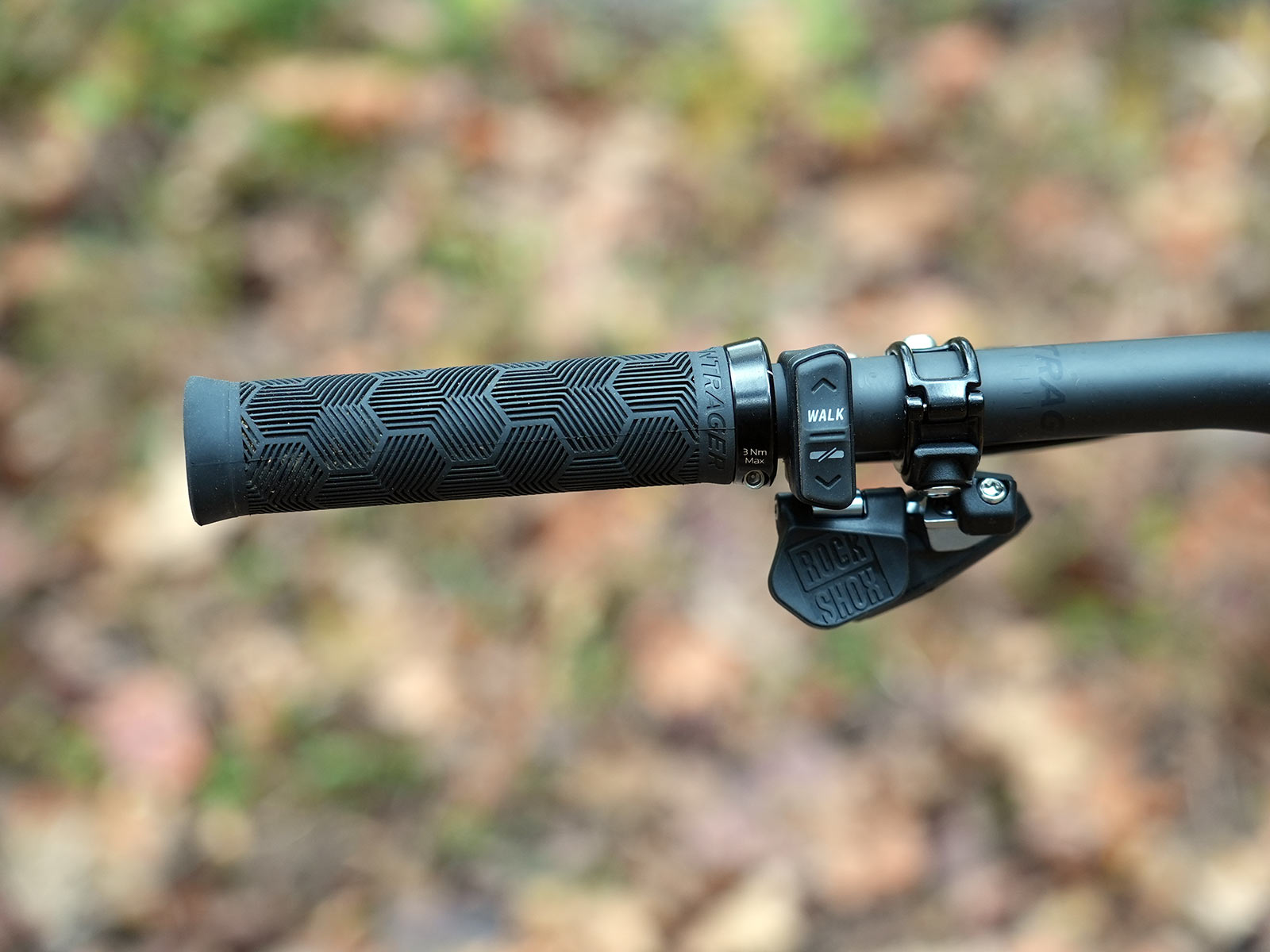
A simple two-button remote is barely visible on the bars. It cycles through the modes, initiates Walk Mode, and a long press of the lower button will turn off all assist. Meaning, default is Eco mode, you have to hold the lower button for about 3 seconds to turn assist off…I wish it was just a quick press as for the other modes.
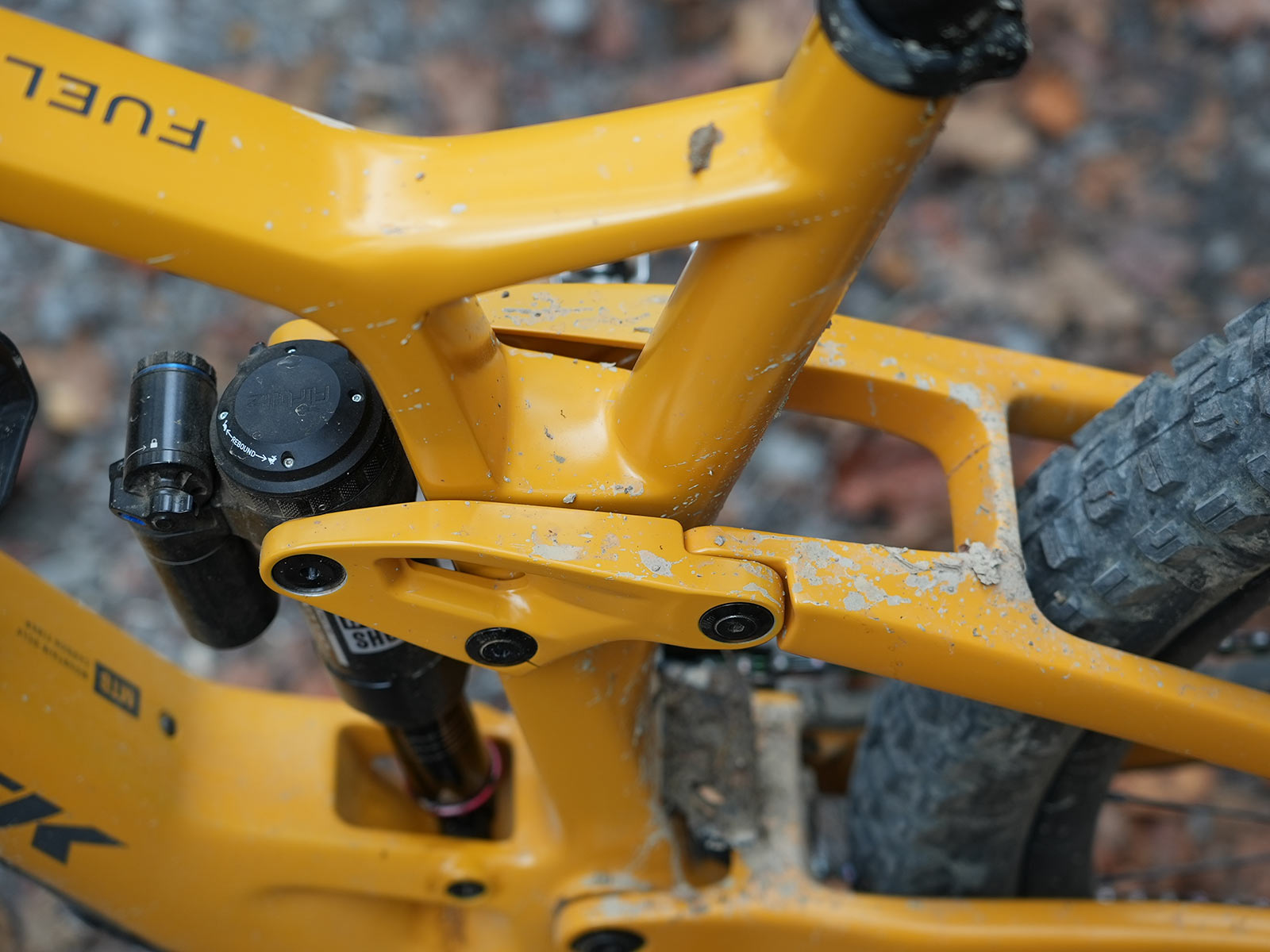
The bike has 29er wheels front and rear, 140mm rear travel paired to 150mm forks, a 65º head angle, and 77º effective seat angle (in Low position; their Mino link flip-chip lets you tweak the geo by 0.5º steeper in High).
Size-specific dropper posts range from 120mm to 170mm in travel depending on frame size. All sizes get 165mm cranks.
Check our launch coverage for the full tech story on this bike.
How’s the TQ motor?

It’s brilliant. Until I thought to pay attention to it, I heard nothing.
And when I was paying attention, it sounds like a light, barely perceptible whistling of the wind.
The sound of my friend’s regular eMTB riding 20 feet behind me drowned out any noise from this bike.
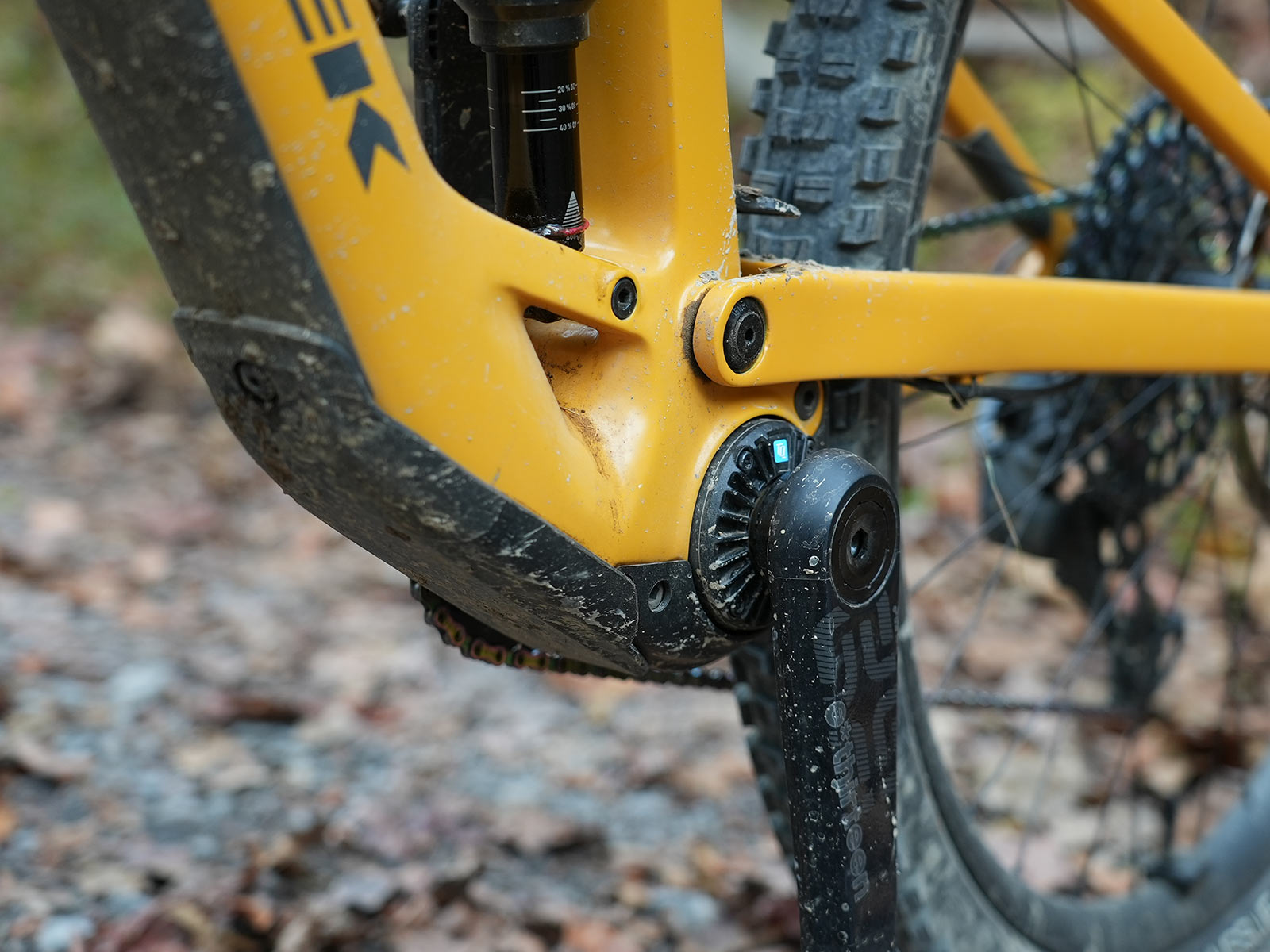
Basically, noise is no issue here, not even at maximum power. You truly do hear nature, not the bike.
This is because the motor has no belts or gears. Trek has a great breakaway view of it , and we covered the tech in depth if you’d like to dig deeper.
The TL;DR is this: It’s ultra quiet, pumps out smooth power delivery, and 50Nm of torque is plenty to help you along the trail and up the hills. It’s also ultra-light, weighing 2.5+ pounds less than competitors’ larger 85-90Nm motors. As such, it uses a smaller, lighter battery without giving up range or ride time.
What about battery life?
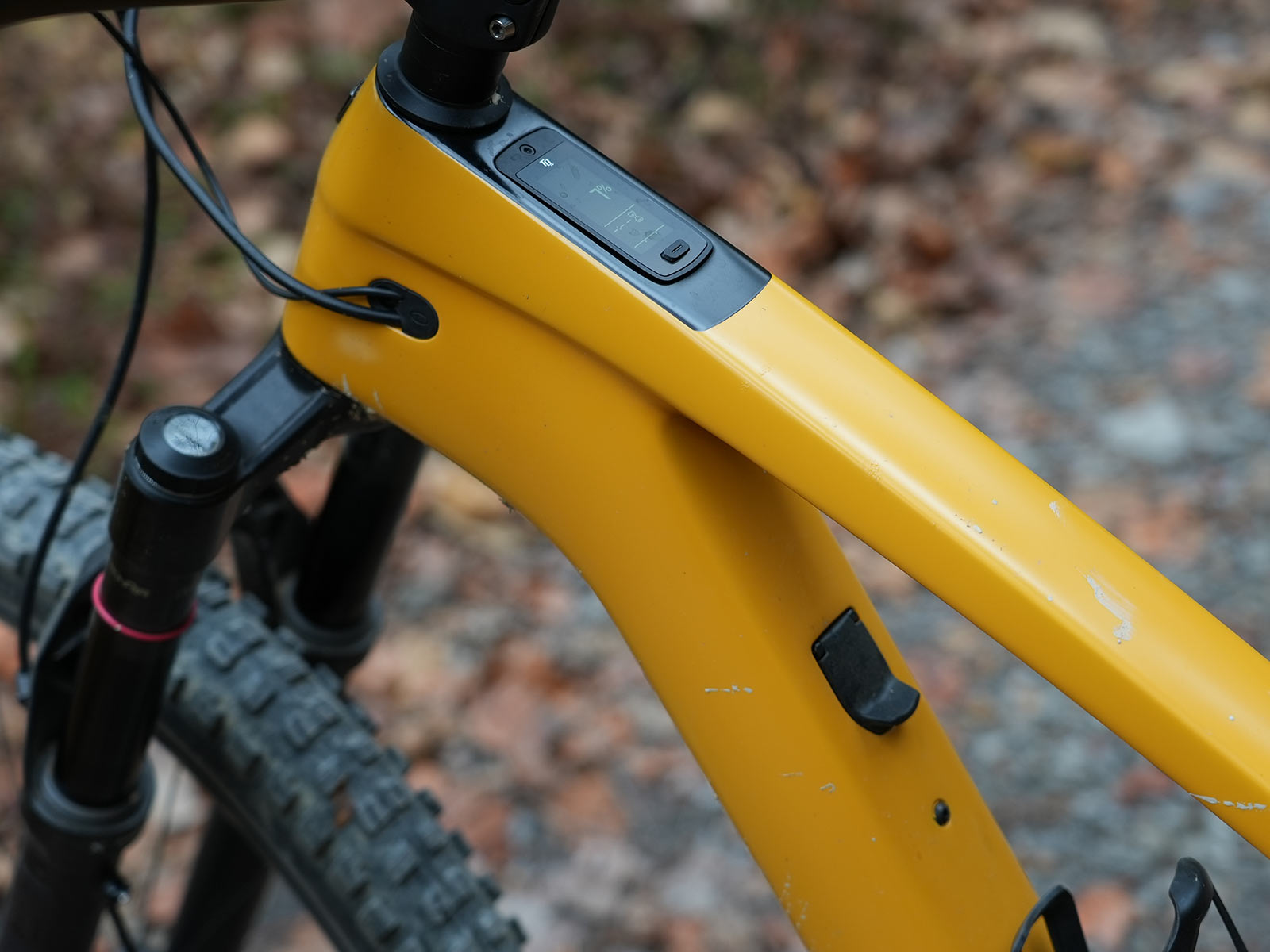
Trek claims 2-5 hours of ride time per charge. With judicious use of Eco mode, I routinely got more than 3 hours of riding on a single charge. That means mixed use of mostly in Eco but using Trail mode on most climbs and Turbo on the steepest climbs.
Fortunately, Eco felt just right when pedaling along. Trail was fun, and a bit faster, but mostly not necessary for keeping up with others.
That said, when riding with others on eMTBs with more powerful systems, it was clear that they were faster. But on the trail, in the woods, things evened out enough that we all just rode together perfectly fine. I never felt under-gunned unless we were nailing it up a smooth fire road.
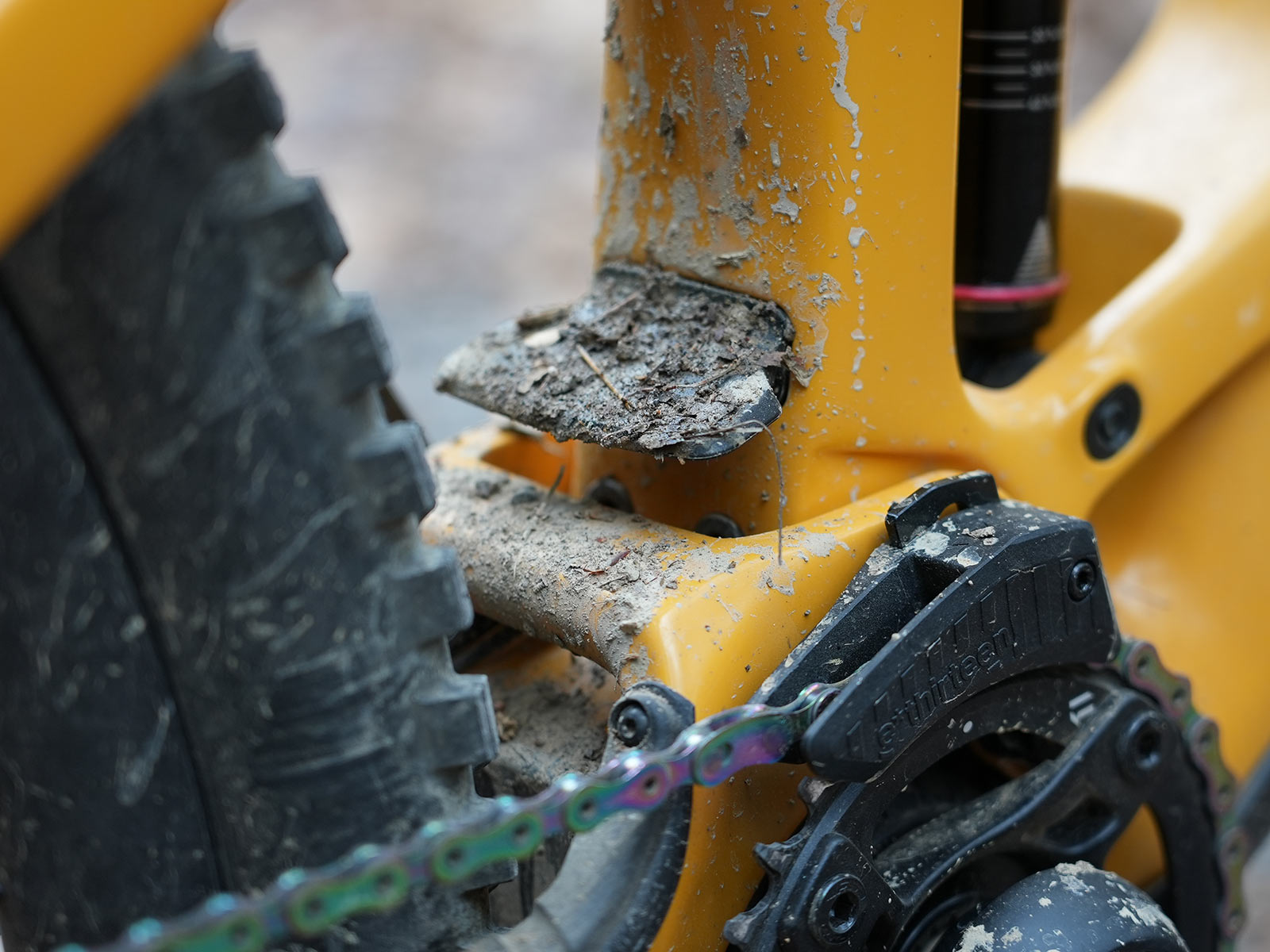
A 160Wh Range Extender is available for $599 and adds 44% more capacity. It’ll take up the single bottle cage on the bike, but it’s worth it for big days when range anxiety is a real thing. Personally, I’d add it to the cart.
One note: Fresh out of the box, TQ says the system needs a few full charge and discharge cycles to accurately estimate range and battery life.
My first ride’s assistance abruptly ended with 7% battery showing on the display. My second ride ended at 3%.
Subsequent rides are getting closer to 0%, but even at 0% showing, there’s a small reserve left to power the electronics. Which is crucial because the SRAM AXS rear derailleur is plugged into and powered by the bike…not its own battery.
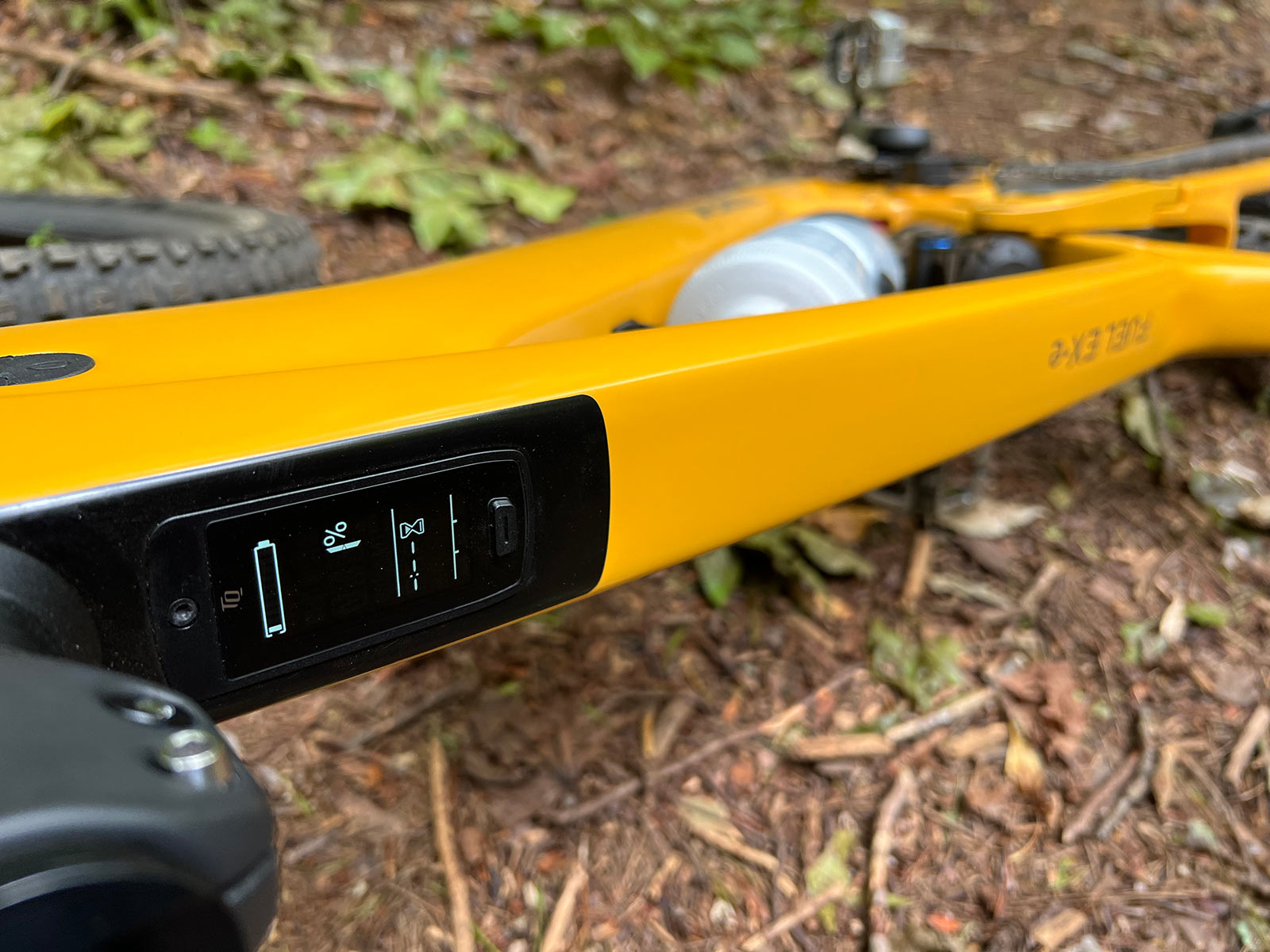
Starting with 1%, I still managed to get 2.5+ hours of riding out of it before it finally, fully shut down and left me with a single speed.
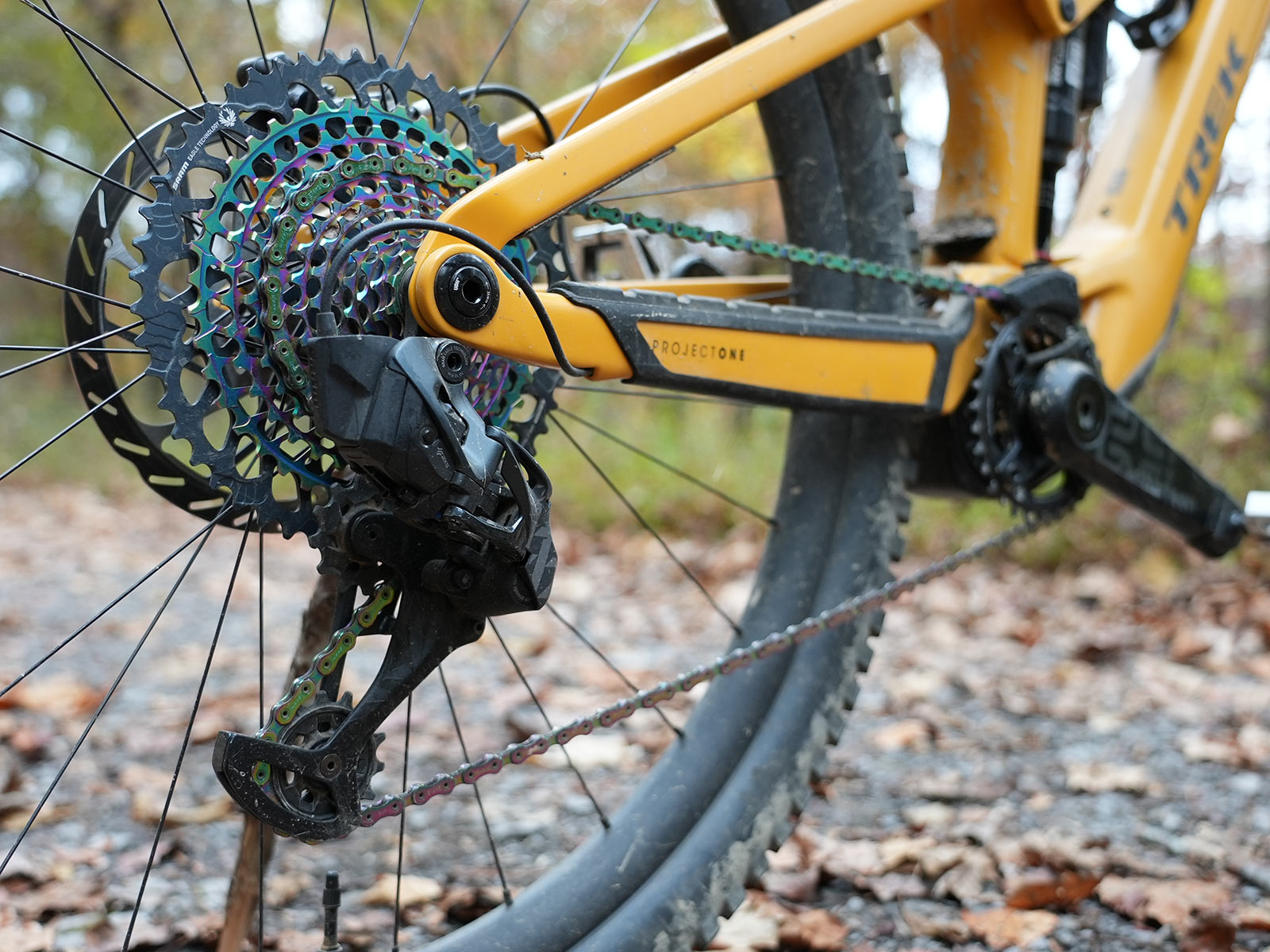
Yes, you can borrow the battery from the Reverb AXS and use that, but then the wire and plug leading to the derailleur are left dangling about… and likely to get ripped off or sucked up into the chain.
Fortunately, the system also charges quickly, getting to about 80% in about 90 minutes, and fully charged in about 2.5 hours.
It’s worth noting that when TQ’s system drops below 10% charge, it limits output to Eco mode regardless of the setting you choose. This helps ensure you maximize your range.
Why not just get a high-powered eMTB?
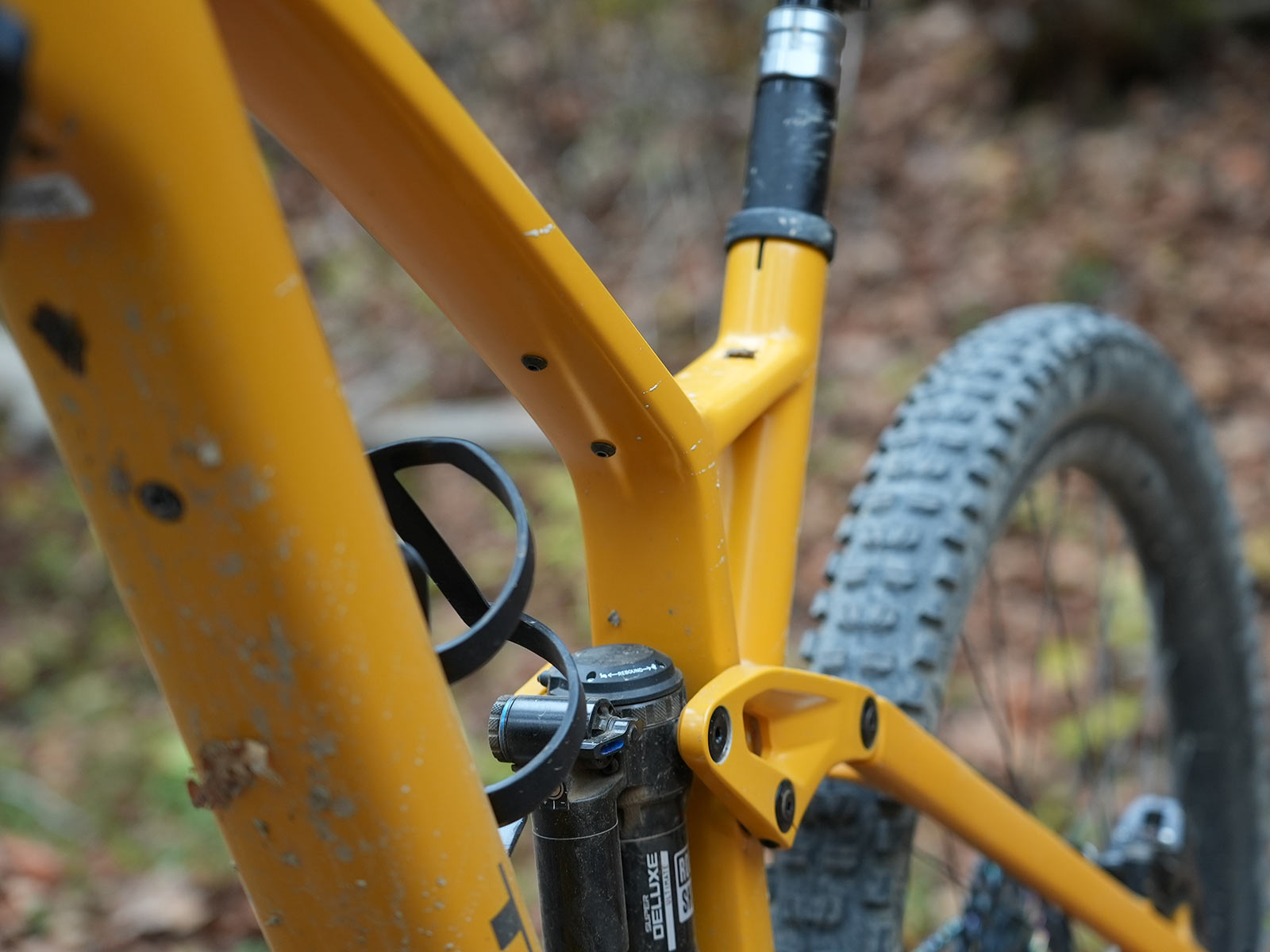
I’ve been asked, “yeah, but if you’re paying for an eMTB, why not just get a high-powered e-MTB?”
That’s a good question. I have a couple of good answers.
First, this bike is a lot lighter, at least 10lbs lighter. It’s entirely pedal-able even without assist, something I unwittingly proved when I showed up at the trailhead and realized I hadn’t charged it.
Three hours later, I was spent, but had a great time riding. Granted, this was on flowing trails without any massive, long climbs, but I still had hundreds of little punchy climbs and sprints to get up and down the trail.
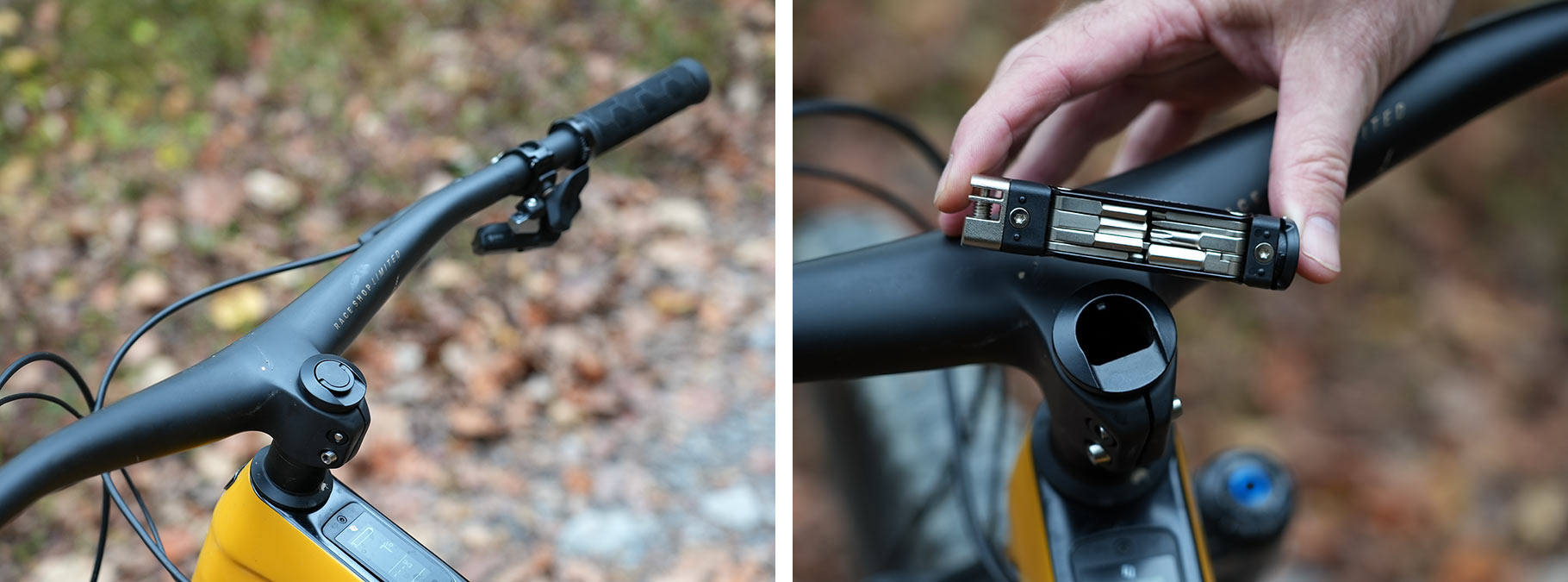
Second, full power feels about like half power compared to a top-level Bosch- or Shimano-equipped bike. But that’s OK. The Fuel EXe’s output feels more natural, so if you’re looking for an e-bike that rides like a regular bike, this is it. It just lets you get a little further a little faster. Big days can be bigger. Little days can be a little faster.
On loose, technical, or entirely too steep climbs, I actually preferred the lower output of the Fuel EX-e. It was more than enough to help me up (I still had to work), but it wasn’t spinning out or lurching out of control where more powerful bikes were. It makes really steep, sketchy climbs more manageable.
But if you want more power, check out the Trek Rail . If you want no power, we reviewed the non-electric version of this 2023 Trek Fuel EX with this same spec, too.
How much does the Trek Fuel EXe weigh?
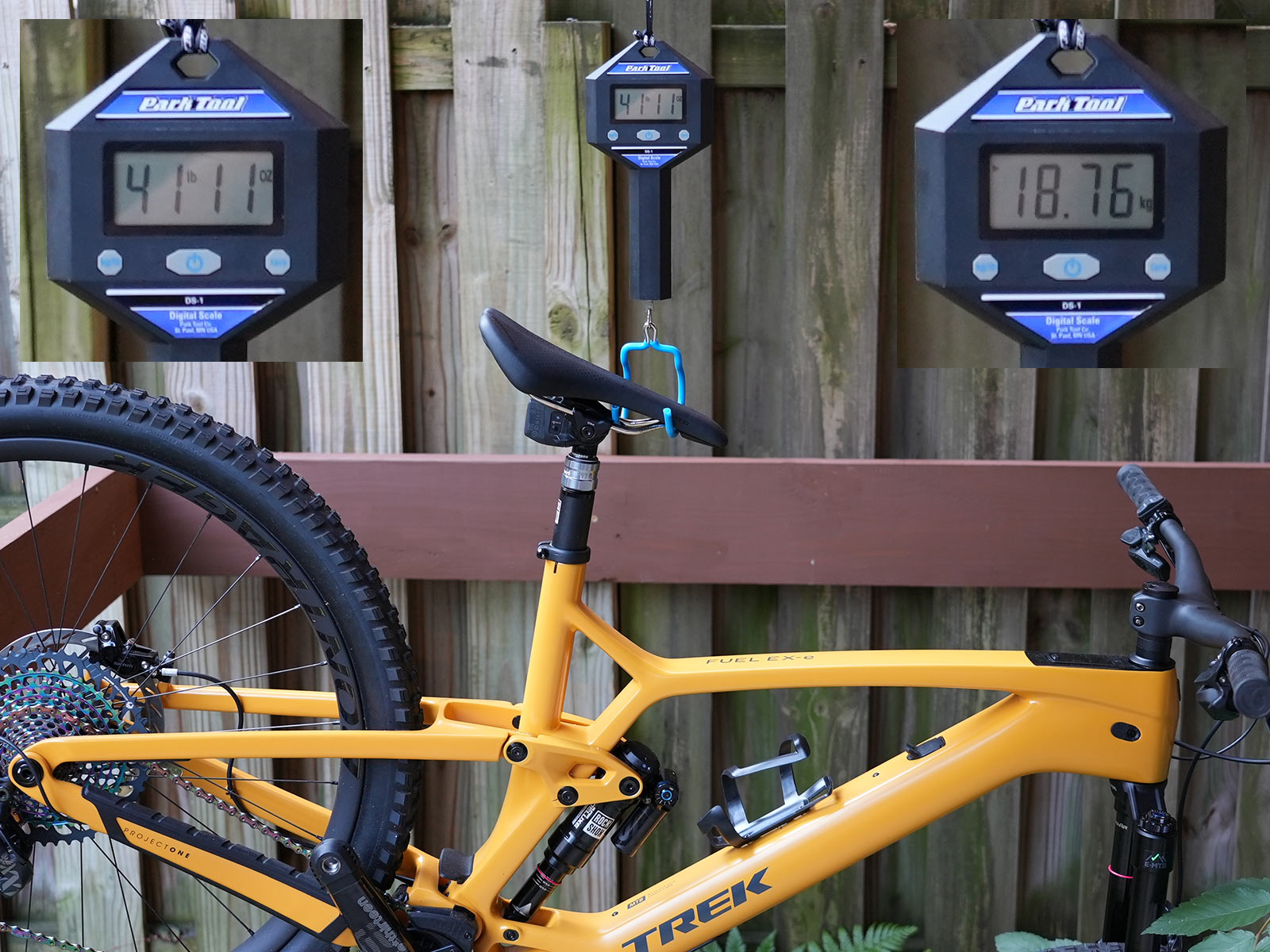
I tested the top of the line Trek Fuel EXe 9.9 XX1 AXS in size XL. It weighed in at 41lb 11oz (18.76kg) without pedals…and that’s with an impressive (and expensive) mix of both lightweight and tech-laden parts.
Trek says the entire TQ HPR50 system adds just 3.9kg (8lb 10oz). The EXe is only about 10lbs more than the nearly identical-looking standard Fuel EX, so they didn’t add much beyond the TQ system to make it an e-bike.
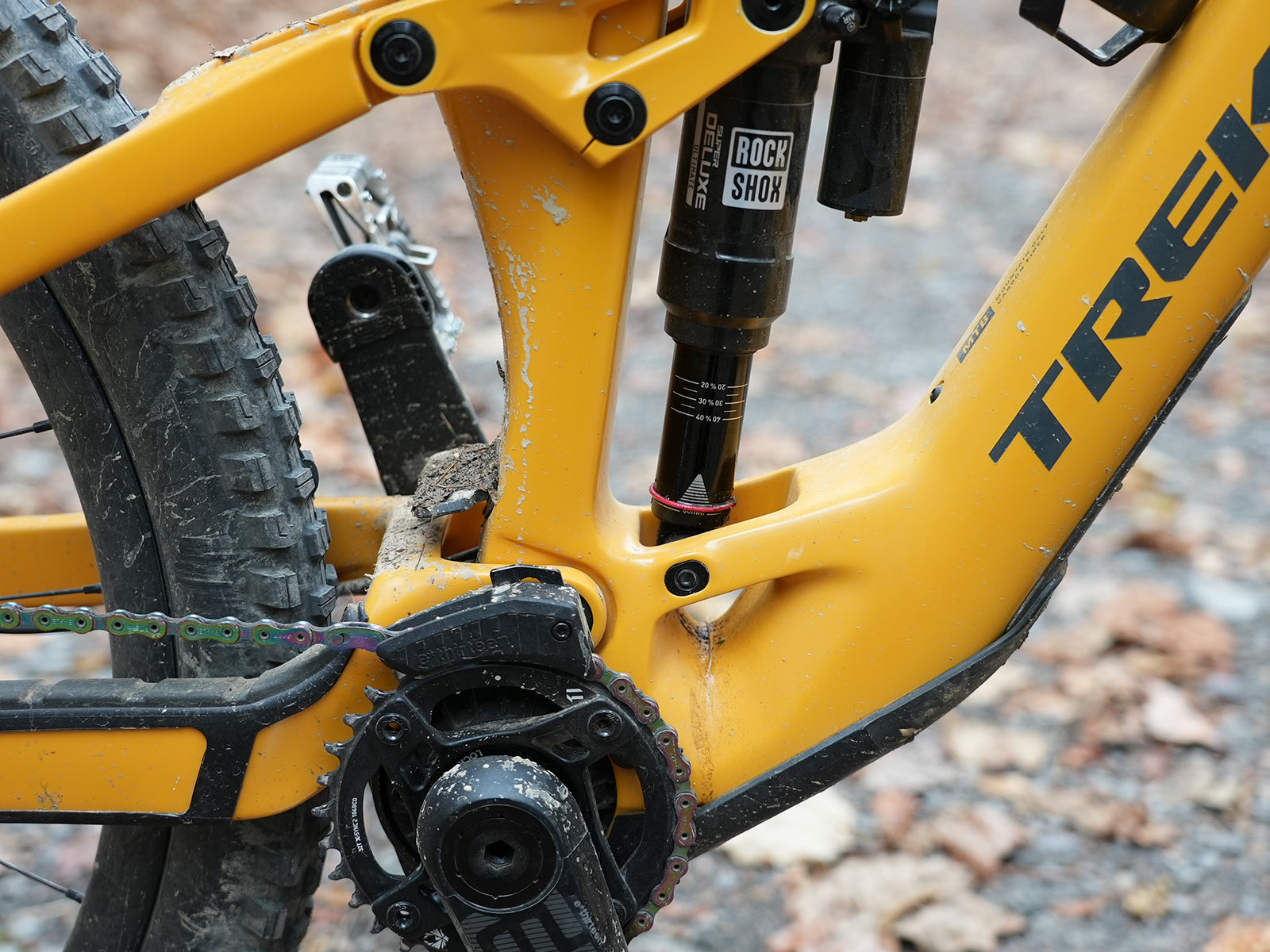
The frame feels stiff and robust. The tires are big and meaty.

The bike looks tough, with square-ish tube profiles and wide cross sections. All of that adds up to an extremely laterally stiff frame.

The one-piece RSL handlebar stem and Line Pro 30 carbon wheels save weight, but as a percentage of total bike weight, they’re not making the same impact they would on an analog bike. And, at 820mm wide (on all frame sizes!) it’s really wide…if it were mine, I’d cut it down (they include marks measured to 740mm).
I’d also probably switch the grips to something with a bit more vibration damping. If you choose a model with a standard handlebar and stem, I’d recommend something like the OneUp or Race Face trail handlebars with added compliance.
Too much tech?
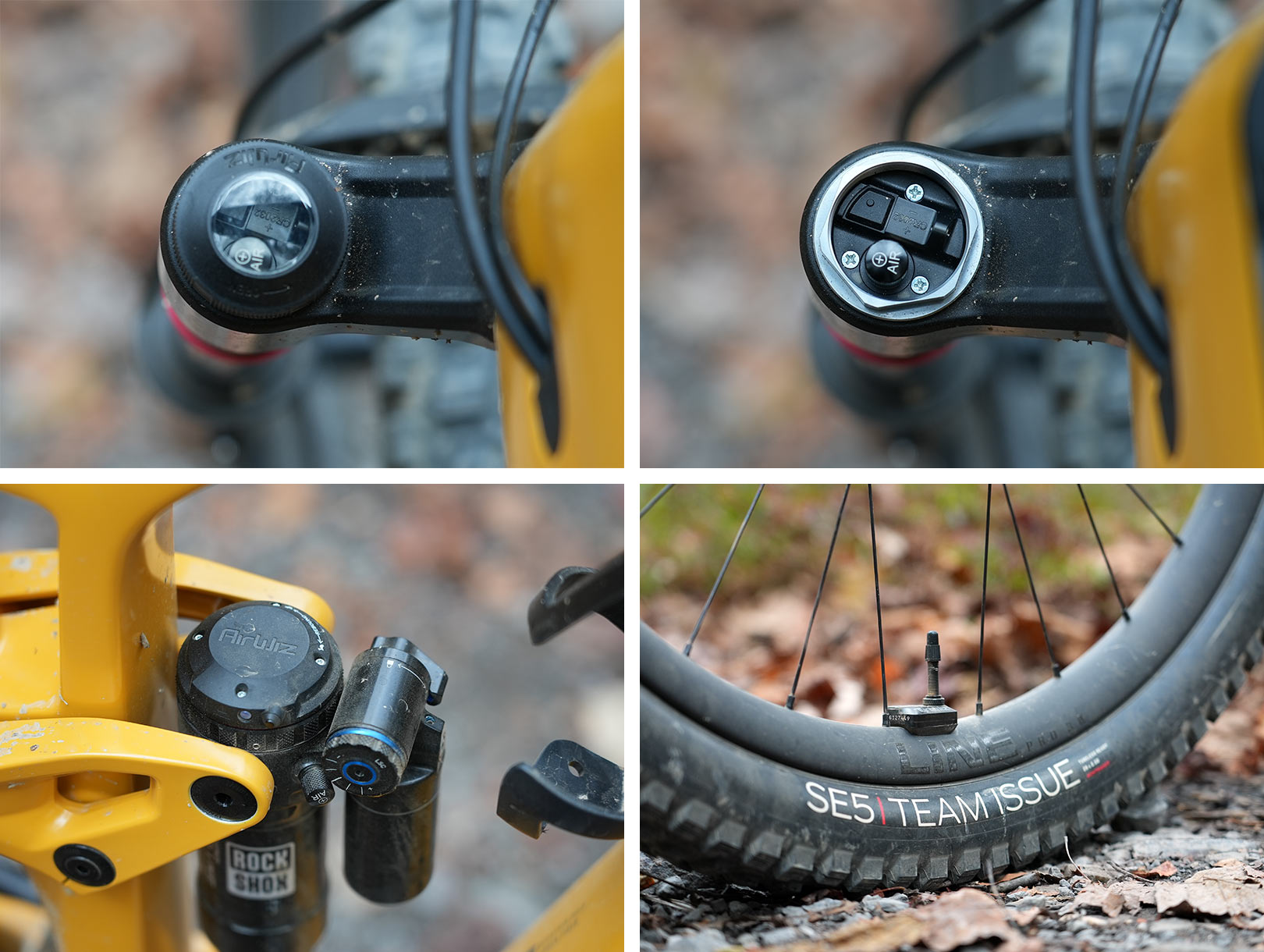
Other spec highlights on this particular trim level include a complete SRAM AirWiz and TireWiz system, offering remote tire pressure and fork & shock pressure monitoring.
The Trek App shows recommended tire, fork, and shock pressures based on your riding weight, along with starter rebound settings. With AirWiz/TireWiz installed, their app will also show current actual pressures, too.
Check it there, or just look for the blinking lights on the bike to be green, and you’re good to go. Red lights mean something’s out of the recommended range.
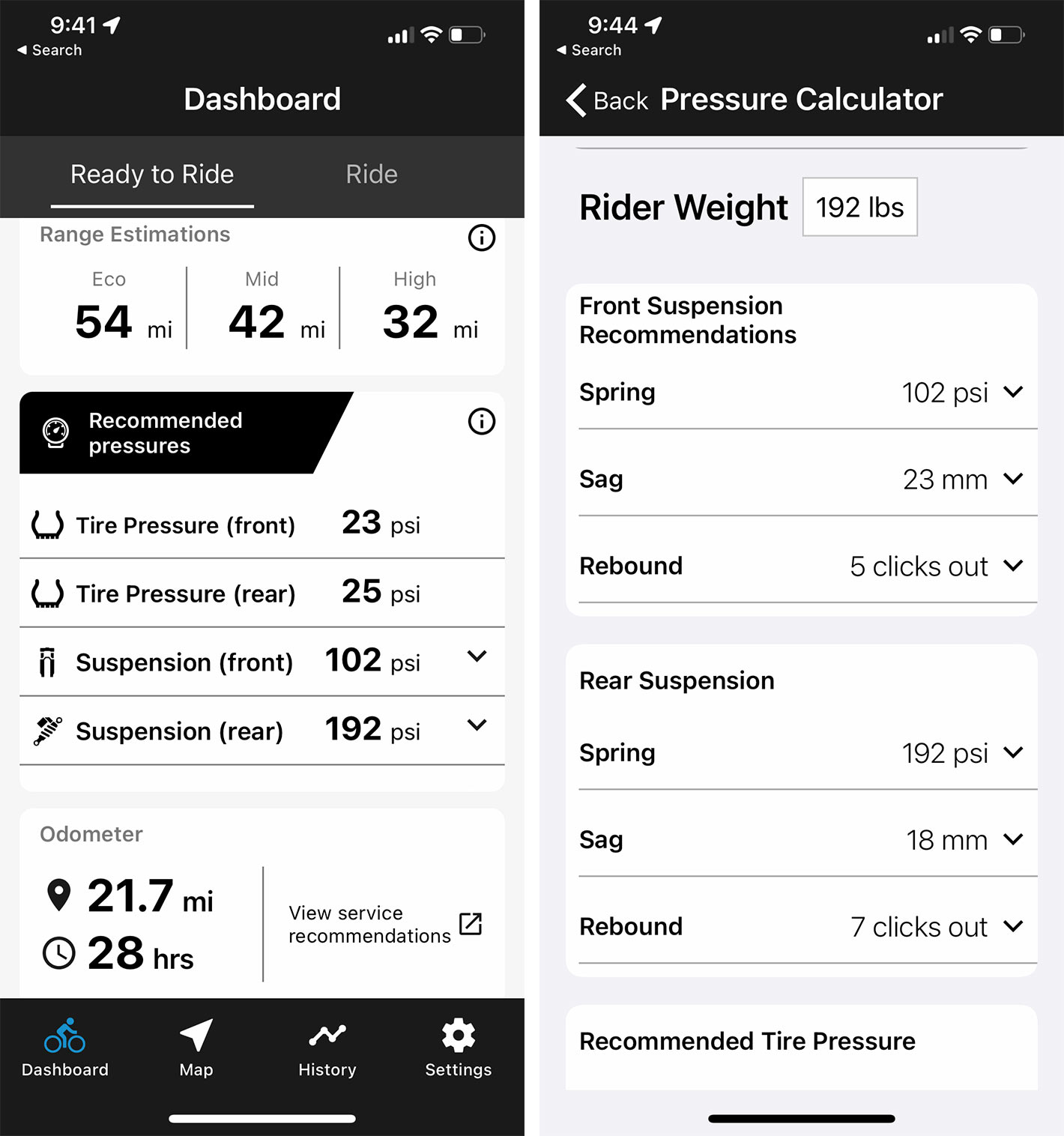
I found that the recommended tire pressure settings were a tad high. I ended up at 22psi front and rear with no issues (I’m about 192-195lbs fully kitted out, ready to ride).

The Bontrager SE5 Team Issue 29×2.5 tires are excellent, I run them on some of my other bikes, too. Like most aggressive trail tires, and particularly those spec’d on e-bikes, the casings are stiffer and can take a lot of abuse, so lower pressures help improve ride feel. I may still go a bit lower.

At 22psi, they’ll mold to the ground and take a hit, but I still haven’t felt a rim strike despite some obvious deformation over roots and rocks.
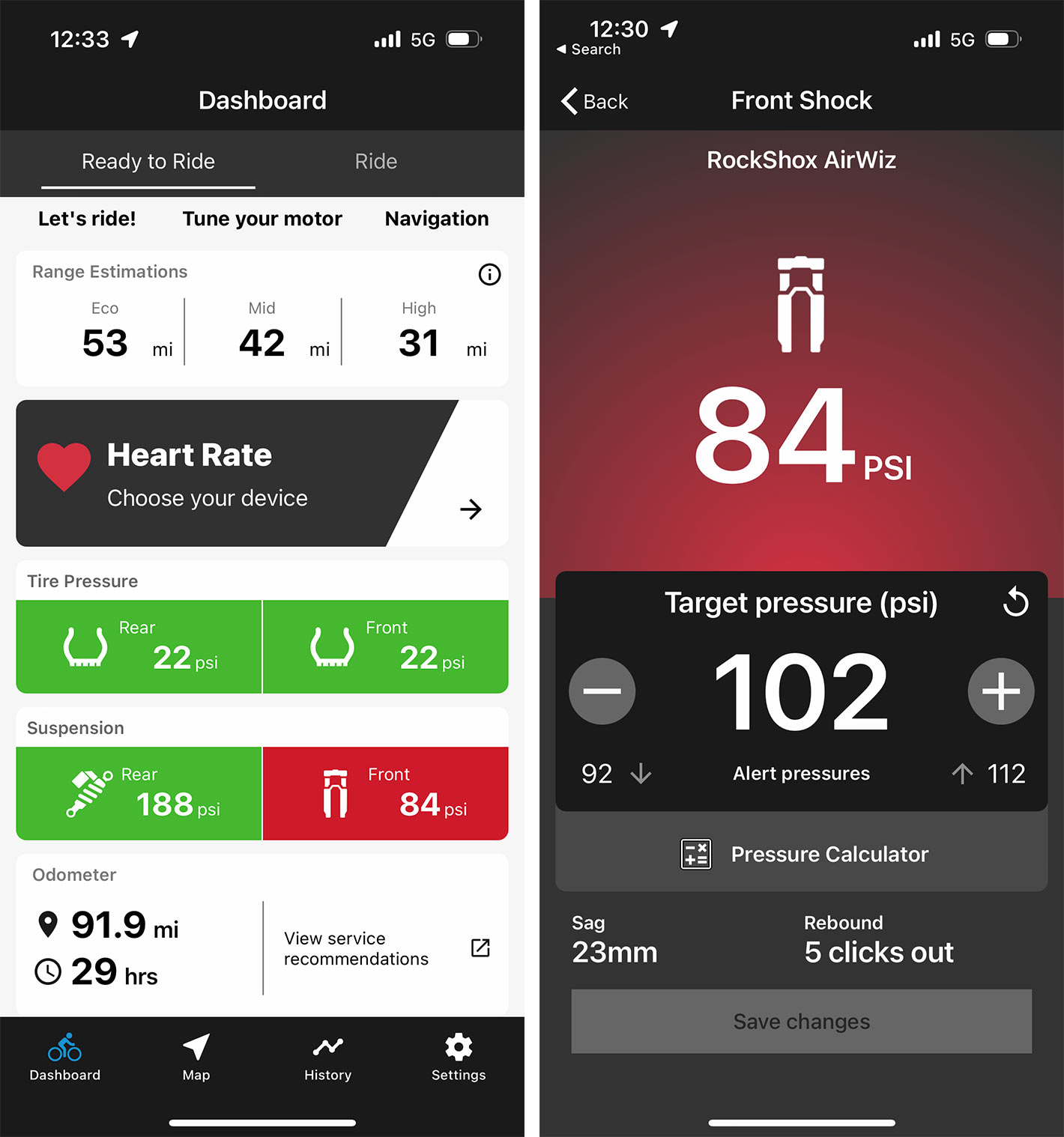
The rear shock’s air pressure recommendation was spot on, giving me full travel on the big days.
The fork, however, was too high. Trek recommended 102psi, but even at 87psi I was only getting ~85% travel. I’m still tinkering here, down to 84psi, but the takeaway is that you don’t have to stick to the recommended settings.
And, once you find what you like, you can use the Trek (or SRAM’s AXS) app to manually set your preferences. If the bike has the Air/TireWiz devices, those will be updated to blink red/green accordingly, too.

Personally, I think the Wiz devices are clever, but overkill, and they definitely add cost. I like that I can set my preferences and use the Trek app to save them (because I will definitely forget), but I could take or leave the extra electronics on the bike…and, if I were shopping, would probably opt not to pay for that tech here.
How does the Trek Fuel EX-e ride?
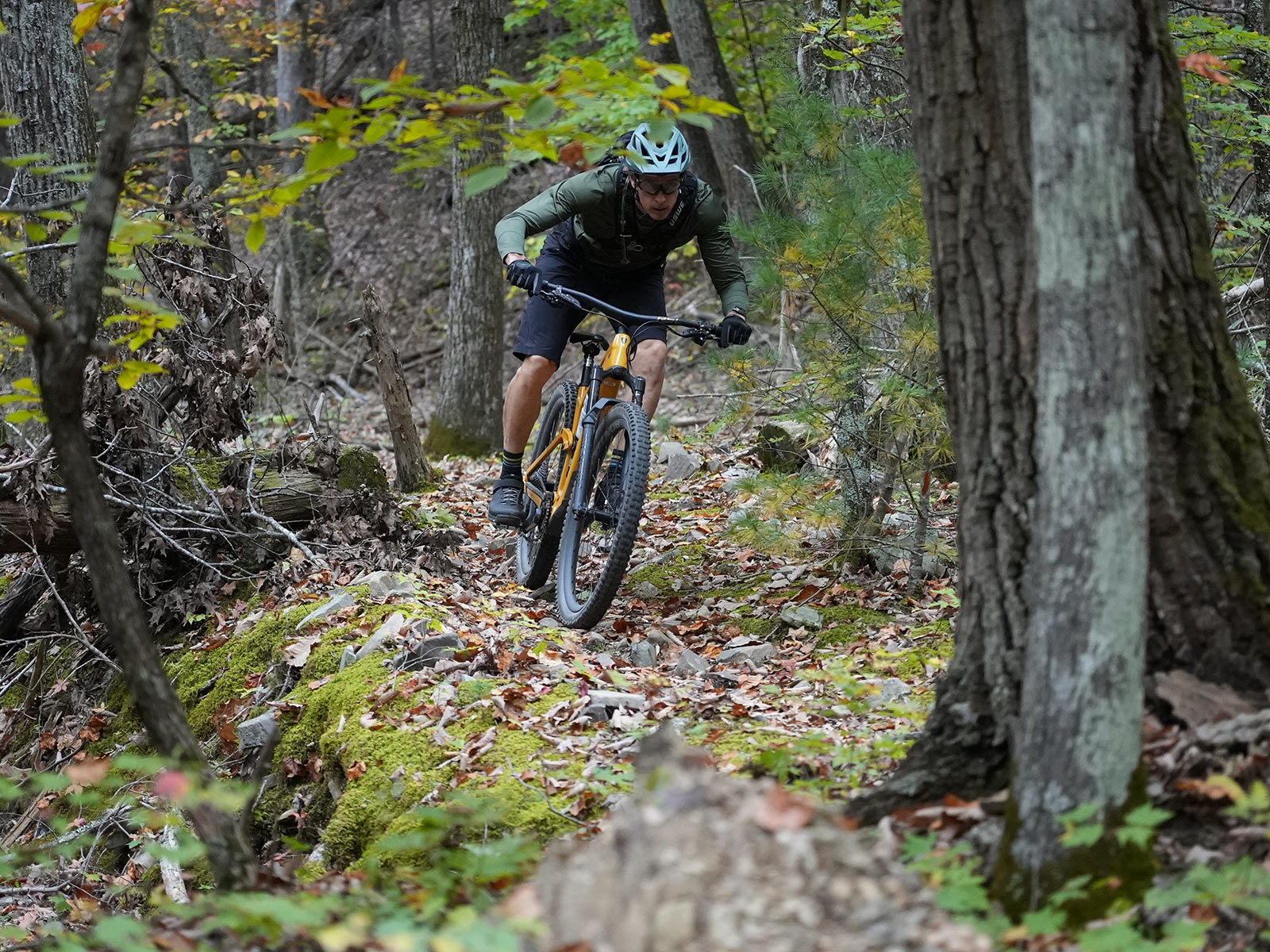
In short? It rides like an aggressive trail bike. A really good aggressive trail bike.
Trek’s ABP suspension is efficient and effective. There’s a lockout switch on the rear shock, but in most instances it’s not needed. I only used it on long fire road stretches or when riding the road to the trails. Once on the dirt, it stays open with no issues on sprints, standing climbing, or just powering along.
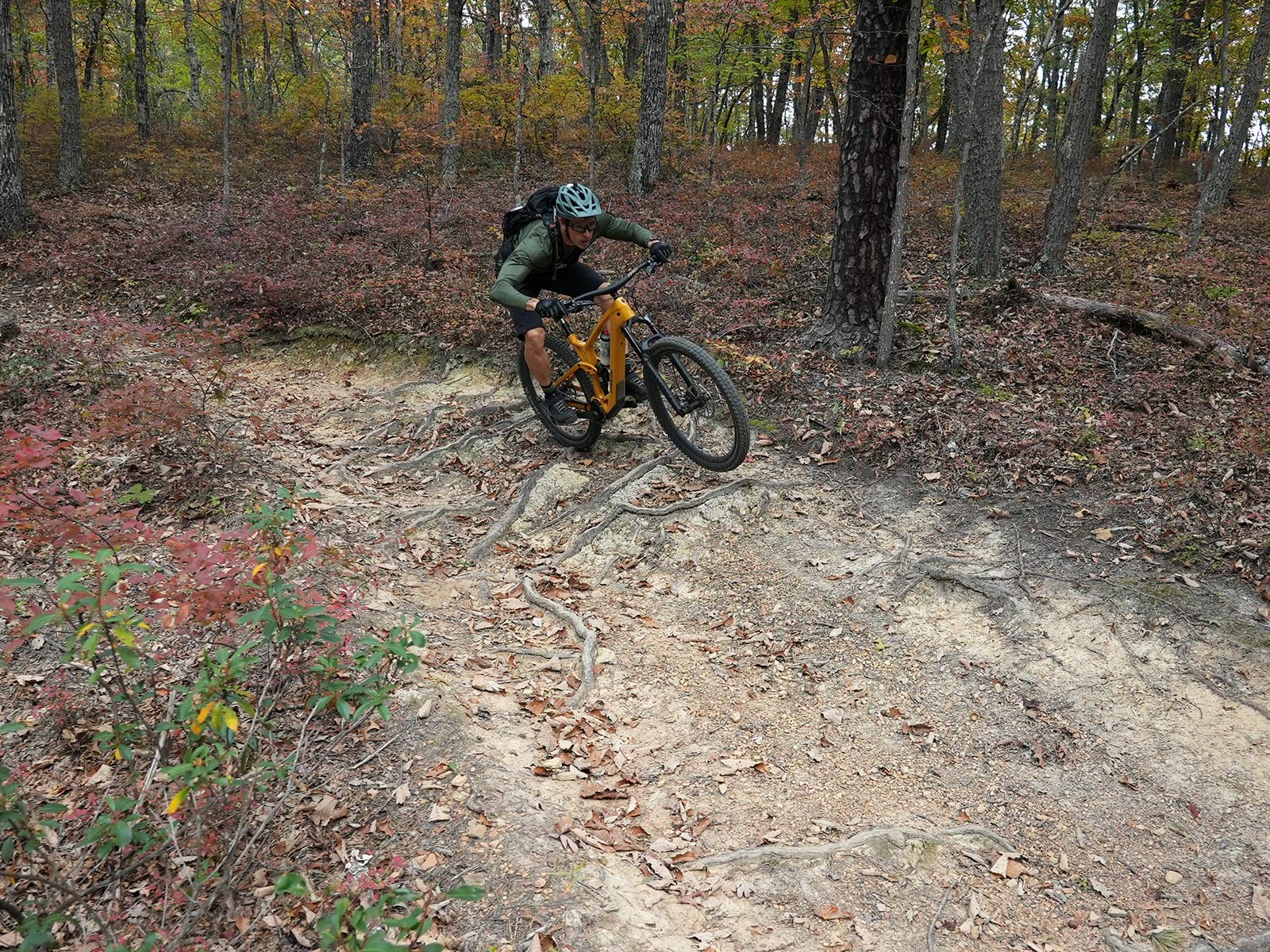
On the descents, I could smash through extended rock and root sections, prevalent on the trails at Carven’s Cove near Roanoke.
While I’m still fiddling with the fork’s air pressure to improve small bump and low speed comfort, the Lyrik Ultimate on this bike absolutely demolished high speed hits.

Combined with the stiff frame and capable tires, the Fuel EXe inspires a lot of confidence at speed over gnarly terrain.
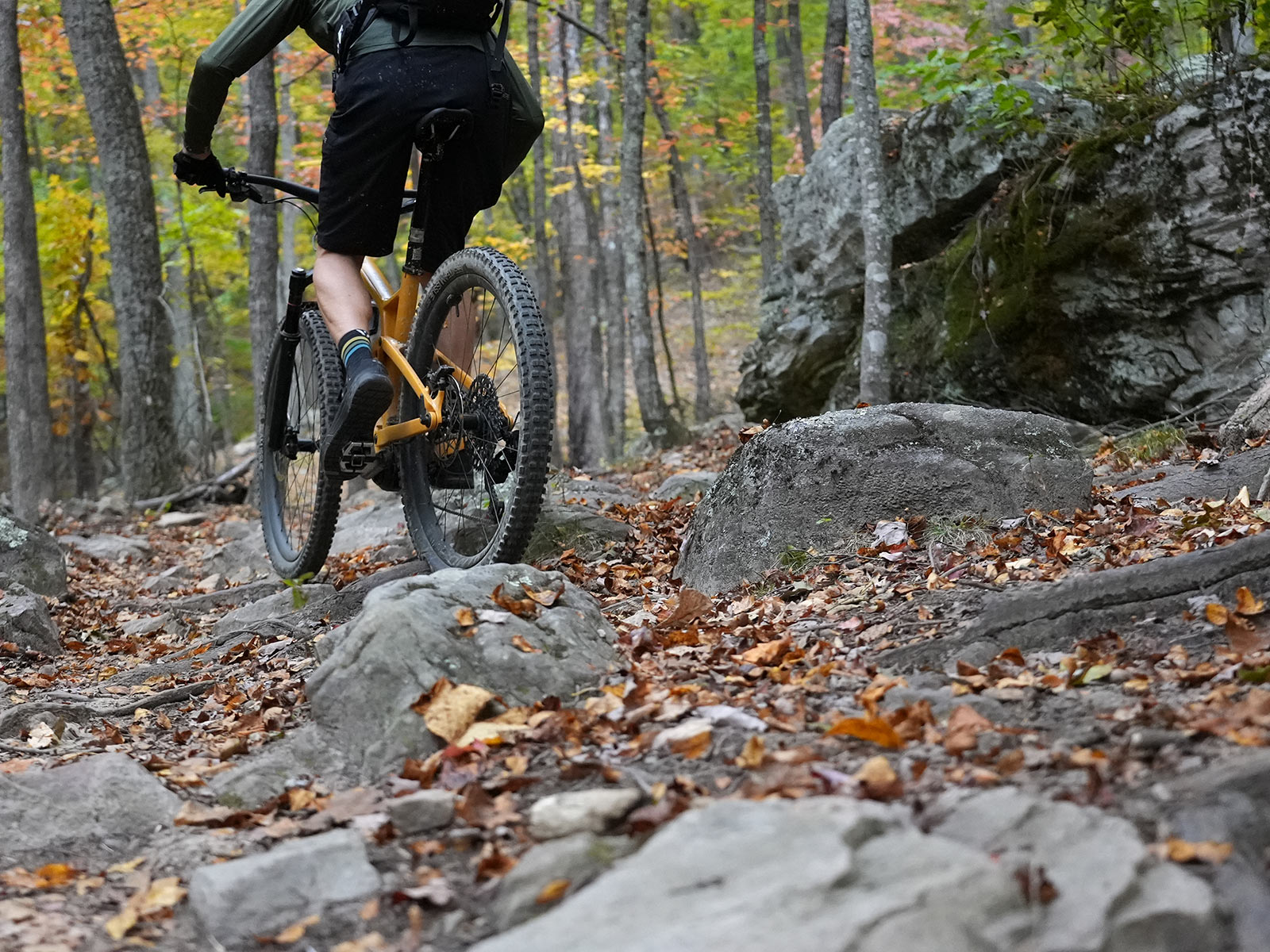
The suspension stays active under power, which is good because I (like most eMTB riders, according to research) tend to stay seated more often on e-mountain bikes. The motorized assist helps a rider power through rough stuff in theory, and a good suspension platform like this makes it happen in reality.
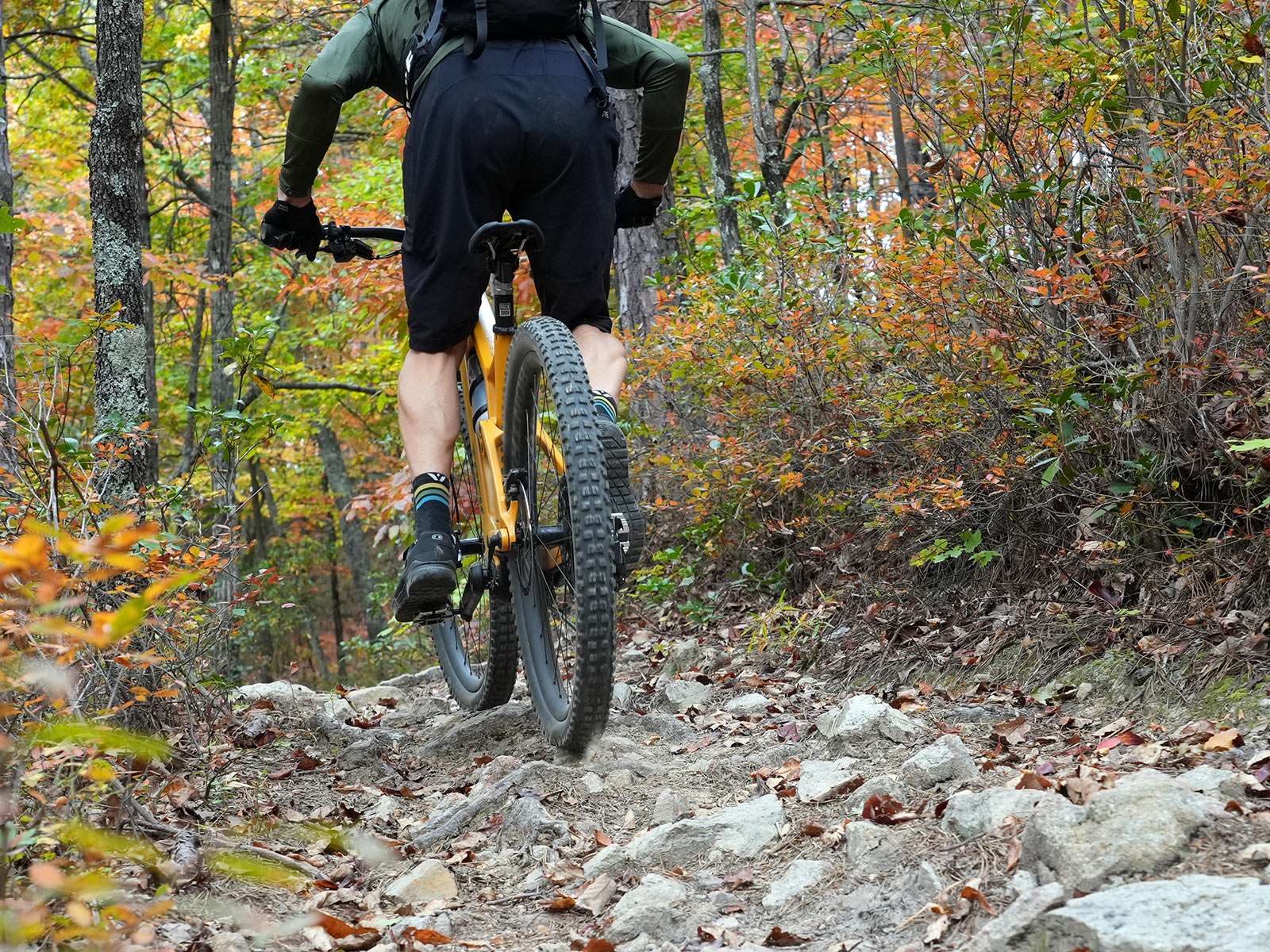
The Fuel EXe hammers through the rough stuff when standing, too, maintaining traction.
Situations like these, where a little bounce and skip is inevitable is another argument in favor of moderate power output from the motor. Never once did I spin out, and never did I really wish for more power. It’s a good balance.
The bike’s geometry is perfectly balanced, too. I could easily maintain rear traction while keeping the front wheel firmly on the ground, even on some monstrous 18%+ loose, rutted fire road climbs.
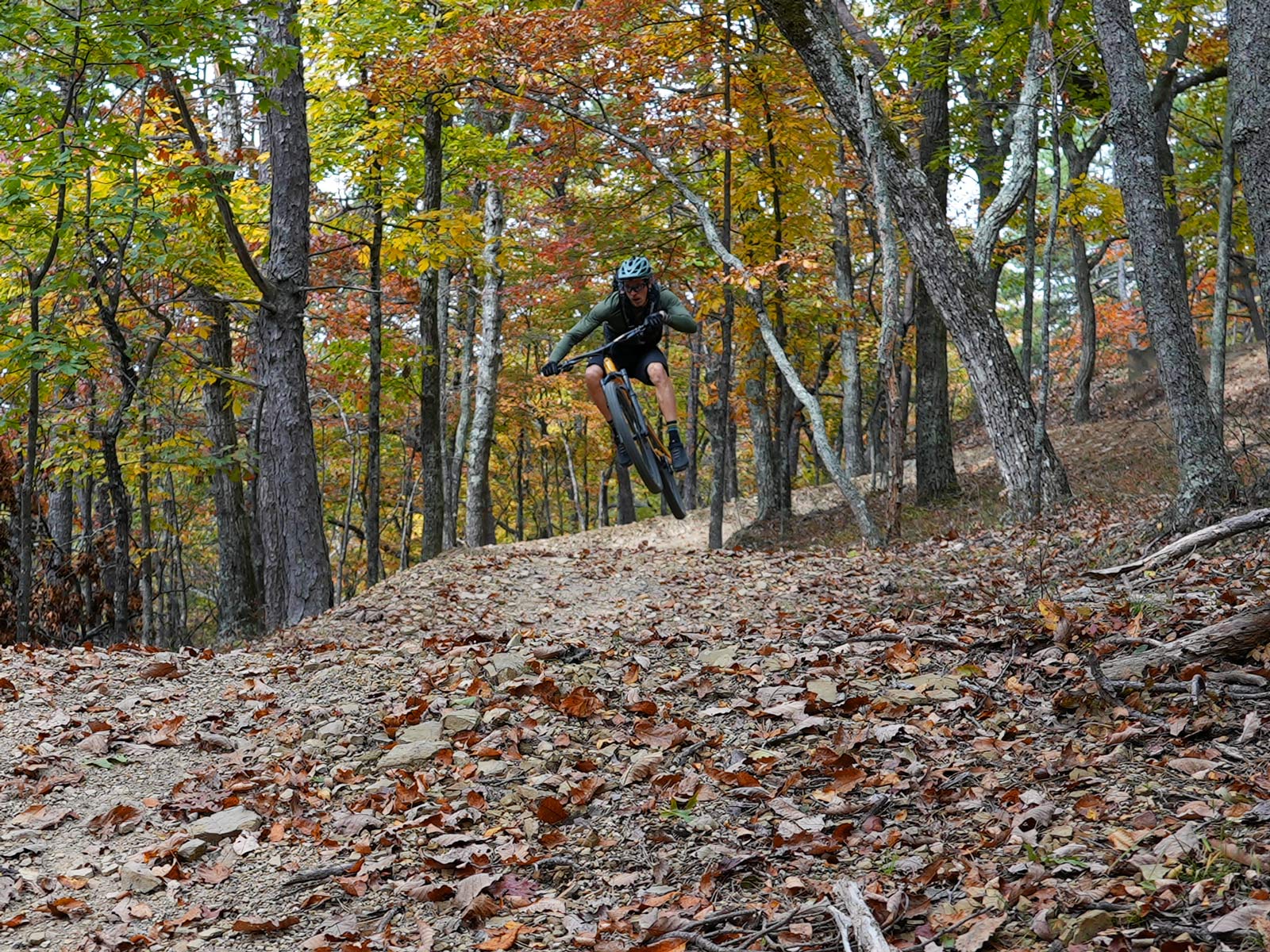
Even the bike’s weight feels well-balanced, in terms of handling. Jumps feel natural…
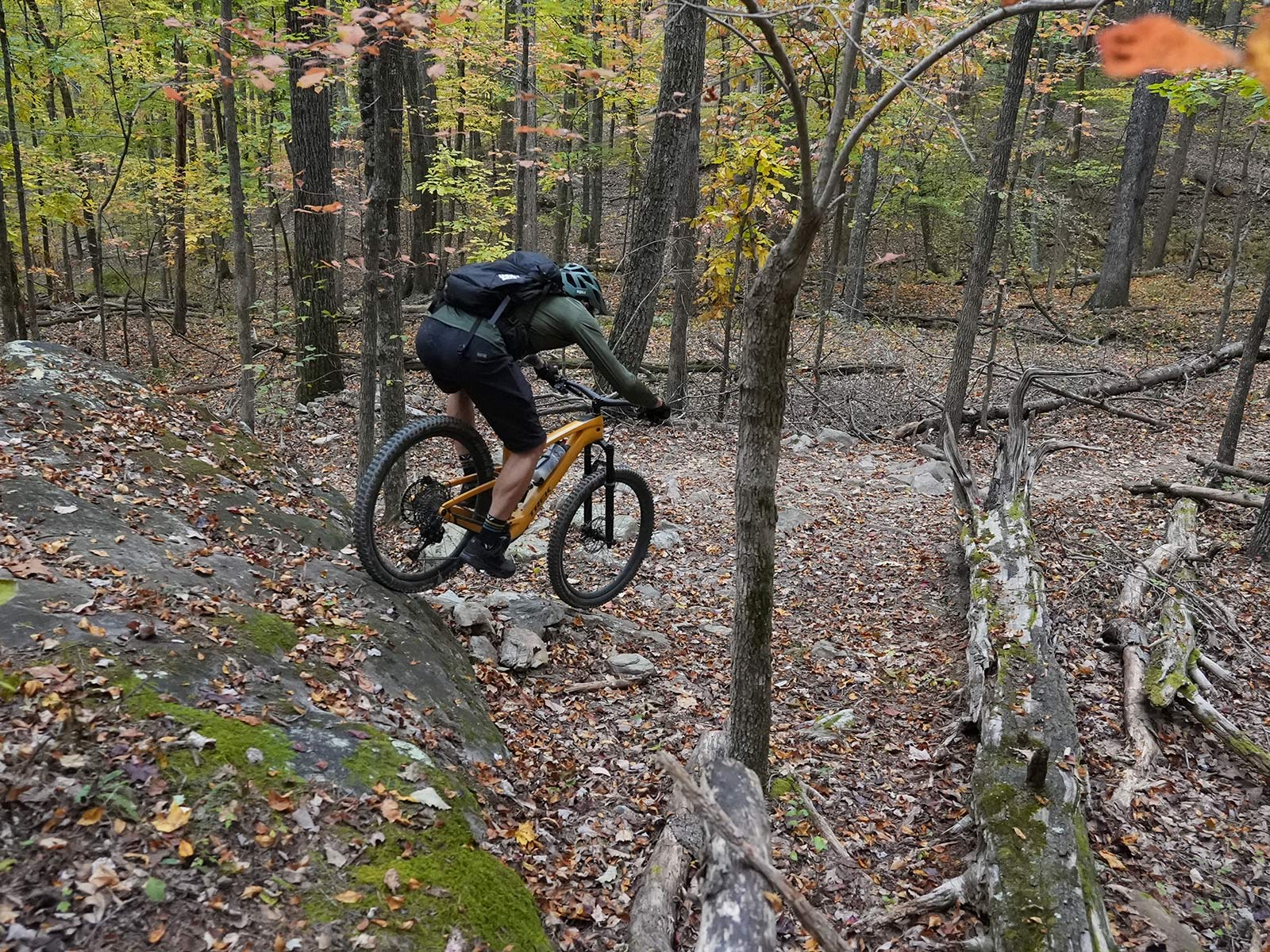
…as do drop-ins…
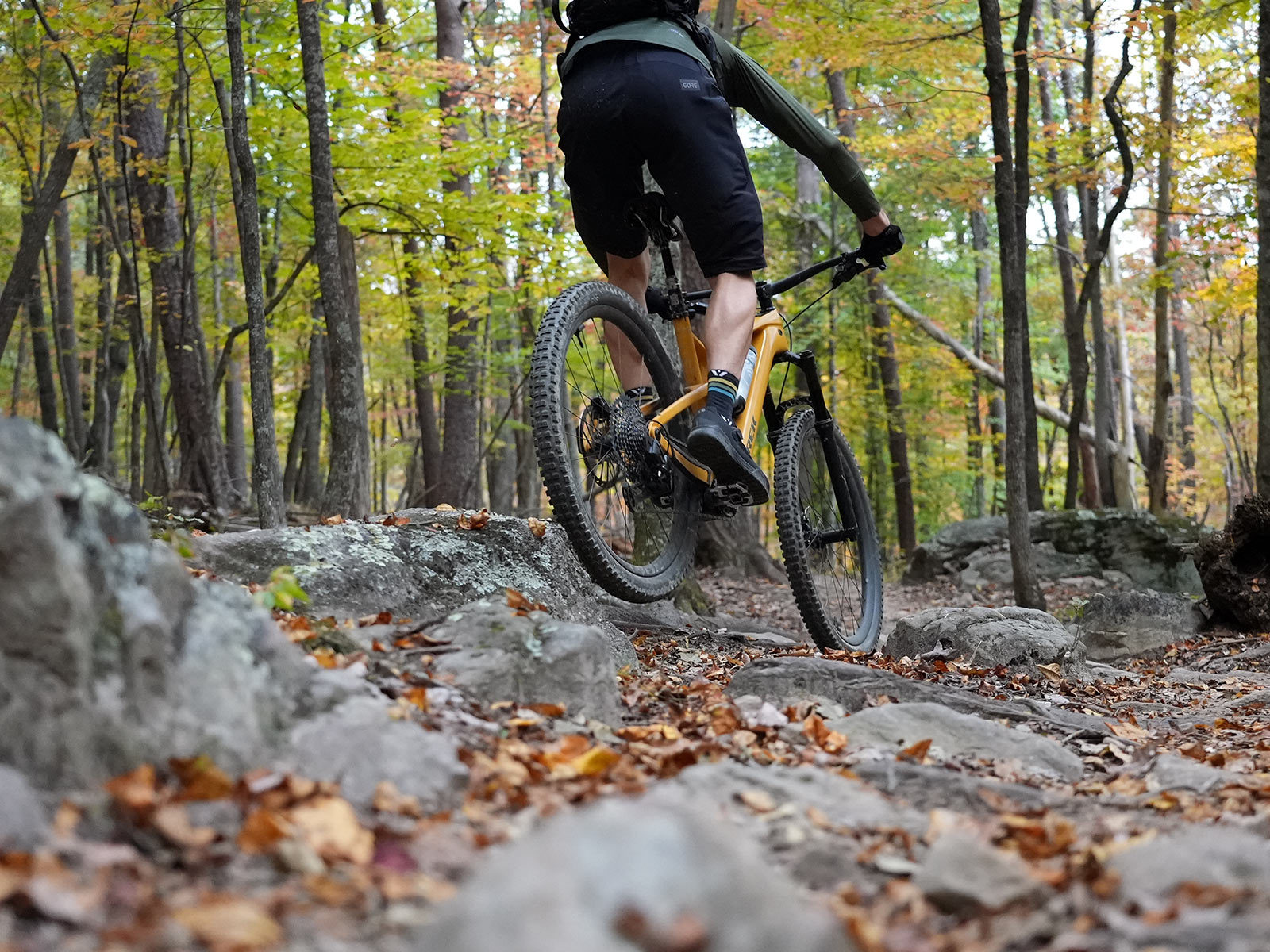
…and drop offs.
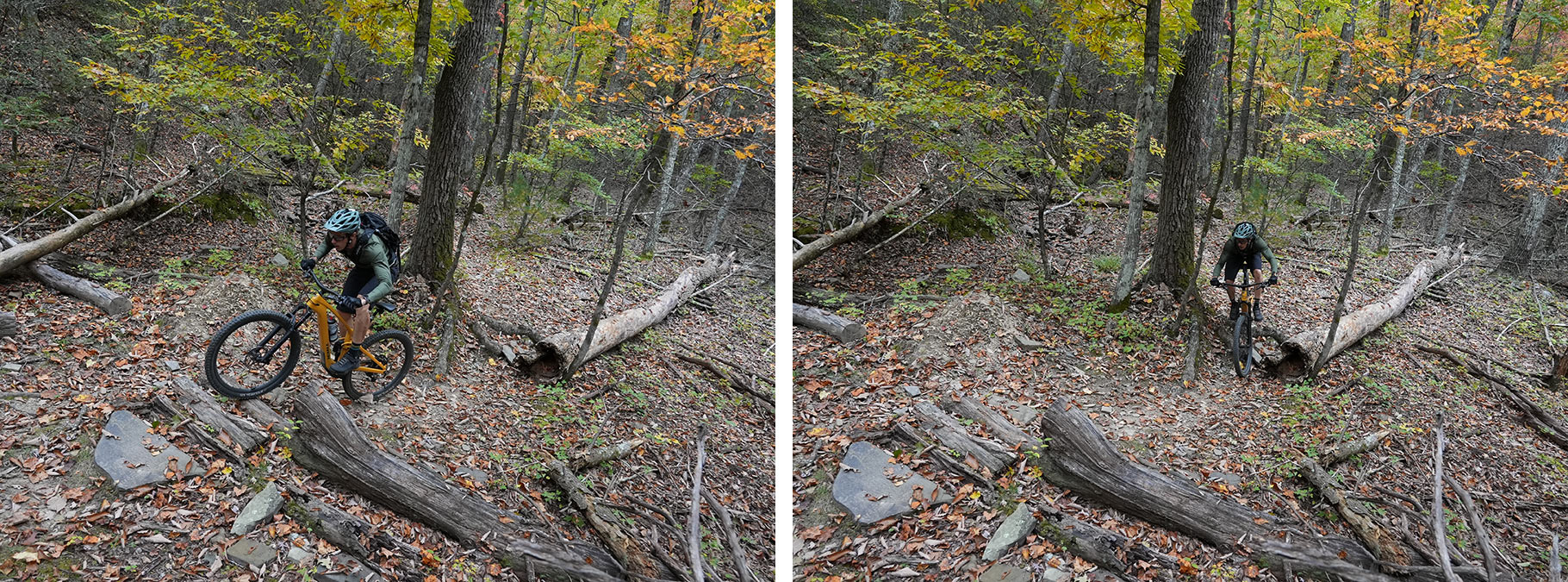
But there’s a definite heft to getting the front wheel up and over logs or rocks.
The result was that I’d just smash into stuff that I would usually pop up and over on a regular bike. Up to a point, of course … there are some things you simply have to lift the wheel up and over, so just know that it takes more effort.
Which means riding this bike, despite its relative light weight, is more of a full-body workout, as is any eMTB. And I feel like I pedaled more consistently and turned more total revolutions, many times also riding a bit longer than I otherwise would have.
The point is, at the end of each ride, I was all grins and knew quite well that I’d earned them. Well done, Trek.
TrekBikes.com
Tyler Benedict is the Founder of Bikerumor.com . He has been writing about the latest bikes, components, and cycling technology for almost two decades. Prior to that, Tyler launched and built multiple sports nutrition brands and consumer goods companies, mostly as an excuse to travel to killer riding locations throughout North America.
Based in North Carolina, Tyler loves family adventure travel and is always on the lookout for the next shiny new part to make his bikes faster and lighter.
This site uses Akismet to reduce spam. Learn how your comment data is processed .
Great review!!
Thank you for the thorough review! Did you happen to test it out on jumps? I’m hoping that the reduced weight makes it feel more natural off of jumps compared to the heavier e-bikes but haven’t seen that discussed yet.
Caution: If you are like me, and ride small frame bikes, right now they are very difficult to come by. I recently ordered the Trek Fuel EXe 9.8 and it has an early arrival date of January. Other companies are into spring.
Hoping to pick up my 9.7 in early November. Excellent review.
Great review. You rode an XL but never mentioned your height. Did it feel long? I’m 6’1 190 and debating L vs XL
What the long-term plan from TQ on motor footprint/mounting. If the motor goes in 5-10 years, is the bike basically trash?
It’s still just a Trek. I guess we thank Giant for the fine work?
Also, TQ was having a heckuva time keeping up with demand in Europe, so time will tell how successful this bike will be service-wise.
Follow Us On
Subscribe Now
Sign up to receive BikeRumor content direct to your inbox.
Every product was carefully curated by an Esquire editor. We may earn a commission from these links.

An E-Bike You Can Actually Take on the Trail
I tested the Trek Fuel EXe to prove that people like me (and you) can rip up some singletrack.
We were setup for an hour or two of actual mountain biking, reasonably skilled riding. I’m not even that good on a bike on flat ground. I had a feeling I was going to end up face first in a tree, with a separated shoulder or something.
But I got handed a top-of-the-line Fuel EXe , one of the brand’s flagship electric mountain bikes. It’s got a lightweight carbon frame with top of the line components, so it feels almost identical to a standard Fuel EX bike. Plus, it’s got an easy to use three-tier assistance system, a nifty little LED display, and a whisper quiet motor.
Those electric add-ons make all the difference. I rode for two hours and barely broke a sweat. In just 120 minutes I was converted to an e-bike guy. It’s the best advertisement I have for this whole e-bike revolution.
Trek Fuel EXe 9.9 XX1 AXS
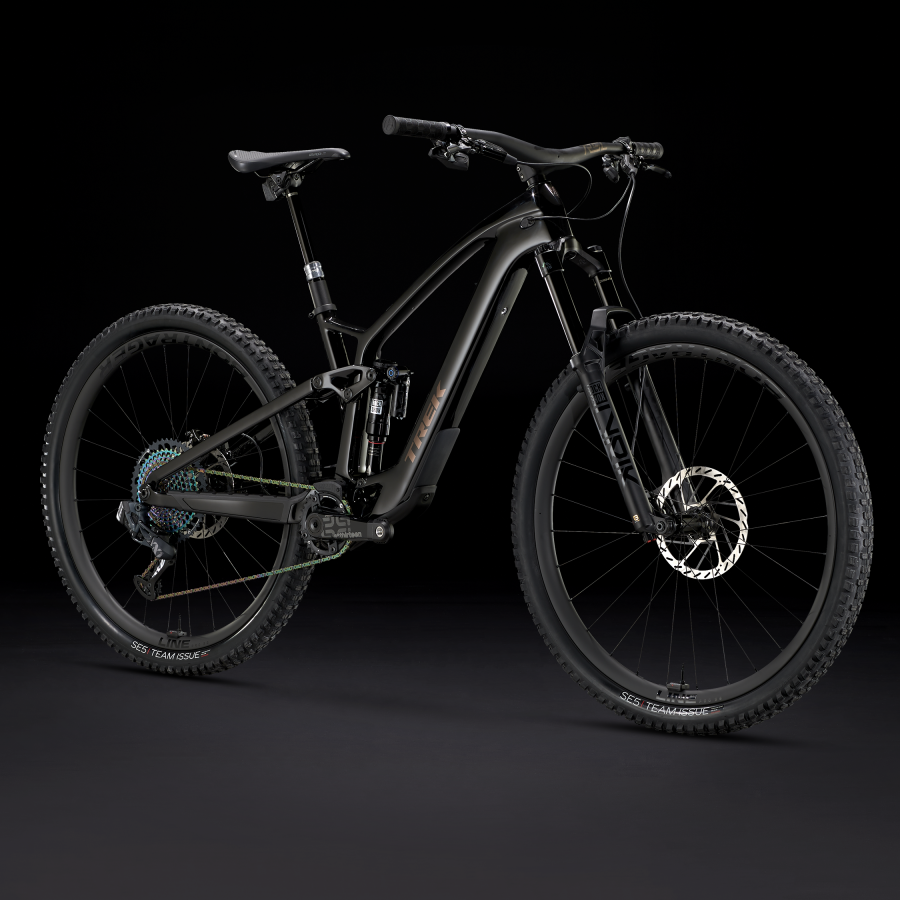
People have been asking me—as the product guy of any gathering—if e-bikes are worth the hype. Trek, and most other bike brands, has a huge selection of city e-bikes and a growing arsenal of specialty road and mountain e-bikes . I was always on the fence—usually saying only get an e-bike if you physically need it. But damn, was I wrong.
First, let me go back to that ride I took. We started on some flow runs with decent little jumps—fun, easy, fast. It was right in my wheelhouse. Then we jumped into the trails. Nothing difficult, but absolutely above my pay grade. I wanted to go fast and hit jumps, not peel around corners, hit switchbacks, and trudge over roots and rocks. But that Fuel EXe literally drug me through the trails.
Whenever we were climbing uphill, whenever my bad riding slowed me down to the point of a downshift, I just upped my electric assistance, and the bike took off instantly. In “Turbo” the experience was more like a dirt bike than a mountain bike. With a few pedals, the thing would just rip me up a hill over rocks, roots, and the debris I met after going off-trail. It eliminated all the bullshit parts of mountain bike riding that would typically keep noobs, like myself, far away. For the mountain biking community, I’m sorry, but everyone mildly interested in hitting trails should get one of these because it’s just so damn fun.
The only issue with that Fuel EXe is how steep the price is, even though it's comparable in price to Trek's standard mountain bikes (what they call "acoustic" bikes). For anyone who wants to use it as an entry into mountain biking, that's tough. For that, I'd suggest the Powerfly, a similar e-mountain bike model that has a great build, not a top-of-the-line new car type of build.
Trek Powerfly FS 4 Gen 3
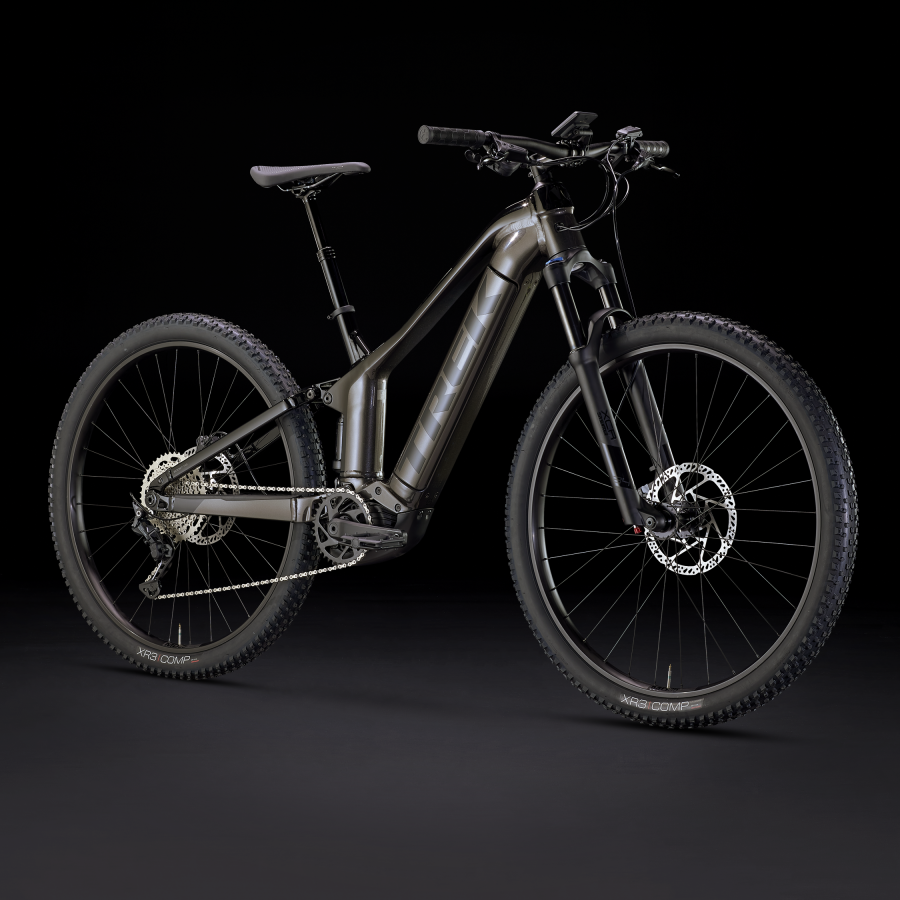
I've always understood e-bikes for city people. Of course, living in New York City, I’d advise any Brooklynite parent to trade in their Volvo or Subaru for a cargo capable e-bike . It’s a car replacement. But after getting on one of these mountain bikes, I was thinking of the all-terrain vehicles you could replace with these. In areas where a gas-powered ATV or side-by-side is strictly forbidden—think national parks or wildlife areas—you could most likely hop on an e-bike and not get into any trouble from park management. I thought about my family in Louisiana full of sportsmen who need to do a lot of scouting before they go hunt. Instead of a pre-dawn hike to a set up a turkey blind or a loud four-wheeler that’s going to scare everything within a half-mile, you could silently pedal out on an e-bike.
When I mentioned this line of thinking to the Trek team, they said they’ve actually got an A-List customer who does exactly that. Country music singer Luke Bryan is a big Trek customer , and he’s worked with the brand on a handful of custom bikes, one of which is a Powerfly like the one above. During hunting season, it does the job of an off-road vehicle almost silently, and the Trek team has joked with Bryan—not unseriously—about getting him a bike that has a full mount for a hunting bow.
But like I said, I never really questioned e-bikes in the city, and if you want to use an e-bike in the city, go ahead. It’ll replace a car for famers market runs, commutes, or picking the kids up from school—no friction. I was just never convinced about the feasibility of an electric bike for any outdoorsy uses. But after trying out a Fuel EXe, I'm all in.
I really think there’s going to be a lot of growth for this specialized category of outdoor e-bikes, and as of now Trek is the brand I see dominating. If you’re already an outdoorsy person—bike-packer, hunter, fisher, or whatever—an electric mountain bike is a tool to help you. If you’re an apprehensive mountain biker, who gets the appeal but isn’t about all the hard work—like myself—an electric mountain bike is going to change your world. The Fuel EXe did for me, at least.

@media(max-width: 73.75rem){.css-1ktbcds:before{margin-right:0.4375rem;color:#FF3A30;content:'_';display:inline-block;}}@media(min-width: 64rem){.css-1ktbcds:before{margin-right:0.5625rem;color:#FF3A30;content:'_';display:inline-block;}} Best Camping Gear
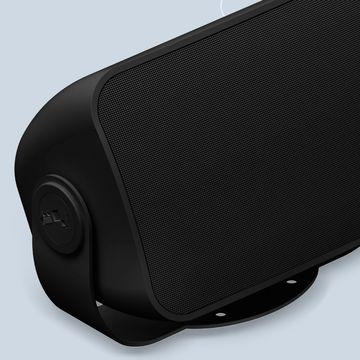
6 Great Ski Goggles For Your Next Weekend Trip
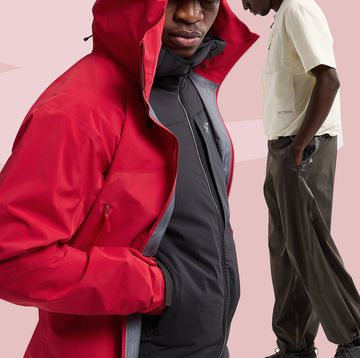
The 18 Best Outdoor Clothing Brands
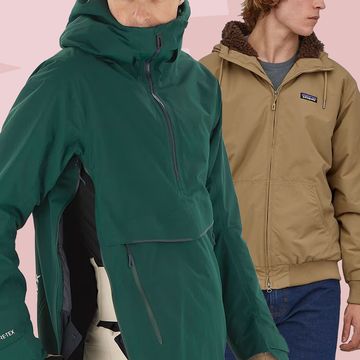
The Best Deals from Backcountry's End of Year Sale
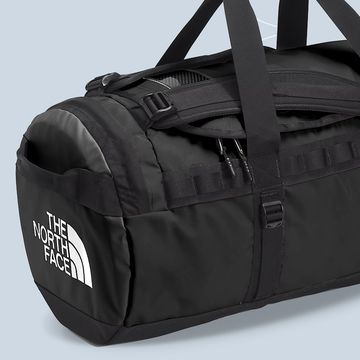
50 Adventurous Gifts for Outdoors People

REI Sells Incredible Adventure Packages

Shop REI's Outlet Sale for Huge Outdoor Savings
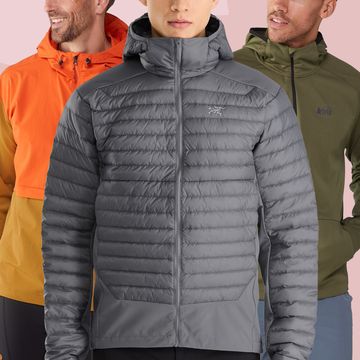
30% Off Arc'teryx and All The Best Deals at REI
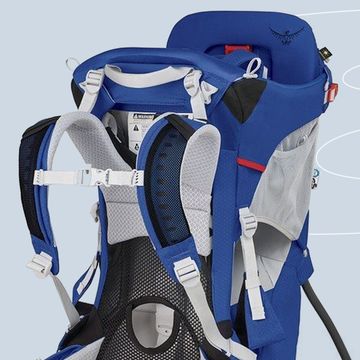
The 7 Best Baby Carriers for Hiking

10 Can’t-Miss, No-Fail Patagonia Must-Haves

The Absolute Best Patagonia Sales to Shop Today

The 12 Best Camping Chairs for Basking in Nature

The best e-mountainbike of 2023 – The biggest group test yet: 30 e-mountainbikes head-to-head

30 hot and trendy e-mountainbikes, 26 brands and 12 motor systems go head-to-head in our biggest e-mountainbike group test yet. Our search for the best e-mountainbike of 2023 held many surprises, providing exciting insights and an unprecedented market overview. We cover everything you need to know about buying an ebike and finding out which is the best e-mountainbike for you.
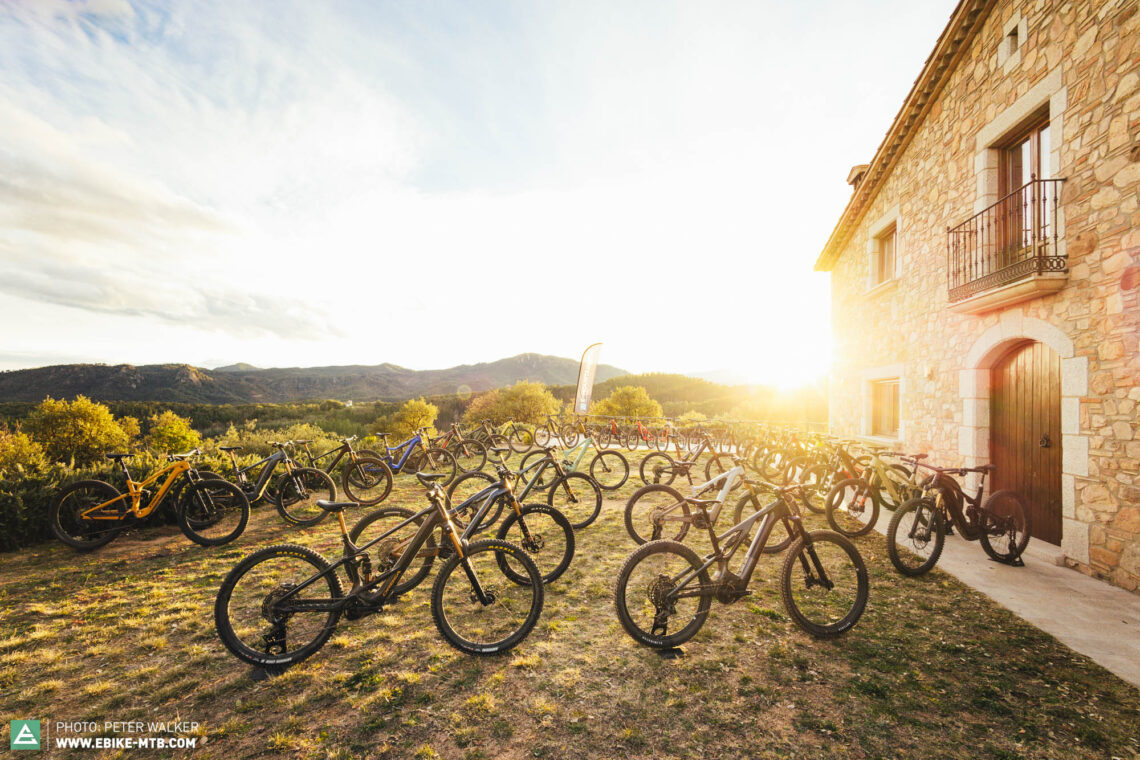
Table of content
What must the best e-mountainbike of 2023 be capable of, what type of e-mountainbiker are you, our expansive e-mountainbike test field: 30 of the most exciting e-mountainbikes on the market, the motor systems of the e-mountainbikes on test, their features, and functions at a glance.
- How and where did we test the e-mountainbikes?
Our e-mountainbike group test in numbers
What should you look for when buying an e-mountainbike.
- Tops and flops from our 2023 e-mountainbike group test
An overview of all e-mountainbikes in our huge 2023 group test
The best emtb of 2023: the orbea wild, our best buy tip: the radon deft, more exciting recommendations.
Have you ever thought about the countless dials and gauges in the cockpit of an aircraft when you last flew away on holiday? The current e-mountainbike market is similarly complex with its sheer mass of products, misleading promises and supposed innovations. Before you know it, you’ll have lost your bearings, and making the right purchase decision is almost impossible – if you make one at all. Finding the right e-mountainbike to suit your needs is more challenging than ever. And nothing is more frustrating than investing your hard-earned money in the wrong bike, which may look good or seem like a bargain but doesn’t meet your own demands and intended use, or simply doesn’t perform reliably.

Long story short: we literally worked our a**** off for months on end to conduct and compile the biggest and most diverse e-mountainbike group test ever. The result is a comprehensive and detailed market overview containing all the most important information, exciting insights and, above all, clear buyer’s advice. As you read these lines, we’re not just toasting on the completion of this huge project – spanning 202 A4 pages – but also celebrating our 10th anniversary as E-MOUNTAINBIKE magazine. And if we’ve learned one thing during these last 10 years, then it’s the fact that data from spec sheets and geometry tables can’t be taken at face value, revealing little about the overall performance and functionality of the bike. Ultimately, it is the cohesive performance of the bike as a whole that really counts out on the trail.
For this group test, we had a clear goal in mind: to create an all-encompassing market overview and comprehensive buyer’s guide, not just to make comparisons of similar models, but also to open the doors to a broad classification. To this end, we had 30 e-mountainbikes with 12 different motor systems compete against each other, once again demonstrating the variety and vast number of combination possibilities offered by today’s eMTB market. Different battery concepts, range extenders, custom software solutions and specially developed apps, accessory integration, myriad geometries and components… we could go on forever. But instead, we’ll focus on the essentials and tell you what to look for when buying an e-mountainbike, what really counts, and how to find the right bike for you.
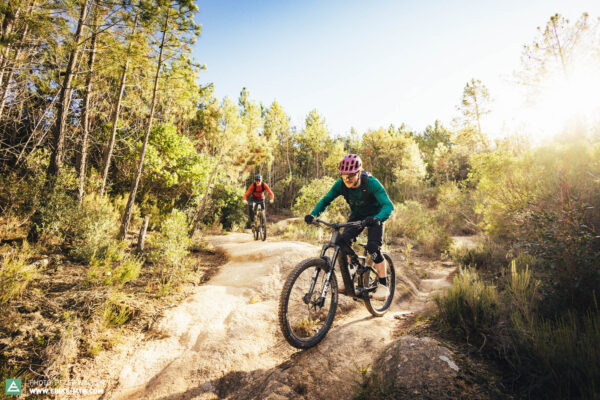
There are many misconceptions, false assumptions, and misunderstandings about what makes a good e-mountainbike. Those who aren’t properly equipped with the right information will shop according to criteria like the best motor, the largest battery, and fall for seductive marketing hype without asking themselves what it is they actually need. In our annual reader survey – which is considered the largest and most representative survey in the e-mountainbike industry – over 12,000 loyal readers answer up to 90 questions, providing us with hard facts and figures about what it is that you really want. Thanks to this data, we don’t just know how, what, and how long you ride, but also what your experiences have been, what you’re interested in, and what makes you tick. This allows us to tailor our test field as well as our test criteria perfectly to your needs. By the way, it just so happens to be time for our 2023 reader survey and we would appreciate your feedback very much! It allows us to continue driving the industry forward and not just know exactly what you want to read, but also ride in the future.
The best e-mountainbike is made up of a combination of good components, geometry, and kinematics, with a suitable motor and software ecosystem. A chain is only as strong as its weakest link – and this also applies to e-mountainbikes. It’s not isolated parameters but the harmonious interaction of all components that matters. Of course, the design, practical accessories, available service network, and detailed solutions also play a key role. Many reviewers will judge a bike based on a short test ride or on spec sheets and geometry tables. But not us, which is why the future of our jobs is secure: AI can’t test bikes and fit them into the overall context – or have you seen ChatGPT ride the trails?

The best e-mountainbike of 2023 can cater to supposedly contradicting use cases and needs, making it the ultimate all-rounder for every type of trail and riding style. It must excel on the trails with intuitive handling, providing a balanced combination of agility and composure, while being a blast to ride. It must perform equally well on epic rides and long climbs, providing sufficient long-distance comfort, efficient yet comfortable suspension, as well as easy-to-modulate yet powerful electronic assistance. The best all-rounder also provides a pleasant user experience with high-quality details. This includes a wide range of software and connectivity solutions, and guided help with the setup or service. Variable battery concepts and the option of configuring the motor output to your needs also provides obvious advantages. Does it sound utopian to combine all this into one bike? It does. Fortunately, however, there are a few e-mountainbikes that can do all this, making them great investments that we wouldn’t hesitate to recommend to our best friends. It also goes without saying that while the best overall e-mountainbike of 2023 is the best choice for the majority of our readers, some of you have very specific requirements, which is why you might be better off with one of the specialists in our test field. Not to worry, though, thanks to our holistic approach and personalised buyer’s guide everyone will find a bike that suits them and their requirements in this group test.
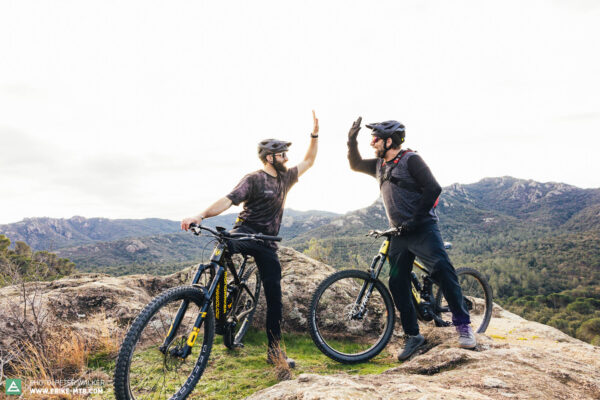
Before we dive into this group test in Turbo mode, it’s important to know what you need and demand. If you need help with that, you should check out our interactive buyer’s guide . By answering a few simple questions, it will help you make the right decision, providing you with specific bike recommendations along with a selection of other articles that you might find interesting and helpful.
As part of our mega group test, we had 30 current e-mountainbikes from 26 different brands compete head-to-head in a direct comparison. The test field includes as many as 12 different motor systems, some of which provide double the torque compared to other candidates – at least on paper ;). We’ve got everything from 40 to 95 Nm, packaged in vastly different concepts. But don’t fall for the trap of being blinded by the figures. There are enormous differences between how the power is delivered, in which situations, and whether all the power can be transferred to the trail! The differences in battery capacity are just as big, ranging from just 250 Wh to a whopping 800 Wh. However, more capacity doesn’t automatically mean more range. As with EVs, different motors consume electricity at different rates and their respective efficiency must also be considered, which in turn depends on the rider, their riding style, and cadence. Among the 30 e-mountainbikes, we also included 9 of the latest generation Light-eMTBs to shake up the field. This also explains the massive weight difference of over 11 kg between the heaviest and lightest bike on test. The lightest ones tip the scales at just 16 kg, but whether they perform well on the trail is a different matter.
The brands aren’t shy about charging for the rapid pace of e-mountainbike development with the most expensive bike on the test costing a staggering € 15,999. That’s easily the same as a new compact car. Therefore, it’s all the more important to know whether you’re investing your money in the right place. But don’t worry, the test field includes a wide price range, starting at € 6,699. The best part is that certain bikes are on par with more expensive models in terms of riding fun and performance, though some cost twice as much. However, if you find the prices are still too high, don’t stop reading, because most findings and tips are universally applicable and we’re already back on the trails, conducting our budget eMTB group test, which will be coming soon.
Isolated specs and figures say little about the character and stand-out traits of an e-mountainbike. As such, we’ll give you a brief introduction to every bike in this group test along with the table above, providing a rough overview of our test field. Let’s start with a classic among e-mountainbikes: The Specialized Turbo Levo Expert is undoubtedly one of the most popular e-mountainbikes on the market, pioneering integration and holistic development since the first generation was introduced in 2015. This hasn’t changed with the latest generation, which was launched in 2021. Specialized consider the bike as whole, not just developing a frame, but also their own motor and software to go with it, which offers clear advantages in their interaction. That said, the competition doesn’t sleep. The young and still relatively unknown boutique brand Forestal have a similarly holistic approach to development. If you haven’t heard of the Andorran brand, you’ll know what’s up the moment you catch a glimpse of the futuristic looking Forestal Siryon Diōde at the latest. The Light-eMTB relies on a custom BAFANG EonDrive motor and in-house software. On top of that, they’ve integrated a touch display – yes, you read that right – into the top tube. Is this what the future of e-mountainbikes looks like?
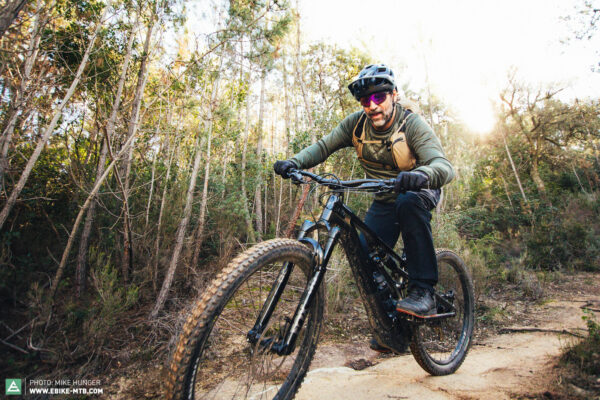
The test field includes numerous e-mountainbikes featuring exclusive or unique motor systems. GIANT also rely on their own GIANT SyncDrive Pro 2 motor for the Trance X Advanced E+ LTD , which is based on the Yamaha PW-X3 and combined with an 800 Wh battery – the largest in the test field. Moreover, GIANT resort to the electronic FOX Live Valve suspension, but does it offer any advantages on an e-mountainbike? Without a doubt, the Berria Mako Hybrid GT LTD is one of the underdogs on test. The golden e-mountainbike of the Spanish brand is the only contestant to rely on the exotic Polini E-P3+ MX motor, producing a hefty 90 Nm of torque and paired with a large display in the top tube. But does the overall concept work and can it transfer all that power to the trail? Only the Panasonic GX Ultimate motor in the FLYER Uproc X 9.50 can put out even more torque with a peak of 95 Nm. In addition, it relies on the so-called FIT system, which offers countless connectivity features. Off to a good start for a good test result?
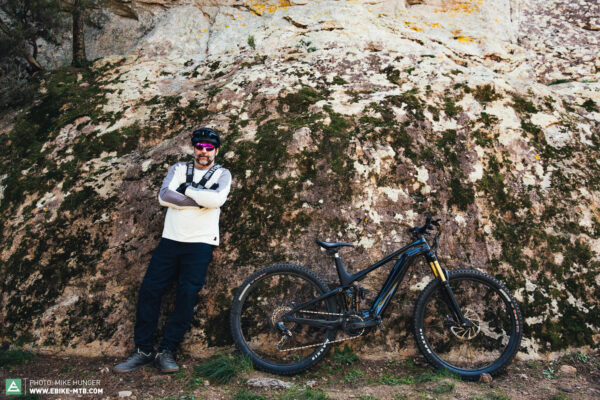
Most of the e-mountainbikes on test hedge their bets on the proven Bosch Smart System. Bosch don’t just offer one of the world’s best service networks, but they’ve recently also started offering bike companies different combinations of displays, remotes, and batteries. The Orbea WILD M-LTD takes full advantage of this, not just allowing you to customise the componentry spec in Orbea’s MyO configurator, but also letting you choose between two battery sizes. We opted for the smaller 625 Wh version. In addition, the WILD relies on the limited edition CX Race motor, which predominantly offers advantages on technical climbs due to the way it’s tuned. The KTM Macina Prowler Exonic – which is KTMs big hitting e-mountainbike – and the Mondraker Crafty Carbon XR LTD also rely on the more powerful Race motor. Check out the individual reviews to find what advantages this offers, if any, and whether it allows them to pull away from the competition.
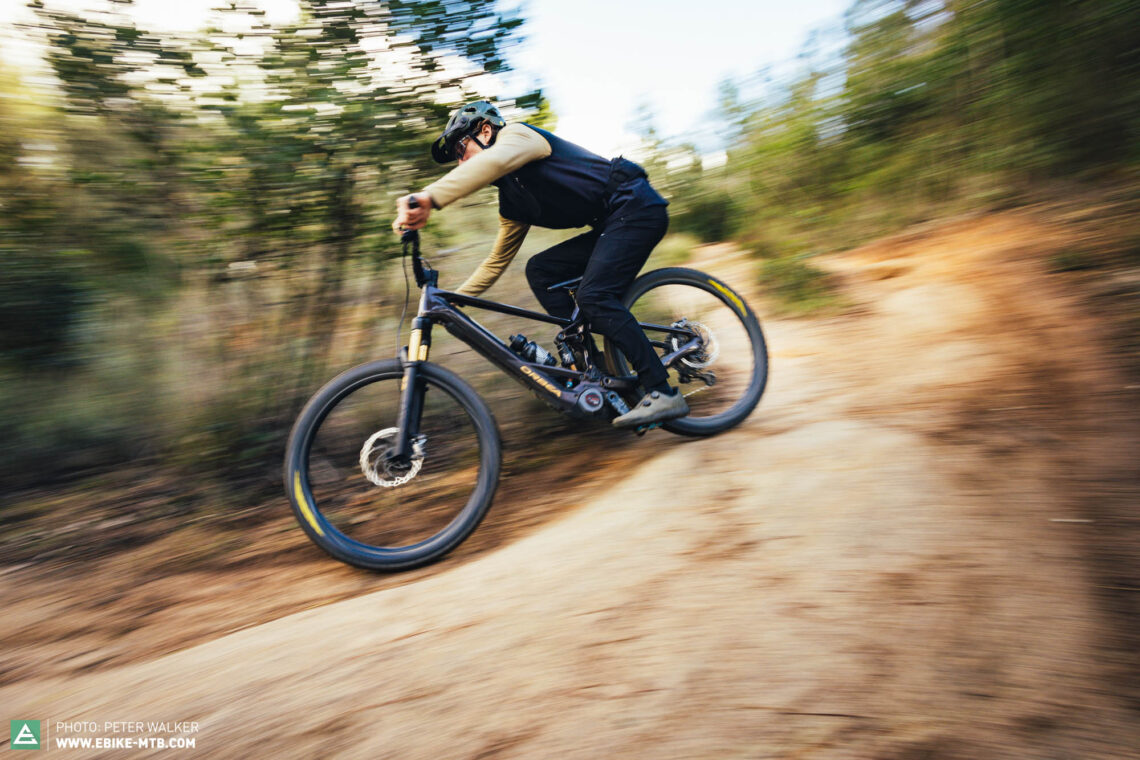
While the Moustache Samedi 29 Game 11 relies on the proven Bosch system, the company developed their own shock, promising magical levels of grip and a ride like a flying carpet. The RADON DEFT 10.0 doesn’t claim to be a flying carpet, but it can come right to your front door, nonetheless. At just € 6,799, the direct-to-consumer brand offer a well-specced package that surprised us all in the group test. The UNNO Mith Race will let you stand out from the crowd with its extravagant look. However, it doesn’t just look like a designer piece, the integration of the Bosch system is equally refined. Thanks to the large swingarm and asymmetrical design, the Ibis Oso features an equally striking and unique look. It also comes with practical features such as an integrated light. The Cannondale Moterra Neo Carbon LT1 combines the best of both worlds, specced with a coil shock as well as practical accessories such as lights. The two newly introduced FOCUS siblings, the FOCUS SAM² 6.9 and the FOCUS JAM² 6.9 , also took part in the group test. Besides many similarities such as the removable batteries and integration, they’re targeted at very different use cases due to their geometries and spec. However, being overweight seems to run in the family as they’re both on the heavier end of the spectrum, weighing in at 27.1 and 26 kg respectively. Does that matter?
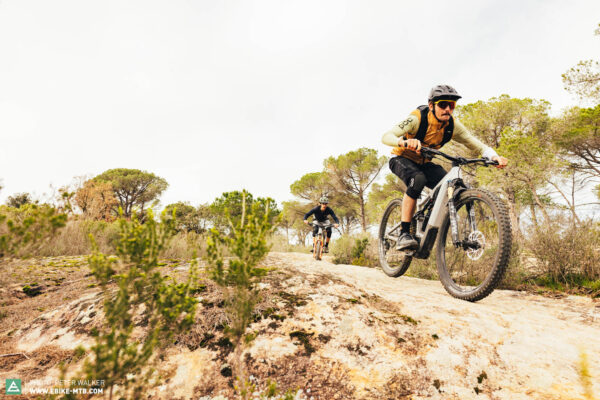
The two FOCUS representatives have brought light reinforcement, because the German bike brand can fall back on a new Light-eMTB in their portfolio. The slender FOCUS JAM² SL 9.9 weighs 19.3 kg and produces 60 Nm of torque via its FAZUA Ride 60 motor. FOCUS entered the Light-eMTB segment many years ago and are considered pioneers in this field. We found out whether this has resulted in a mature product. The ebike pioneers Haibike also rely on the FAZUA drive system for their new Haibike LYKE CF SE . The popular brand aim to take on the competition with the bike’s sporty look and innovative approach to the integration of the motor. Will they succeed? American brand Pivot have also chosen to integrate the FAZUA system into their Pivot Shuttle SL Pro X01 . In doing so, they weren’t just early to the party, theirs was the first Light-eMTB available on the market with this motor. For our group test, we chose the model configured for trail performance instead of the top-end version. As usual, it relies on the firm DW-Link rear suspension and high-end components.
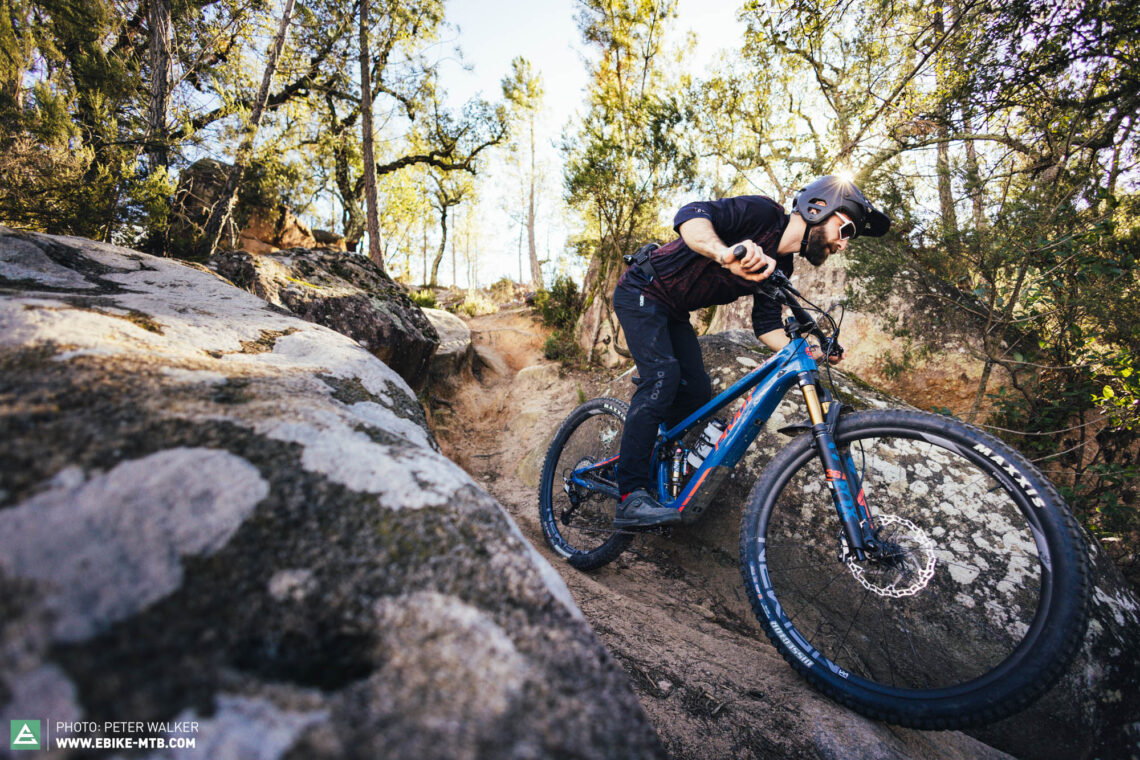
The Thömus Lightrider E Ultimate isn’t just specced with the weakest motor on test at 40 Nm, but also the smallest battery with a capacity of 250 Wh. But it lives up to its name with a weight of just 16.1 kg, and there’s no denying its cross-country genes. For obvious reasons, the prize for integration goes to the SCOTT Lumen eRIDE 900 SL . It doesn’t break the scales with its featherweight 16 kg, but its € 15,999 price point might just break the bank. This makes it both the lightest and most expensive bike on test, relying on the inconspicuous TQ HPR 50 motor. As the name suggests, the SIMPLON Rapcon Pmax TQ features the same system, but it’s packed into a long travel frame with a focus on the descents. Its analogue sibling has already shown what the platform is capable of, having been crowned the best enduro bike of 2022 by our sister magazine ENDURO. The Trek Fuel EXe 9.9 XX1 AXS also relies on the 50 Nm TQ system, but the EXe is less gravity-oriented than the SIMPLON. The US mega-brand were the exclusive launch partner of the TQ HPR 50 motor, and they were significantly involved in its development. In doing so, Trek have garnered some advantages that the competition has no access to. Does that make it better? As you can see, very different concepts rely on the same motor system. This raises an interesting question: does the motor suit all concepts equally well?
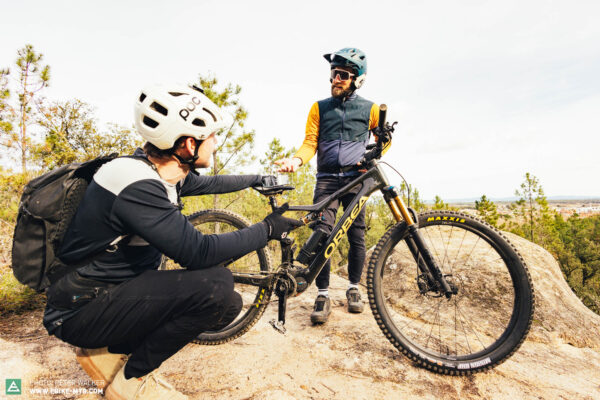
The Orbea Rise M-Team is considered a bridge between the Light- and full-power e-mountainbikes because it has a conventional Shimano EP801 motor that’s been throttled from 85 Nm to 60 Nm, as indicated by the RS suffix. In addition, the Rise has a large 540 Wh internal battery, which you can increase to a whopping 792 Wh with the optional range extender. This is the second largest battery capacity in the entire test field, and that’s in combination with a more economical motor compared to the standard EP8!
All other Shimano powered bikes in the group test come with the standard EP8 model, but Shimano leave it up to the respective brands to decide which battery they want to use, which allows them to take very different approaches. The Pivot Shuttle LT Team XTR subscribes to the “more travel, more battery and more fun” school of thought. With a generous 756 Wh, it has the largest internal battery of the Shimano driven bikes, promising a long range. The ROTWILD R.X735 ULTRA has a slightly smaller yet still big 720 Wh battery, and thanks to their convenient removal system, you can swap it out in the blink of an eye. Does that make it the trail king?
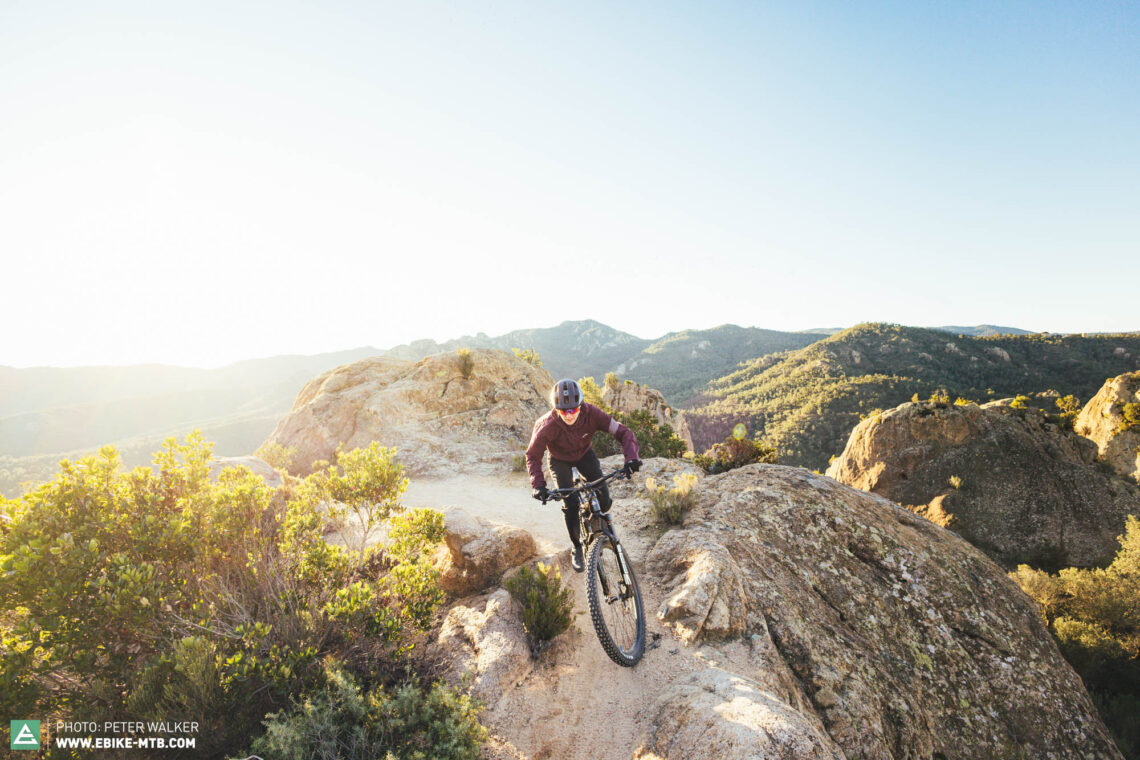
The Santa Cruz Heckler MX X01 AXS RSV features the usual high-quality workmanship, look, and VPP rear end. It promises to be more agile on the trail thanks to the smaller 27.5″ rear wheel. But does it have what it takes to be an all-rounder? The Transition Repeater AXS Carbon and the Yeti 160E T1 are the first e-mountainbikes of the two American brands. Both bikes are designed to perform on the trail and are specced accordingly. Nevertheless, the Yeti was crowned the best all-rounder in last year’s group test. Can it build on that success and defend its title, or will it be toppled from the throne this year? The MERIDA eONE-SIXTY 975 comes factory fitted with a headlight and other practical accessories. Its build spec is very promising and it’s fairly priced, too, so it’s no wonder that it’s already secured several titles in previous group tests. The final opponent to roll into our group test is the BULLS SONIC EVO EN-SL 1 . At € 6,699, it’s the most affordable bike on test, pairing the new EP801 motor with an automatic Shimano XT Di2 drivetrain. We put the setup to the test to find out whether it provides any advantages over conventional shifting.
When buying an e-mountainbike, you don’t just decide on a bike, i.e. the frame, but also on a motor ecosystem and software, which has a significant influence on the performance and handling of your bike. Nevertheless, the drive unit can only be as good as the bike it’s in, and how well it suits your specific requirements. Do you want the battery to be permanently integrated or removable, should it be as big as possible, or would you rather a smaller capacity with the option of an external range extender? Besides that, there are numerous aspects that go far beyond the hardware of the motor, with many systems now providing a vast array of options. These include customisable or progressive support modes, additional features such as digital immobilisers with an alarm, GPS tracking, range-based navigation, assistance that’s linked to your heart rate, or gamified ride data that tracks things like airtime. There are countless options available, and they will continue to grow, so it’s good to have an overview and be aware of what you want from your bike. While newly introduced technologies are state-of-the-art, they often suffer from teething issues. Large established brands usually have a reliable and well-established service network, so you can easily get help when you’ve got trouble with your motor, but they often take fewer risks during development than smaller or more agile players might do. Fortunately, software updates can be used to expand the range of functions or remedy bugs in retrospect, even when the bike’s been in your possession for a long time.

The products offered by large, established brands are usually aimed at the masses, so they don’t necessarily meet your individual requirements. The same applies to custom solutions such as the touch display in the Forestal or the charging port integrations on the Specialized. Practical and individual solutions such as these are usually reserved for bike companies that are involved in the development of the motor instead of sourcing closed systems with technical limitations. However, custom solutions can cause durability issues or lead to difficulty in procuring spare parts. Manufacturers of bikes, components and motors must work hand in hand to offer a complete package. Due to the wide range of systems that are now available on the market, this aspect has improved greatly, increasingly allowing brands to tailor bikes to your individual needs. Nevertheless, the development of an ebike is vastly more complex than that of its analogue counterpart. The large selection of components and rapidly developing industry only serve to complicate matters even more.
That’s why it’s vital to not just consider an e-mountainbikes performance and functionality on the trail, but also its secondary aspects.
Note: with such rapid development, the market is constantly being flooded with new software updates and accessories such as range extenders. Much of it solves problems or extends the field of application. However, as we’ve seen in the past, this can also create new problems. So, we wrote this article for you based on current information as it stands in March 2023.
Below, you will find an overview of all the motor systems featured in this group test.
Smart System and CX Race – The 2023 Bosch Performance Line CX motor system
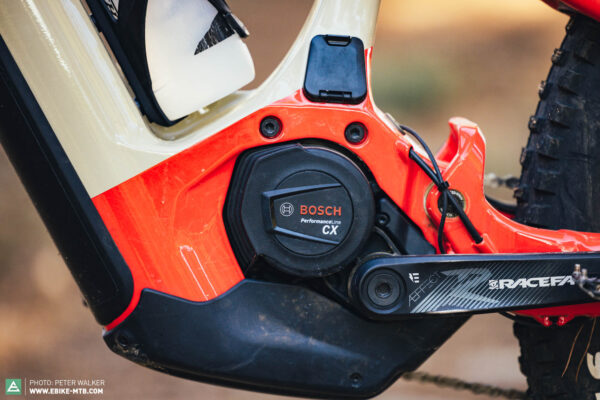
The Bosch Performance Line CX system is the top dog among the motors in our group test, featured in 10 of the 30 bikes on test. All of them rely on the Smart System, introduced in 2021, which lends the proven Performance Line CX motor a smarter infrastructure and provides a basis for upcoming features and developments. While the motor has remained largely the same, apart from a few minor hardware adjustments, the ecosystem consisting of the remotes and displays has been completely revised and the old wiring harness also gave way to a new, optimised version. Unfortunately, the Smart System upgrade isn’t backwards compatible with your old Bosch motor, though it’s become standard on new bikes.
The motor still produces 85 Nm of torque with a maximum assistance of 340% in TURBO mode. But beware: some of the bikes on test rely on the CX Race motor. It’s the twin brother of the Performance Line CX motor, just with a gym membership. Thanks to adapted software, the CX Race motor provides assistance of up to 400% with the same 85 Nm of torque. But nothing on the hardware has changed, except for slightly optimised internals.
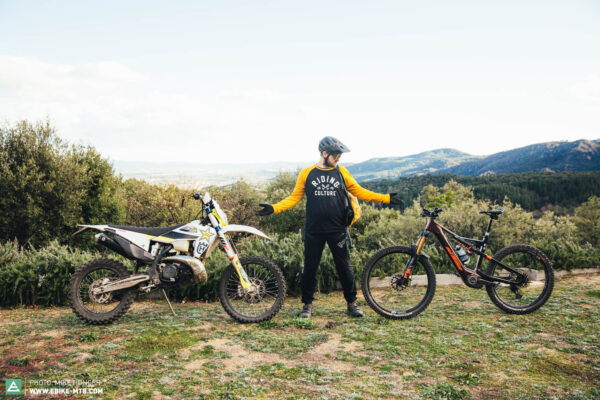
Bosch give manufacturers the option to combine their motor with the new Bosch PowerTube battery with capacities of 750 Wh, 625 Wh or 500 Wh. All the Bosch powered bikes in our group test come with the largest battery – except the Orbea, which you’re free to configure as you please. We opted to go with a 625 Wh battery on our Orbea Wild test bike. Depending on the bike, some of the batteries are more or less easy to remove while others are permanently integrated. At 4.38 Kg, the 750 Wh PowerTube battery is one of the heaviest on test, and pushes up the system’s overall weight despite the rather light 2.79 kg motor.
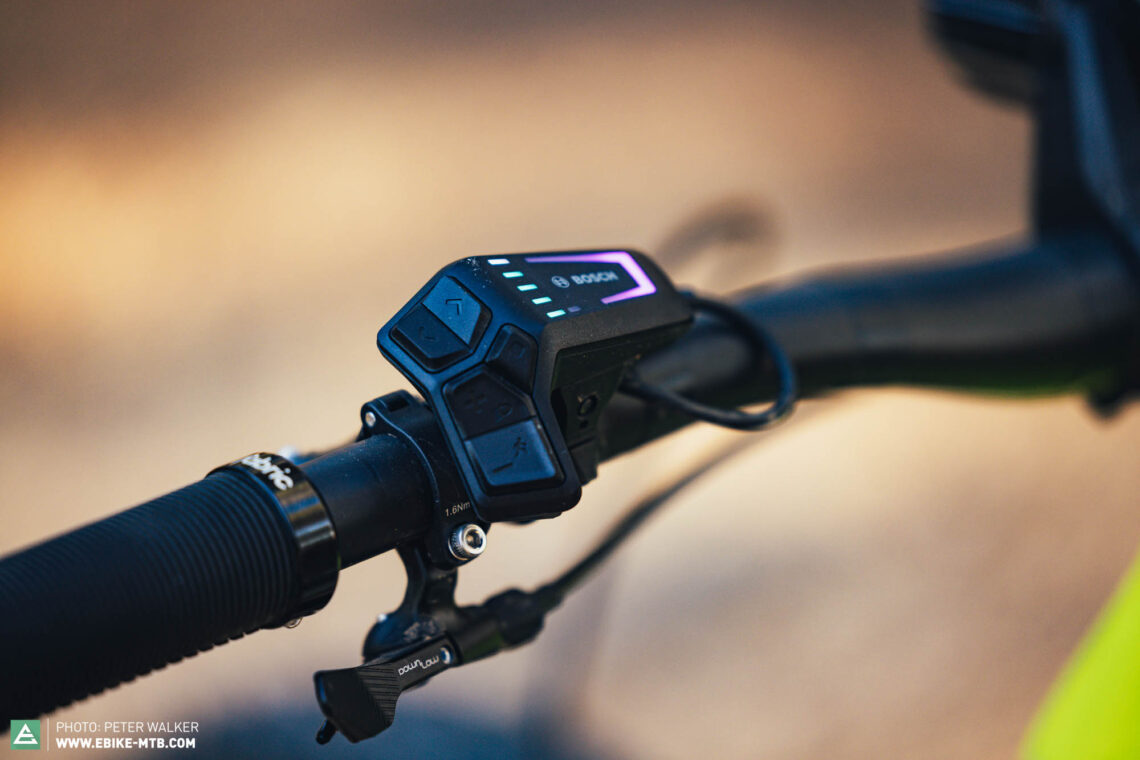
The Smart System gives bike companies access to new accessories and combination options. Starting with the Bosch LED remote on the left-hand side of the handlebar. It’s quite large and exposed, and it indicates the battery level in comparatively fine 10% increments by means of classy looking illuminated bars. The colour around the Bosch logo indicates the selected support level. The buttons all offer pleasant haptics, but they could be a little bigger or further apart, because it’s easy to push the wrong button while riding.
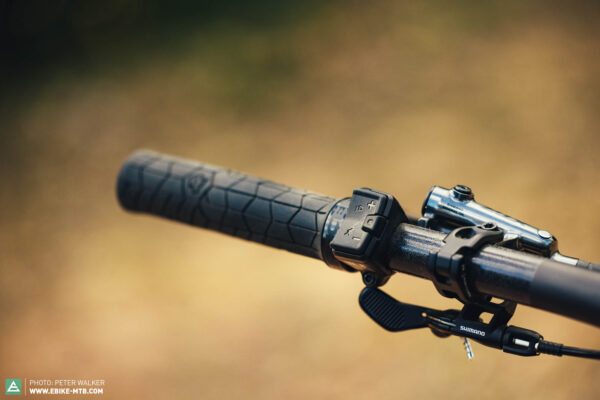
For brands who opt against the feature-rich LED remote, Bosch offer the System Controller and Mini Remote combination. The Bosch System Controller is an LED display that integrates into the top tube, indicating the battery and support level via illuminated bars and a colourful, illuminated ring, similar to the LED remote. The Mini Remote provides a cleaner cockpit, with functionality limited to the minimum. Thanks to the few large buttons, you can reliably hit the right button, even as you’re ploughing through a rock garden shortly before a punchy climb.
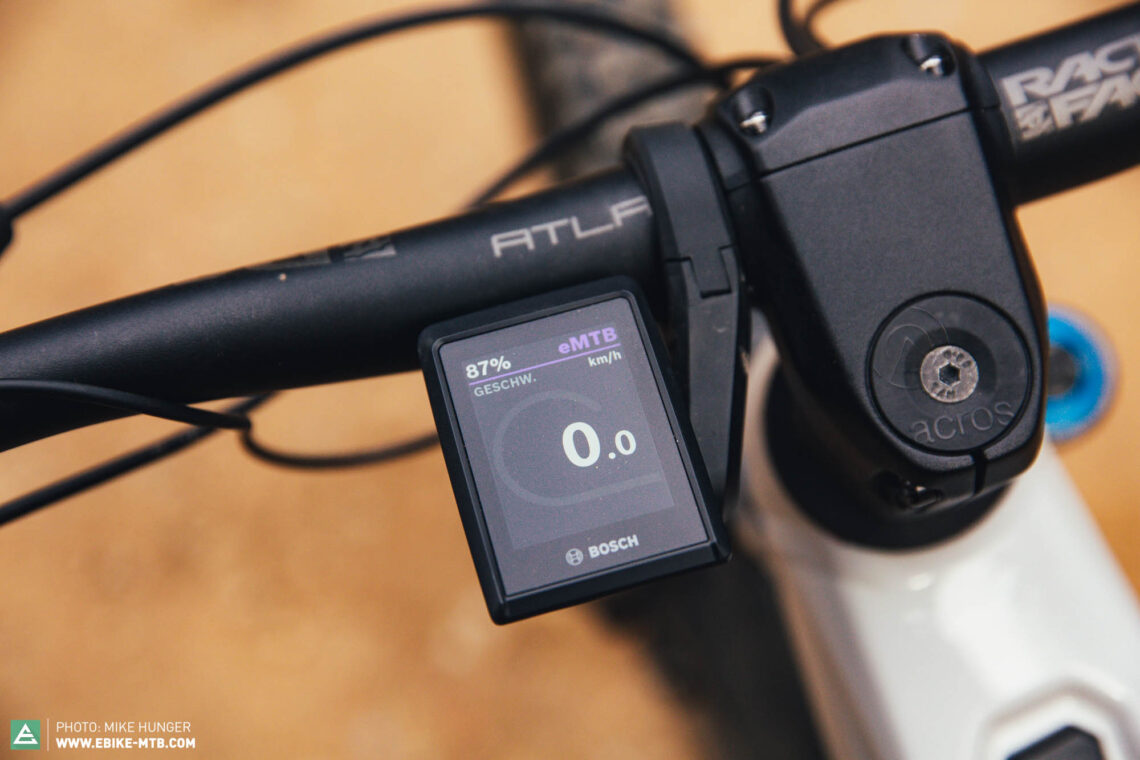
Bosch also have a fitting solution for riders who don’t want to limit communication with their bike to a few LEDs. The high-quality Kiox 300 display can be mounted in different positions next to the stem, and is controlled via one of the two remotes. The new menu navigation is user friendly, and the display is easy to read while riding. There are some additional functions, too, such as navigation or location tracking by means of the Bosch ConnectModule in the motor. However, the only bike on test with the ConnectModule is the KTM Macina Prowler Exonic. Moreover, using it requires a paid subscription. On the other hand, all Bosch Smart System bikes have the eBike Lock function as standard, which allows you to lock all motor functions temporarily via the eBike Flow app as an anti-theft measure.

The Bosch eBike Flow app also provides a good overview of all functions and is intuitive to operate. In addition to a wealth of information about the system, it lets you tune the support modes according to your own preferences. If you want to use the app, you must first create an account, after which connecting it with the bike is easy to do. It gets a little trickier if several users want to access the same bike via the app. Once the bike has been registered with one account, it can no longer be accessed by another account.

Depending on the bike, you’ve got access to different support modes on the trail. With the TOUR and eMTB modes, Bosch have two dynamic modes that adapt the support to match the riding situation on the trail. The TOUR+ mode is the more efficient variant and is great for maximising your range, or as a less aggressive alternative to the eMTB mode for light riders. As you might have guessed, the CX Race variant also has a RACE mode. In general, the Bosch motor is one of the best, most efficient, and most powerful on test despite putting out “just” 85 Nm on paper. Thanks to its smooth characteristics and wide cadence range, it provides a shuttle-like feeling on the climbs and leaves the Shimano EP-8 behind despite also being rated at 85 Nm. The Panasonic, Specialized, and Polini motors can all keep up with the CX motor, but they can’t compete with its big, even more powerful CX Race sibling. On the other hand, Bosch are yet to address the annoying metallic knocking noise that the motor produces. This only occurs when the motor isn’t providing any assistance and the chain isn’t pulling on the chainring – during big compressions or when the chain is bouncing around through a rock garden, for example. While this doesn’t detract from its performance, it can get on your nerves in the long run, especially on rough trails.
The Polini E-P3+ MX motor system
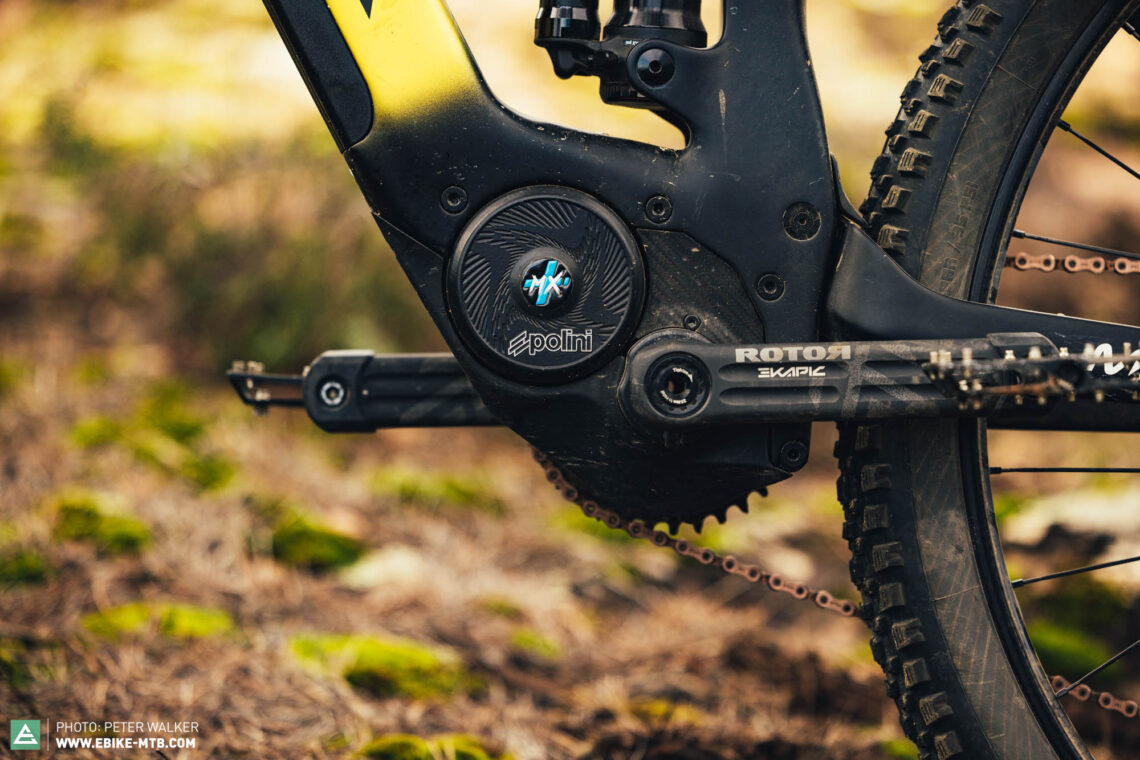
The Polini E-P3+ MX system is an exotic powerhouse. In our test field, the Italian motor features in the no less exotic Berria Mako Hybrid GT, and the list of bikes that Polini supply with their system reads like a guide on the exotic plants of Borneo. With a torque output of 90 Nm, the Italian motor is one of the most powerful in the test field, capable of matching your own input by up to 400%. And all that from a motor that weighs just 2.9 kg. For those who don’t need that much power, Polini offer the 75 Nm E-P3+ motor.
For the Mako Hybrid GT on test, Berria combine the Polini motor with a custom 720 Wh Portapower battery. Polini also have two batteries of their own, one with a capacity of 550 Wh and the other with 880 Wh. Nevertheless, the Italian brand leave it to the bike companies to choose where they want to source their batteries. The integrated Portapower battery in the Berria is secured with a lock and can be easily removed. If you don’t find the battery capacity to be sufficient, you can combine it with Polini’s 252 Wh range extender, which mounts onto the bottle cage bosses. Together with the integrated 720 Wh battery, this gives you a total of 972 Wh! Unfortunately, the range extender wasn’t available for our review.

Despite its impressive power output, the Polini E-P3+ MX doesn’t make a big show of it on the Berria Mako Hybrid GT. The motor is relatively compact and the down tube housing the battery is rather slender for a full-power ebike. Berria decided to do their own thing with the large Polini colour display, integrating it into the top tube instead of attaching it to the handlebar. Although this looks nice at first glance, it’s a little rough around the edges with the two exposed screws and uneven gaps. The display isn’t quite as large as the touch display on the Forestal, though it’s much larger than the mastermind display in the Specialized Levo. Polini tried to take full advantage of the display size and squeezed in as much information as possible. However, displaying the support level, battery level, distance covered, speed, and motor map each with dynamic bars on one screen is slightly too much of a good thing.

Besides this information overload, the menu navigation isn’t the most intuitive. It doesn’t help that Polini offer 3 predefined support modes as well as two customisable modes, each of which are divided into 5 sub-modes – it will leave you scratching your head! In total, that’s 25 support modes to choose from. The custom modes can be tuned in Polini’s E-Bike app, via which you can also access the display information on your smartphone or retrieve all kinds of data about your rides and the motor. To scroll through the different support modes on the bike, you will have to get accustomed to the very peculiar remote, which makes do with just two buttons. On our Berria test bike, it’s mounted between the grip and the dropper remote, pointing downwards. To reach the button on the back, you’ve got to take your index finger from the front brake (rear brake in the UK). This results in unwanted thrills on the trail and even on forest service roads when shifting modes. Even if the remote is mounted pointing upwards, you’ve got the same problem. In general, the operation of the system isn’t exactly user-friendly with its two buttons. To switch between certain menu items, you must push both buttons simultaneously, which requires accurate timing. It’s a good thing that Polini also offer a remote with four buttons.
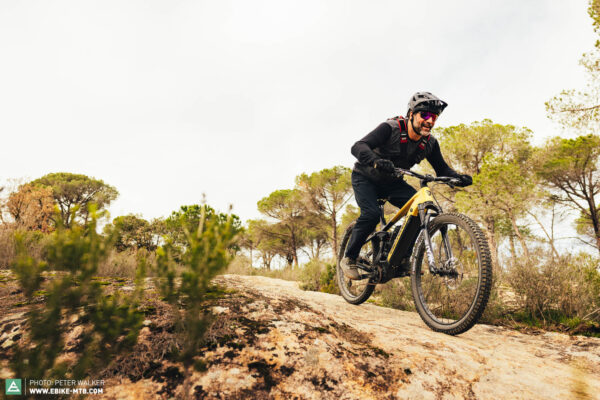
Riding the bike, the Polini E-P3+ MX motor is a little unpredictable, changing character depending on the support mode. In Touring mode, the motor is very restrained, unleashing its power very predictably and gently. In race mode, the motor flexes its muscles and turns from sensitive to schoolyard bully. It’s very harsh and direct as it kicks in, giving it an unnatural ride feel. The power output is relatively independent of your cadence, always providing plenty of assistance. We were also struck by how loud it is in the higher support modes.
The Panasonic GX Ultimate motor system
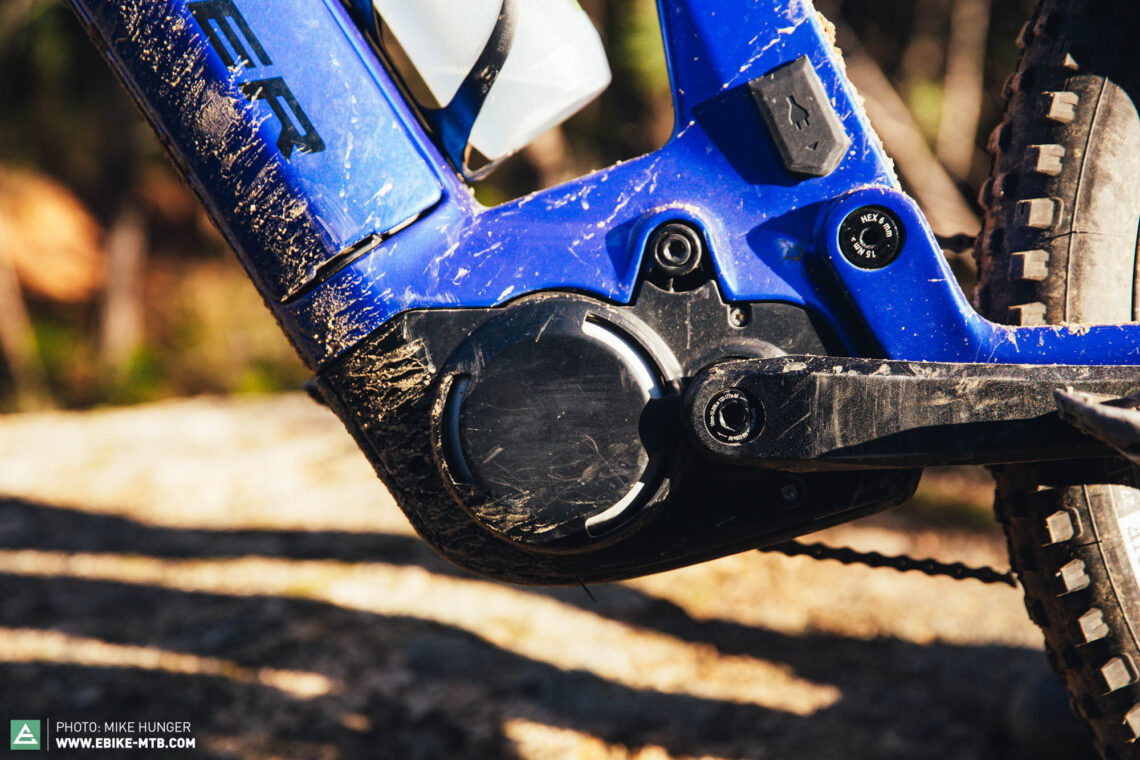
The Panasonic GX Ultimate is the bodybuilder amongst the motors in the test field – it’s the undisputed powerhouse of the bunch, with a peak torque output of 95 nm. It only comes specced on the FLYER Uproc X in our test field. Despite its power, the Panasonic motor doesn’t stand out from the crowd of full-power motors in terms of weight, tipping the scales at a mere 2.95 kg. In the FLYER Uproc X, it’s paired with a 750 Wh battery. Panasonic deliberately allow bike companies to use batteries from third-party suppliers.

On our test bike, the Panasonic GX Ultimate motor is controlled via components from the ebike systems suppliers FIT. Compared to most other remotes in the test field, the FIT Basic Remote on the handlebar is rather chunky and the small joystick requires some getting used to. The first time you use it, you could get a little fright from the unusual vibration feedback it provides. You can switch it off, though it certainly doesn’t leave you guessing whether you’ve pushed the button. Alternatively, Panasonic also offer in-house remotes. The Panasonic Side Colour Display Remote has a small display integrated into the remote, as the name suggests. However, this makes it slightly bigger than the not-exactly-dainty FIT Basic Remote. The display on the FLYER is also supplied by FIT and mounted in front of the stem where it’s very exposed. It has a ton of functions and display options, including some more unique features like an inclinometer and an ice warning. In combination with the FIT E-Bike Control app, the display can be adjusted according to your preferences, and even has a navigation function.

When riding the bike, the Panasonic GX Ultimate motor offers four levels of support. In addition to three classic modes, it also has a dynamic Auto mode, which claims to adjust the assistance according to the riding situation. In the highest support mode, the motor provides a good deal of support. Its power output doesn’t decrease significantly at a low cadence, giving you that shuttle feeling on forest road climbs. Due to the sustained assistance, you can easily let it push you over ledges or other obstacles in technical terrain, but it also means you’ve got to brake hard when stopping in a hurry. The Auto mode feels somewhat abrupt and unnatural on level terrain, but it comes into its own on uphill trails. Here, it offers even more precise and sensitive assistance than the highest mode, making it easier to harness its power.
The GIANT SyncDrive Pro 2 motor system
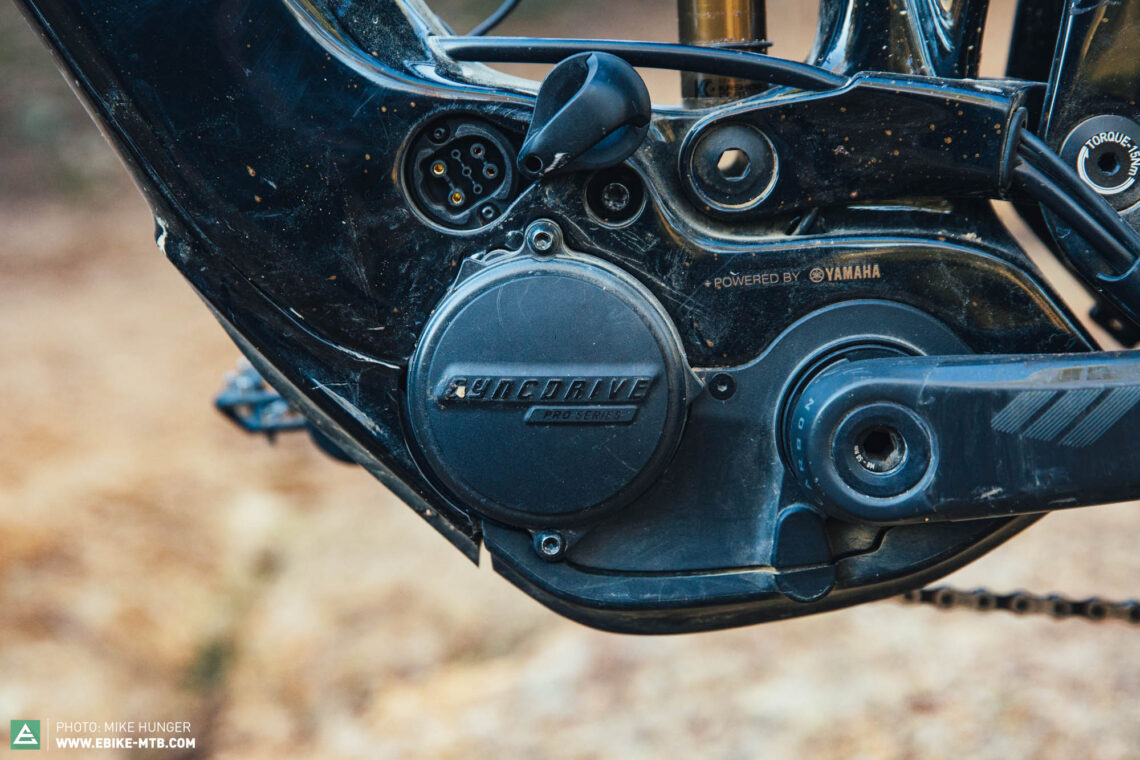
As the name suggests, the Giant SyncDrive Pro 2 motor is exclusive to GIANT and represented by a single bike in the test field, the Giant Trance X Advanced E+ Ltd. Based on the Yamaha PW-X3 motor, the GIANT drive unit delivers 85 Nm of torque with up to 400% support. The 2.75 kg motor is combined with a massive 800 Wh battery – the biggest in our test. If that still isn’t enough for you, there’s the option of a 250 Wh range extender. It mounts to the bottle cage bosses and pushes the total battery capacity to an incredible 1,050 Wh! With an internal battery capacity of 800 Wh, however, we could skip the range extender for the purposes of our review.
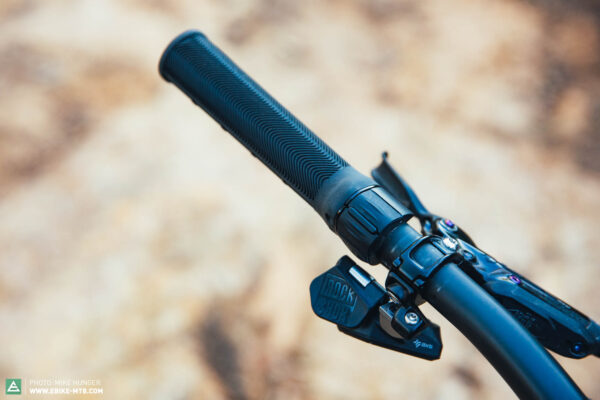
The interface between man and machine is taken care of by the Giant RideControl GO control unit in the top tube, paired with the minimalist RideControl Ergo 3 remote on the handlebar. The control unit isn’t a display as such, indicating the support mode as well as the battery level via 5 illuminated bars. GIANT refrain from installing an additional display on the handlebar. The inconspicuous remote sits flush against the left grip, where it’s within easy reach of your thumb. In general, the operation of the Giant SyncDrivePro2 system is quite straightforward. You’ve got three buttons to shift through the 5 support modes from Eco to Power or activate the progressive Smart Assist mode. Due to the minimalist display in the top tube, you don’t get much information, but it also saves you from having to navigate a maze of menus – the pared down functions of the remote are entirely sufficient. Those who want a little more information can access it via GIANT’s Ride Control app. The app also lets you assign the functions of the remote buttons.

On the bike, you immediately get a sense of the Giant SyncDrive Pro 2 motor’s power. While it feels significantly more powerful than the Shimano EP8, it can’t quite match the punch of the Bosch CX. It kicks in very directly in Power mode. This allows you to get back going after coming to a stop on a steep incline, but you’ve got to brace yourself in anticipation of the motor pushing you forward. In general, the drive unit doesn’t hold back and could be described as more of a ruffian amongst motors. The dynamic Smart Assist mode is significantly more hesitant, holding back longer than the comparable eMTB mode from Bosch. As a result, the Giant motor is clearly slower than Bosch powered bikes when using their dynamic modes to pull away at traffic lights, easily leaving you behind. The automatic mode also lacked the necessary grunt for technical climbs, in which case we preferred using Power mode.
The Specialized 2.2 motor system
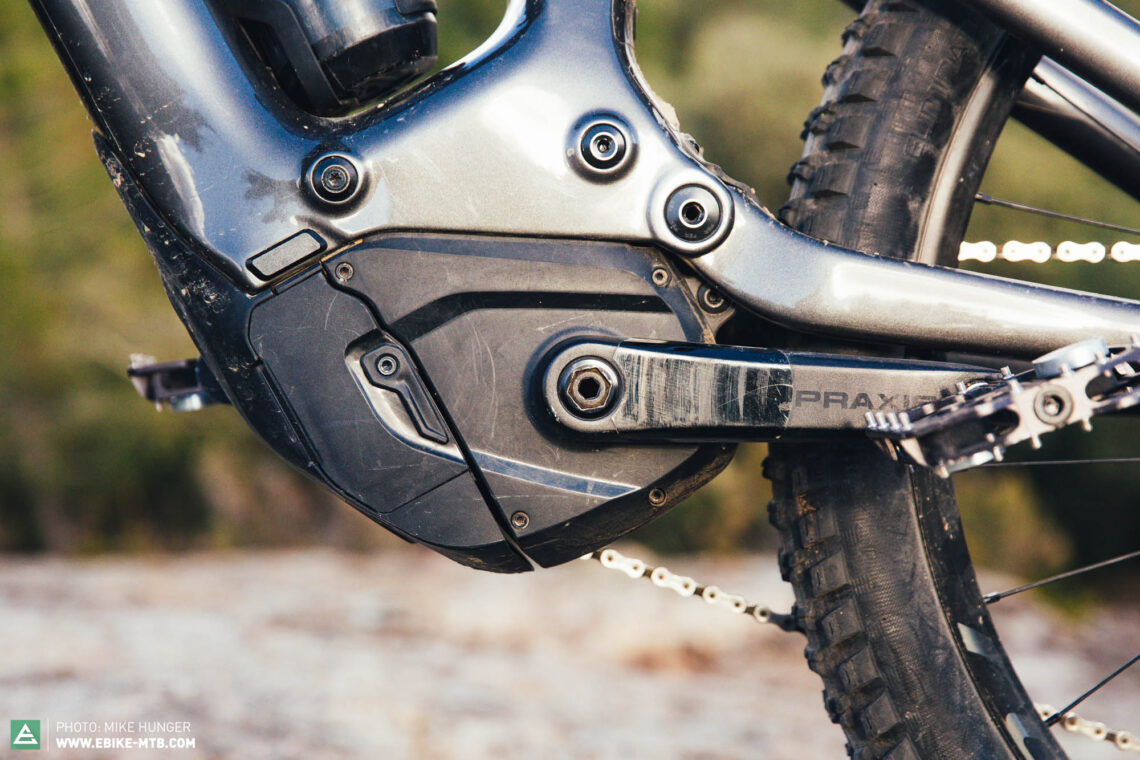
The Specialized 2.2 system was developed in collaboration with mechatronics specialists Brose, based on the Brose Drive Mag S motor. Compared to most other brands, Specialized have acquired in-depth motor expertise over the years and want full control over the drive system. They pursue a holistic approach, developing as much as possible in house to ensure the best possible interaction of components, a better user experience, and minimal dependence on the motor manufacturers and their development pace or cycles. The Californian company go to great lengths to achieve this, employing a team of around 70 people in Cham, Switzerland, dedicated to their ebike department! Numerous reviews have shown that their efforts pay off, and the Specialized Levo is amongst the lead pack with its 2.2 motor system this year once again, but more on that later. After two years on the market, the system is now considered one of the old-timers of the test, which is particularly noticeable when looking at the proportions of the hardware – especially the area around the bottom bracket, which is relatively bulky. With a torque output of 90 Nm, the motor of the Californian brand is amongst the more powerful on test, trumped only by the 95 Nm Panasonic GX Ultimate. All that power is produced by a unit weighing 2.98 kg. With a capacity of 700 Wh, the removable battery is neither particularly large nor small. To remove it, you must loosen just one screw with the SWAT tool, which is conveniently integrated into the head tube, and you can pull the battery out of the down tube.
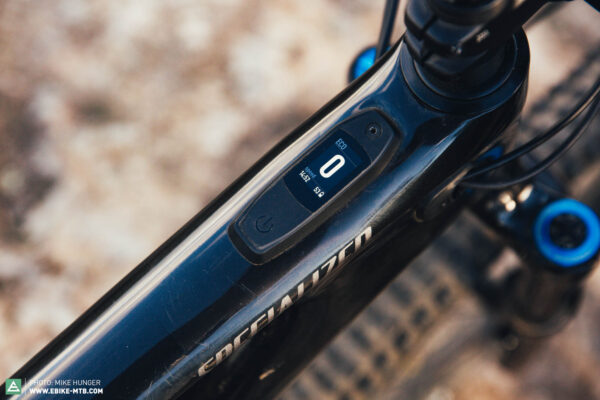
Specialized offer an entire ecosystem around the 2.2 motor, providing harmonious integration. The bike’s brain is integrated into the top tube and goes by the name of Mastermind. Specialized were one of the first manufacturers to integrate a display into the top tube, pioneering a whole range of bikes that have now followed suit. The small and slender colour display gives you all the relevant information you need on a ride, as well as a few fun gimmicks like your current elevation, GPS data, or the number of jumps and airtime generated – rather than big stories about your latest heroics, you get the bare facts! The Specialized Mission Control app also lets you customise the layout and data fields of the Mastermind display to suit your own preferences. Furthermore, you’re able to configure the support, maximum power and acceleration of Eco, Trail, and Turbo mode via the app. You can link the Mastermind up to a heart rate monitor or an additional bicycle computer, too. Doing so would allow you to use the Smart Control function, for example, which adjusts the support level based on your heart rate. The app is very clearly structured and using it doesn’t require a degree in computer science. The remote with which you control the system while riding is quite minimalistic, but it has all the functions you need on the trail. It is easy to use with the left thumb and provides good haptic feedback.

As already mentioned, you’ve got three support modes to choose from on the trail: Eco, Trail, and Turbo – all of which you can customise in the app. The Micro Adjust function is super practical, frequently used, and easy to activate, allowing you to fine tune the support in 10% increments. It’s great for saving battery, or keeping your effort at the perfect, sustainable level. On the way to the trailhead, the Specialized 2.2 system feels like an integrated shuttle service with its 90 Nm torque output. The motor is just as powerful as the Bosch CX Race, though a little less punchy. The support doesn’t kick in too brusquely and the power is easy to modulate. It isn’t bothered by fluctuating pedalling cadences and the generous sustained assistance, i.e. the assistance offered after you stop pedalling, is a fantastic help in getting cleanly over ledges and obstacles. This makes easy work of technical climbs. It’s positively inconspicuous on the descents, too, remaining absolutely quiet!
The maxon BIKEDRIVE AIR motor system
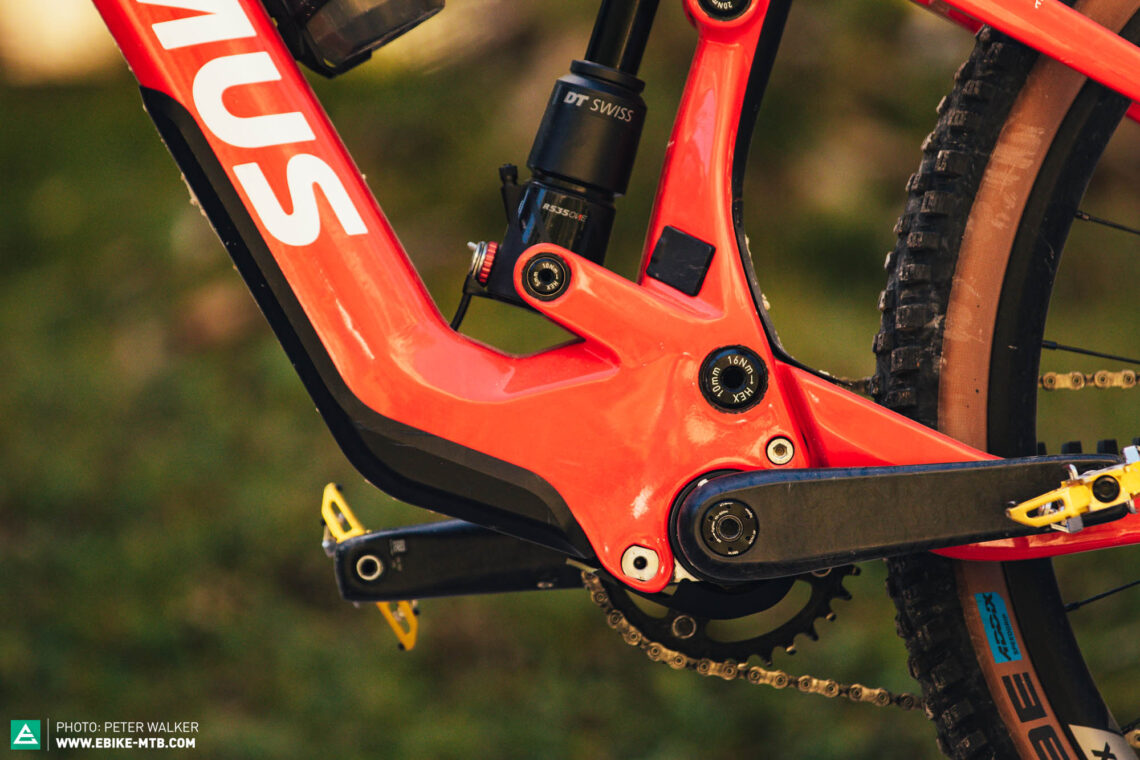
The BIKEDRIVE AIR motor system is maxon’s debut to the ebike market. Before the Swiss brand started supplying bike brands with motors, they helped Mars rovers cruise along on the red planet. In our group test back on planet earth, the maxon system can only be found in the Thömus Lightrider E Ultimate Light-eMTB. The relatively light 1.9 kg motor is generally still a rarity, featuring on just a handful of bikes. With a torque output of merely 40 Nm, it’s the weakest motor in the test field. The battery is permanently integrated into the down tube. Depending on your personal preference or requirements, you have the choice between a battery capacity of 250, 360 or 426 Wh. The Thömus Lightrider E Ultimate on test had a 250 Wh battery installed, for which maxon indicate 3.5 hours for a full charge. It can be paired with a 250 Wh range extender, which weighs 1.4 kg and can be mounted in the supplied maxon bottle cage. Unfortunately, it wasn’t available for our test.
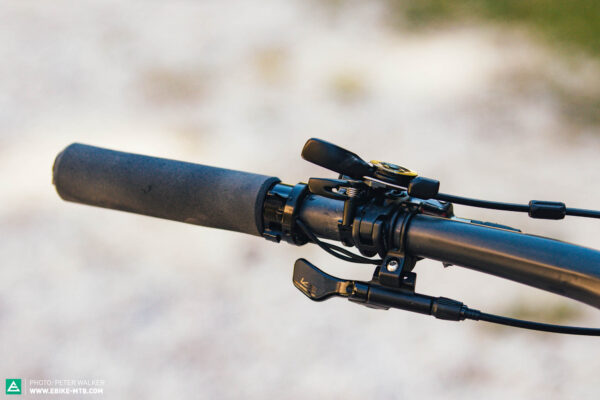
The slender battery and compact, lightweight motor allow the system to be integrated relatively inconspicuously. The only thing giving the Lightrider E Ultimate away as an e-mountainbike is the hockey stick silhouette of its downtube. The motor is controlled via a minimalistic aluminium remote that matches the system’s overall look and feel well. It’s beautifully finished and one of the most inconspicuous remotes in the test field. Like the FAZUA Ring Control remote, it’s a ring-shaped control that can be pushed up and down. It’s intuitive to use and fulfils its purpose. The control unit integrated into the top tube, on the other hand, is slightly more striking than the remote. It indicates both the battery level and support mode via illuminated bars, using 8 increments for the battery. It’s not quite as refined as the TQ display, though not as rudimentary as the FAZUA LED HUB either. The control unit also provides an interface for most common bicycle computers and the maxon Connect app via Bluetooth and ANT+ LEV connectivity. This allows you to have information such as the battery level displayed on your bike computer while riding, or customise the three support modes to suit your preferences in the app.
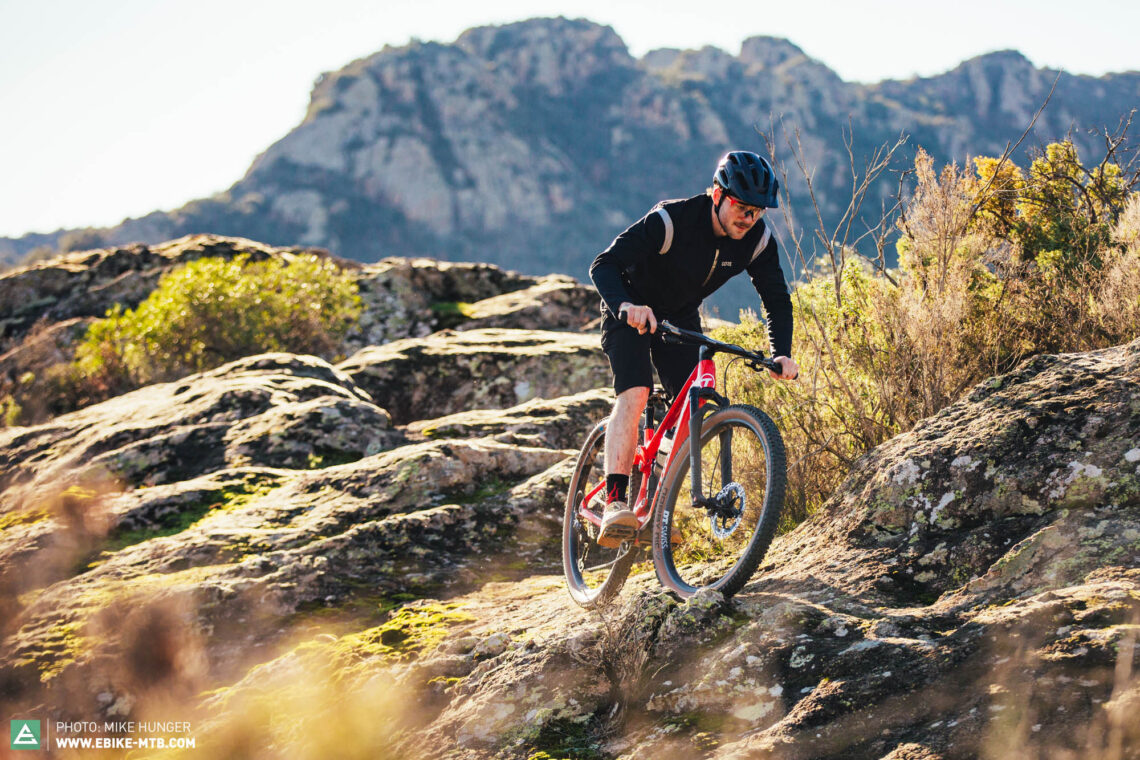
On the bike, you’ve got three support modes to choose from: Cruise, Push, and Blast. They all offer a very natural ride feel and you can quickly forget that you’re even riding an ebike. The motor engages instantaneously as you apply pressure to the pedals, avoiding any unnatural feeling delays. Moreover, the maxon BIKEDRIVE AIR system is virtually silent – all you can hear are cowbells ringing in the distance and the crunch of your tires. Compared to the Eco mode on a full-power e-mountainbike, Blast (maxon’s highest mode) is more like a sparkler than a full-blown firework. Nevertheless, you’ll be surprised at how much assistance the motor provides on steep climbs, especially if you’ve briefly forgotten about it, which is apt to happen. That said, it’s noticeably weaker than the competition from TQ or FAZUA. Don’t think you’ll make the summit without breaking a sweat with the maxon motor – it’s more of a tailwind on steep climbs. As such, it’s really aimed at fit and active riders, not at leisurely weekend warriors with a phobia of sweat.
The TQ HPR 50 system
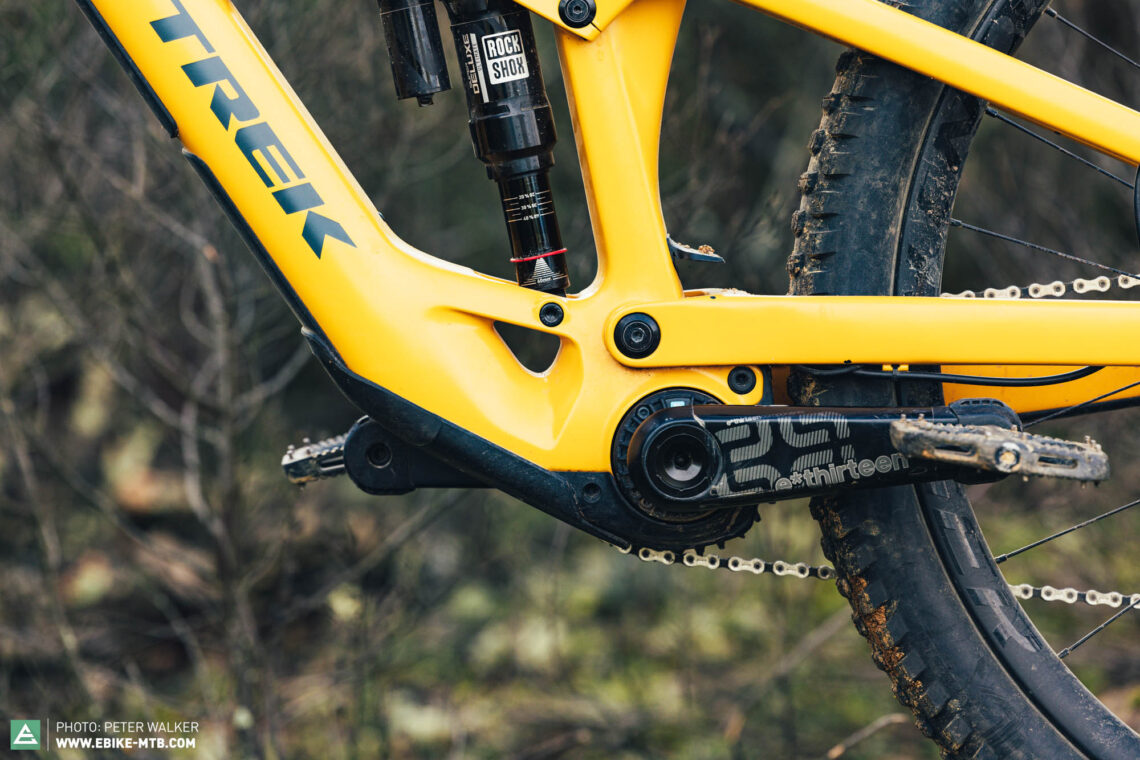
The TQ HPR 50 is the Bavarian tech company’s first minimal assist motor, though not their first ebike motor, and it relies on their patented harmonic pin-ring technology. It was developed in collaboration with Trek, which gave the bike brand the exclusive right to the motor for 3 months before other manufacturers such as SCOTT and SIMPLON were given the green light. At first glance, it seems like Trek use the same display as the competition, but they developed their own software and app. All HPR 50 motors are capable of putting out 50 Nm of torque with a 300-watt peak, and they’re exclusively compatible with the 360 Wh TQ battery. In the case of Trek, the battery can be removed, whereas all other brands have chosen to keep the 1800 g battery firmly integrated in the frame. Due to the compact design of the battery, bike designers can keep the downtube slender too. As a result, bikes such as the SIMPLON and Trek are difficult to distinguish from their analogue siblings, easily boasting the most discreetly integrated mid-mounted systems on test with the motor equally well hidden in the bottom bracket. If you want more range, you can stick the optional 160 Wh range extender in the bottle cage, upping the total battery capacity to 520 Wh.
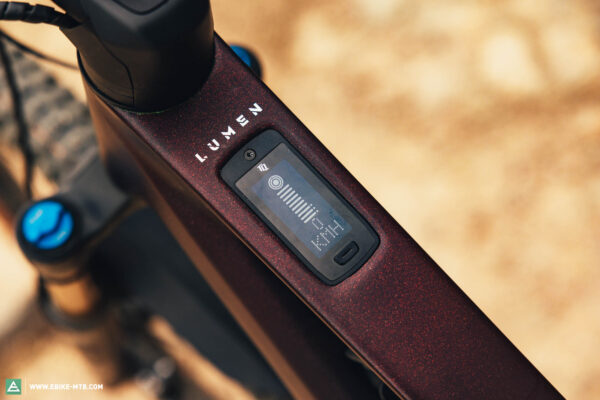
The 2″ TQ display is designed to be integrated into the top tube where it is inconspicuous but clearly visible. It uses monochrome dots and rings to indicate the chosen support mode, which isn’t the most intuitive at first. The battery status is displayed via 10 small bars, each representing 10% charge. By double clicking on the button below the display, you can scroll through various data points, or switch the system on/off. You have the following data points to choose from:
- current speed in km/h
- battery level in percen
- remaining range in the current support mode
- current power output of the rider and motor in watts
The system can be controlled via a small remote, which is always attached to the left side of the handlebar. It is very unobtrusive and intuitive to use, with just two buttons. It will let you choose the support mode, activate walk mode, or turn off the assistance altogether. The remote has a pleasant feel and ergonomics due to its rubberised coating, and it provides clear feedback thanks to a distinct click. You can also adjust the motor settings and access more data via the TQ app.

Trek, on the other hand, have integrated these functions into their own app, which, above the regular scope of TQ functions, gives suggestions for the suspension setup, lets you connect to third-party sensors like the TyreWiz via Bluetooth, and has a map-based range calculator. All in one – cool! The display of the Trek is a bit more intuitive, too, showing you the support levels with 3 large bars and the battery level in %. Alternatively, you can switch the view to see your average speed and remaining range, with the range displayed in minutes or kilometres.
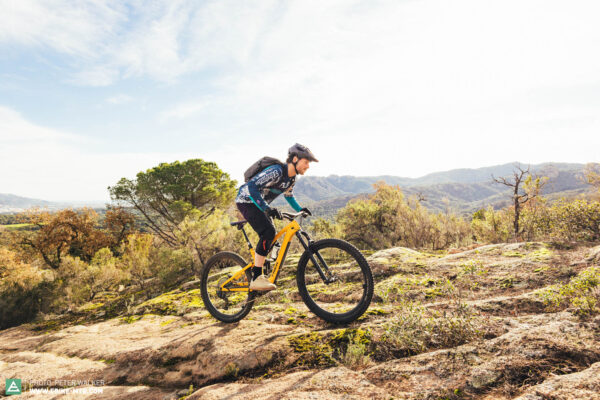
You have three support levels to choose from on the trail: ECO, MID and HIGH, and there’s a Walk mode too. The HPR 50 motor is by far the quietest and most natural feeling in the test field. Due to its slightly lower power output and the inconspicuous way it engages and disengages, it feels more like you’re extremely fit rather than being assisted by an electric motor. It’s only when the support is switched off that you become aware of how much help the motor has been. To unleash its full power, the motor requires a relatively high cadence, making it more likely that you’ll break into a sweat, but it suits the motor’s character. This makes it better suited to gravel road climbs than technical singletrack ascents, taking the burden out of the uphills when you ride while still keeping you fit. Compared to the rest of the test field, technical climbs require much more physical effort and conscious gear selection to maintain the required cadence for optimal power delivery. If you’re looking for something that will push you up the mountain without putting in any effort yourself, you won’t like the TQ. However, if you like sweating at least a little on the uphills and want a quiet and natural feeling bike, this might just be the perfect companion. Unfortunately, the display became defective during the test, though it’s super easy for anyone to replace once you can track down a spare.
The FAZUA Ride 60 system
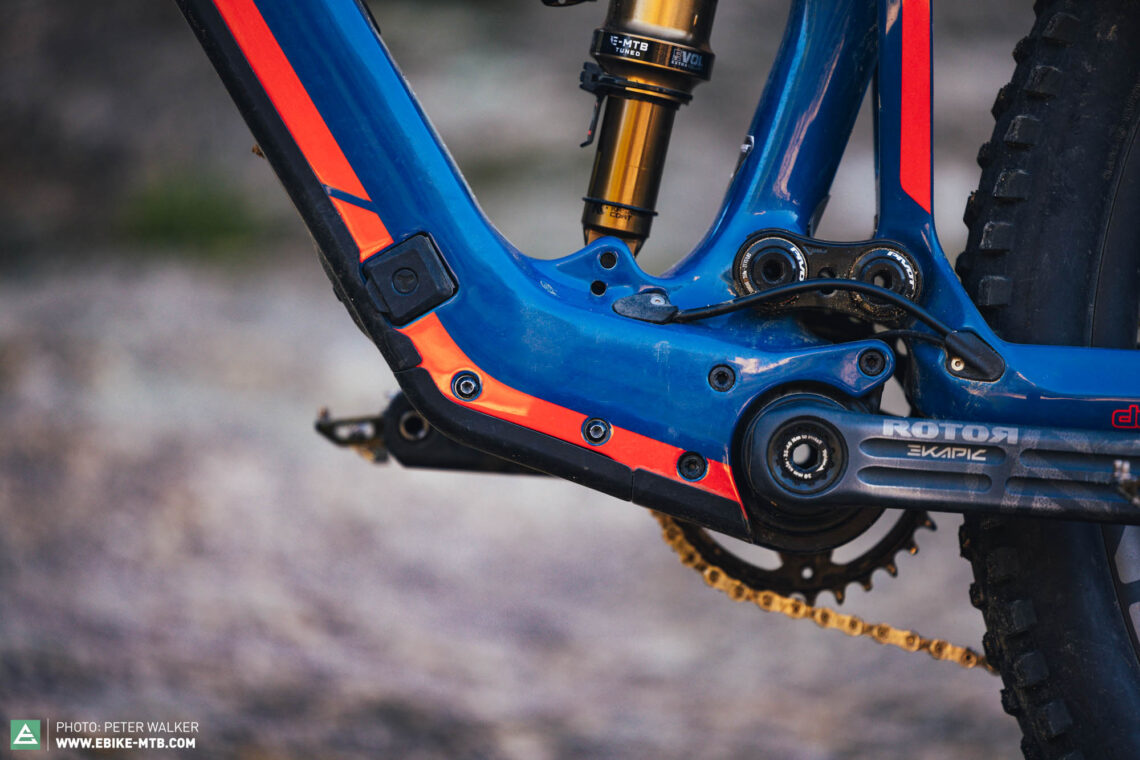
The FAZUA ride 60 motor system is the second minimal assist option to come from the Munich-based company, which was recently acquired by Porsche. While the first generation from 2017 consisted of a single unit made up of the battery and motor, which you could remove from the bike, FAZUA parted ways with that design for the latest iteration, increasing the power output while they were at it. As the name suggests, the new Ride 60 delivers 60 Nm of torque, with a peak output of up to 450 watts. FAZUA also supply their own battery, which can either be permanently integrated or removable. It weighs in at 1960 grams and has a capacity of 430 Wh. While FAZUA have announced a range extender, it wasn’t yet available at the time of the test. Due to the elongated shape of the motor and the fairly wide battery, the down tubes of many of the FAZUA powered bikes on test are shaped like a hockey stick, quickly betraying them as ebikes. Haibike are the only brand that tilt the motor horizontally into the seat tube, allowing for neater integration, though this method also comes with certain compromises.

Like most brands, FAZUA integrate their LED HUB display into the top tube where it’s clearly visible. It indicates the support mode and the battery level via 5 small LEDs. As such, the battery level is divided into 5 large 20% increments, and the different colours of the support modes are difficult to read in direct sunlight. By pulling up the LED HUB you get access to a USB-C charging port.
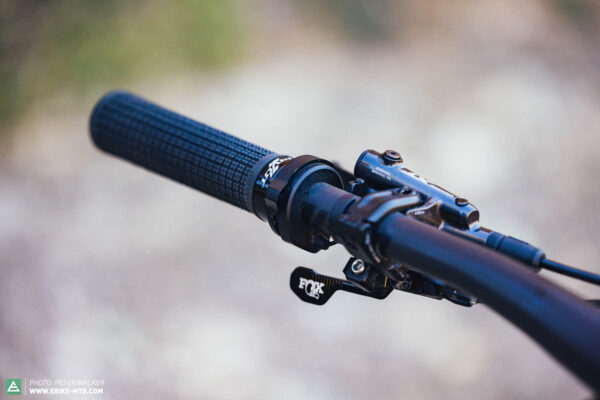
On the left side of the handlebar, you’ll find FAZUA’s Ring Control remote. Unfortunately, it’s unlabelled, and due to the cheap feel and looks, it isn’t on par with the competition. The different functions can be controlled by pressing up, down, or inwards, towards the stem. This lets you control the support modes and activate the Walk or Boost mode.
To no-one’s surprise, FAZUA also have an app with which you can configure the support modes. They’ve tried to optimise the user experience: after an extensive questionnaire, the app will recommend the ideal support mode settings, tailored specifically to the rider. This is great for ebike beginners and all those who don’t want to waste their time by playing with the settings! If you don’t trust computers or don’t always ride in the same kind of terrain, you can also configure the support modes yourself and save them as pre-sets. You could save them as “the early bird gets the dirt”, “fetch beer” or “power hour”, for example, and call them up as needed.
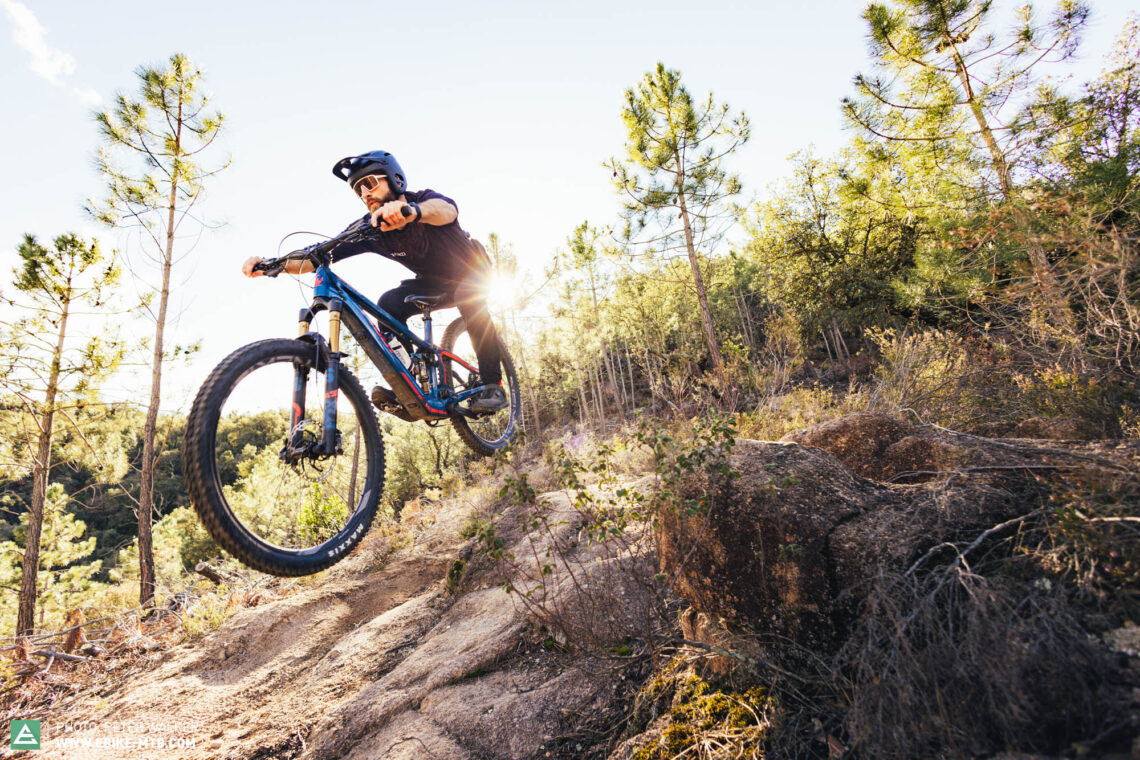
For trail riding, FAZUA have already taken the creative liberty of naming the three pre-configured support modes: Breeze, River, and Rocket. They’ve also got an afterburner, officially called Boost mode, providing a brief power surge when needed. However, it takes a moment to kick in, and the duration depends on the battery status and the temperature of the motor. In ideal conditions, you’ll get up to 12 seconds of additional thrust to pass your buddies. The motor assists noticeably in Rocket mode, pushing you forward even at low cadence. The FAZUA motor is powerful enough to let you conquer technical climbs, but the Ride 60 system has a software-related issue that needs sorting out, restarting after every time you stop pedalling. So, if you stop pedalling on a climb, you’ll have a brief moment of sustained assistance before coming to a stop, or you’ll be pedalling on your own for about 1-2 seconds thereafter as it restarts. This can quickly throw you off balance in tricky terrain and is very annoying to say the least! If you find this to be a problem, you can use the app to make the motor more dynamic, which makes it kick in rather abruptly but seems to shorten the dip in power. FAZUA are already working on a solution and promise to release a software update that fixes this as soon as possible. The motor is perfectly quiet on the descents, but it is audible when pedalling, similar to the noise level of Shimano EP8 motor. Only the BAFANG motor in the Forestal is louder. The character of the FAZUA Ride 60 is much closer to a full-power system and can make easy work of the climbs. Active riders also get their money’s worth, as long as they don’t spend too much time on technical climbs, in which case the above-mentioned software bug can get frustrating. Besides that issue, we encountered several instances during our tests where the FAZUA bikes didn’t switch on. If that happens, it helps to shake the bike, recharge the battery, unplug it, or wait… Unfortunately, one of the bikes remained defective. We hope that FAZUA will get to grips with these problems soon and issue a software update to fix things. As it stands (March 2023), purchasing a FAZUA powered ebike is a gamble.
The Shimano EP8 system
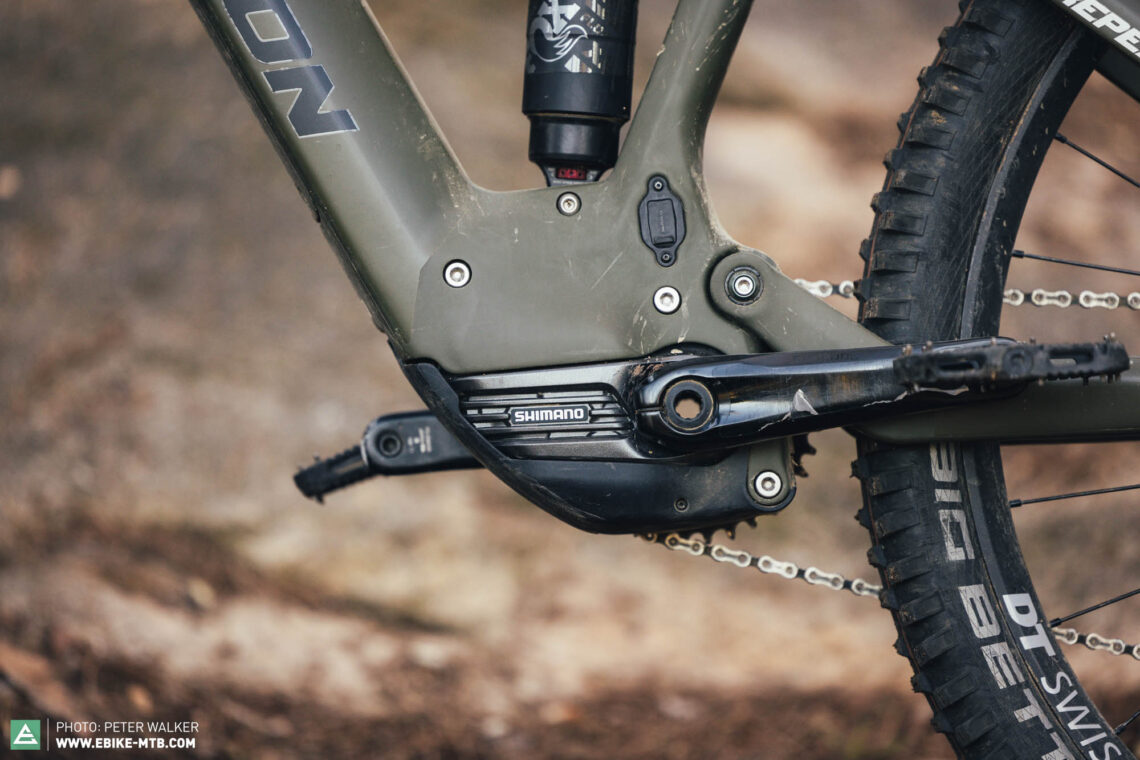
The Shimano EP8 system from the Japanese component giant has been on the market since 2020 and it features on a whole range of bikes in our group test. With a torque output of 85 Nm, it isn’t the most powerful unit, though it is amongst the lightest with a motor weight of just 2.6 kg. Shimano offer two batteries for the EP8 system: one with a capacity of 504 Wh and one with 630 Wh. However, bike brands are free to work with third-party suppliers. It’s thanks to this that some of the EP8 bikes in the test field come equipped with battery capacities beyond 700 Wh.
In our test field, the EP8 motor is universally combined with Shimano’s compact SC-EM800 display. Clamped to the handlebar next to the stem, the colour display shows the battery level in 20% increments and is easy to read even in direct sunlight. It also visualises the motor’s dynamics via a moving bar, along with the speed and the current support mode. The layout in the display is very tidy with the data fields reduced to the minimum, which is very pleasant. Alternatively, you could also get a small black and white display for the EP8 motor, which is integrated into the somewhat bulky SC-E5003 remote. The solution on our test bikes with the minimalist SW-EM800-L remote is a lot more elegant. This makes for a tidy looking cockpit while offering pleasant ergonomics and haptics. In general, the EP8 motor is also compatible with other display and remote options from the old Shimano steps E8000 ecosystem. However, you might require certain adapters.

The Shimano E-TUBE PROJECT app serves as the interface to the motor. It lets you set up two distinct rider profiles, each allowing you to configure the three Eco, Trail, and Boost support modes individually. For each mode, you can adjust the power, support level and response behaviour. You can then choose your preferred rider profile via the display on the bike. The app is clearly structured and intuitive to use, which makes the adjustments and configurations easy to do. Connecting it to the bike is just as quick and easy.

In practice, the Shimano EP8 motor performs convincingly thanks to its good-natured characteristics. It remains easy to modulate even in Boost mode, whether you’re pulling away or on a steep incline. As a result, it doesn’t feel like you get a kick in the backside as you start pedalling, like with other less sensitive motors. Although it’s technically on par with the Bosch Performance Line CX motor, which also produces 85 Nm, it feels noticeably less powerful in practice. You must provide more input and power of your own to get the peak output and support from the EP8 system. Therefore, it feels less like a shuttle, offering a more sporty and natural riding experience. While it emits a restrained hum on the climbs and isn’t conspicuously loud, that isn’t the case on the descents. Instead, it rattles loudly, especially in rough terrain, making it the loudest motor in the test field when riding downhill. Even though the Shimano EP8 motors we’ve tested have proven to be very reliable for the most part, it’s reassuring to know that you can fall back on an extensive dealer and service network in case you do run into any issues.
The Shimano EP801 and EP801 RS systems
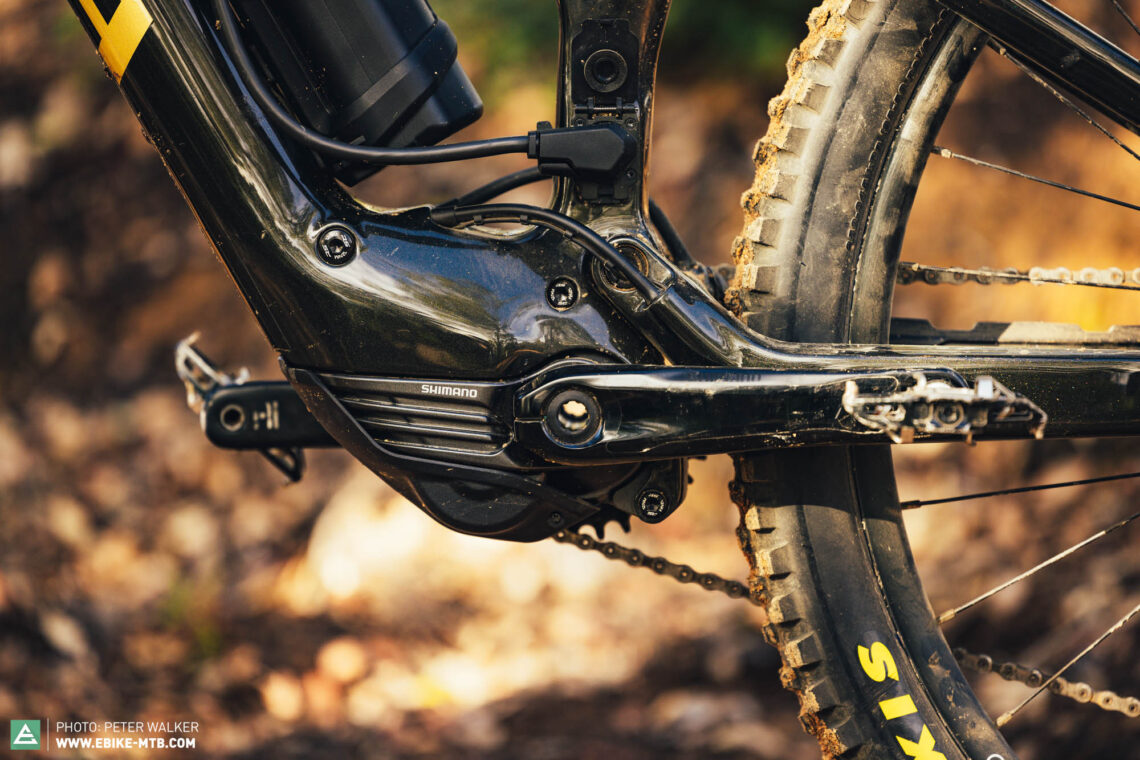
The Shimano EP801 is an EP8 motor with slightly modified hard- and software. With the 01 suffix, the motor is capable of offering support at a wider cadence range and has a FINE TUNE mode to further adapt it to your needs. Apart from that, you get a wider range of remotes, and the possibility of linking the system up with the new XT Di2 groupset, which allows for automatic shifting when touring, as on the BULLS SONIC EVO EN-SL 1. In addition to the EP801, we also got to test the EP801 RS on the Orbea Rise. Contrary to what you might think, however, the RS added by Orbea means that the motor’s power output is limited at 60 Nm instead of producing the usual 85 Nm. As with the EP8, bike companies aren’t limited to Shimano’s two in-house batteries, able to combine the 801 with options from third party suppliers. Orbea take full advantage of this, offering the Rise either with a 360 Wh or a 540 Wh internal battery. Bike brands can also pair the system with range extenders, which wouldn’t be possible with a Bosch system, for example.
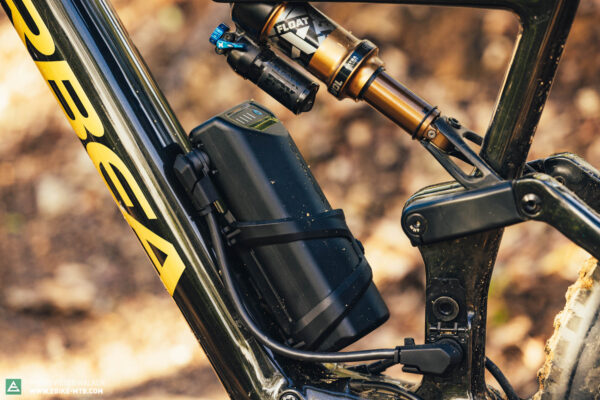
Along with the standard options available to the EP8, the Shimano EP 801 can be combined with a wider range of displays and remotes. For the EVO EN-SL 1, BULLS rely on the same combination of the minimalist SW-EM800-L remote and SC-EM800 display as all bikes on test featuring the EP8 motor. Orbea deviate slightly, fitting the Shimano EN-600L remote and no display. It uses an LED to indicate the 3 support modes, Walk mode, or an error code via 5 different colours. A second LED flashes red, green, or lights up permanently to show you the battery status. However, it’s somewhat confusing and thus serves more as an emergency signal. If it flashes red, you know that it’s time to head back. Of course, the remote can also shift the support modes up or down, activate walk mode, and switch the system on or off.
With the E-TUBE PROJECT app from Shimano, you can create different profiles for the Eco, Trail, and Boost modes, just like the EP8. What’s new on the EP801 is FINE TUNE mode. This lets you activate and configure up to 15 different support modes. The app also shows you the battery status in percentage points, in case you need more accurate information than the LED on the remote or the 20% bars in the display.
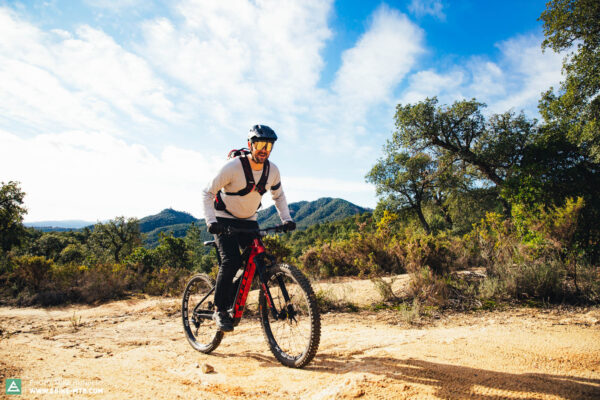
On the trail, the EP801 lets you select from Eco, Trail, Boost or any of the additionally created support modes, same as the EP801 RS. The basic characteristics of both motors are the same, which doesn’t come as a surprise since the EP 801 RS is the same motor but with a throttled maximum output. They’re both easy to modulate in the highest mode, letting you pull away safely even in difficult conditions. They continue delivering noticeable power at low cadences, proving to have a wider power band compared to the EP8 motor. As such, they will both let you reach the summit in a relaxed manner, even if you must pedal a bit harder with the EP801 RS, especially when things get steep. Technical climbs are a cinch with the power and characteristics of the Shimano EP801, but you will reach your limits noticeably sooner with the throttled RS version. Under partial load, the EP801 emits little noise, but it drowns out the FAZUA under full load. The metallic rattling on the descents is a big shortcoming that still affects the EP801.
The BAFANG EonDrive system

The BAFANG EonDrive motor in the Forestal represents a rather unique solution. It’s manufactured and supplied by BAFANG, but a significant part of its development was carried out by Forestal, who combine it with in-house accessories and software. It’s a daring and impressive achievement when you consider that it’s the debut product of the fledgling Andorran bike brand. The EonDrive motor delivers 60 Nm of torque and is powered by a 360 Wh BAFANG battery. Forestal have announced that they’ll be releasing a 250 Wh range extender, though it was yet to be released at the time of our group test. The Forestal is the only bike on test with a 3.2″ touch display, which is beautifully integrated into the top tube. The display sensitivity can’t keep up with the level of modern smartphones, but it works surprisingly well and is intuitive to use. Just don’t get mud or water on the display, as that seems to confuse it, going back and forth until you wipe it clean. It’s best to lock the display before you ride to prevent that from happening. The display provides an immense wealth of beautifully displayed metrics, such as the battery level percentage, distance travelled, altitude difference and current time. It also has a large navigation map. You can track your rides, too, because the Forestal comes equipped with a GPS antenna disguised as a stem spacer, which doubles as theft protection and works with an integrated eSIM card – cool!
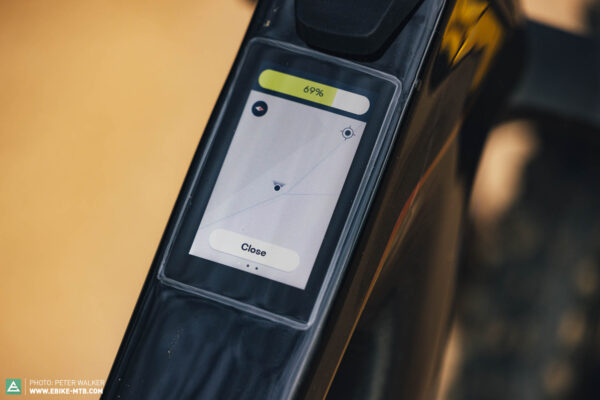
Many of these features require you to connect the bike to the Forestal app, however. This provides additional information about the motor, battery, and your activities. In addition to that, it lets you track your bike and get in touch with Forestal. No other bike on test can match the wealth functions of the Forestal system.
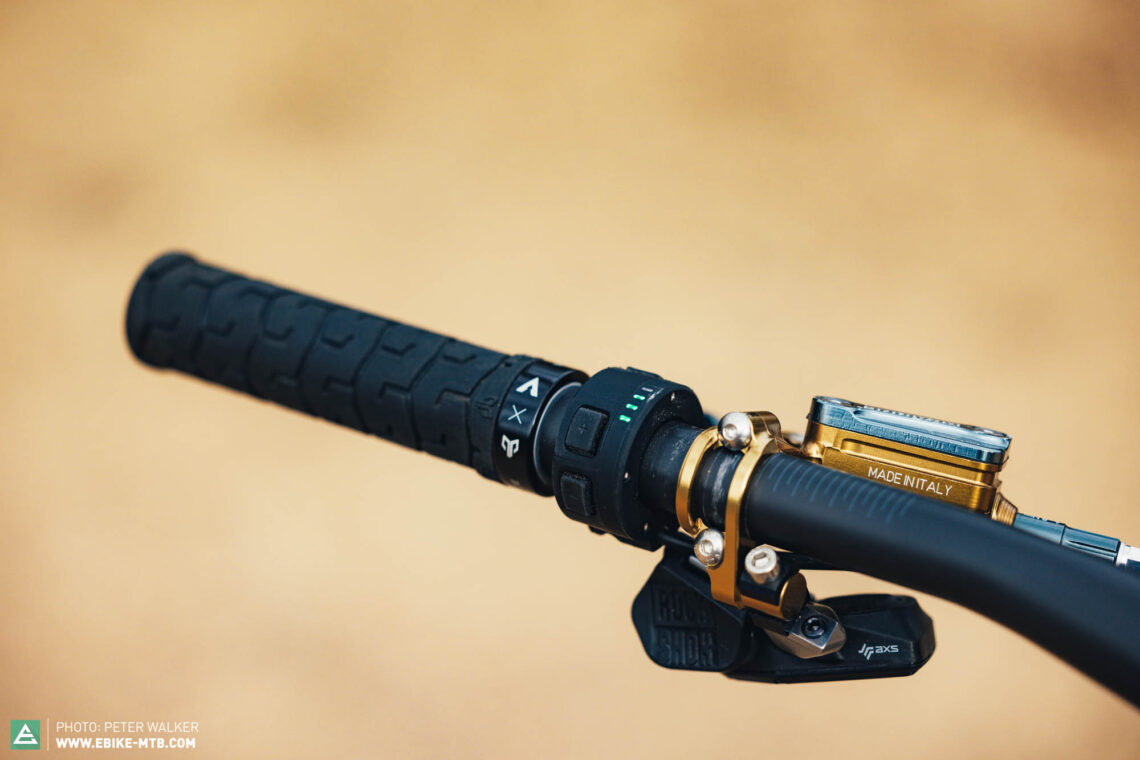
As with most systems, the BAFANG remote can be found on the left-hand side of the handlebar, which has an additional battery indicator in 25% increments. The remote has two buttons to shift between support modes, and a third button to switch the bike on/off or activate walk mode. Unfortunately, the rubber buttons provide zero haptic feedback, and they seem misplaced on the otherwise premium looking Forestal.
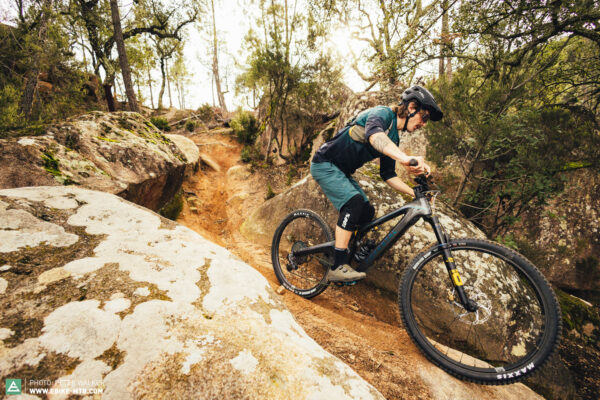
On the trail, the BAFANG system has three support modes to choose from, as well as a Walk mode. Unfortunately, the BAFANG proved to be the loudest motor on test, almost whistling like a turbo when put under strain. That said, it’s also the most powerful amongst the Light-eMTB motors, kicking in with quite a lot of force as you pull away. However, the assistance provided is heavily dependent on the cadence. The motor isn’t capable of unleashing much power at cadences below 60 rpm or above 100 rpm. Fortunately, the display shows you your cadence, which takes out the guesswork and helps you stay in the optimal range. In that case, the motor keeps chugging along even on technical climbs, though it feels like the power gradually reduces the longer the climb – you have to increase your own effort as you approach the summit, making the final bit the hardest. The sustained assistance after you stop pedalling is dynamic. This means that the harder you pedal, the longer the sustained assistance. Although this results in a natural ride feel, it can be a hindrance on technical climbs, as you often need the motor to keep pushing even if you’ve only put in a light pedal stroke. The motor is silent on the descents and there’s enough free movement in the cranks to avoid any unwanted thrust. We didn’t run into any issues with the BAFANG system, but the after sales service could be an issue considering the very small production run and the wealth of custom solutions. Also, the BAFANG system has a very high battery consumption, draining the battery noticeably just from being switched on.
How and where did we test the e-mountainbikes
We admit it: this group test didn’t just consist of superlatives (30 hot bikes!), but also of lived dreams, not to mention blood, tired legs, late-night debates, intensive repairs, and charging until the solar grid collapsed and the generator gave up. And what for? For all-day epics, for putting the bikes through the wringer, and simply because it’s fun! For the core of the test session, we spent a full two weeks with ten riders on a secluded finca with a stunning view of the trails, sun, and sea on the horizon. The fact that we didn’t want to kill each other during those 14 days with such a high concentration of testosterone is a miracle on its own, and it’s a testament to the crew – certainly, the daily test rides until sunset and cooking and dining together every evening also helped. If we didn’t test bikes full-time, we could probably open a restaurant – yum!

If you’re wondering where we were: about an hour’s drive northeast of Barcelona, in Santa Coloma de Farners, where we found the perfect conditions to conduct a group test as big as this. The town has a huge and still rather unknown trail centre – at least in the international scene – with countless trails. Dry, sandy, and peppered with rock slabs and roots, it was the perfect place to push the bikes to their limits. Our chosen test track – a combination of “Dragon Khan” and “La Llosa” – features rock slabs with a sandpaper like surface, roots, flowing berms, and loose, sandy corners. The climb to the trailhead almost had a bit of everything you can possibly expect: wide gravel paths with potholes that would almost catapult you over the bars if you weren’t alert because your caffeine level had dropped. Flowing sections alternating with rough and sandy routes, to technical climbs that our bikes only just got up. So, if you feel like going somewhere other than Italy for a change and are looking for fine trails without shuttles, you will find everything your heart desires at Santa Coloma de Farners.
Our e-mountainbike test crew

Although numbers don’t have feelings, they can give you a good feeling for tendencies and trends. Here are some exciting, interesting, and fun facts, figures, and statistics.
Things that broke during our tests:
- 1 derailleur hanger torn off
- 1 display broke
- 3 chains snapped
- 3 tires punctured
- 1 Shimano brake lever broke
- 3 FAZUA bikes had difficulties starting up
- 1 FAZUA bike was defective
- 1 Shimano bike was defective
- 1 TQ display gave up
- 3 skid plates broke
- 1 aluminium crank bent
- 1 brake lever broke
- 5 charging ports torn off
- 2 grips broke
The e-mountainbikes on test:
- 30 bikes in the test field
- € 15,999: the most expensive bike on test, the SCOTT Lumen eRide 900 SL
- € 6,699: the most affordable bike on test, the BULLS SONIC EVO EN-SL1
- 23 of the bikes roll on 29″ wheels
- 7 of the bikes roll on 29″/27.5″ mullet wheels
- the bikes weigh 22.1 kg on average
- the lightest bike weighs 16.0 kg, and it’s also the most expensive bike
- the heaviest bike weighs 27.1 kg
- the smallest battery is 250 Wh
- the biggest battery is 800 Wh
- the weakest motor produces 40 Nm of torque
- the most powerful motor puts out 95 Nm
Before you splash out your hard-earned cash on a new e-mountainbike only to realise that you made the wrong choice, you should ask yourself a few basic questions. Most bikes can only live up to their full potential if they’re used as intended and, by default, you’ll only be happy if you find a bike that suits your needs and riding style.
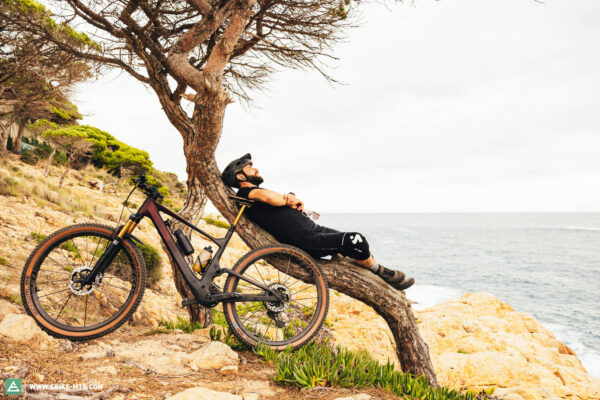
It all comes down to the overall concept
Many prospective buyers want to know which is the right e-mountainbike or the best motor, but this is just like the 29” vs 27.5” wheel size debate (just slightly more complex): the best motor is only as good as the e-mountainbike it is part of. Conversely, an e-mountainbike is only as good as the way the motor supports and complements the bike’s character. Compared to analogue mountain bikes, this makes matters much more complex, because manufacturers have to take into account more factors, like the integration of the battery and motor, and the weight distribution of heavy components, which must harmonise with one another in order to offer a coherent package with supposedly contradictory characteristics.

New possibilities on the horizon
Spending all day in nature? Exploring new areas and trails? Tired after a long day at the office? Or simply want to take your kids for a spin in the trailer without spitting out your lungs on the first climb? An e-mountainbike might be exactly what you’re looking for, and at the same time ensures top riding fun on the trail.

A massive battery doesn’t necessarily mean more range!
Just because an e-mountainbike has a big battery, it doesn’t mean that it will take you further than one with a smaller battery. Battery capacity must always be considered in relation to the motor’s power, and as such its power consumption. You may get just as far or even further from a less powerful bike with a smaller battery, though with less support, so it’ll take longer or require more effort on your part.
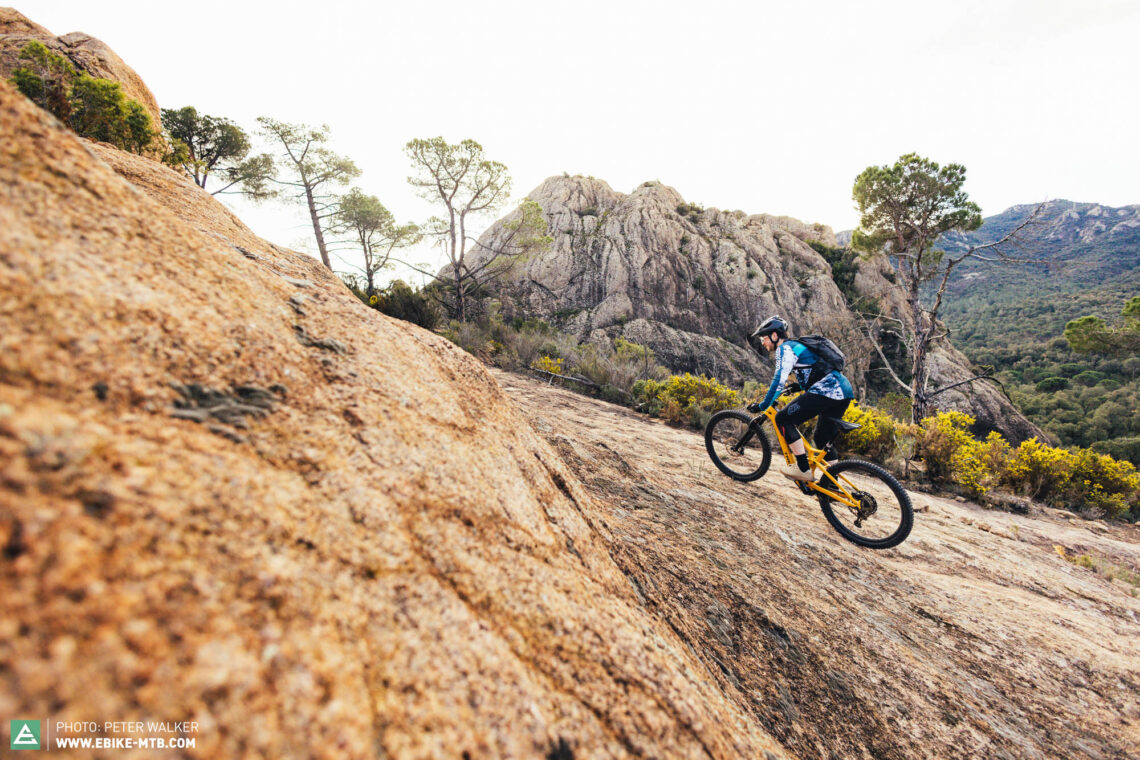
More torque ≠ more power on the trail!
While many of the e-mountainbikes in this test field share similar torque values, they’re totally different on the trail in terms of power delivery. Simply put, an e-mountainbike is far more than sheer numbers and torque values, which, unfortunately, say very little about a bike’s performance when considered in isolation. The Bosch Performance Line CX-Race is the perfect example, showing how much difference a simple software tweak can make on the trail. While technically it’s almost identical to the conventional Performance Line CX motor, churning out 85 Nm torque, the tweaked software ensures a stronger, more abrupt power delivery, transferring more power to the ground at lower and lighter rider inputs. The Shimano EP8 motor also has 85 Nm torque, but can’t keep up with either version of the Bosch CX motor despite sharing the same values on paper. The same goes for the limited Shimano EP801 RS, FAZUA Ride 60 and Bafang EonDrive, all of which deliver 60 Nm of torque, but behave completely differently on the trail. The optimal cadence range – i.e. the range at which the motor delivers its power most efficiently – varies enormously from drive to drive, and on top of that many of the motors in this test don’t cope well with pedalling cadences below 60 rpm, at which they deliver very little power while at the same time consuming huge amounts of energy. As you can see, there’s much more to e-mountainbikes than sheer numbers, and the overall performance can only be determined on the trail.
What questions should you ask yourself before buying an emountainbike?
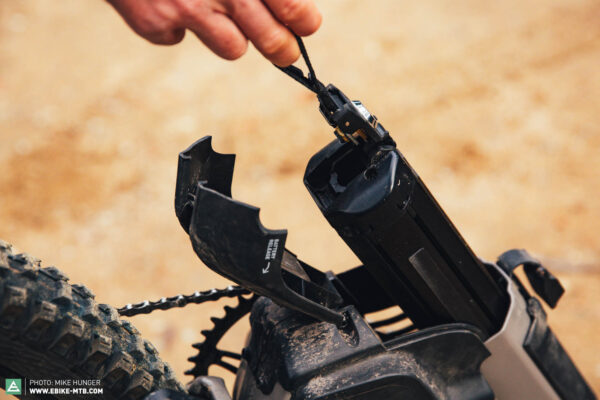
How much battery capacity do you really need?
If you tend to go for short rides with minimal support, big batteries only mean extra weight, which usually comes at the cost of trail performance. Furthermore, lightweight riders consume significantly less battery, and the topography of the trail also has a major influence on range. On the other hand, if you love to pile up the miles and vertical metres, you’ll probably do well with a big battery capacity. Tackling technical climbs, pedalling with high support modes and at low cadences drains the battery quicker too. Fortunately, some manufacturers offer their bikes with different battery options: with the Orbea Wild, for example, you can choose between a 625 Wh and 750 Wh battery to suit your needs and preferences. Moreover, most manufacturers offer range extenders, allowing you to adjust the capacity depending on the planned route. Removable batteries, such as those found on the FOCUS and Rotwild are an option, too. You’ll just have to budget for the cost of a spare battery, and go back to the car to switch out batteries.

How hard do you have to work?
This depends entirely on the support level you choose and the goals you set yourself. With modern full-fat e-mountainbikes, it takes a massive ride to drain the battery in the lowest support mode, and you’ll still have a fairly relaxed time, because many full-power e-mountainbikes cope well with low pedalling cadences, pushing you up the mountain willingly without requiring too much effort from your side. However, it’s a whole different story with Light-eMTBs, which require a relatively high cadence, calling for considerably more input from the rider, even in the lowest support modes – which can be exhausting in the long run. That said, many manufactures allow you to customise the motor settings and adjust the support level to your needs and preferences, basically allowing you to decide for yourself how hard you want to work.
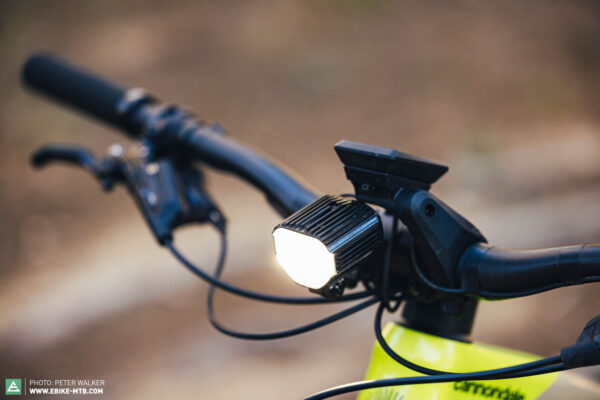
What additional features should an e-mountainbike have?
In a nutshell, the possibilities are endless! Most manufacturers offer countless options for displays and remotes as well as accessories at the time of purchase. But what do you really need? What is helpful and what is simply superfluous? The good thing is that you can retrofit most accessories at a later stage and there’s a constant stream of software updates and extensions entering the market. Before buying, however, you should still have an idea of what you want from your display, whether you need a navigation function or you’re happy with a flashing LED. An integrated light or GPS tracker doesn’t hurt and doesn’t limit the bike’s performance on the trail, but keeps you and your bike a whole lot safer, regardless of whether that’s on your daily commute to and from work or after a post-ride pint in Finale. So, when buying, be aware of what you need or might want to retrofit in the future and find out about compatible options.

Are you planning to use your e-mountainbike for everyday riding?
If you already know that you’ll be using your new e-mountainbike for everyday riding, for example to commute to work, there are a few things to consider. First and foremost, you should look for a high level of touring comfort if you don’t want to end up pedalling to work in an aggressive pedalling position, looking like Lance Armstrong crossing the finish line at the Tour de France. Moreover, it’s a great idea to look for a bike that comes standard with a navigation function and integrated light set that draws its power directly from the bike’s main battery. Both bring huge advantages in everyday riding scenarios without getting in your way on leisurely weekend rides. Another key criterion is the charging infrastructures you have at your disposal. Is there a plug in the garage or bike storage room at work, or do you have to constantly remove the battery – or possibly even have to lock the battery inside the bike frame? Needless to say, the battery capacity also plays a crucial role, because if you can’t charge it at work you might run out of juice half way when pedalling home after a strenuous day at the office. However, if your commute doesn’t exceed 20-30 km, you should be fine with most bikes in this test, which should achieve that sort of range even when riding in the highest support level.
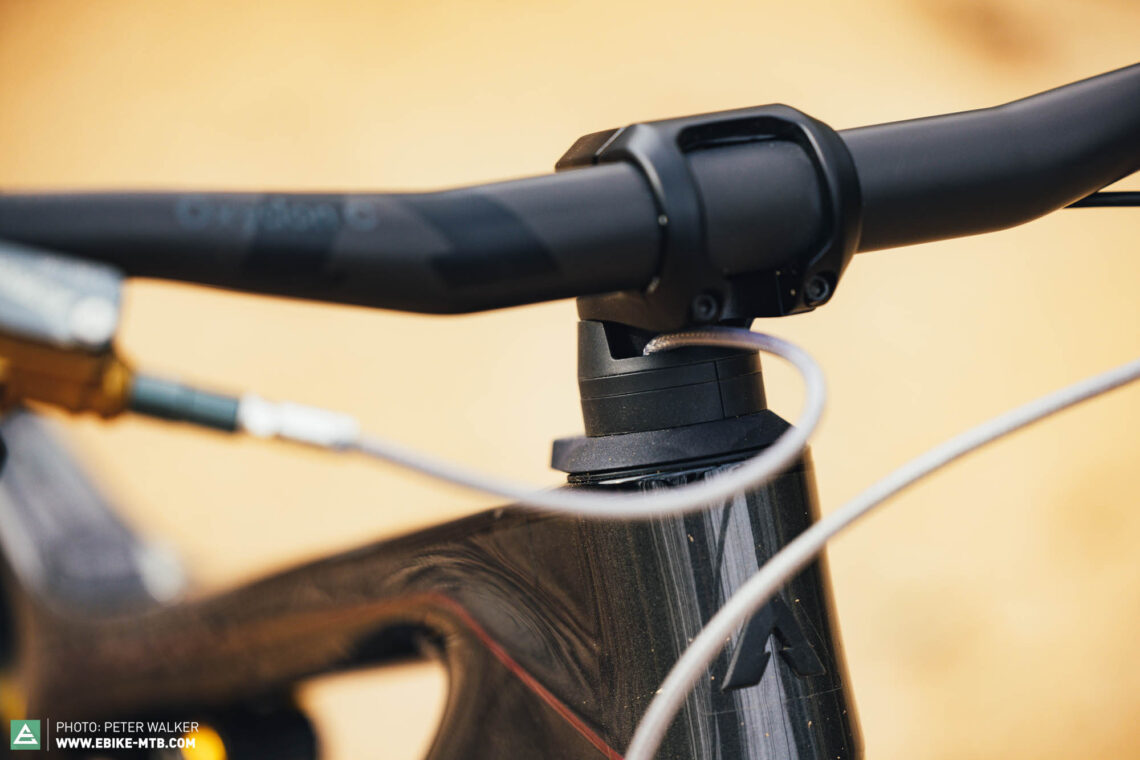
What should you consider when handling an e-mountainbike?
When developing e-mountainbikes, manufacturers often have to make compromises in order to create a bike that is as light, clean and slender as possible. While this isn’t necessarily a bad thing, it can make things tricky for you depending on the situation. For example, if you don’t have a power outlet where you park your bike, you’ll want to be able to remove the battery for external charging. Or imagine you take your e-mountainbike on a cycling holiday only to find out that there’s no plug in the garage – and what now? Conversely, it can be annoying if you have to remove the battery after each ride to charge it, even though you’ve got a plug right there. The trend of routing the cables through the headset ensures a clean look but also makes servicing a whole lot more frustrating. Inexperienced or impatient mechanics should get a bike with classic internal cable routing with cable ports in the top or down tube or, better yet, good old external cable routing.

What should you consider regarding the components of a Light-eMTB?
While it’s true that there’s no such thing as the perfect, one-size-fits-all build, some components have a much greater influence on a bike’s trail performance and, above all, on your safety. Big brake rotors, for example, are only marginally heavier but ensure a more reliable, powerful braking performance. In this regard, the following applies: big brake rotors are far better than lightweight top-of-the-range brakes. The suspension has a huge influence on your bike’s trail performance as well as on its long-distance comfort and climbing efficiency. You don’t need the fancy Kashima coating on your fork, and should rather pay attention to the damping technology it uses. We recommend the GRIP2 damper for FOX forks, or the Charger 2.1 and Charger 3.0 dampers for RockShox models. With the shock, a piggy-back reservoir is a useful feature to get the best performance from the rear end. At the risk of repeating ourselves, we must emphasise that any component can only work as well as it does in combination with the bike as a whole.
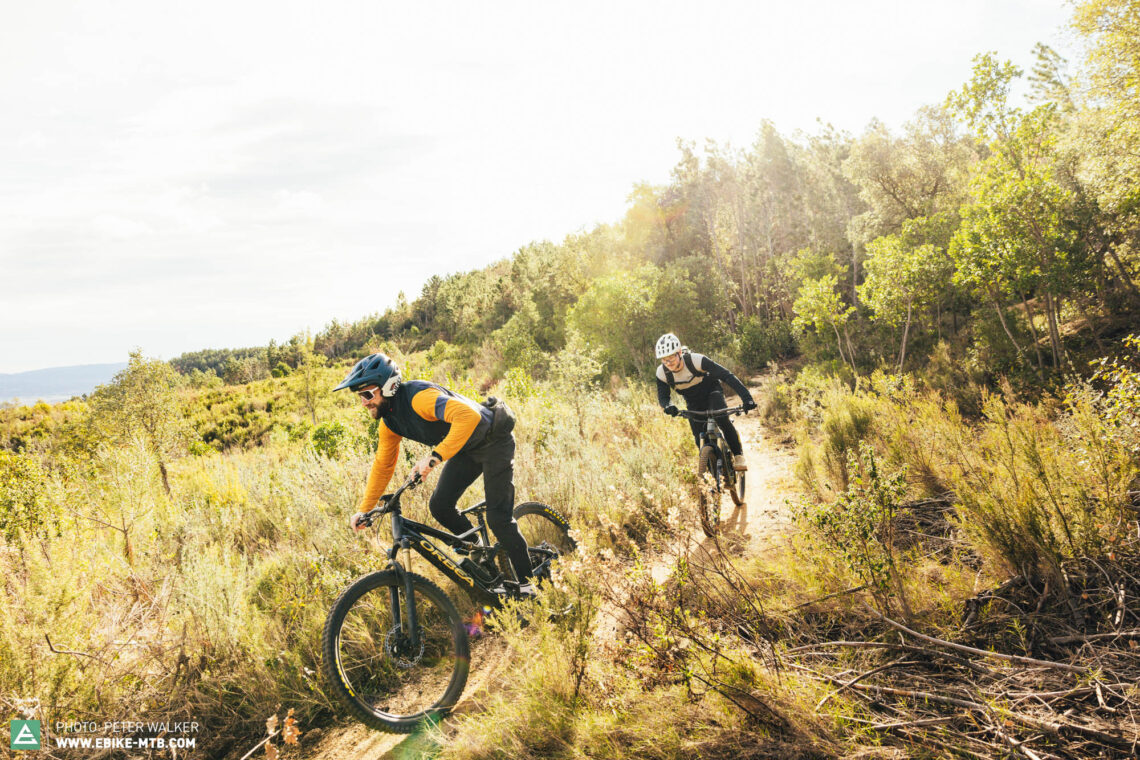
Do most of your riding buddies ride full-fat eMTB all-rounders?
If that’s the case, a powerful motor with plenty of torque is a decisive factor. You don’t want to be that guy holding everyone up! As a rule of thumb, the highest support mode of a Light-eMTB corresponds to roughly the intermediate support mode of a full-power ebike. If your mates with full-power e-mountainbikes ride primarily in the weakest support mode, you can still keep up with a Light-eMTB in one of the higher support levels. But remember: more power also consumes more battery. However, if you want to play it safe, you should opt for a full-fat eMTB all-rounder.
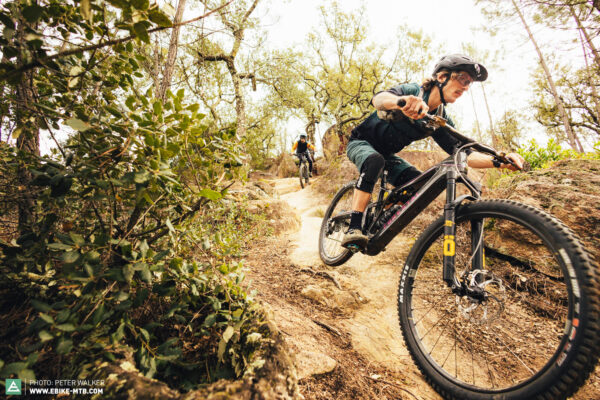
Do you ride lots in groups with analogue mountain bikes
Then pretty much every Light-eMTB or motor system is suitable for you because you can always go slower. In most cases, you can fine-tune the weakest eco mode and adjust the amount of support according to your needs – or turn off assistance altogether. The range shouldn’t be a limiting factor either when using minimal support and if you have extremely fit colleagues, most Light-eMTBs have the option of a range extender. From our experience, you should easily keep up in the lowest and medium support modes and still have enough reserves for the occasional overtaking manoeuvre. With full-fat e-mountainbikes, on the other hand, you’ll have an easy life, because even the weakest ECO mode gives you a huge advantage over your analogue mates – sometimes you might even get bored!
Tops and flops from our 2023 e-mountainbike group test.
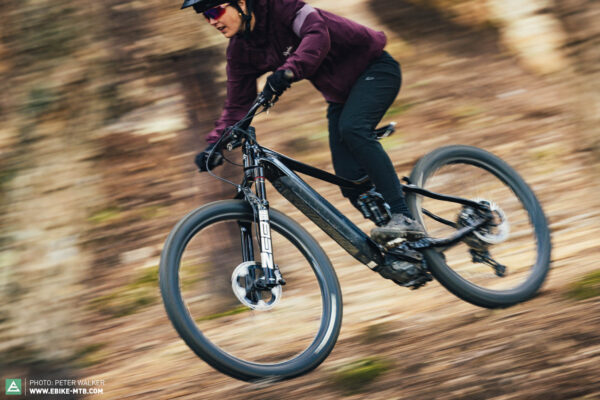
Berria Mako Hybrid GT LTD
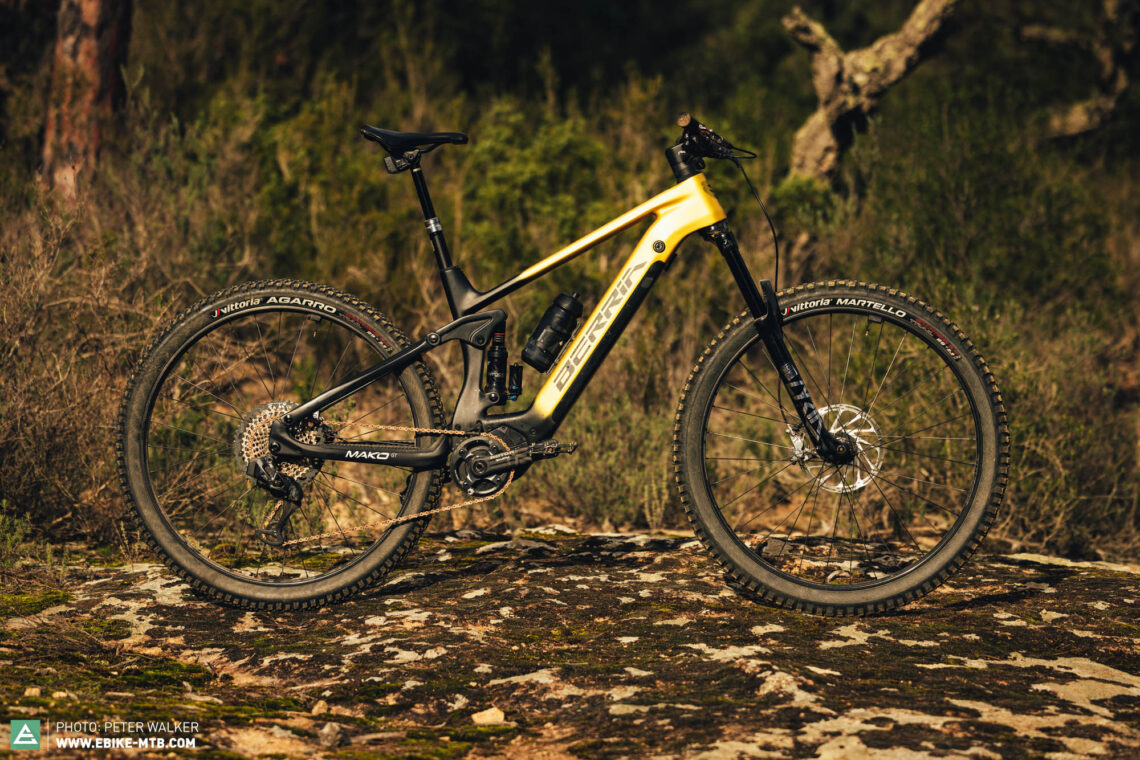
The Berria Mako GT LTD is guaranteed to turn heads outside the pub when you stop for a well deserved post-ride pint. The eye-catching look and countless fancy components are topped off by an exotic Polini E-P3+ MX motor, which employs a big display integrated into the top tube. On the trail, however, the Berria doesn’t do justice to its tremendous looks, revealing several weaknesses. On steep, technical climbs, it struggles to transfer the motor’s massive power onto the trail, while downhill, it’s slowed down by its inconsistent spec. That said, the Berria is a comfortable and powerful tourer that doesn’t shy away from the occasional trail stint.
BULLS SONIC EVO EN-SL 1
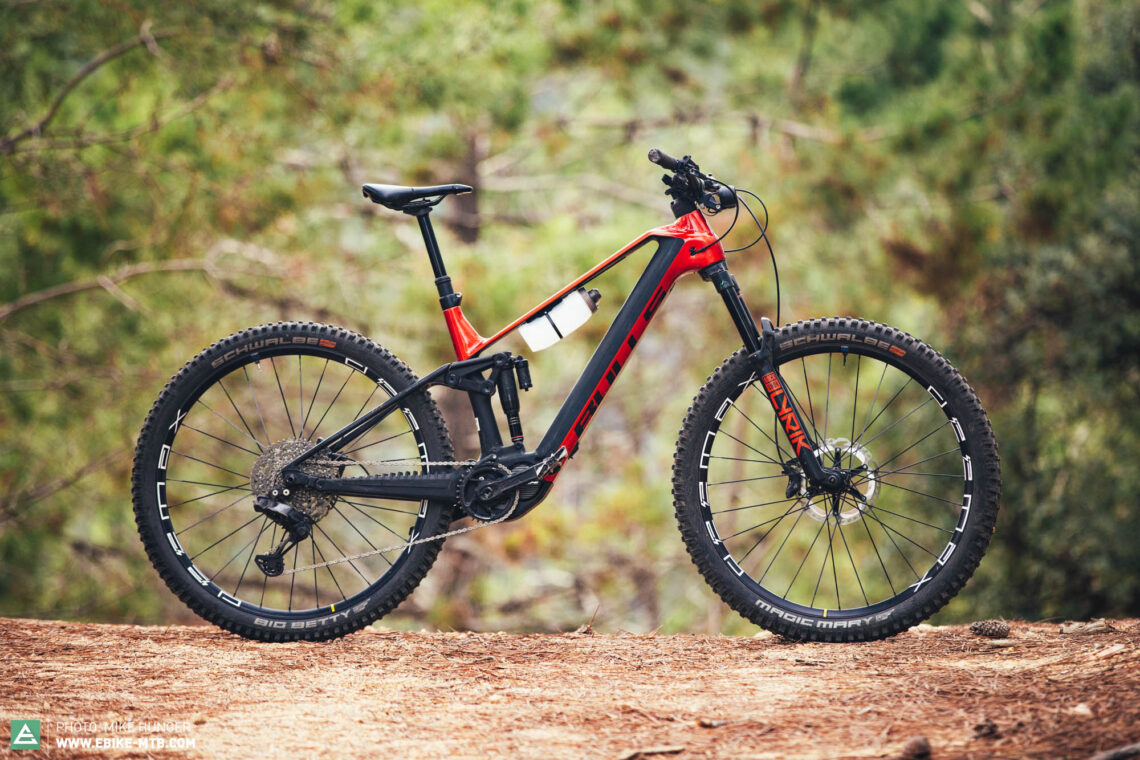
Despite being the cheapest bike in the entire test field, the BULLS SONIC EVO EN-SL 1 is the only contestant to feature Shimano’s automatic Di2 drivetrain. While the feature in itself is extremely exciting, it doesn’t bring any advantages on technical climbs. However, the clever mix of everyday features and good touring comfort makes the BULLS a great option for the price conscious rider who rarely turns off the beaten track. Offroad, it’s strongly limited by its nervous character.
FLYER Uproc X 9.50
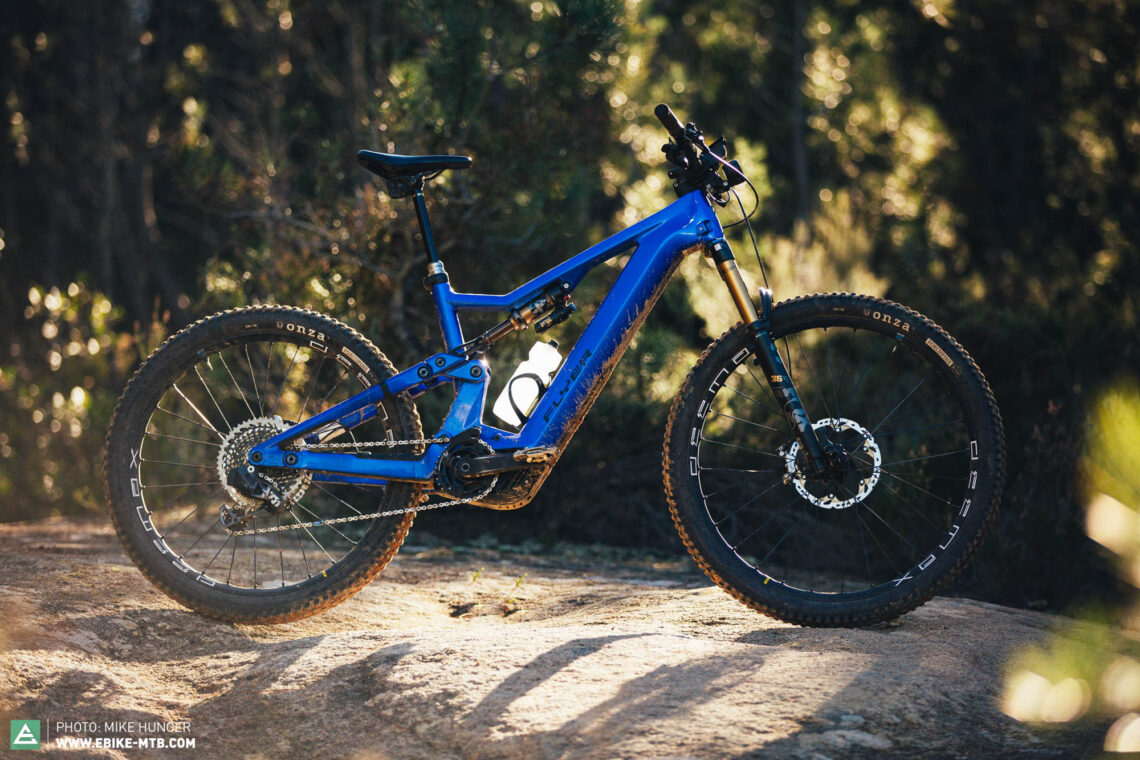
The FLYER Uproc X 9.50 is a great companion for extended peak expeditions with tricky climbing sections. The Uproc plays out its strengths on long tours with plenty of elevation gain, where it takes the edge off technical climbs with the strongest motor in the entire test field, the Panasonic GX Ultimate. In addition, it offers FIT system integration and shines with strong connectivity features. Downhill, however, it shows some weaknesses and quickly reaches its limits, especially in the hands of experienced riders.
FOCUS SAM² 6.9

With its imposing frame silhouette and aggressive-looking coil shock, the FOCUS SAM² 6.9 looks as if it eats rock gardens for breakfast, which makes it the undisputed daredevil in FOCUS’ e-mountainbike lineup. While tours and moderate climbs are only a means to an end, the SAM² still manages them fairly easily. Downhill, it shines with stoic composure and potent suspension. Tipping the scales at a very proud 27 kg, it’s the heaviest bike in the entire test field. Overall, the FOCUS SAM² 6.9 comes with a great spec at a reasonable price.
FOCUS JAM² 6.9
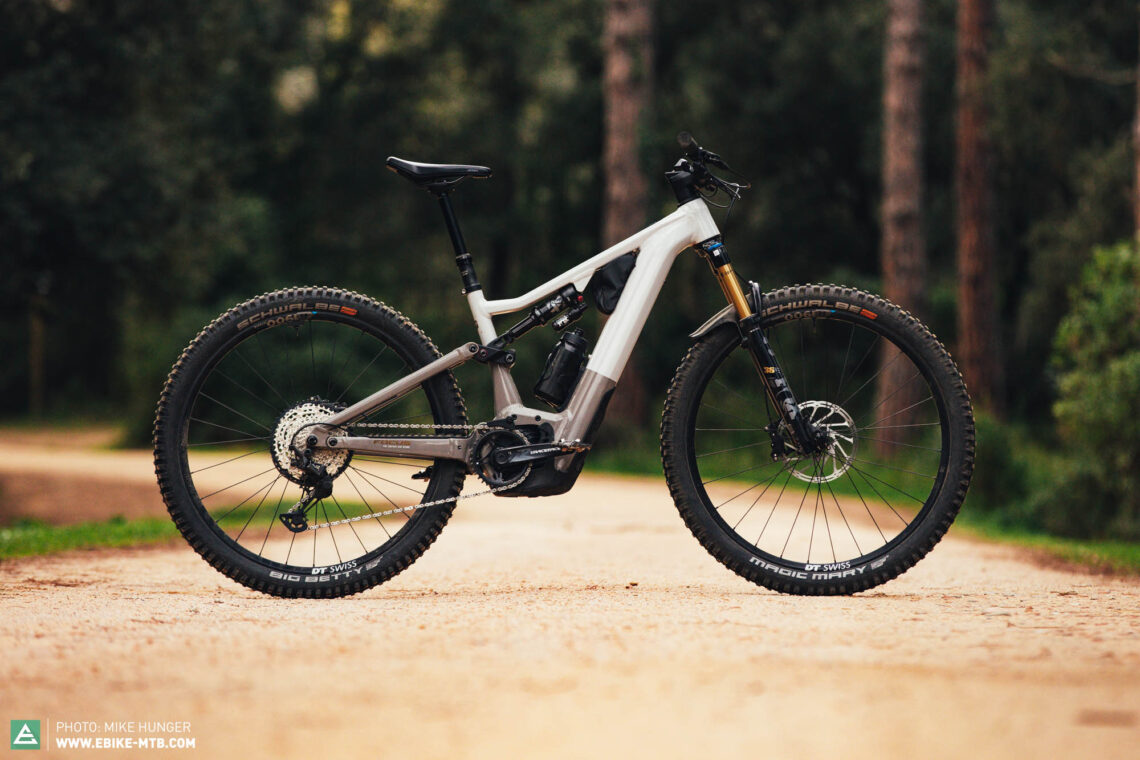
By contrast, its slimmer sibling, the FOCUS JAM² 6.9 , is far more relaxed. In FOCUS’ portfolio, it stands right between the JAM² SL Light-eMTB and the corpulent SAM². It impresses with beginner-friendly handling both on tours and as a do-it-all bike, without standing out for anything in particular – neither in a good nor a bad way. Only on rough trails, we wish it could feel a bit more like the SAM². That said, the two bikes are similar in terms of weight: The FOCUS JAM² 6.9 tips the scales at a considerable 26 kilograms, which becomes evident on the trail.
FOCUS Jam² SL 9.9
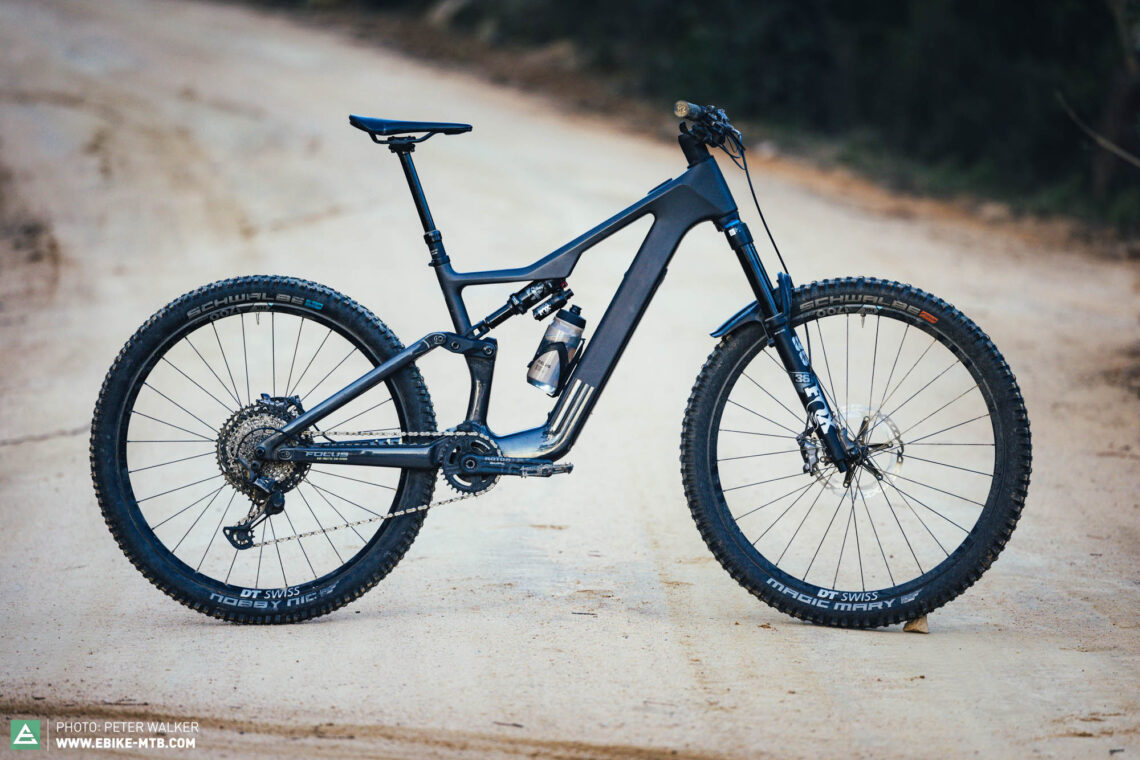
Not only is the FOCUS JAM² SL 9.9 extremely understated with its black paint finish, but also rather unspectacular on the trail. However, this is by no means a bad thing, because the JAM² SL is just a discreet all-rounder for sporty riders which combines strong trail performance with comfortable touring characteristics. The rock-solid spec, potent suspension and predictable handling make it a workhorse for beginners and experts alike.
Forestal Siryon Diōde
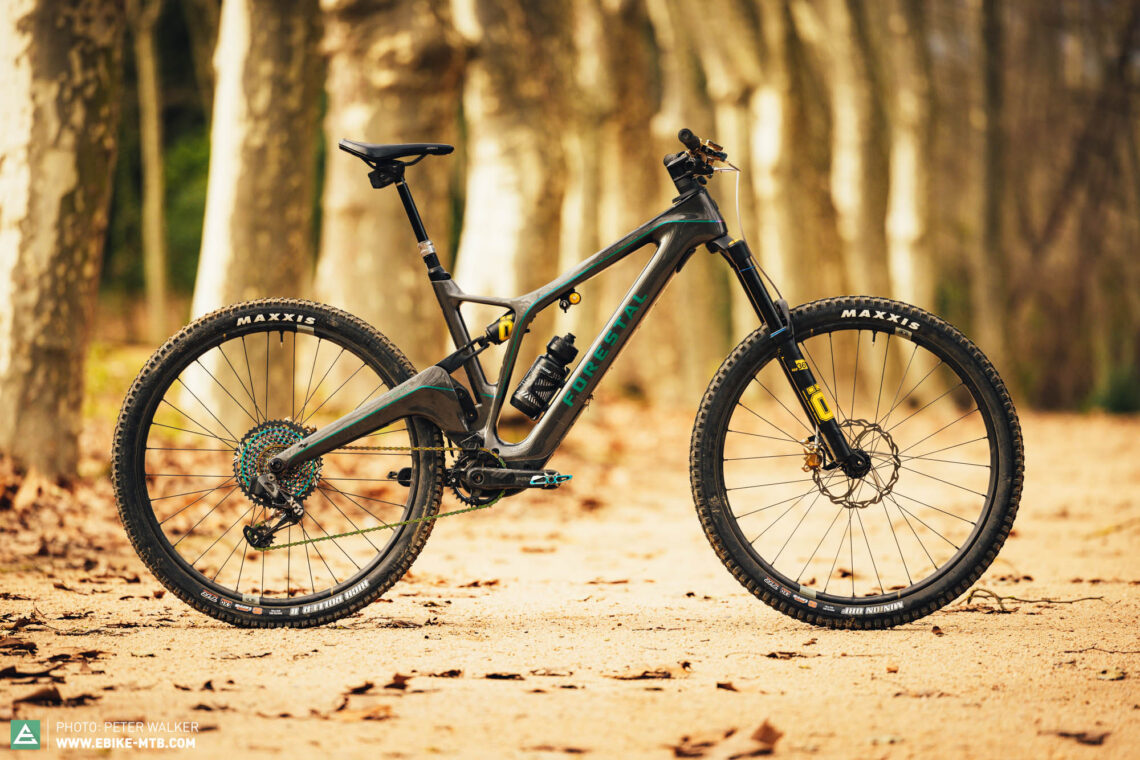
The Forestal Siryon Diōde is without a doubt one of the most futuristic looking e-mountainbikes in the entire test field. The young Andorran manufacturer has knocked it out of the park with their very first bike, showing a level of development competence that even some of the most established bike brands struggle to achieve – chapeau! In other words, Forestal are showing in which direction the future of ebikes could be heading. The motor system is the result of a close collaboration between BAFANG and the Andorran bike manufacturer, and is complemented by a well-functioning in-house touch display neatly integrated into the top tube and a comprehensive app, which includes a hidden GPS antenna for theft protection. In addition, the Siryon shows how it’s done on the trail, proving one of the most potent bikes in this test. Unfortunately, the battery drains quickly, the motor is annoyingly loud and the service resources are still a big question mark.
GIANT Trance X Advance E+ LTD
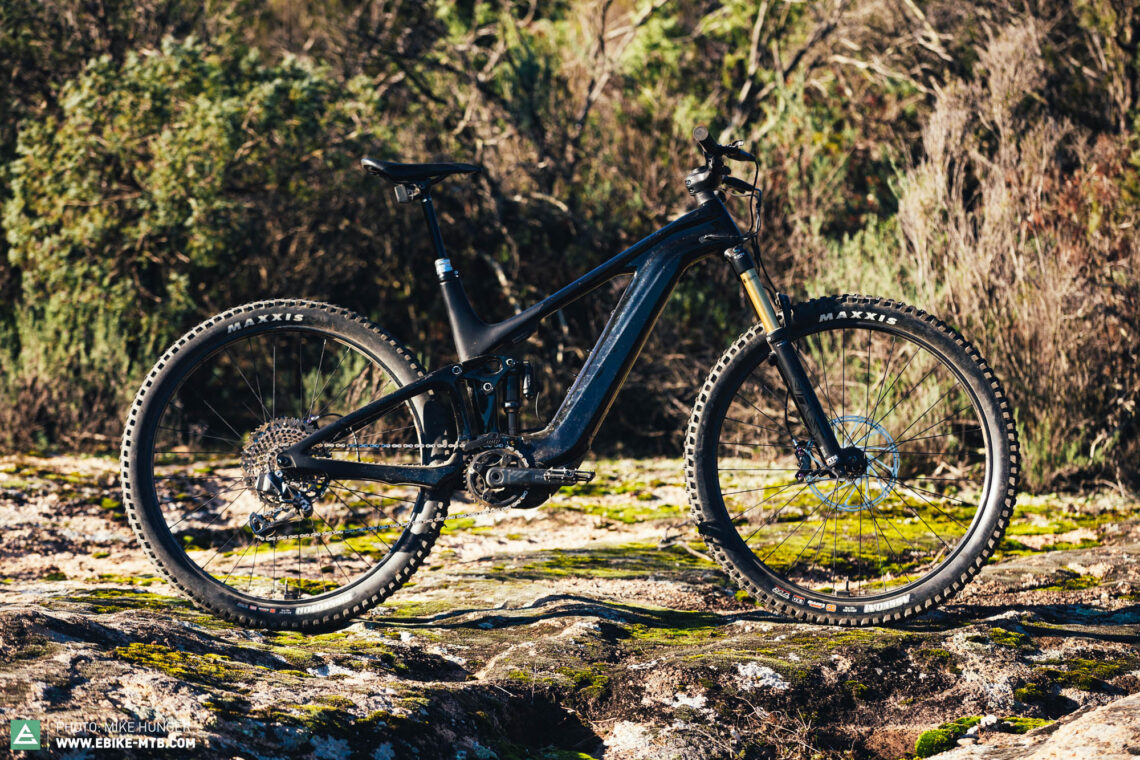
If you’re fond of simplicity, the GIANT Trance X Advanced E+ LTD might not be the bike for you. The high-tech Taiwanese steed features plenty of electronic gimmicks, including FOX Live Valve, which controls the suspension fully automatically. However, to fully exploit the wide range of functions you’ll have to manage three separate apps on your smartphone. In our 2023 group test, the Giant is the only bike that employs the powerful GIANT SyncDrivePro2 motor, which is paired with a huge 800 Wh battery – the biggest one in this test! While the peculiar geometry with a very low front-end doesn’t really work downhill, the Giant convinces as a true climbing monster, combining tons of traction, good directional stability and a massive battery.
Haibike LYKE CF SE
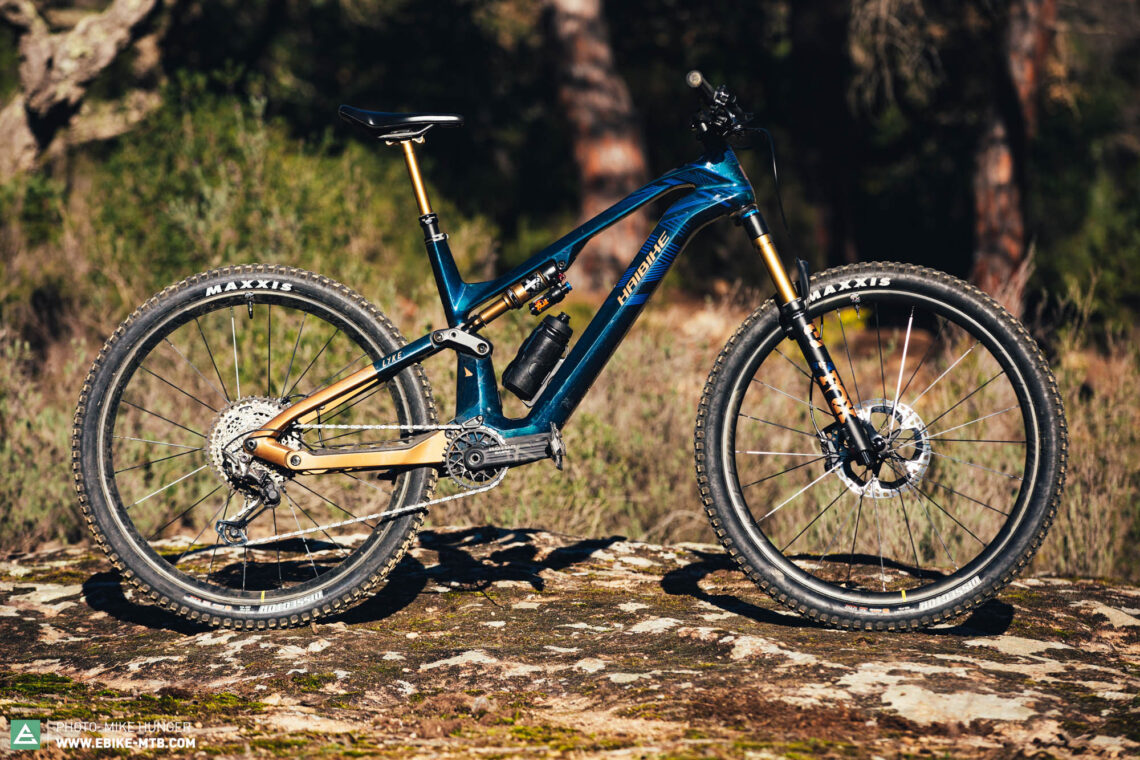
German ebike pioneers Haibike have taken their time to release a Light-eMTB and weren’t all that present in the more aggressive mountain bike sector until now. However, with the LYKE CF SE , they’ve made a great Light-eMTB debut featuring some clever solutions. They’re the only manufacturer to integrate the FAZUA Ride 60 motor vertically into the frame, cleverly hiding it in the seat tube. Unfortunately, the innovative concept comes at the expense of the seat post’s insertion depth. Despite its aggressive look, the LYKE struggles to deliver on the trail. Unlike the better competitors in this test, it’s difficult to control on technical trails and quickly feels overwhelmed.

Californian cult brand IBIS has finally overcome its e-scepticism and joined the electric party with their green shredding machine, the Ibis Oso . With its striking, self-assured design language, it appears to love every minute of its eMTB debut, heading straight to the dance floor. Except for the extravagant look, however, Ibis played it safe, employing a proven Bosch CX Performance Line motor and their classic DW-Link suspension design, which has been tweaked and fine-tuned over many years. At fancy dress parties, the Oso would always turn up in the same costume, because it’s only available in one spec variant. On the dance floor, however, it’s incredibly versatile, boogying away in great style. Only when the John Travoltas among e-mountainbikes hit the dance floor, such as…, the Oso starts sweating a little.
KTM Macina Prowler Exonic

Issued in a limited edition with a savage Bosch CX-Race motor and 180 mm travel at the front, the KTM Macina Prowler Exonic is the Austrian manufacturer’s e-mountainbike for the rough stuff. On the trail however, it doesn’t do justice to its beefy, confident appearance, quickly reaching its limits with its nervous, vague handling – partly due to some major inconsistencies in the spec. Uphill, it’s significantly more difficult to control than the other competitors with Bosch’s CX Race motor. On the other hand, the KTM cuts a fine figure as a monster truck for touring and everyday use. Cool feature: The Bosch Connect tracking module.
MERIDA eONE-SIXTY 975
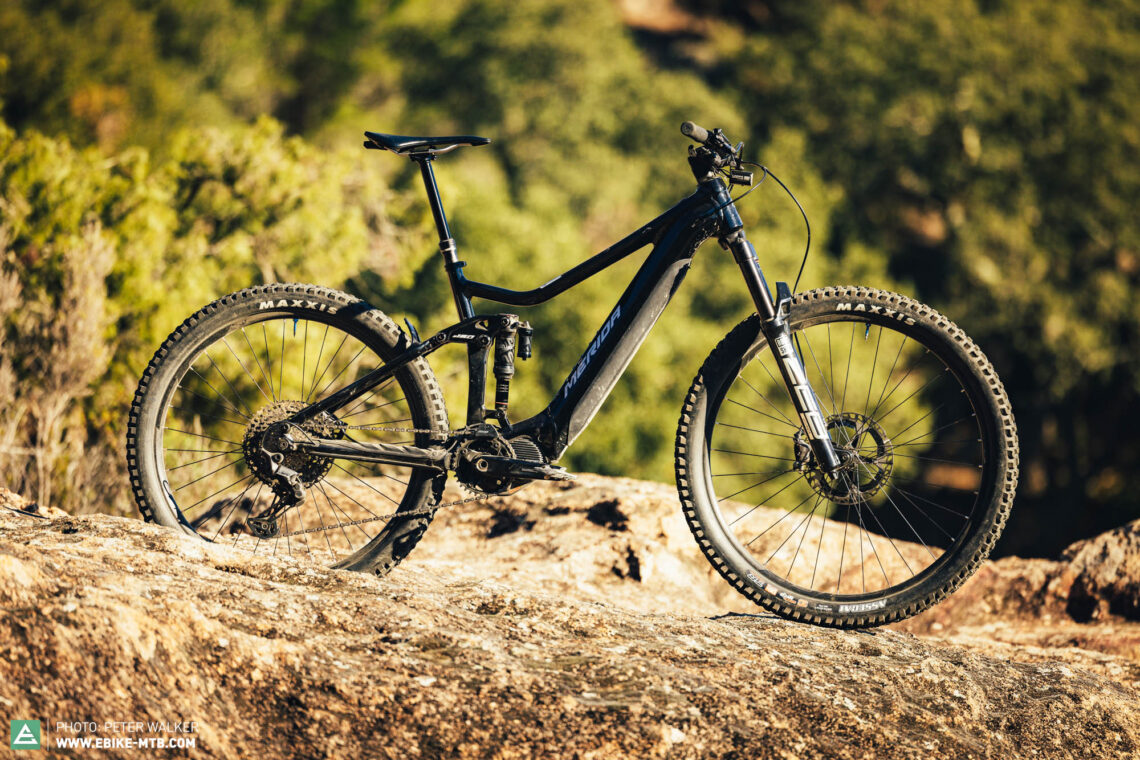
As the proud winner of our 2022 budget e-mountainbike group test under € 6,500, the MERIDA eONE-SIXTY 975 takes on a test field that includes bikes more than twice as expensive. While the current model retails at € 7,249, the eONE-SIXTY 975 hasn’t changed in its essence. At first glance, the plain alloy silhouette is rather unexciting but upon closer inspection you’ll come across several clever features at a very fair price. On the trail, the MERIDA keeps up with most of its pricey competitors and impressed several of our test riders, delivering a solid riding performance with predictable, intuitive handling. Clever features such as the standard headlight broaden its range of applications enormously and make it a strong all-rounder in all situations, from cheeky trail sessions to everyday use. If you’re looking for a bike with a consistent spec and a fair price, the MERIDA might be exactly what you’re looking for.
Mondraker Crafty Carbon XR LTD
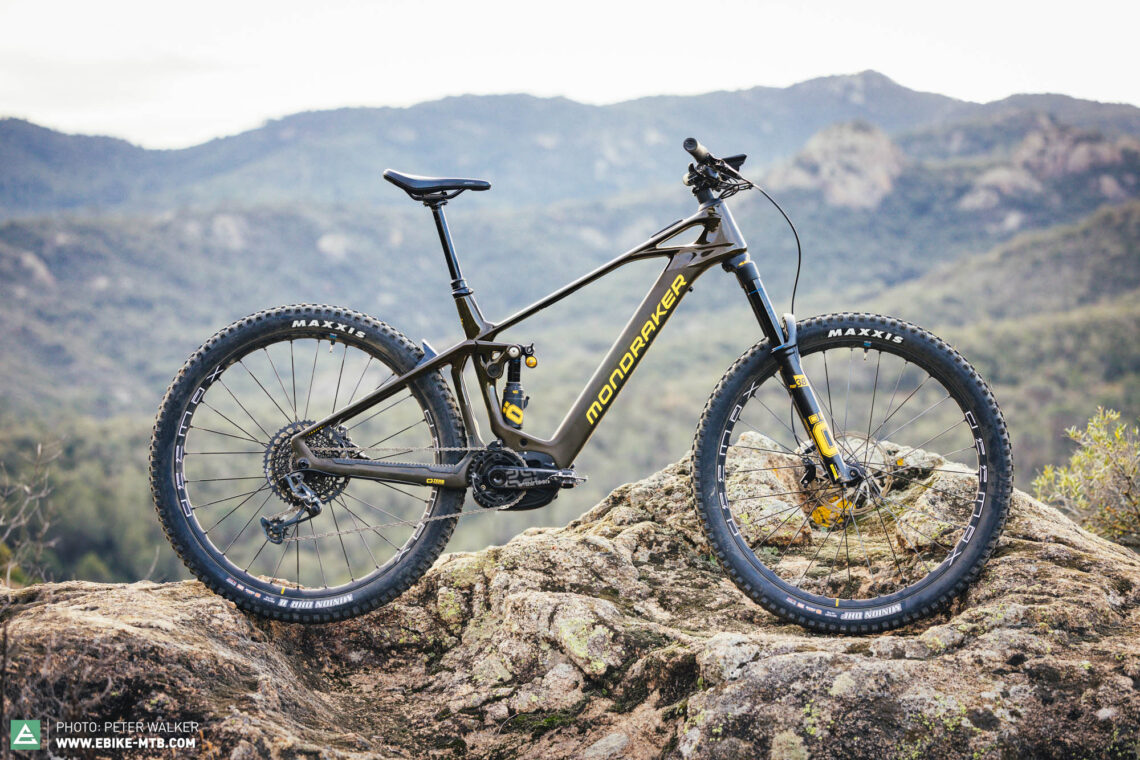
Straight, elongated lines, sharp edges and confident branding: it’s got to be a Spaniard! The Mondraker Crafty Carbon XR LTD is well aware of its roots, proudly rocking Mondraker’s distinctive frame silhouette and a Bosch CX Race motor. Add the fancy spec including bling Öhlins suspension, and you’re guaranteed a very coherent overall package. On the trail, the Spanish stallion rides as if on rails – provided you shred your way back into the valley in a straight line. If you like to stuff yourself with tapas, we’ve got good news: the Crafty Carbon XR LTD has the highest permissible total weight in the entire test field – go on then, knock yourself out!
Moustache Samedi 29 Game 11
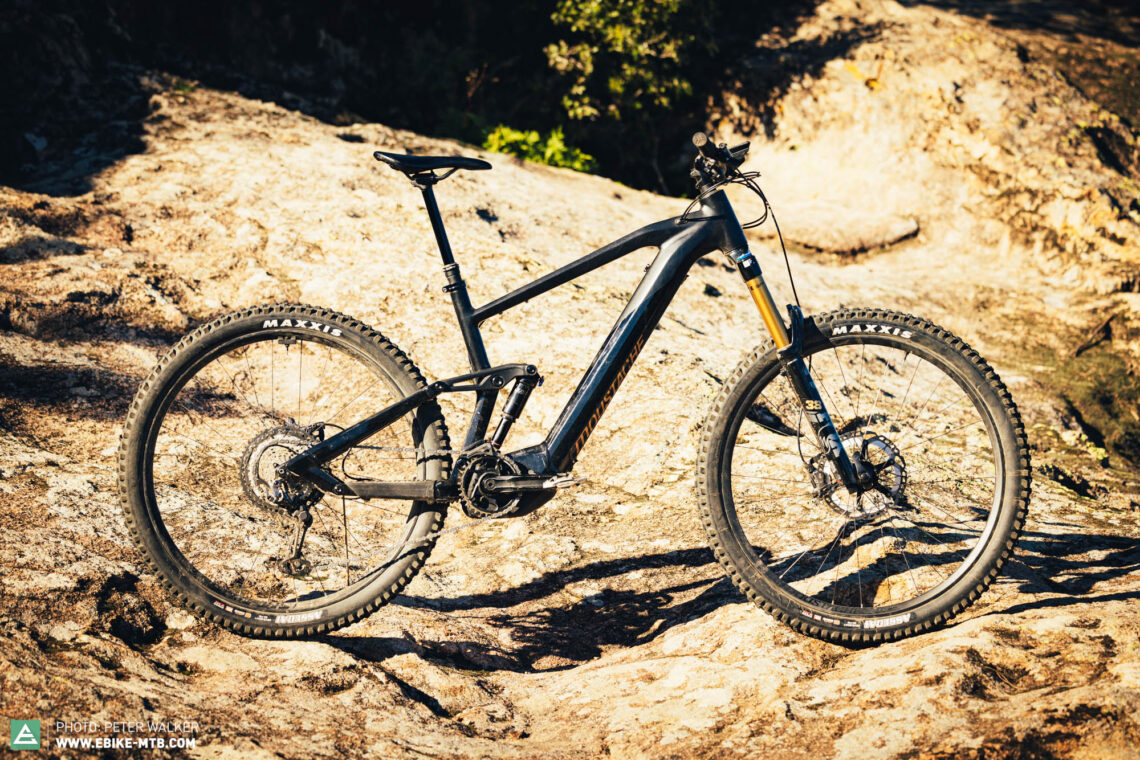
The Moustache Samedi 29 Game 11 enters the race with an old-school look and high-quality spec. The French manufacturer has fully committed itself to the electric cause. The undisputed highlight of their top spec model is the in-house Magic Grip Control shock, which didn’t quite manage to deliver the performance we hoped for in this test. In a nutshell, the rear suspension lacks support and feels rather spongy downhill, struggling to negotiate fast consecutive hits. In return, the Moustache cuts a fine figure as a touring companion, where the powerful Bosch motor and comfortable rear suspension work a treat.
Pivot Shuttle SL Pro X01
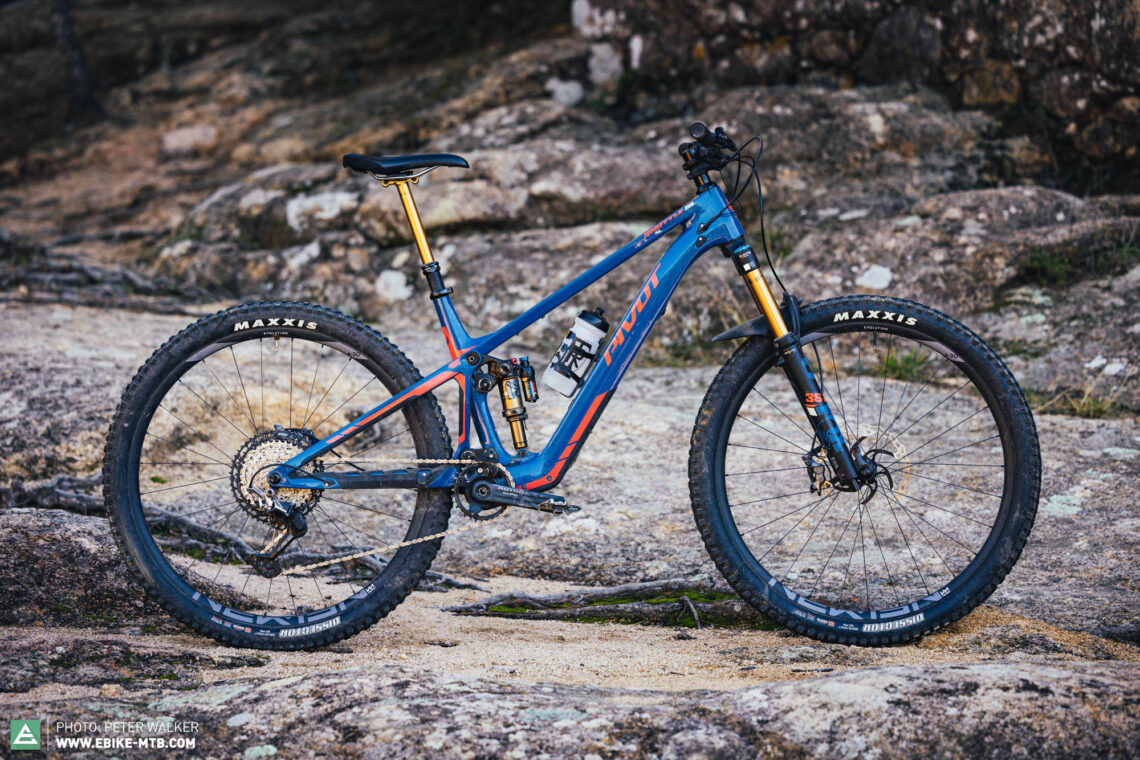
The Pivot Shuttle SL Pro X01 was the first Light-eMTB with FAZUA Ride 60 motor available on the market. In typical Pivot fashion, the firm DW-Link rear suspension ensures an excellent riding performance, both up and downhill, while the poppy rear end provides shed-loads of fun, especially on flowing trails. The precise steering behaviour and fast-looking paint finish ensure a nerve-tickling BMX sensation. Technical trails, however, call for decent riding skills to keep the Shuttle SL under control.
Pivot Shuttle LT Team XTR
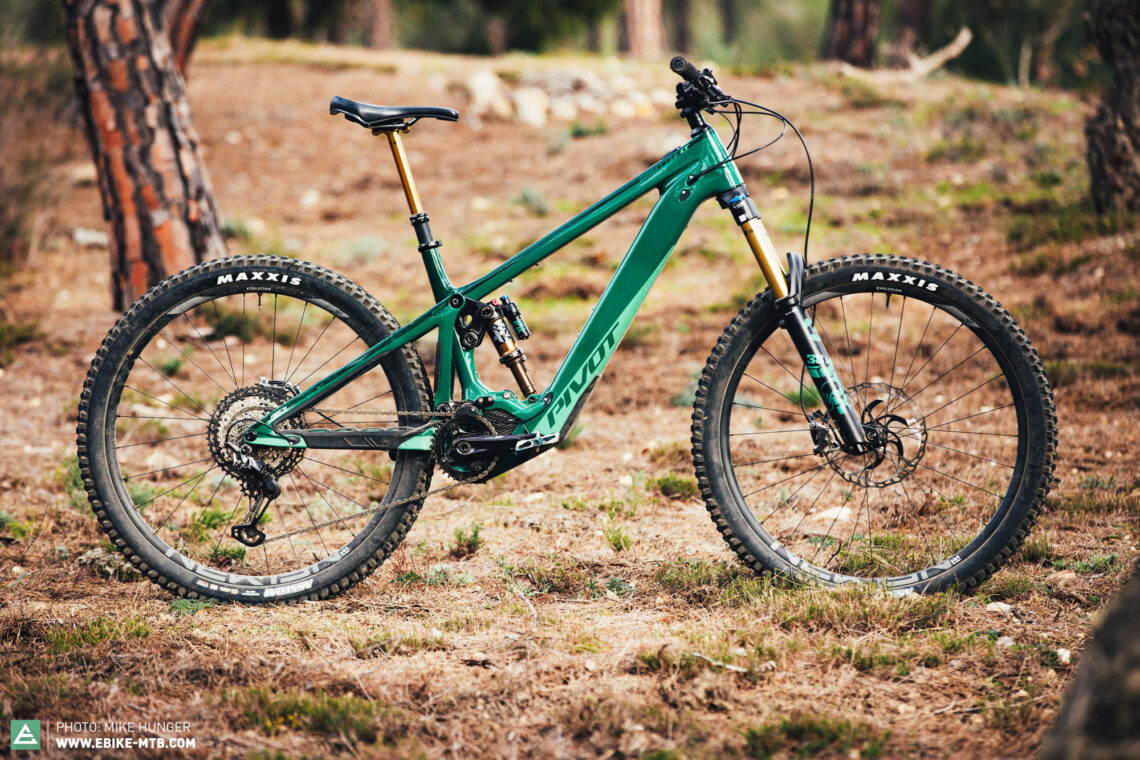
The third iteration of the Pivot Shuttle LT Team XTR drifts into our group test with the “more travel, more battery, more fun” mantra. With a whopping 756 Wh capacity, it has the biggest Shimano battery in the entire test field, while the comfortable pedalling position and efficient suspension ensure excellent touring qualities. Downhill, it’s reassuringly intuitive to ride and only falls slightly behind the best bikes in this test field, proving one of the best all-rounders on review.
ROTWILD R.X735 ULTRA
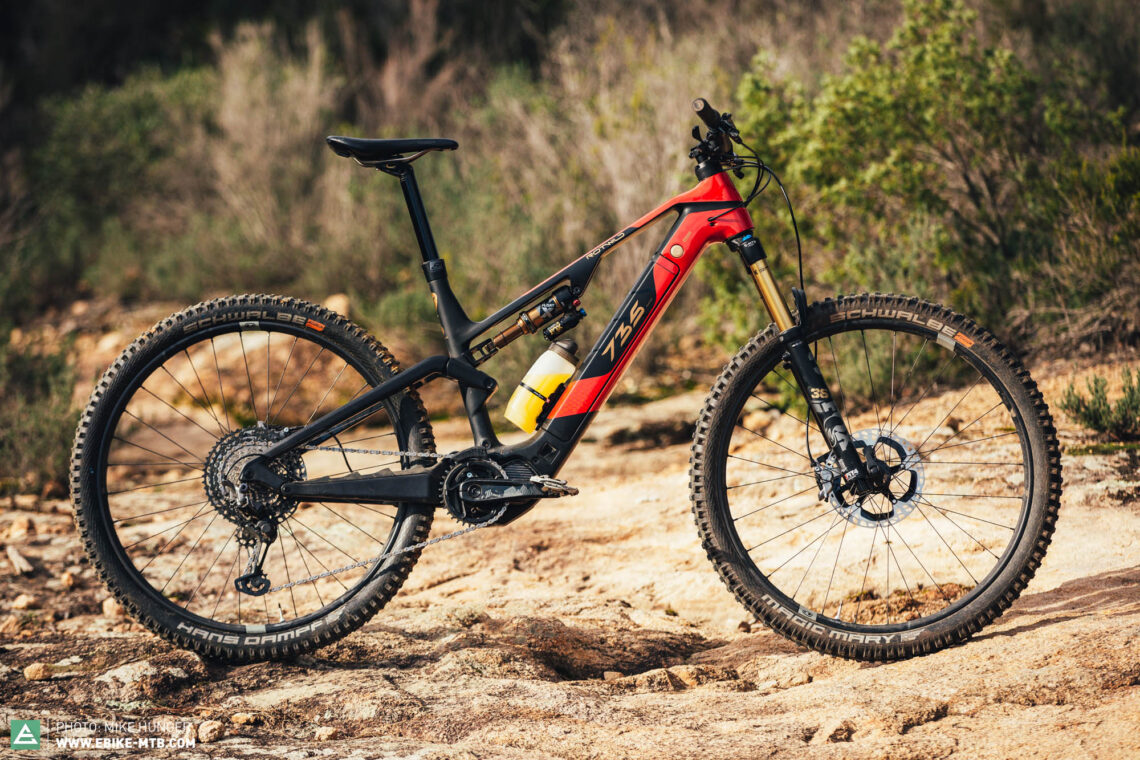
As one of the models in the German manufacturer’s “Aggressive Series”, the ROTWILD R.X735 ULTRA is aimed primarily at sporty riders. Its orientation is underlined by the sleek frame silhouette and clever detail solutions, like the battery’s quick-release function. The latter makes the Rotwild the bike with the fastest and most intuitive battery removal system! The agile, nimble handling slaps a massive grin on the face of experienced riders, but the somewhat inconsistent spec holds the Rotwild back on technical trails. As soon as you leave the trail to embark on longer rides, the pedalling position is a tad too aggressive, making the Rotwild less suitable for touring.
Santa Cruz Heckler MX X01 AXS RSV
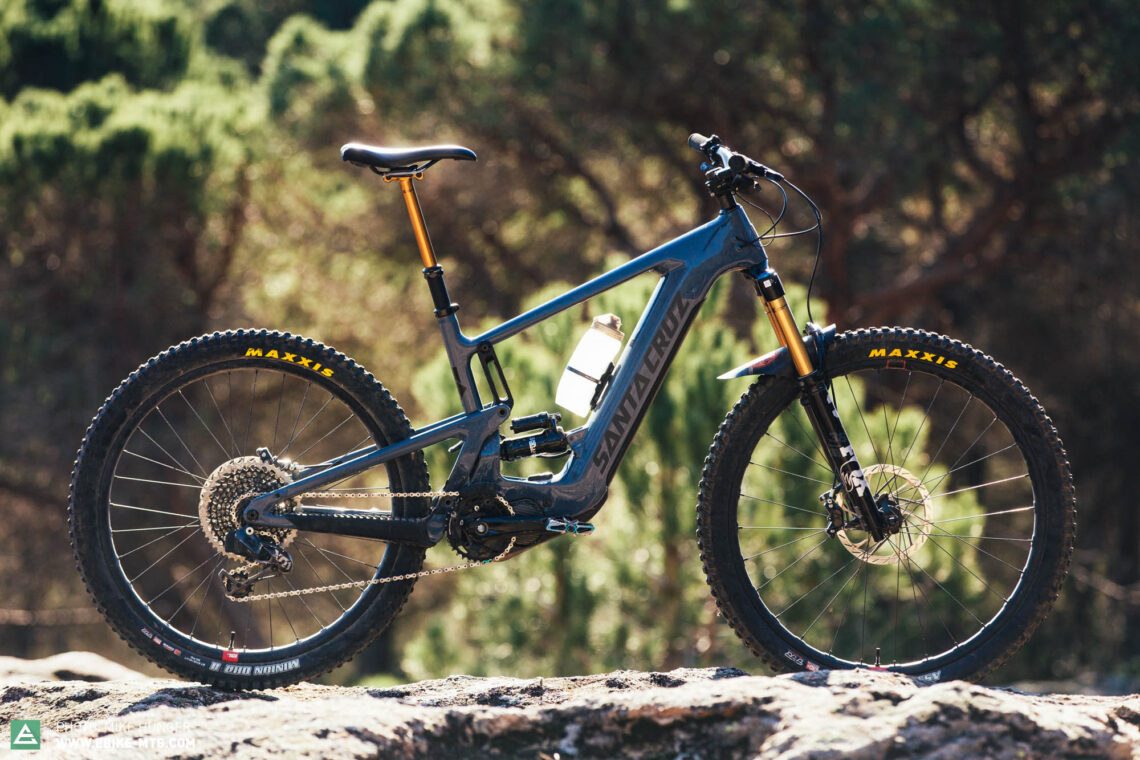
The Santa Cruz Heckler MX X01 AXS RSV came all the way from sunny California to no less sunny Cataluña to take part in our huge group test, promising to be lots of fun with its small rear wheel. And indeed, the Heckler keeps its promise on the trail, providing balanced handling and excellent support. At the same time, it inspires huge amounts of confidence, even when riding at high speeds, while the sensitive rear suspension makes you feel as if you were constantly gliding through a freshly-built trail. Not only is the Santa Cruz an excellent all-rounder, but also a comfortable tourer, albeit with some weaknesses on technical climbs.
SCOTT Lumen eRIDE 900 SL

The SCOTT Lumen eRIDE 900 SL features a TQ HPR 50 motor and is the undisputed master of integration in our 2023 e-mountainbike group test. Not only did the Swiss development team conceal the motor and shock inside the frame, but also integrated countless features and tools in places you wouldn’t think of. In harmony with its XC genes and streamlined appearance, the Lumen grinds its way up the mountain without batting an eyelid and yet delivers an impressive performance downhill. That said, the eye-watering € 15,999 price tag only makes it an option for a handful of people and on top of that, the field of application is extremely narrow considering the price.
Specialized Turbo Levo Expert
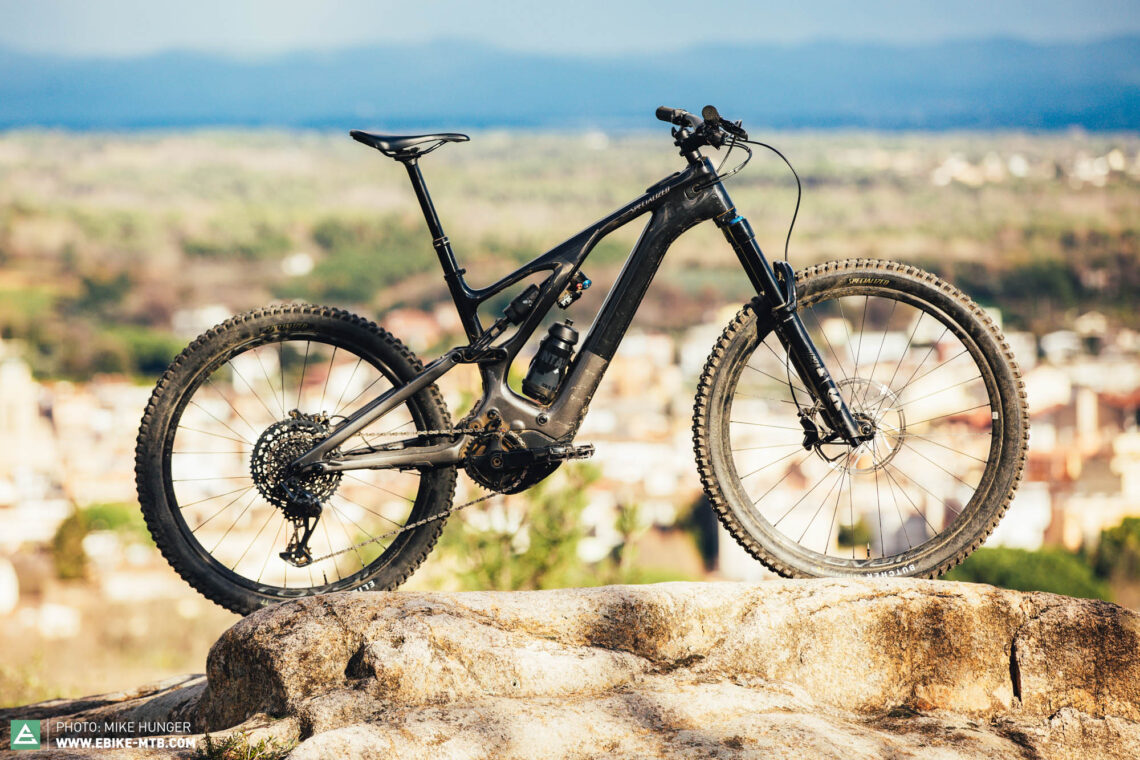
Already in its third iteration, the Specialized Turbo Levo Expert remains one of the most popular e-mountainbikes on the market. Thanks to Specialized’s unique do-it-all approach, developing both the motor and software around the bike, the Levo caused a stir right from its first generation and still goes strong after several years, holding up rather well against a test field of modern and rather shrewd competitors. Both the display integration and battery removal system are cleverly implemented into the overall concept and have effectively served as a benchmark for many competitors. On the trail, the Levo impresses with great versatility and intuitive handling, which ensure excellent all rounder qualities and make it suitable for both beginners and seasoned shredders.
Transition Repeater AXS Carbon
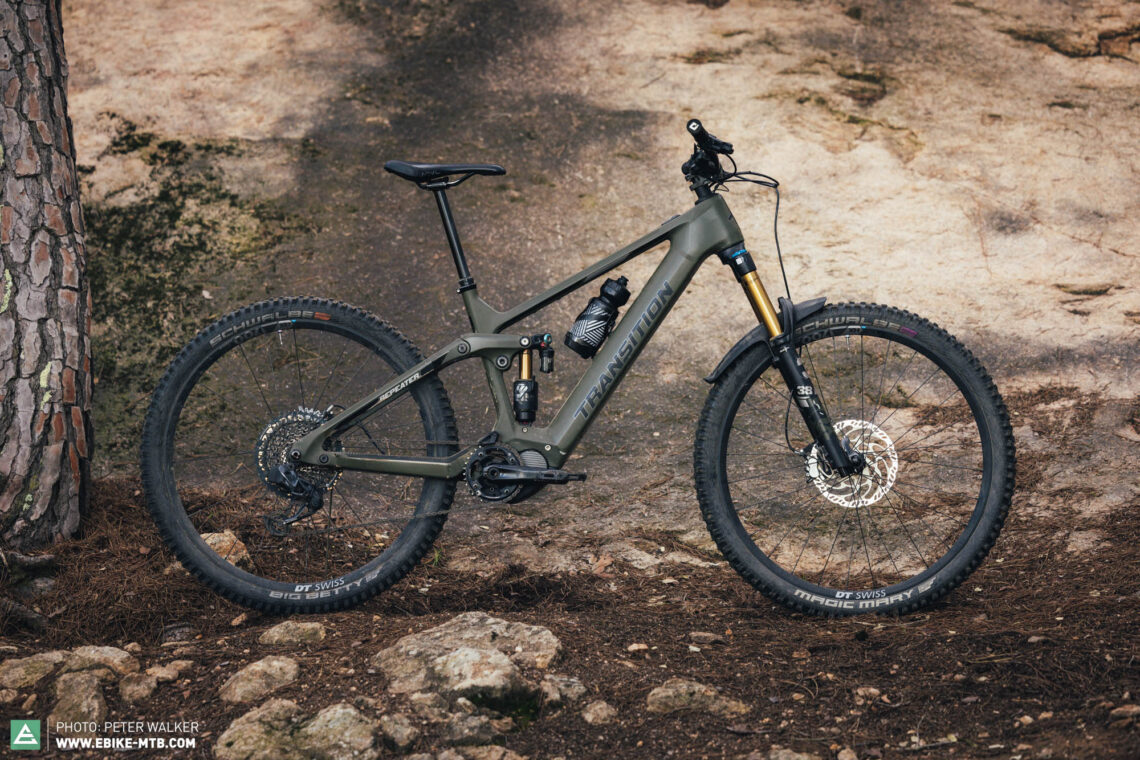
With the Transition Repeater AXS Carbon , the Bellingham-based manufacturer has finally jumped on the electric wagon. For their eMTB debut, Transition rely on proven (albeit slightly unexciting) Shimano motor integration and a sleek paint finish, delivering an excellent overall concept with a spec that perfectly suits its intended use. As a result, the Repeater encourages you to take your finger off the brakes and take full advantage of its extraordinary downhill potential. When descending, it inspires huge amounts of confidence and impresses with supportive suspension, which makes it one of the best and most discreet trail rippers in the entire test field.
Thömus Lightrider E Ultimate

While the Thömus Lightrider E Ultimate is the epitome of Helvetic pride, it’s far from being the Swiss army knife among e-mountainbikes. In our 2023 e-mountainbike test field, it combines the smallest battery (250 Wh) and weakest motor, which churns out a rather conservative 40 Nm torque. That said, the mellow character of the motor fits in well with the bike’s XC genes. As a result, the Thömus Lightrider requires more physical effort to get to the trailhead, but at the same time ensures a very natural riding experience. In keeping with its strong XC DNA, the Lightrider places you in a sporty, stretched pedalling position that isn’t overly comfortable on climbs. Downhill, the Thömus is held back by its own spec, though this can be customised using Thömus’ online configurator. Unfortunately, we didn’t get the chance to personalise our test bike.
Trek Fuel EXe 9.9 XX1 AXS

The Trek Fuel EXe 9.9 XX1 AXS has a clear edge over the other TQ competitors in this test. The motor was developed in close collaboration with the American bike manufacturer and relies on Trek’s proprietary software and app, which brings several practical advantages. These include more intuitive display operation and a wider range of functions in Trek’s in-house app – although the latter only offers added value off the trails. On the trail, the Fuel EXe 9.9 XX1 AXS is capable of pretty much everything but doesn’t excel at anything in particular, discreetly cruising along the rest of the test field with beginner-friendly handling.
UNNO Mith Race
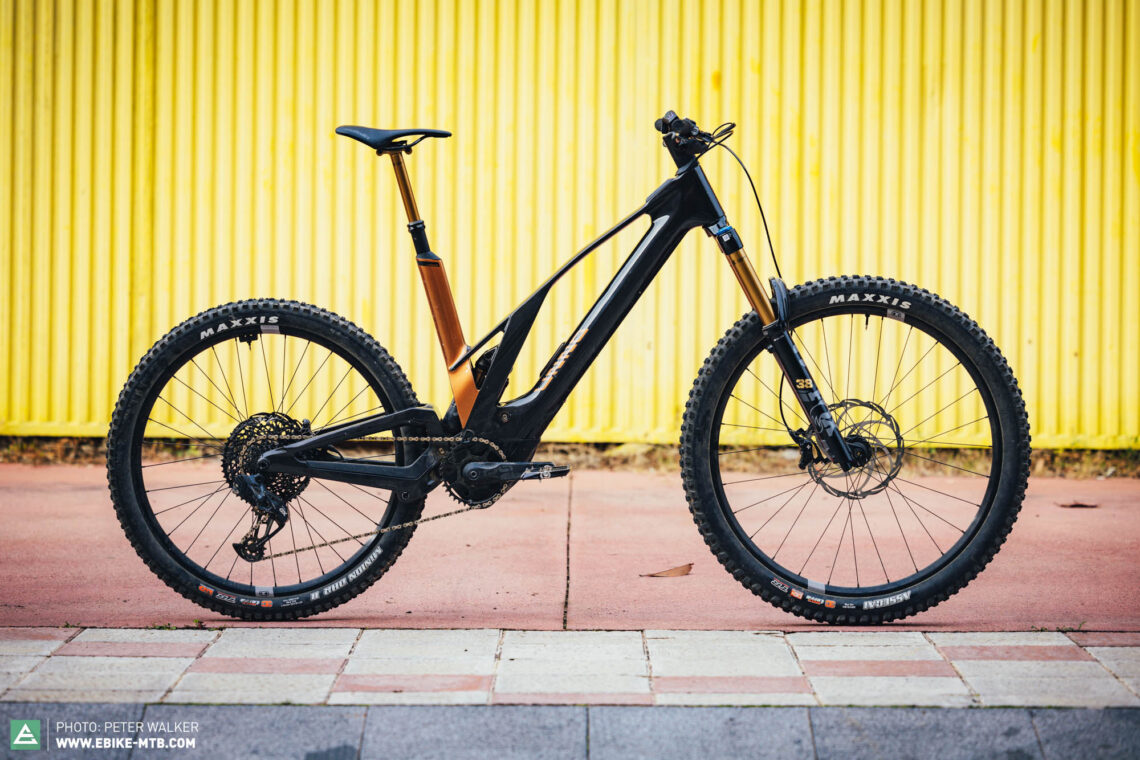
Radical and extravagant are perhaps the best words to describe the UNNO Mith Race . With its striking seat dome and metallic paint finish with golden accents, the Catalan steed is a real head turner, both on the trail and outside the pub. Upon closer inspection, you’ll come across countless captivating details, including the seamless Bosch system integration and elegant design features – the elaborate chain and seat stay protector being just one of them. Unfortunately, the peculiar frame design with enclosed shock makes it hard to set up the suspension. On the trail, the UNNO provides tons of support and impresses with direct, precise handling, but also requires an experienced rider who knows how to handle the direct feedback. Overall, the UNNO cuts a fine figure both in your living room and on the trail, where it proves a mean downhill machine for trail veterans.
Yeti 160E T1
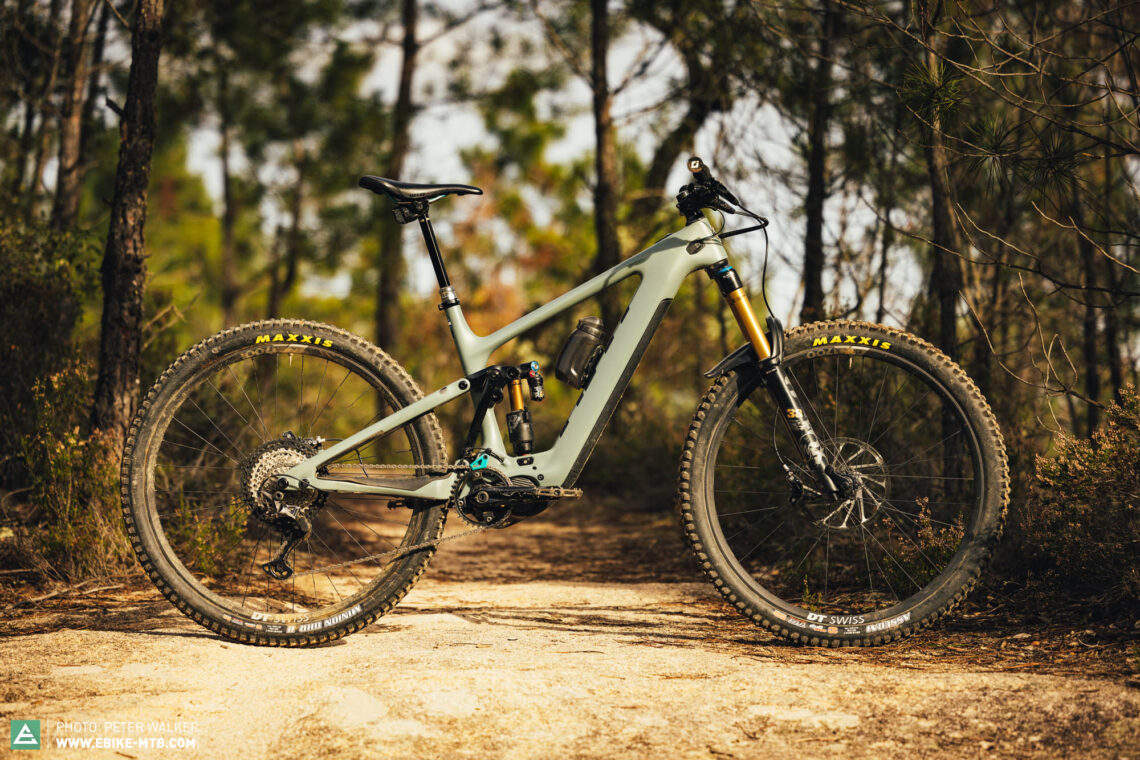
Not only is the Yeti 160E T1 the Colorado-based cult brand’s eMTB debut, but also the defending champion in this group test. It employs Yeti’s proprietary and rather fascinating six-bar suspension system, which knocks it out of the park on the trail and is rounded off by a top-notch spec. Needless to say, all of this comes at a rather eye-watering price. Although the electric snow monster can’t secure victory for the second year in a row, it still delivers a mind boggling trail performance for all types of riders and in a huge range of applications.

The Orbea WILD M-LTD 2023 is the Basque manufacturer’s e-mountainbike for the rough stuff. It comes equipped with a new Bosch Performance Line CX Race motor, which can be configured with either a 625 Wh or 750 Wh battery and customised down to the smallest detail using Orbea’s MyO online configurator. Orbea’s € 11,299 eMTB turns the volume to eleven on the trail and at the same time convinces with excellent all-round qualities.
Hit the link for the full review
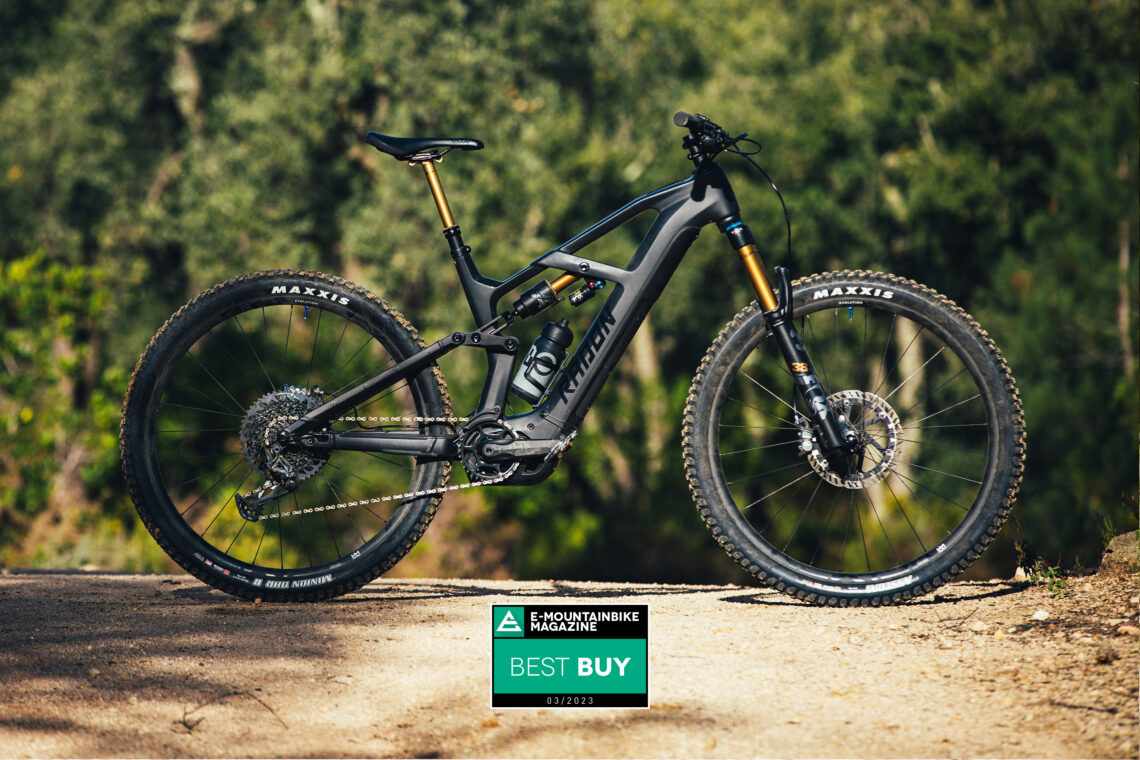
With the RADON DEFT 10.0 750 2023, the German direct-to-consumer brand entered the competition with a thoroughbred eMTB bruiser, which generates a whopping 170 mm of travel and retails at € 6,799. The Bosch Performance CX Smart System and 750 Wh battery are neatly packed into a carbon frame with alloy swingarm. Together with the high-quality spec, this makes the DEFT an very interesting option, not only for its reasonable price.
Both our test winner and Best Buy tip, the Orbea WILD M-LTD and Radon Deft 10.0 750, have secured their titles for a reason and should be the ideal companion for most eMTBers. That said, every rider has their own needs and requirements, so depending on your situation, you might be better off buying a touring or Light-eMTB. Here are some recommendations from our editorial team, which should include a suitable bike for everyone.
The best touring and everyday e-mountainbike in our group test: Cannondale Moterra Neo Carbon LT1

The Cannondale Moterra Neo Carbon LT1 wants to strike the optimal balance between trail artist and everyday hero, but fails to achieve its goal. However, this isn’t all that bad, because if you shift your focus slightly, the Moterra convinces as a strong tourer and an awesome everyday companion. The excellent riding comfort and countless everyday features, like the battery lock and lighting system, make it the best tourer in the entire test field – and at a fair price! Unfortunately, sporty riders who are looking for trail performance won’t cope well with its passive, sluggish character.
The best Light-eMTB in our huge 2023 group test: SIMPLON Rapcon Pmax TQ

Winning genes? Indeed! The SIMPLON Rapcon PMAX TQ is based on its analogue counterpart, which already secured the “Best enduro bike” title two years ago. Now the Austrian brand has seamlessly integrated the TQ motor into the frame, putting together a tremendous overall package. The bike’s character suits the motor to a tee and despite its low power output, the Rapcon pulls away from most of its competitors thanks to its efficient rear suspension. The SIMPLON begs you to get rowdy downhill and encourages you to push your limits with its predictable handling, stoic composure, and unmatched suspension while inspiring tons of confidence in the process. The SIMPLON Rapcon PMAX TQ is without a doubt the best Light-eMTB of 2023!
Full-fat or Light-eMTB? Or both? Orbea Rise M-Team

With the new Orbea Rise M-LTD , you can customise both the spec and look of your new bike using Orbea’s extensive MyO online configurator. Furthermore, the Basque manufacturer lets you choose between a 360 Wh and 540 Wh battery, which is permanently integrated into the downtube regardless of the size. If you add the optional range extender, the Rise has more capacity than most full-power eMTB all rounders. Speaking of power: the Shimano EP801 is tuned to reduce the maximum torque provided from 85 to 60 Nm and therefore uses less power than other Shimano motors – which translates into even more range! However, the Rise is a strong climber despite the limited motor and cuts a fine figure downhill, where it convinces with intuitive, predictable handling. The perfect compromise between Light-eMTBs and full-fat all rounders.
Did you enjoy this article? If so, we would be stoked if you decide to support us with a monthly contribution. By becoming a supporter of E-MOUNTAINBIKE, you will help secure a sustainable future for high-quality cycling journalism. Click here to learn more .
Words: Peter Walker, Felix Rauch Photos: Peter Walker, Mike Hunger
You may also like

New 2025 FOX dampers on test – GRIP X2, GRIP X and GRIP SL

Light eMTB or just a lighter eMTB? The new Mondraker Dune Carbon in review

New Propain Sresh CF 2024 on test – An eMTB for all occasions?

Ebiking in Patagonia – Everything has an end – but the world has 13.

2024 e-bike trends – the most important findings from our big e-mountainbike test
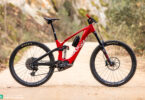
GASGAS ECC 6 – In our huge 2024 e-mountainbike test
Trek has been building bikes since 1976 — and in that time, we’ve collected a whole lot of hard-earned knowledge about what makes a quality bike that’ll stand the test of time. We’ve applied those same lessons to the electric bikes we’ve made in the past two decades. Experience matters when it comes to design and innovation. But whether or not your e-bike journey ends with a Trek, there are some key things you should know to look for when you’re making your choice. Here’s what we’ve learned separates quality electric bikes from the mass-produced e-bikes that can be less dependable, less durable, and less convenient.
Parts that are locally serviceable
Want to spend more time riding and less time waiting? Choose an e-bike that can be serviced locally at your shop, and not one you need to ship away to a service center for repair.
Robust hubs, wheels, and tires made for e-bike power and speed
Electric bikes have more mass and are ridden faster. So, it makes sense that they’re equipped with strong parts built to stand up to these additional forces — not just cheap parts that happen to fit the frame.
Hydraulic disc brakes for all-weather stopping power
With the additional speed and mass of an electric bike, you want high-quality disc brakes designed for stopping power in varying weather conditions. Rim brakes are generally not as powerful as disc brakes, so we recommend avoiding them.
A higher torque if you’re riding in hilly areas or carrying cargo
In an e-bike drive system, a higher torque gives you quicker acceleration. If you’re climbing or carrying extra weight, opt for a system with more torque.
A range that matches the distance you’ll ride
Stopping to charge mid-ride isn’t always awesome, so choose an e-bike with a range that’ll at least get you where you’re going and back on a single charge.
A battery that’s replaceable and recyclable
Electric bikes use lithium-ion batteries. Make sure the e-bike company you choose has a solution both for replacing your end-of-life battery and recycling it responsibly.
A drive system with software that’s easy to update with new features
Just like your computer or phone, a quality e-bike will have software that’s easy to update when new features are released. Choose an e-bike with software that can be updated easily when the time comes.
A warranty that covers both the electronics and the frame
Check your warranty carefully and be sure to understand what’s covered and for how long. Reputable e-bike companies won’t be afraid to stand behind both the electronics and the frame.
Curious how Trek stacks up?
Seven ways Trek is a smarter e-bike investment
- Why choose Trek e-bikes
Take me to the e-bikes already!
Wherever you roam, there’s an e-bike that’ll bring more power and possibility to your rides.
- Electric mountain
- Electric city
- Electric road
Want to talk it out? We love talking bikes — electric bikes especially. Because we know there’s a lot that goes into your decision to purchase one. We’re standing by to talk through your questions and help you find your perfect ride. Here’s how you can reach us fast.
Take a test ride locally
Drop by your local Trek retailer to check out Trek and Electra e-bikes, ask questions, and even go for a test ride. It’s the best way to see how much fun an e-bike will bring to your life.
Get in touch
Have questions now? Don't wait! We have a ton of ways for you to reach out and get connected with us. We'll help you answer your questions, guide you to your perfect model, and help you find your local Trek retailer.
- Go! E-bikes
- Accessories
- Find a retailer
ABOUT ELECTRA
- Electra history
- Flat Foot Technology
- Brand partners
- Electra Funbassadors
- Work at Electra
- Customer care
- Bike registration
- Manuals & user guides
- Shipping & delivery
- Newsletter signup
- Global distributors
- How to shop safely
- Privacy policy & terms of use
- Accessibility
- Cookie policy
- California Transparency Act
United States / English
- © Electra Bicycle Company 2024
Here are the best electric bikes you can buy at every price level in April 2024
I’ve spent countless hours here at Electrek doing detailed hands-on testing of hundreds of electric bikes. Through thousands of miles of riding, I’ve learned these e-bikes inside and out, top to bottom and front to back. That dedication to real-world e-bike testing has helped me find the best electric bicycles on the market for just about any budget.
Below are some of the top e-bikes I’ve hand-tested for every price range, current as of April 2024. Spring is finally upon us (at least, here in the Northern Hemisphere) and riding season is gearing up! After an ultra-competitive e-bike selling year in 2023, we’re still seeing some great sales into early 2024. So check out the awesome e-bikes below, any one of which could become your next electric bike.
Table of contents
Best electric bikes under $1,000, lectric one, best electric bikes from $2,000 to $3,500, best electric bikes from $3,500 to $5,000.
The sub-$1,000 electric bike category is critical for a few reasons.
First, it’s pretty hard to produce a quality e-bike and sell it for under $1k. Most of the options in this price category make too many sacrifices in quality or longevity to earn a spot on this list as one of “the best”.
Second, many newcomers to the e-bike industry just aren’t prepared to drop several thousand dollars on a brand-new concept, making this price range critical for many first-time e-bike shoppers.
Fortunately, we’ve found some excellent options for cheap electric bikes that can still save you some serious dough.
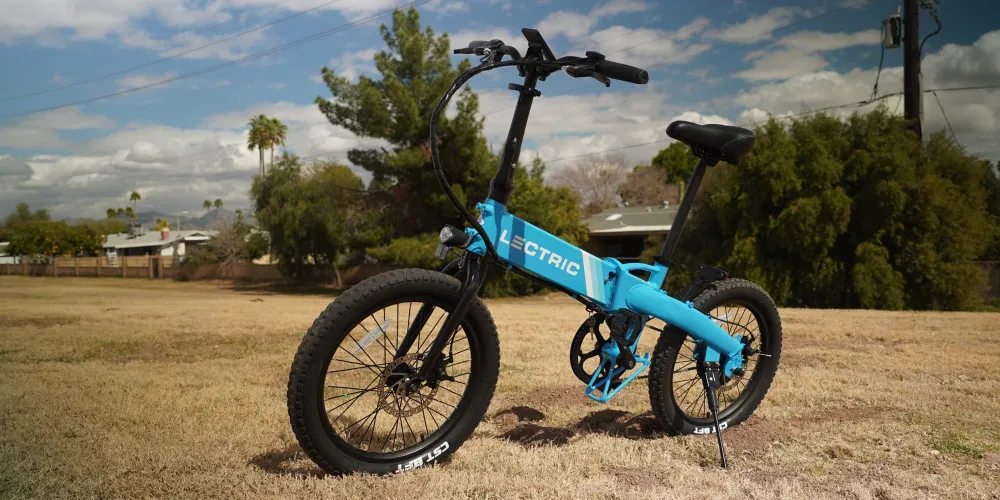
Lectric XP LITE
The Lectric XP LITE is likely the latest king of bang-for-your-buck electric bikes.
For years, the $999 Lectric XP 3.0 and its previous 1.0 predecessor reigned supreme in the budget electric bike category. That’s still a great bike, and we’ll discuss it next, but the more affordable $799 Lectric XP LITE is an even more wallet-friendly electric bike.
That new e-bike offers some great riding at under 800 bucks.
It’s a throttle-enabled Class 2 folding electric bike with 20″ wheels, a max speed of 20 mph (32 km/h) and a motor rated for 300W continuous and 720W peak.
It’s not going to be the strongest hill climber, but it does get going quickly on flat and modestly hilly terrain.

This is the only e-bike in this price range that I know of with a 48V electrical system. All the other budget e-bikes under $800 use a 36V system and thus suffer from weaker power.
There are some things that you give up with this model, such as that the fenders aren’t included free. But for just $799 , you’re still getting built-in lights, a hidden battery, large LCD display and a lightweight folder. Plus it comes in four color options.
There’s a lot of value there!
Lectric XP LITE quick specs
- Motor: 300W (720W peak) geared rear hub motor
- Top speed: 32 km/h (20 mph)
- Range: Claimed up to 72 km (40 mi), but less on throttle only
- Battery: 48V 7.8 Ah (375 Wh)
- Weight : 21 kg (46 lb)
- Price : $799

Lectric XP 3.0
If you like the idea of a low-cost US-based company like Lectric eBikes but want something with more power than their XP LITE, consider the $999 Lectric XP 3.0 . The XP 3.0 is the newest version of America’s best-selling electric bike, and now it’s even better with hydraulic disc brakes! In my opinion, this is the current king of bang-for-your-buck electric bikes right now. It’s clear why this is the best-selling electric bike in the US.
Between the fast 28 mph speed, comfortable ride with front suspension, nimble yet thick three-inch tires, and the powerful 1,000W peak-rated motor, the bike combines high performance with an awesome price. The new version comes with a higher power motor featuring more torque, a new rear rack that can support 150 pounds (and has a passenger package option for carrying a friend), has longer travel suspension, and several other key upgrades.
There are both step-over and step-through frames available. To be honest, the frame member is low on both of them and so they’re both easy to mount, but I actually prefer the step-through. Even though low-step bikes are often considered to be “women’s bikes,” the Lectric XP 3.0 looks badass enough that no one would ever think of calling the step-through option a ladies’ bike. It’s just a more comfortable way to hop on and off.
Plus, the folding frame of the Lectric XP 3.0 means you can bring this high-value e-bike with you in a car or truck. I know several people who keep one in their RV, and I’ve even heard of folks traveling with it on their boat or light airplane.
The company also has longer-range batteries for the XP 3.0 that add 45% more range. If you’re the kind of person who likes to ride fast, that battery will help you use that power for longer rides at higher speeds.
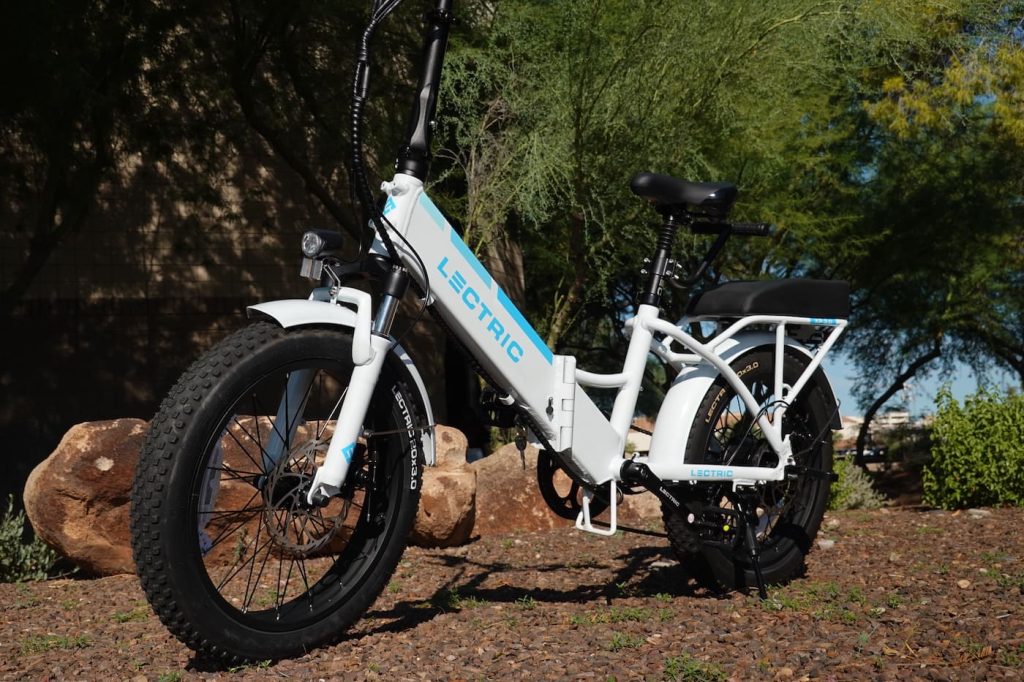
It’s hard to find a better combination of low cost and high performance anywhere in the e-bike market right now. That’s why this is the bike I used when I worked undercover as an e-bike delivery rider .
Check out my first ride experience on the Lectric XP 3.0 here .
Lectric XP 3.0 quick specs
- Motor: 500W (850W peak) geared rear hub motor
- Top speed: 45 km/h (28 mph)
- Range: Claimed up to 72 km (45 mi), but less if you’re heavy on the throttle
- Battery: 48V 9.6 Ah (460 Wh), or larger 14Ah battery available
- Weight : 29 kg (64 lb)
- Price : $999
Ride1Up Portola
When Ride1Up launched the Portola , it was pretty obvious what the game plan was: fire a shot across Lectric Ebike’s bow with a direct competitor to the Lectric XP 3.0. By all accounts, Ride1Up nailed it with an impressive competitor, the best-selling e-bike out there.
The Ride1Up Portola has a lot more going for it than just the awesome price of $995 . The bike has great performance with a maximum speed of 28 mph (45 km/h) and great components including hydraulic disc brakes, front suspension, a built-in rear rack, and a 750W motor.
There are two battery options available, either a 48V 10.4Ah or a 48V 13.4Ah, and the larger battery only costs an extra $100.
I love the sleek-looking frame and apparently, I’m not alone. Those who are on the hunt for a good-looking folding fat tire e-bike that doesn’t break the bank will likely find this to be one of the more fashionable options.

Ride1Up Portola quick specs
- Motor: 750W geared rear hub motor
- Battery: 48V 10.4 Ah (504 Wh), or larger 48V 13.4 Ah battery available
- Weight : 27.2 kg (60 lb)
- Price : $995
Ride1Up Roadster V2
The Ride1Up Roadster V2 seems to hop back and forth in price from $995 to $1,095 , depending on the time of year and current sale. Even when it falls just north of the $1k mark, the Roadster V2 is an awesome deal.
But you should know going in that this is very much a pedal-oriented e-bike. There’s no throttle, and the motor is only moderately powerful, peaking at 500W. That means the Roadster V2 is best for someone who enjoys cycling and simply wants an assist motor to help them go faster and farther.
The belt-drive setup, low-weight design, and fast speed of up to 24 mph make this an incredible deal.
You can check out my full, in-depth review of the Ride1Up Roadster V2 here .
Ride1up Roadster V2 quick specs:
- Motor: 500W peak (350W continuous) rear hub motor
- Top speed: 24 mph (38 km/h)
- Range: 20-35 miles (32-56 km)
- Battery: 36V 7Ah (252Wh)
- Weight : 32 lb (14.5 kg)
- Price : $995-$1,095

Propella Mini
The $849 Propella Mini almost looks a bit odd at first glance, but the quirky proportions result in a super nimble and lightweight e-bike.
It’s not particularly fast at just 18 mph. And it’s also a pedal-assist e-bike, meaning you don’t have a throttle for the days when you feel lazy. But for anyone that doesn’t mind pedaling as long as you get a decent electric boost, the Propella Mini is a great option for you.
I love the bright blue rims, white chain, and slim black frame. The look is killer. And the bike rides both smoothly and efficiently. There’s no suspension to speak of, but the upside is there’s no suspension fork to break. The bike should last a long time with modest upkeep, and it’s a definite winner for anyone that’s low on space.
See my full review of the Propella Mini here .
Propella Mini quick specs
- Motor: 250 W (400 W peak) Bafang rear geared hub motor
- Top speed: 30 km/h (18.5 mph)
- Range: 32-56 km (20-35 mi) depending on pedal assist level
- Battery: 36V 7Ah (250 Wh)
- Price: $849
- Weight : 14.9 kg (33 lb)

JackRabbit micro e-bike
The $999 JackRabbit OG is in one of these fuzzy areas between e-bikes and other e-rideables. In this case, it straddles the line between an electric bike and an electric scooter.
It more or less feels like an electric bike based on its ride geometry. However, the lack of pedals means that it could also be classified as an electric scooter, albeit a large-wheeled e-scooter.
But with those 20-inch wheels and bicycle seat, the JackRabbit rides much more like a small folding e-bike than an e-scooter. And its electronics match that of a light e-bike too.
The 300W motor gets the little runabout up to 20 mph (32 km/h). The small 158 Wh battery only offers around 10-12 miles (approximately 16-20 km) of range, but is also conveniently small enough to easily keep a spare battery in a cargo pocket or even a small purse.
The biggest benefit of the JackRabbit is that it is so simple that the lack of frills keeps the weight down to just 23 lb (10.5 kg)! For an e-bike, that’s almost so light that it floats.
The company also released a higher power and larger battery capacity version too , which might be good for riders that want to push harder and go farther.
See my full review of the JackRabbit here .
JackRabbit quick specs
- Motor: 300W geared rear hub motor
- Range: 20 km (12 mi)
- Bike weight: 10.5 kg (23 lb.)
- Brakes: Rear mechanical disc brake

Best electric bikes under $2,000
Once you bump up above the $1,000 limit, you start to see many more great options for e-bikes in a wide range of categories.
From electric cargo bikes to cruisers and even electric mopeds, there’s something for everyone in this price range.
The Lectric ONE is listed in the “Best under $2,000” category, but in many ways, it’s the best in under a significantly higher dollar value. To put it into perspective, it’d be hard to buy the gearbox alone on this bike for under $2,000, and yet that’s the price tag of the entire bike! For just $1,999 , you’re getting an e-bike with components normally found on $10,000+ bikes.
The Lectric One was unveiled as a lightweight commuter e-bike designed with an ultra high-end drivetrain based around the Pinion C1.6i auto-shifting gearbox. Paired with a Gates carbon belt drive and a true 750W-rated Stealth M24 motor (with 1,300 peak watts!), the Lectric ONE hits class 3 speeds in style with some extra premium components.

Lectric ONE quick specs:
- Motor: 750W rear hub motor (1.3 kW peak)
- Battery: 48V 10.4 or 14Ah (500Wh or 672 Wh)
- Top speed: 28 mph (45 km/h)
- Range: up to 75 miles (120 km)
- Weight: 55 lb (25 kg)
- Price: $1,999
Lectric XPedition
We were the first to review this new model and we called it a runaway hit right from the start. With heavy-hauling weight capacity, the option for one or two batteries for extra long range, hydraulic disc brakes and a watt-based more comfortable feeling pedal assist sensor, this e-bike is dragging electric cargo bikes into the future.
The $1,399 Lectric XPedition has turned the electric cargo bike market upside down, finally bringing a heavy-hitting cargo e-bike to market for an ultra-affordable price.
While it’s not the nicest cargo e-bike on the market, it’s definitely the best bang for your buck thanks to a combination of high value parts and reasonable pricing.

Lectric XPedition quick specs:
- Motor: 750W rear hub motor
- Battery: 48V 14Ah (672 Wh) with the option for a second battery
- Weight: 68 lb (31 kg)
- Price: $1,399
Aventon Soltera.2
The $1,399 Aventon Soltera.2 is the latest version of Aventon’s beautiful city bike that offers some of the best quality fabrication that I’ve seen in this price range – or even in higher price ranges. It is offered in either a single-speed or seven-speed format.
The bike rolls on narrow tires for that efficient city ride, while still packing in a 500W motor.
The battery is a bit smaller at 36V and 10Ah, but the bike makes up for a smaller battery by being able to integrate it into the frame in a sleek and attractive package.
The beautiful color display also adds to the bike’s charm, as do the powerful headlight and frame-integrated tail light. There’s even an awesome companion app that lets your phone track your bike’s important stats. Basically, you’re getting a lot for $1,199 here!
Check out my in-depth Aventon Soltera.2 review here .
Aventon Soltera.2 quick specs:
- Motor: 500W peak-rated rear hub motor
- Battery: 36V 10Ah (360 Wh)
- Top speed: 20 mph (32 km/h)
- Range: 20-63 miles (32-101 km)
- Weight: 46 lb (21 kg)
- Price: $1,199
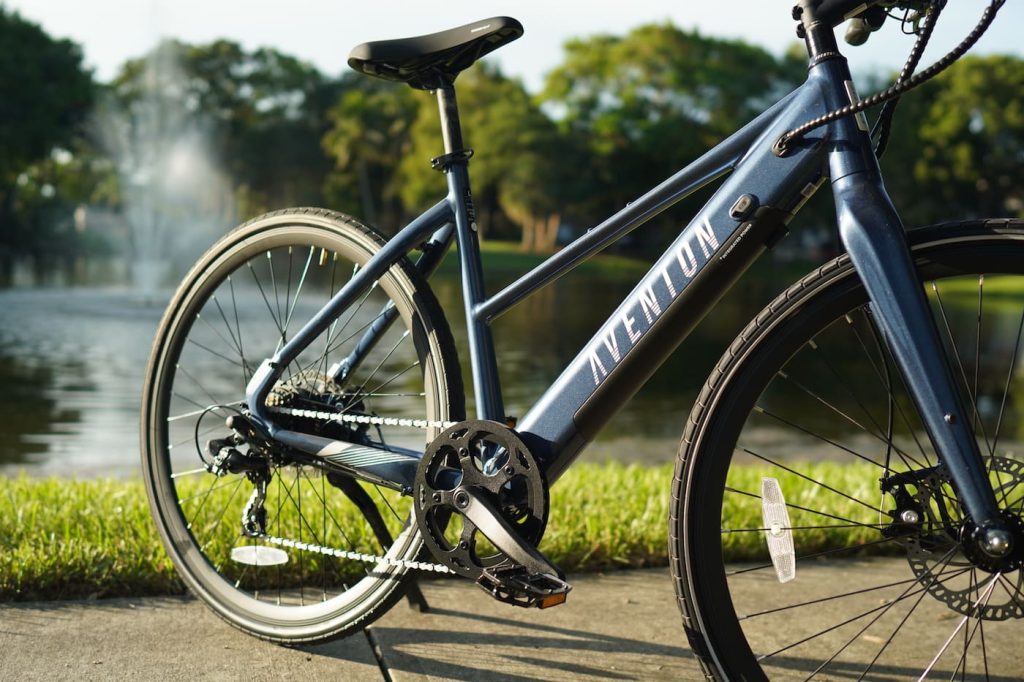
Ride1Up Turris
Ride1Up has proven itself as a high-value electric bike brand, focusing largely on efficient and speedy commuter e-bikes. While the company has many models in the $1,000 to $2,000 range, the $1,095 Ride1Up Turris (at it’s current sale price ) is one of the best bang-for-your-buck options.
A powerful 750W continuous-rated motor gets the bike up to Class 3 speeds that will have you keeping up with traffic or even passing cars when they get bogged down in the city. That extra speed over most class 2 e-bikes can be quite useful when riding on the side of the road trying to reduce the number of times a car whizzes by you. Even when riding alone or in a protected path away from cars, the extra speed sure makes for a fun ride.
The sporty tires and two choices of frame style (step over or step through) give riders plenty of options to use this bike on the trails or the streets. I love that it includes full metal fenders as well so you don’t have to spend extra on those. I’d definitely recommend spending an extra $50 for the rear rack though if you plan to use the bike as a commuter, since you never know when you’ll need to toss something on the back.
If you want to upgrade to more power and a nicer set of components, the $1,695 700 Series is worth a look. But I think the Ride1Up Turris is sufficient for most riders.
Ride1Up Turris quick specs:
- Range: 32-64 km (20-40 mi) throttle vs. pedal assist
- Battery: 48V 12.8Ah (614 Wh) with genuine LG cells
- Weight : 25 kg (55 lb)
- Price : $1,095

Lectric XPeak
Lectric Ebikes recently expanded into larger territory with the launch of the new Lectric XPeak. It’s the company’s first e-bike with a larger than 20″ wheel size, bringing some chunky 26×4.0″ tires into the company’s inventory.
The XPeak takes the form of a typical adventure-style fat tire electric bike. It features a hardtail design with a suspension fork, high volume tires, hydraulic disc brakes and a relatively large battery that is certified by the Swiss testing agency SGS to meet UL 2849 standards.
The bike is also tested to higher standards for ruggedness of the frame and fork than most e-bikes in this price range, meaning it’s likely going to last longer too. As far as fat tire adventure-style e-bikes go, there’s no better bang for your buck than the Lectric XPeak.
Lectric XPeak quick specs:
- Motor: 750W (1,300W peak)
- Range: Up to 75 km (45 mi) on low power
- Battery: 48V 14 Ah (672 Wh)
- Weight : 39.4 kg (67 lb)
- Price : $1,299 (may increase to $1,399 after promotional sale ends)
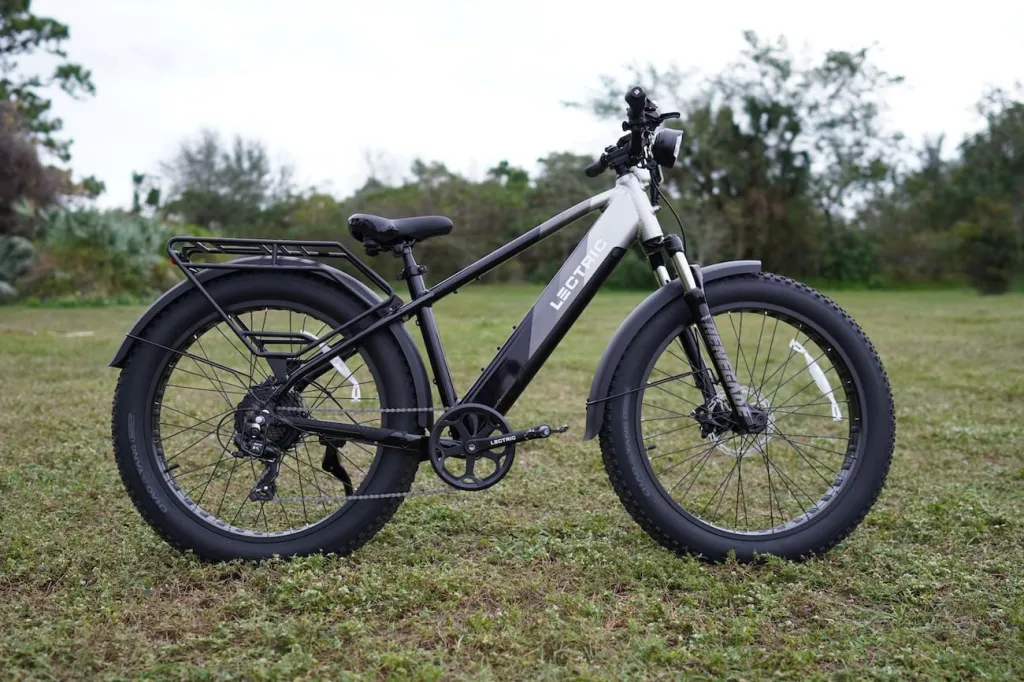
Ride1Up Cafe Cruiser
The Ride1Up Cafe Cruiser is Ride1Up’s first non-purely commuter electric bike, and boy did they knock it out of the park on this one.
The Cafe Cruiser, as its name suggests, is part cruiser bike, part fast motorbike.
The cruiser bars, suspension fork, comfortable seat and pedal-forward geometry make it a pleasure to ride. The high performance 750W hub motor and 28 mph (45 km/h) top speed make it a blast for quick errand running and fun commutes.
High quality parts like hydraulic disc brakes complete the package, and the included fenders and rear rack increase the bike’s value.
One of the coolest features though is the passenger package that adds a rear bench seat, wheel skirt and foot pegs so you can carry a second rider on back. The second seat has a quick release so you can easily pop it on and off the bike whenever you need to swap back and forth between carrying your friends or a basket full of groceries home.
At just $1,595 , the Ride1Up Cafe Cruiser is priced way below fair market value, which makes this an absolute steal of a deal.
Ride1Up Cafe Cruiser quick specs:
- Motor: 750W rear geared hub motor
- Range: 50-80 km (30-50 mi)
- Battery: 48V 15Ah (720 Wh)
- Weight : 29 kg (65 lb)
- Price : $1,595
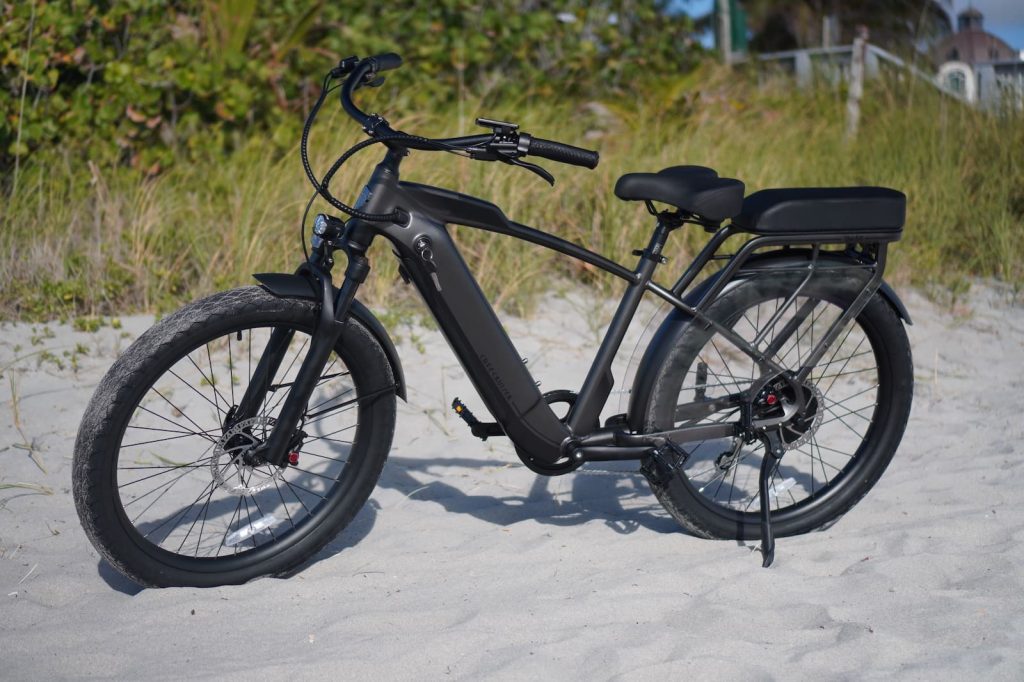
Rad Power Bikes RadRunner
The RadRunner from Rad Power Bikes has been an industry favorite ever since it was first announced back in 2019. The company is actually on the RadRunner 2 now, but the update only made minor changes since the original was already so well designed.
The bike uses a step-through moped style frame to create a short utility bike or mini cargo e-bike. It’s quick up to the 20 mph top speed and offers a ton of uses. When outfitted with the Passenger Package , it has a seat and footpegs that let you carry kids or adults on the back, turning this into a multi-passenger e-bike.
The high-capacity battery and powerful motor also make for sprightly acceleration and longer than average rides, so you’ll have enough power to ride all day.
The RadRunner is truly one of those do-anything e-bikes because it has so many uses. The same bike can be used for fun recreational riding, city commuting, trail riding, or grocery shopping. There’s something for everyone.
There’s even an upgraded version known as the RadRunner Plus, which adds suspension, a seven-speed transmission, a more detailed display, and the passenger package, though the RadRunner Plus costs a bit more at $1,899 .
Check out my complete review of the RadRunner 2 here .
RadRunner 2 quick specs:
- Range: 45-72 km (25-45 mi) depending on user input
- Battery: 48V 14Ah (672 Wh)
- Weight : 29.5 kg (65 lb)
- Price : $1,499
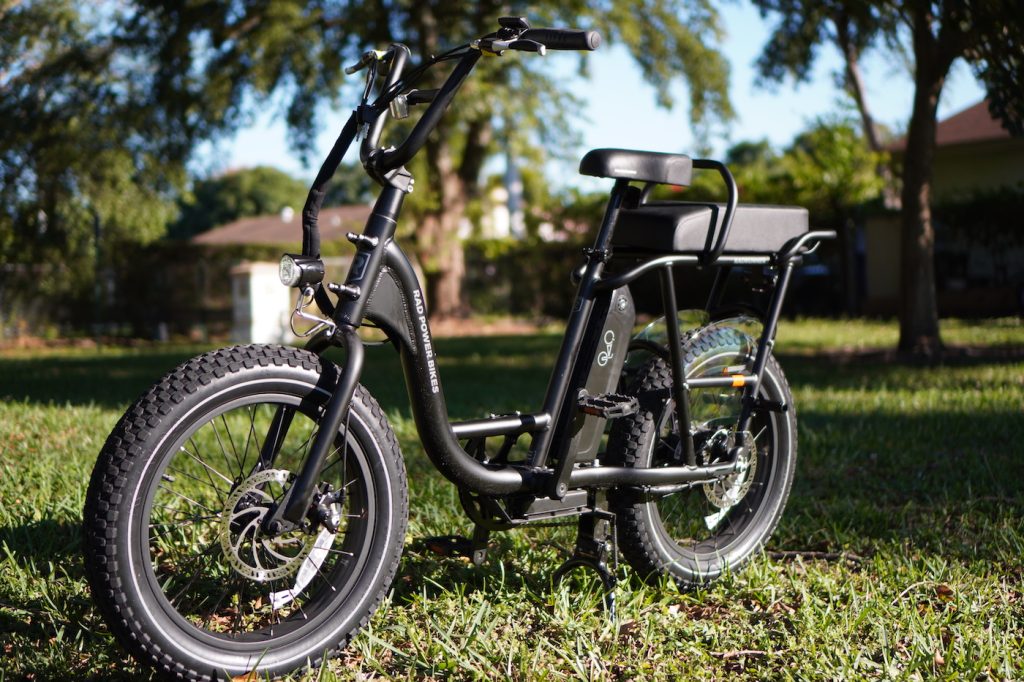
Rad Power Bikes RadWagon 4
Cargo electric bikes are the workhorses of the e-bike world. They have higher weight capacities and more surface area for carrying all of your gear.
The $1,999 Rad Power Bikes RadWagon 4 is one of my favorite options thanks to the awesome build and wide range of compatible Rad accessories.
The bike’s 750W motor and large capacity battery make it easy to hit the top speed of 20 mph and ride farther than your errands will require.
Plus that long rear bench has tons of room for boxes, bags, or kiddos. I’ve had three riders on the bike plenty of times, and it can definitely do more. Plus, I love that double center kickstand for creating an ultra-stable parking platform.
Check out my full in-depth review of the RadWagon 4 e-cargo bike here .
Rad Power Bikes RadWagon 4 quick specs:
- Motor: 750 W geared rear hub motor
- Battery: 48V 14Ah (672Wh)
- Weight : 34.8 kg (76.7 lb)
- Price: $1,999
Electric Bike Company Model Y
Electric Bike Company is one of the only e-bike manufacturers that actually builds its electric bikes in the US from the ground up.
They start with bare frames and perform the entire build locally with highly trained e-bike technicians. That also allows them to offer more customization options than any other e-bike company out there.
The $1,949 Model Y is a step-through cruiser e-bike with a hidden battery in the front basket. It offers fast speeds up to 28 mph and high-quality parts like hydraulic disc brakes and top-end hardware. The color screen and leather accents on the seat and bar ends add to the classy look too!
The real treat though is getting to select the custom paint on every surface of the bike, plus your own rim colors, trim colors, and tire options. It’s incredibly customizable to the point where you’re virtually guaranteed to be able to create a truly one-of-a-kind electric bike if you wish.
Check out my full review of the Electric Bike Company Model Y here .
Electric Bike Company Model Y quick specs:
- Motor: 1,000W peak rear geared hub motor
- Range: Up to 80 km (50 mi) with moderate pedaling
- Battery: 48V with either 9Ah (432 Wh) or 18Ah (864 Wh) options
- Weight : 26 kg (58 lb)
- Price: $1,949
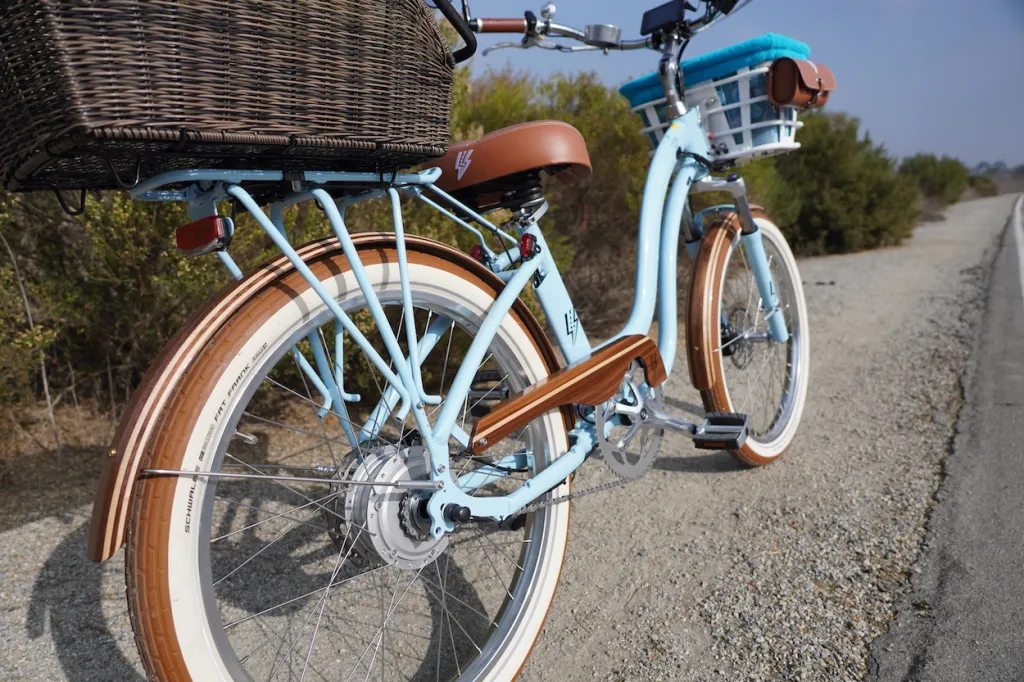

Velotric Nomad 1
Velotric has a number of interesting e-bikes in its lineup and I’m enjoying testing several of the companies new models. But one of my favorites so far — thanks to its excellent off-road abilities — has got to be the Velotric Nomad 1.
The e-bike isn’t just powerful or surprisingly comfortable for an off-road, it’s also quite safe. The punchy hydraulic disc brakes offer quick and controlled stops while the UL-certified battery and e-bike systems offer safe operations, removing the worry of dangerous thermal events.
For just $1,499 at its current sale price, this is an excellent bike for both asphalt commuting and dirt trail excursions, all on the same ride!
Check out my full review of the Velotric Nomad 1 here .
Velotric Nomad 1 quick specs:
- Motor: 1,200W peak rear geared hub motor
- Range: Up to 88km (55 mi) on pedal assist
- Battery: 48V 14.4Ah (691 Wh) frame-integrated, removable
- Weight : 33 kg (73 lb)
- Price: $1,499

Ride1Up Rift
Ride1Up’s first adventure-style electric bike was a smashing success, helping the San Diego-based electric bike maker enter an entirely new category with a bang.
This fat tire electric bike has a powerful motor, a massive 960Wh battery and an ultra rugged frame with built-in rear rack that can carry heavy cargo or even an adult passenger on back.
With fenders, built-in LED lights and cargo capabilities, the Ride1Up Rift would also make a surprisingly good commuter bike that will traverse pot holes and other rough street imperfections just as well as it handles off-road conditions.
Check out my full review of the Ride1Up Rift XR here .
Ride1Up Rift XR quick specs:
- Motor: 750W continuous-rated rear geared hub motor
- Top speed: 32 km/h (20 mph) on throttle, or 45 km/h (28 mph) on pedal assist
- Range: Up to 96 km (60 mi) on pedal assist
- Battery: 48V 20Ah (960 Wh) frame-integrated, removable
- Weight : 38 kg (84.5 lb)
- Price: $1,895
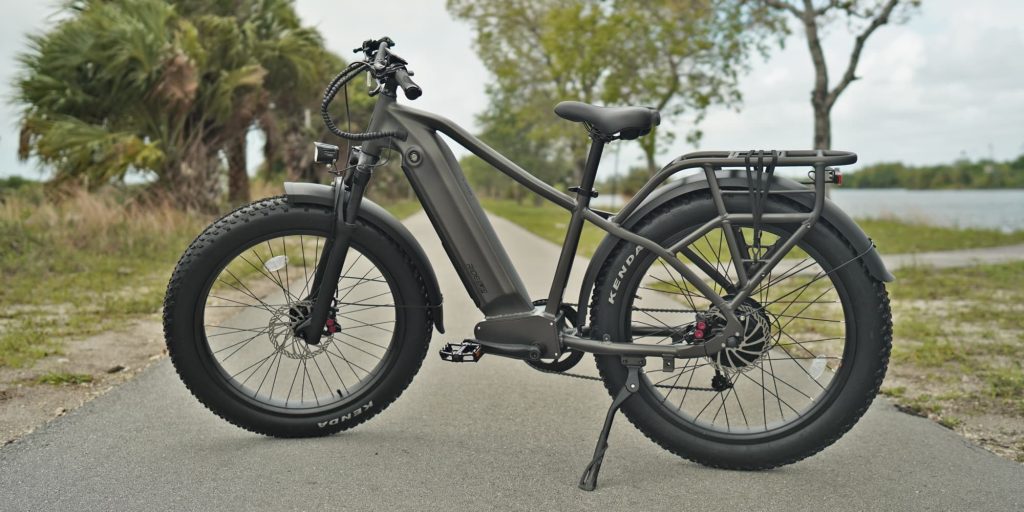
Velotric Packer electric cargo bike
There are a lot of electric cargo bikes on the market, but the Velotric Packer has recently become one of my go-to recommendations for several reasons. It’s fairly priced, has loads of cargo accessories, includes a UL-certified battery, comes in some eye-catching colors, and works well for transporting my three nieces and nephews around with me.
At its sale price of $1,899, this is definitely an electric cargo bike to have on your short list for it’s slick-looking design and great functionality.
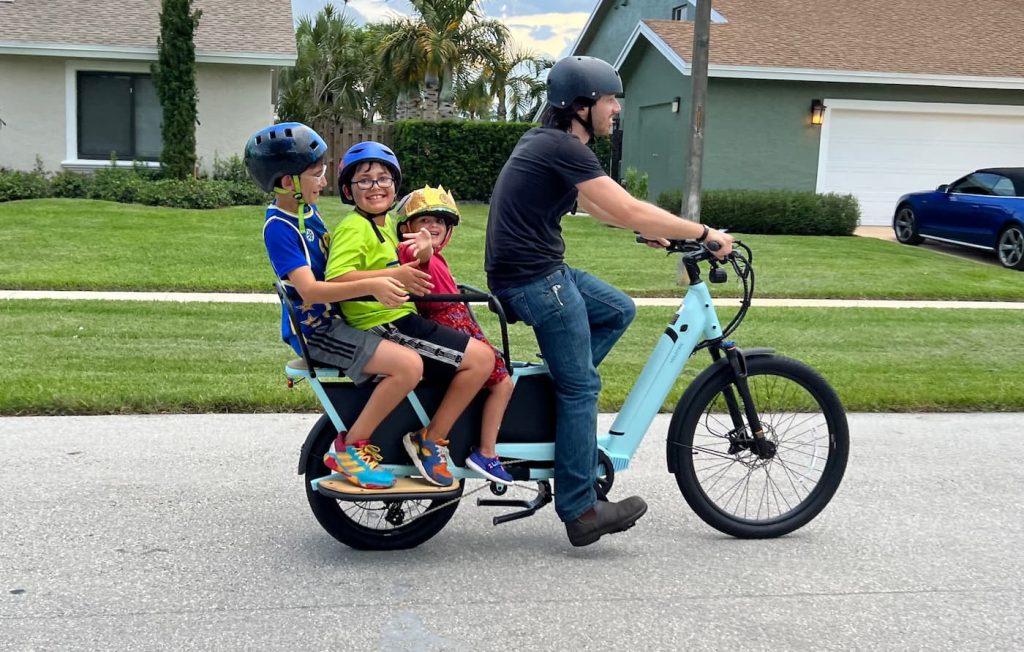
Check out my full review of the Velotric Packer here .
- Motor : 750W (1,200W peak) rear-geared hub motor
- Top speed : 20 mph (32 km/h) or 25 mph (40 km/h) when unlocked
- Range : Up to 52 miles (84 km)
- Battery : 48V 15Ah (692 Wh)
- Weight : 75 lb (34 kg)
- Price : $1,899

By the time you surpass the $2,000 dollar mark, you’re starting to get into serious e-bikes with serious performance or build quality.
If you’re spending this much, you’ll want to ensure you’re buying from a reputable company with top-notch products and service.
Ride1Up Prodigy V2 mid-drive e-bike
The $2,295 Ride1Up Prodigy V2 has brought new meaning to the phrase “low-cost mid-drive electric bike”, updating an already impressive e-bike with a new next-gen setup.
This e-bike sports a high-end German-manufactured Brose mid-drive motor and can hit speeds of up to 28 mph (45 km/h), yet is price similarly to much cheaper hub motor-based electric bikes.
It’s a perfect commuter e-bike for someone that wants high quality parts like that German mid-drive motor with 90Nm of torque, hydraulic disc brakes, bright LED lights, included fenders, rear rack, and a very comfortable saddle. Plus there’s a choice between a nice 9-speed chain drive transmission or a fancier Gates Carbon Drive belt setup with an Enviolo continuously variable transmission.
This e-bike is easily worth another $500 more than the price tag, if not more. In fact, you’ll find many of these same components on e-bikes with $3,000-$4,000 price tags all over the place. So if you’re looking for a higher quality e-bike that doesn’t cost as much as a fancy bike shop e-bike, this is the one to consider.
Ride1Up Prodigy quick specs:
- Motor: Brose TF Sprinter mid-drive
- Range: 30-50 miles (50-80 km)
- Battery: 36V 14Ah (504Wh)
- Weight : 58 lb (26 kg)
- Price : $2,395
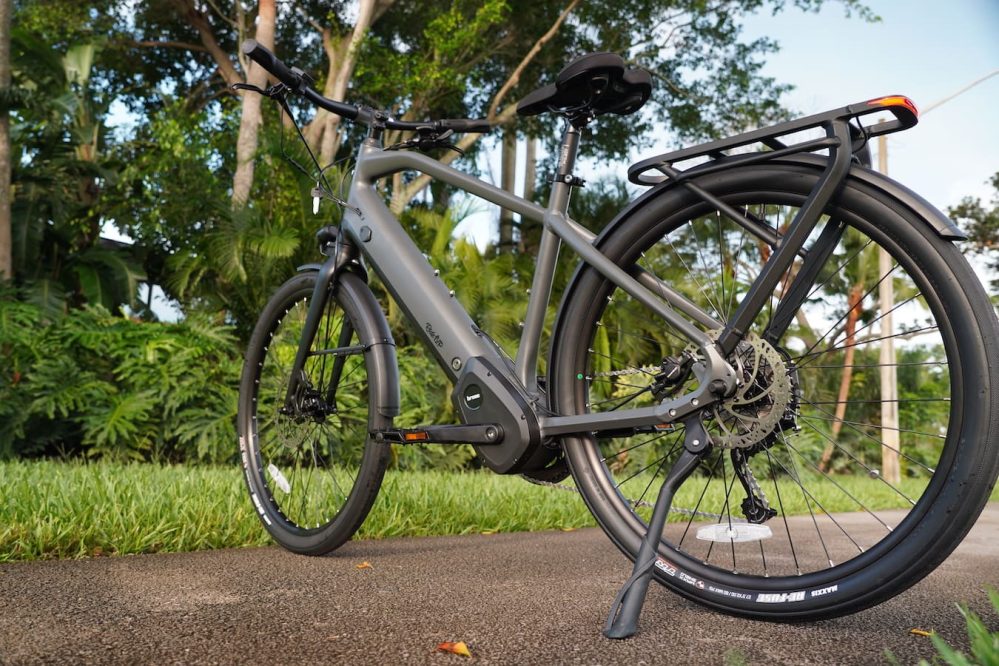
Juiced Scorpion X
The $2,199 Juiced Scorpion X has all the old-school charm of a vintage moped, but it adds back in a powerful electric drivetrain. It also has awesome-looking cast wheels that remove the issue of spoke maintenance, plus add to the cool stance.
The bench seat allows riders to scoot forward or backward to find the best seating position, and the tall bars give a fun cruiser/motorcycle feel to the bike. With full suspension, hydraulic disc brakes, and a built-in rear rack/fenders, there are a lot of nice parts on the Scorpion X
A powerful throttle lets you blast up to 20 mph, or engaging the pedal assist can take you even faster to 28 mph. And Juiced offers a larger battery than most competitors, letting you ride this moto-styled e-bike even further.
Check out my in-depth review of the Juiced Scorpion X here .
Juiced Scorpion X quick specs:
- Motor: 750W “nominal” (claimed 1.8 kW peak) RetroBlade rear hub motor
- Range: Up to 55 miles (88 km) on pedal-assist or closer to half that on throttle
- Battery: 52V 15Ah 780Wh (removable and lockable)
- Weight : 100 lb (45 kg)
- Price : $2,199
Priority Current
I love the $3,299 Priority Current electric bike so much that it has become one of my daily riders. It’s the one I grab when I’m doing city riding and I know I want to be pedaling.
Becuase it doesn’t have a throttle, you’ll need to enjoy pedaling in order to enjoy this e-bike. But it makes it so much fun to pedal thanks to a torque sensor-based pedal assist that provides natural feeling assistance up to a fast 28 mph top speed.
The internally geared rear hub combined with a Gates belt drive system and powerful hydraulic disc brakes make this a very nice e-bike for the price. Plus that mid-drive motor offers tons of torque for climbing hills or accelerating quickly.
I’m also a fan of the built-in lights and included fenders, not to mention the integrated high-capacity battery that disappears in the frame.
Mid-drive electric bikes aren’t cheap, but the price is definitely a fair one for this e-bike.
Check out my full review of the Priority Current here . I also recently reviewed the Shimano 5-speed version of this e-bike, which you can find here .
Priority Current quick specs :
- Motor: 500W mid-drive motor with torque sensor
- Top speed: 28 mph (45 km/h) or 20 mph (32 km/h) user-selectable
- Range: 30-60 miles (48-96 km)
- Battery: 500 Wh frame-integrated battery
- Weight : 24 kg (53 lb)
- Price: $3,299
Ride1Up CF Racer1
I’m not normally a carbon fiber, drop bar, race bike kind of guy. But then again, that’s usually because those types of bikes are way out of my price range… until now.
The Ride1Up CF Racer1 brings carbon fiber road e-bikes to the common man, offering both a traditional road bike and a gravel bike edition.
At under 29 lb (13 kg), these e-bikes are some of the lightest around. I picked one up with my index finger and was shocked at how easily it left the ground.
To get there, that meant a relatively low-power motor and a smaller battery were required. But for the folks that ride these types of bikes, a big motor and heavy battery probably aren’t on their wishlist anyway. Instead, a simple extra boost, as if you’ve always got a tailwind, helps augment your own pedaling.
For just $2,295 , there’s no better deal out there for a budget-friendly carbon fiber road e-bike.
Ride1Up CF Racer1 quick specs
- Motor: 250W 42 Nm torque
- Top speed: 28 mph (45 km/h) on pedal assist
- Range: 16-40 miles (26-64 km)
- Battery: 252 Wh frame-integrated battery
- Weight : 12.9 kg (28.6 lb)
- Price: $2,295
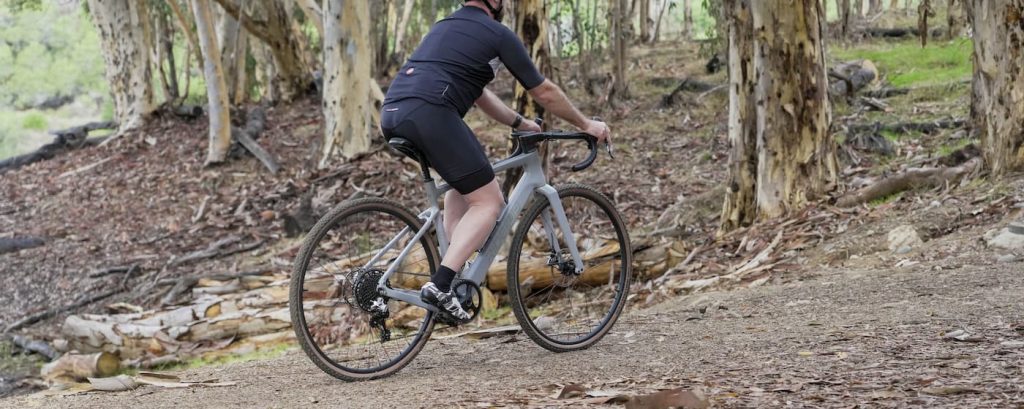
Biktrix Moto
There’s a lot to like about the Biktrix Moto electric moped. Near the top of the list though has got to be the dual batteries. There’s a single battery option that starts at $2,299 , but the dual battery option doubles the range up to a maximum of 100 miles.
Even with just one battery, the high capacity of 1,008 Wh makes these some of the biggest batteries in the e-bike industry. Combine that with a high power motor, tall handlebars, and a long bench seat, and you’ve got a seriously fun electric moped.
It doesn’t slouch on components either. The lighting is ultra bright and it features other nice parts like powerful hydraulic disc brakes and an included rack/fender setup.
See my full review of the Biktrix Moto e-bike here .
Biktrix Moto quick specs:
- Motor: Bafang 750W continuous hub motor (peak power not published)
- Top speed: 25 mph (40 km/h) but can be limited to Class 2 speeds
- Range: Up to 100 miles (160 km) with two batteries
- Battery: 48V 21Ah (1,008 Wh) in each battery (two possible)
- Weight: 90 lb (41 kg)
- Price: $2,299
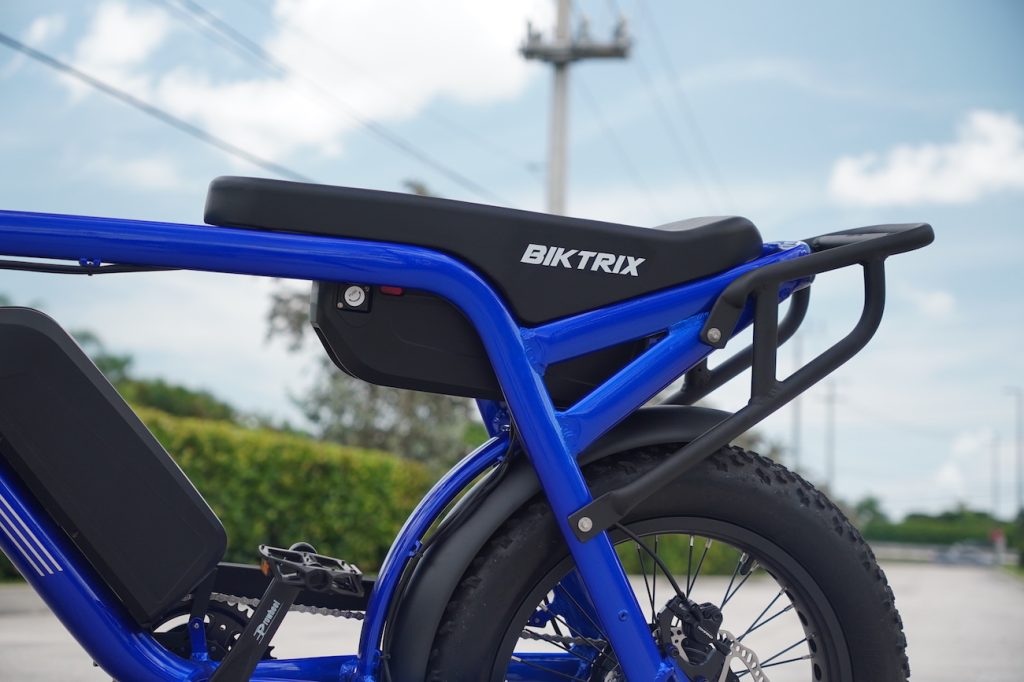
Ride1Up REVV1 FS
This full-suspension electric moped-style e-bike is a masterclass in high performance electric bike design. Sure, it’s an obvious SUPER73 imitation, but it’s a really well done imitation.
It handles well, it’s got great rubber between you and the road, the suspension gives a comfortable ride, and it’s got plenty of extra power.
Despite the 750W label, the e-bike can be unlocked to make use of nearly 1,500W of peak power. I was able to reach a top speed of 37 mph (59.5 km/h) during my testing (not on public streets!).
But the bike ships in Class 2 mode with a 750W limit and 20 mph (32 km/h) maximum speed, meaning you’ll have to contact the company to request an unlock for the bike to be used above Class 2 speeds and power levels.
All in all, the $2,395 Ride1Up REVV1 FS is an amazing e-bike for anyone who wants a moped-style ride with full-suspension, high quality 4-piston hydraulic disc brakes and a design that rides almost like a motorcycle, yet in a bike form factor.
Check out my complete Ride1Up REVV1 FS review here .
Ride1Up REVV1 quick specs:
- Motor: Bafang 750W continuous hub motor
- Top speed: 20 mph (32 km/h) out of the box, 37 mph (59.5 km/h) when unlocked
- Battery: 52V 20Ah (1,040 Wh)
- Weight: 93 lb (42 kg)
- Price: $2,395

Tern Quick Haul
The Tern Quick Haul is an electric cargo bike from the famed cargo e-bike company Tern. It holds the distinction of being the most affordable model in Tern’s lineup.
That says a lot, because Tern is known for its high quality e-bikes that are built to be ridden every day for real world errands, carpool duty and more. These e-bikes are meant to replace cars, and they do just that for many riders. With a huge list of accessories, you can outfit a Quick Haul for just about any job.
The Tern Quick Haul features a mid-drive Bosch motor, hydraulic disc brakes, Tern’s vertical parking rack, and a relatively lightweight but high utility design that is meant to carry just about anything in your life.
We had the chance to test a pair of Quick Hauls at Eurobike in Frankfurt last year, which you can learn more about here.
Motor: Bosch Active Line Plus mid-drive motor Top speed: 20 mph (32 km/h) with pedal assist (no throttle) Range: Up to 60 miles (96 km), less when riding in highest power Battery: 400Wh, removable/lockable Weight: 50 lb (22.8 kg) Price : $2,999
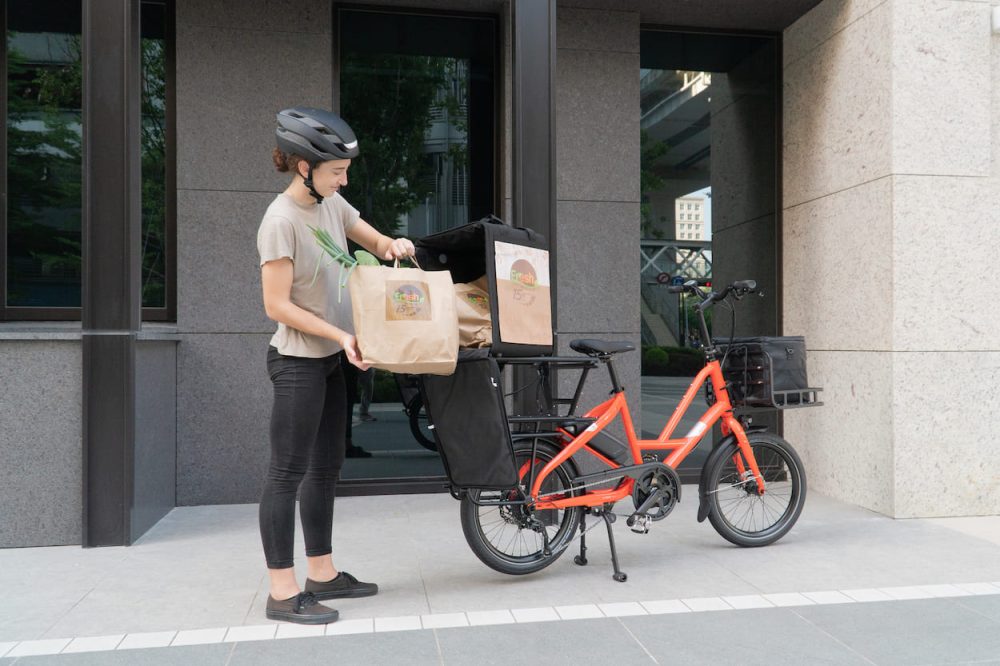
Ariel Rider X-Class
When it comes to fast, powerful electric mopeds on a budget, it’s hard to compete with the $2,399 Ariel Rider X-Class . This is the e-bike I usually recommend when someone simply wants the most power and speed for the least amount of money.
The impressive performance comes from a powerful 1,000W motor that actually puts out closer to 2,000W of peak power. It can be limited to 20 mph if you’d like, but I got it up to 36 mph in unlimited mode.
The bike rolls on 20″ moto-style wheels and comes with nice parts including hydraulic disc brakes, a bench seat, dual suspension, and a big moto-style headlight.
You can see my full review of the Ariel Rider 52V X-Class here .
- Motor: 1,000W (2,000W peak) rear hub motor
- Top speed: 36 mph (58 km/h), but can be limited to Class 2 speeds
- Range: Up to 75 miles (120 km), less when riding at top speed
- Battery: 52V 18Ah (936 Wh), removable/lockable
- Weight: 80 lb (36 kg)
- Price : $2,399
Rad Power Bikes Rad Rover 6 Plus with accessories
Technically the Rad Rover 6 Plus is priced at $1,999 . And with its free shipping, it comes in under the $2k mark. But I’m including it in the $2k-$3k category because you’re going to want to add a couple of important accessories to this one.
Rad Power Bikes has one of the widest arrays of e-bike accessories on the planet . In fact, it might have THE widest selection. And I’d highly recommend adding the rear rack ($79) to the RadRover 6 Plus, at the very least. It simply adds even more utility and turns an adventure bike into an adventure/hauling bike.
Accessories aside, the RadRover 6 Plus is an awesome ride and packs in some real value. It is the highest-spec e-bike in Rad’s lineup and includes hydraulic disc brakes, redesigned suspension fork, an upgraded frame with a new semi-integrated battery, new displays that are easier to read and use, and so much more.
This is absolutely an e-bike that is worth checking out for anyone that does adventure-style riding and needs big tires combined with high power, and who wants the support and comfort provided by going with North America’s largest e-bike company.
Check out my full RadRover 6 Plus review here .
RadRover 6 Plus quick specs:
- Range: 45-72 km (25-45 mi) depending on throttle or pedal assist
- Weight: 33.3 kg (73.4 lb)
Above $3.5k, you’re entering some seriously dedicated e-bike territory.
These e-bikes either feature top-shelf components like drivetrain and brake parts, or pack in so much power that they couldn’t possibly be priced any lower.
Either way, you’re not in Kansas anymore. You’re heading down the e-bike rabbit hole.
Tern is renowned for building high-quality electric bikes that double down on utility features. The newly updated Tern HSD is the company’s more affordable utility e-bike, offering many features you’ll find on its higher end GSD but at a price that more riders can stomach.
The HSD uses small 20″ wheels and includes a folding stem, making it nice and compact. But taking it one step further, Tern outfitted it with its innovative rack that lets you park the bike on its tail, meaning it takes up barely more space than a coat rack in the corner of a room.
The bike’s Bosch mid-drive and high capacity batteries provide a high-end e-bike drive, and they are matched with a variety of performance drivetrain options that you can select from, depending on how high you want to spec the bike.
Whether you’re ferrying around kids or buying a week’s worth of groceries, the HSD is a solid option.
Check out my detailed first ride experience on the Tern HSD here .
Tern HSD quick specs:
- Motor: Bosch Active Line Plus mid-drive
- Top speed: 32 km/h (20 mph) with electric assist
- Range: 42-110 km (26-69 mi) depending on pedal input
- Battery: Bosch PowerPack 400 Wh
- Weight : 25.4 kg (55.9 lb)
- Price: $4,299

CSC FT1000MD
The CSC FT1000MD sounds like a motorcycle name because it comes from a company with motorcycle heritage. CSC Ebikes was born out of CSC Motorcycles, a company with several decades of two-wheeler experience.
The FT1000MD is the company’s highest power option. The fat tire e-bike comes with a 1,000+ watt motor known as the Bafang M620 Ultra. It’s the most powerful and highest torque e-bike mid-drive motor on the retail market. CSC paired it with a big battery, quality suspension, hydraulic brakes, built-in lighting, and more to create a high performance and high-quality adventure e-bike.
I was able to hit speeds of around 34 mph with the motor in unlocked format, though you can limit it to 20 or 28 mph to fit into class 2 and class 3 designations.
Check out my full review of this incredibly powerful e-bike here .
CSC FT1000MD quick specs:
- Motor: 1,000W continuous Bafang M620 mid-drive
- Top speed: 54 km/h (34 mph) when unlocked
- Battery: 48V 16Ah (768Wh) with Samsung 35E cells
- Frame: 6061 aluminum
- Suspension: Front suspension fork with preload and damping adjustment, plus lockout
- Brakes: Tektro hydraulic disc brakes with 180 mm rotors
- Weight : 34 kg (75 lb)
- Price: $3,299 or save $200 with discount code ELECTREK
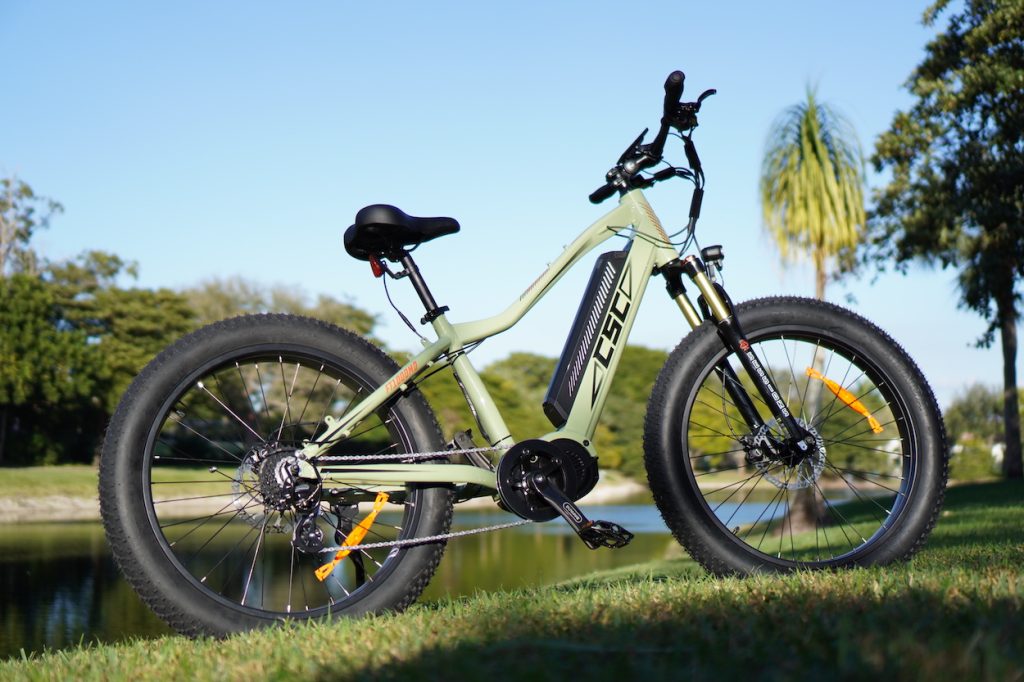
Ariel Rider Grizzly
When it comes to all-wheel-drive electric bikes, the $3,299 Ariel Rider Grizzly is one of my favorites.
This incredible e-bike is really more of a small electric motorcycle. It uses two high-power motors – one in each wheel – to offer speeds in the mid-30s and acceleration that will get you there in the blink of an eye.
Full suspension and hydraulic disc brakes make this an e-bike that handles well at any speed, and the bright red paint job looks as aggressive as the e-bike feels. It even comes with footpegs pre-installed so you can carry a passenger with you.
Plus it’s got double batteries to feed those two power-hungry motors, so you’ll be able to ride this e-bike pretty darn far too, as long as you aren’t too demanding from the throttle.
Check out my full in-depth review of the epic Ariel Rider Grizzly e-bike here .
Ariel Rider Grizzly quick specs:
- Motors: Dual 1,000W continuous hub motors (1,850W peak or 3.7 kW combined)
- Top speed: 36 mph (58 km/h) when unlocked, but can be limited to Class 2 speeds
- Battery: 52V 35Ah (1,820 Wh) between two removable/lockable batteries
- Weight: 105 lb (47.6 kg)
Specialized Turbo Como SL
For more of a cruiser/city e-bike experience, the $4,800 Specialized Turbo Como SL is a great option. This e-bike offers a much more upright ride for a fun, relaxed vibe.
The e-bike features a high-quality mid-drive motor, hydraulic disc brakes, Gates carbon belt drive, and an eight-speed internally geared hub. Those are a lot of nice parts!
And don’t forget the slim fenders, front basket, and cruiser bars that all look super elegant, complimenting the nice lines of the Turbo Como SL.
This may not be a low-cost e-bike, but it definitely offers a ride that makes it worth it.
See my full review of the Specialized Turbo Como SL here .
Specialized Turbo Como SL quick specs:
- Motor: Custom Specialized SL1.1 mid-drive motor
- Range: Up to 100 km (62 mi), or 50% more with range extender
- Battery: Downtube-integrated 320 Wh battery
- Weight : 20.5 kg (45 lb.)
- Price: $4,800
If you’ve been looking for a high-end trekking electric bike that was built with a combination of high-quality parts and the latest technology, look no further than the $4,550 Greyp T5.
There’s a reason why Porsche bought this e-bike company – it’s simply one of the best.
It uses Greyp’s own in-house developed 700 Wh battery combined with a mid-drive motor to offer a hardtail trekking e-bike. In addition to the awesome bike design, the built-in tech is what really opens people’s eyes. Integrated cameras at the front and rear of the bike can serve as dash cams or livestream your rides. Plus you can capture all of your ride footage on the bike instead of bringing along a Go-Pro camera.
There’s also an app that allows you to take full advantage of the built-in eSIM card, giving you connectivity to the bike and letting you check all your vital stats, find its location, and more – right from your phone.
The bike is truly a high-end offering by itself, but the embedded tech makes it a rarity in any category.
See my first ride review of the Greyp T5 e-bike here .
Best electric bikes above $5,000
You just couldn’t stop, could you? I showed you plenty of awesome e-bikes that didn’t cost most of a paycheck. But you just haaaaad to keep going.
Fine, here they are. These are some of the most expensive e-bikes out there that we’ve tested and that I’d actually recommend someone buying, if you can pony up the cash.
Fuell Flluid-2 and Flluid-3
The $5,495 Fuell Flluid-2 and Flluid-3 are great examples of what happens when a motorcycle designer applies his tradecraft to a smaller platform, creating an e-bike built to a higher standard.
The Fuell Flluid’s smooth mid-drive motor with built-in gearbox and Gates carbon belt drive setup combine to make an ultra-responsive and polished electric powertrain. The two removable batteries built into special cutouts in the frame offer long-range riding without looking like a packhorse carrying massive batteries.
The e-bike is nearly maintenance-free thanks to the belt drive and hydraulic disc brakes. The duo removes the two most common maintenance issues with bikes: chain wear and brake adjustment.
Flying fast at 28 mph (45 km/h) is a blast, and doing it on a smooth-riding e-bike with Pirelli tires is even better. Then add in the ultra-bright lights, built-in fenders and rear rack, the suspension seat post, color LCD screen and other niceties, and now you’re left with a high-end e-bike that could serve you for years as a daily commuter e-bike designed for nearly maintenance-free high mileage riding. The only downside is that the bike is quite heavy at 36 kg (79 lb). But you can’t expect all these great parts and dual batteries on a featherweight bike!
Check out my full review of the Fuell Flluid here .
Fuell Flluid quick specs:
- Motor: 750-1,000W rated Valeo mid-drive motor with built-in gearbox
- Range: Up to 200 km (125 mi) with dual batteries (though Fuell-3 has just a single battery)
- Brakes: Tektro hydraulic disc brakes on 180 mm rotors
- Weight: 36 kg (79 lb)
- Price: $5,495
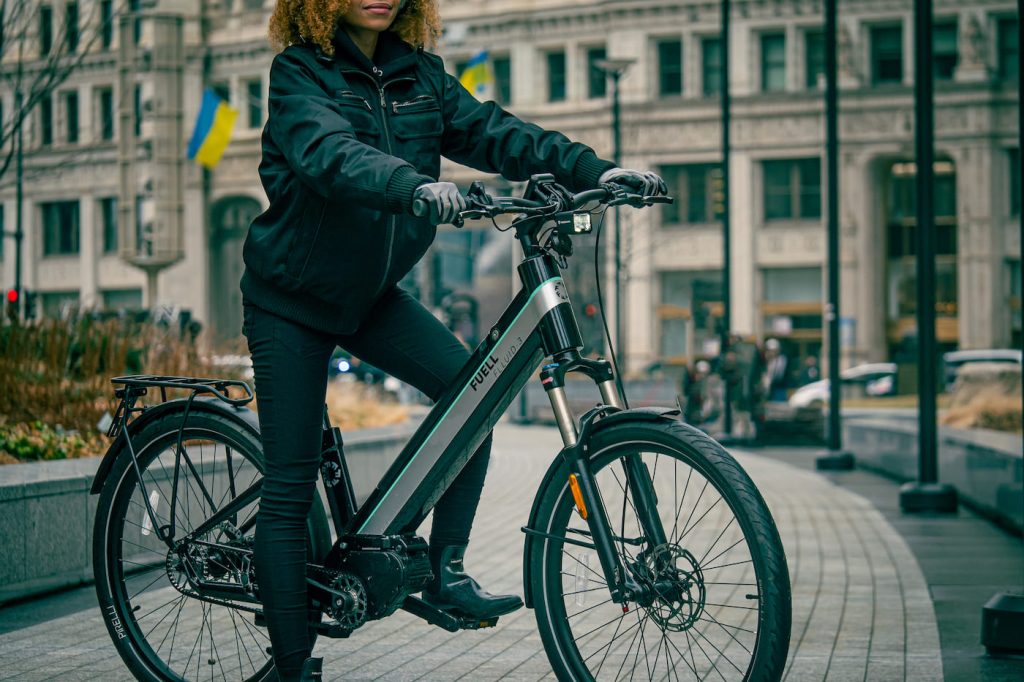
GoCycle G4i+
When it comes to ultra-premium folding electric bikes, there’s only one name that comes to my mind: GoCycle. These are the most impressive folding e-bikes I’ve ever seen. And they better be – they were designed by a former McLaren engineer.
Between the carbon fiber work, single-sided wheels, high-tech tires, trippy LED dot display, innovative rear suspension, and completely enclosed drivetrain, there’s a lot of high-end stuff going on here.
The speed will vary from 15-20 mph depending on which country you buy the bike in, but the performance is only part of the equation. The quick folding and light, compact design of the e-bike is the real winner here.
Check out my full review of the GoCycle G4i+ here .
GoCycle G4i+ quick specs:
- Motor: 500W front hub motor
- Top speed: 20 mph (32 km/h) in the US
- Range: up to 50 miles (80 km)
- Battery: 36V 10.4Ah (375 Wh)
- Weight : 37.2 lb (16.9 kg)
- Price: $6,999
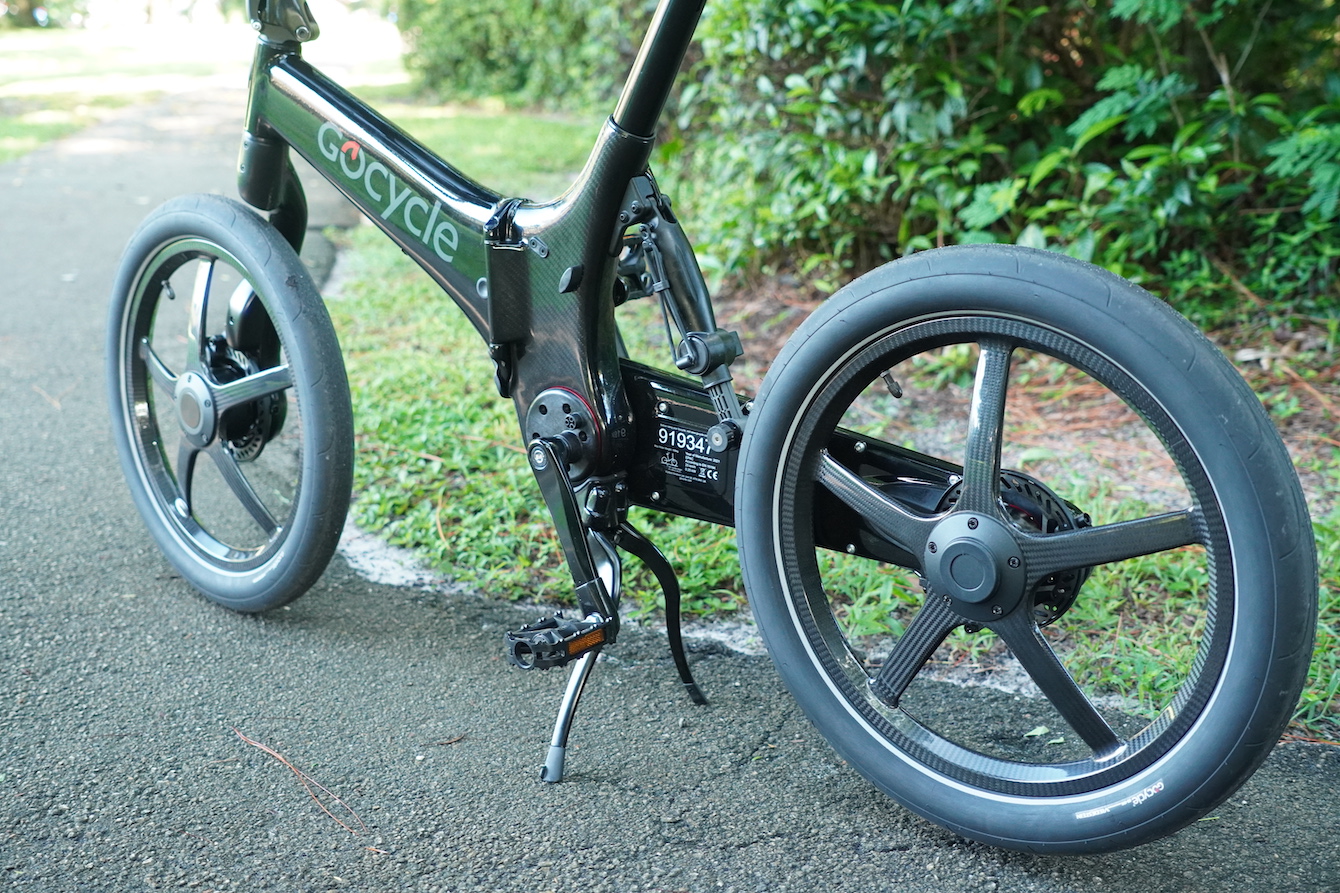
Serial 1 RUSH/CTY SPEED
Serial 1, the electric bicycle company that spun out of Harley-Davidson, has several awesome electric bike models. While most fall under the $5,000 mark, I’m going to recommend their top of the line model: The $5,599 Serial 1 RUSH/CTY SPEED . If you’re in the market to buy a Serial 1 e-bike, you might as well go for the best.
Like all of Serial 1’s e-bikes, it’s got a great design and ridability. Serial 1 scored top e-bike designers from companies like Trek, so they know how to build an awesome bike with killer geometry. They also brought in the Harley-Davidson LiveWire electric motorcycle engineers to build the custom battery, so it’s top of the line too. Then they used pro parts like the Brose mid-drive and Gates carbon belt drive setup. Basically, it’s an incredible e-bike. And with a 28 mph (45 km/h) top speed plus a huge 706 Wh battery to ride all day, the performance matches the build.
Serial 1 even goes above and beyond with their own custom weight bearing fenders that also happen to be functional racks (both in the front and rear), their own custom designed lights that throw serious illumination up front and give you great rear visibility from dropout-mounted lights, and there’s even a glovebox in the bike!
Basically, there’s a lot to like here. Yes, it’s expensive. But you’re not just paying for the H-D name on the side. It’s actually a high quality, high performance electric bike regardless of the badging.
Check out my full first ride on the various Serial 1 e-bike models here .
Motor: High torque Brose TF MAG mid-drive motor Top speed (tested): 45 km/h (28 mph) Battery: 706 Wh Serial 1 custom battery Range: 25-115 miles (40-185 km), likely more in the 30-50 miles range with normal riding Weight: 26.7 kg (59 lb) Price: $5,599
FREY EX Pro electric mountain bike
The FREY EX Pro is a high-end electric mountain bike with crazy high power. It uses the same motor as the CSC FT1000MD we featured above (the Bafang M620 mid-drive), but cranks up the current to provide closer to 1,500W of power.
It’s enough to destroy chains if you aren’t careful. We know. Several of us here at Electrek have done it.
The FREY EX Pro not only features high-end parts like a RockShox Lyric fork and Magura MT5e hydraulic brakes, but it even comes with dual batteries so you can ride farther and stay on the trails longer.
I’ve personally taken this e-bike back UP a downhill mountain bike course – that’s how powerful it is.
It may be expensive, but it saves you several thousand dollars compared to many European electric mountain bikes with similar components but a fraction of the power in the FREY.
See my full review of the FREY EX Pro here .
- Motor: 1 kW continuous, 1.5 kW peak-rated Bafang Ultra mid-drive motor
- Top speed (tested): 59 km/h (36 mph)
- Battery: Dual 48V 14Ah packs (1,344 Wh total)
- Range: Varies considerably by ride style/terrain, but 30-100 km (20-60 miles) is the ballpark
- Weight: 34 kg (75 lb)
- Price: $5,580
Top comment by BluePizza
1–I have a Lectric XPLite. It’s great to load in the SUV or RV with my wife’s Liberty Trike, which weighs only 50 lbs AND comes apart into two 25-lb pieces. Easy on my old back! The new RAD and Lectric trikes are good, I’m sure, but would be unusable for me. Too heavy.
2–RE: the importance of the sub-$1000 list…I think this also applies to some of the Chinese EV cars, the 50-mph, low-priced category. If brought here, or built here, they’d allow far more people to get into an EV, as a primary city car, or even a suburban 2nd car.
The Tern GSD improves upon the Tern HSD with even more capability and even nicer components. There are multiple versions that can take you up to nearly $10k, but even the lower-tier versions are not “low tier,” if you know what I mean.
Parts like automatically engaging electric locks, 10-speed Shimano Deore transmissions, Magura MT5e quad-piston hydraulic disc brakes, and more set these e-bikes apart from the rest of the pack.
If you’re getting a Tern GSD, you’re getting a fully qualified car replacement. There are many people that use these instead of buying a second car. When you look at it like that, the price suddenly seems pretty reasonable.
Check out our full review of the Tern GSD here .
- Motor: Bosch Cargo Line mid-drive
- Range: 42-85 km (26-53 mi) depending on pedal input
- Weight : 33.6 kg (74 lb)
- Price : $5,399
FTC: We use income earning auto affiliate links. More.

Micah Toll is a personal electric vehicle enthusiast, battery nerd, and author of the Amazon #1 bestselling books DIY Lithium Batteries , DIY Solar Power, The Ultimate DIY Ebike Guide and The Electric Bike Manifesto .
The e-bikes that make up Micah’s current daily drivers are the $999 Lectric XP 2.0 , the $1,095 Ride1Up Roadster V2 , the $1,199 Rad Power Bikes RadMission , and the $3,299 Priority Current . But it’s a pretty evolving list these days.
You can send Micah tips at [email protected], or find him on Twitter , Instagram , or TikTok .
Micah Toll's favorite gear

Lectric XP 3.0 e-bike sale
Best $999 electric bike ever!

Rad Power Bikes sales
Great e-bikes at great prices!
The best electric bikes of 2024
Our picks for the best electric bikes for riders of all types and budgets, based on dozens of reviews and tests.
- The best for most people
- Best budget ebike
Best fat tire ebike
- Best for commuters
Best electric dirt bike
Best under $1,000
Best cargo ebike, best folding ebike, best front-storage cargo bike, best for long distances, ebike specs compared.
- What to look for
- Ebike rules and regulations
Meet our testers
- How we test electric bikes
The best electric bike for most people

The best ebike for most people
It's not the flashiest, but we think the RadCity 5 Plus will more than fit the needs of most riders. It's comfortable, offers plenty of power, and comes with lights, fenders, and a rear rack for your gear. Plus, RadPower makes a lot of accessories that let you easily customize the bike.
In our tests, we found the RadCity 5 Plus to be responsive and powerful enough to get us up and down hills easily, and do so in comfort. It is a bit heavy at 64 pounds, but that should only be an issue if you try to go farther than it's 55-mile range.
Read more below .
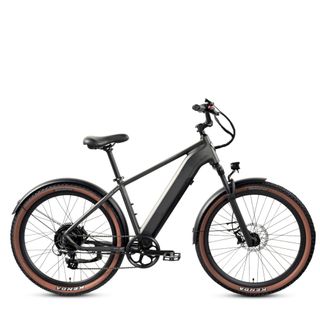
The best affordable electric bike
For those who don't want to spend too much on an ebike, the Ride1Up Turris offers just about everything you could want, with few compromises.
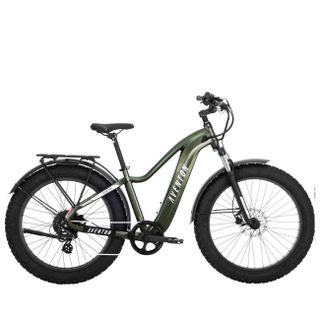
If you're looking for an ebike that can go anywhere, look no further. This bike is responsive, stable in all conditions, including snow, has both lights and turn signals, and even comes with fenders.
Read more below
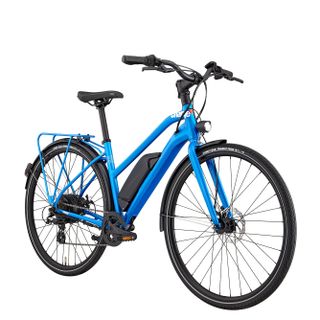
The best for commuters
This affordable ebike has a neat feature: Its handlebars can turn sideways, so it'll take up less room when you have to store it in a hallway or some other cramped space. It's also fairly light, has a great range, and has a built-in rear rack.
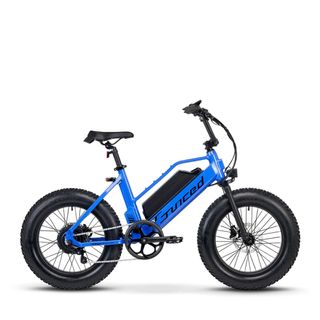
This BMX-style fat tire bike delivers some great thrills on trails and dirt paths. It has a powerful motor to get you around, but no suspension.
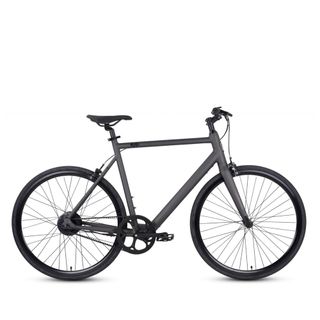
This lightweight ebike lacks some niceties you'll find on more expensive rides — you'll have to provide your own lights and fenders — but it delivers a zippy ride around town at a great price.
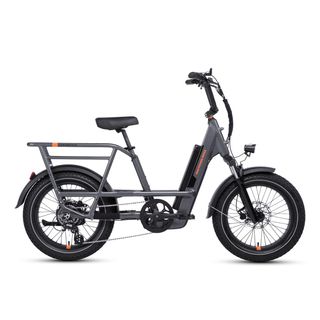
The best cargo ebike
A truly versatile ebike that can be configured with dozens of accessories. It's also compact, powerful, very comfortable to ride, and one of the most affordable cargo bikes around.
Read more below
Click to view more products...
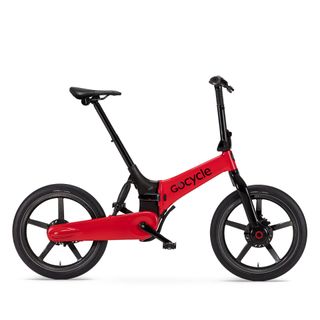
This futuristic-looking ebike is made from carbon fiber, which keeps its weight to just 36 pounds. It has a speedy electronic shifter, responsive and powerful motor, and a great range for something this small. It ain't cheap, though.
Read more below.
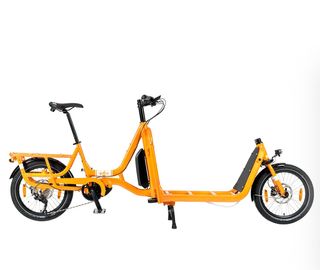
When you need to haul really big loads, the Supercargo CL is your best bet. It has a ton of space, yet is very stable and even fun to ride.

Longest range
With dual batteries, this bike has the endurance to get you wherever you need to go. And, it's often on sale for a very reasonable price.

1. The best for most people 2. Best affordable ebike 3. Best fat tire ebike 4. Best for commuters 5. Best electric dirt bike 6. Best under $1,000 7. Best cargo ebike 8. Best folding ebike 9. Best front-storage cargo bike 10. Longest-range e-bike 11. What to look for 12. Electric bike FAQ 13. Ebike rules and regulations 14. How we test ebikes
What makes for the best electric bike? With so many models out there, it's hard to know at a glance which model will get you where you need to go and which features you can and can't live without. That's why we've tested a number of the top models across all types of electric bikes to give you the best recommendations for your needs.
We test the bikes by riding them around, to see how responsive their electric motors are when going up hills and getting started from a dead stop. We also gauge the comfort of the bikes over long miles, and note the ease with which we can use their various features, such as an accompanying smartphone app. And, we also test the bikes' battery life; while endurance is affected by many factors, such as terrain and temperature, we try to the best of our ability to see how the bikes live up to the company's estimates.
While many of the best electric bikes are expensive — upwards of $2,000 — they're coming down in price; in fact, we also have a list of the best budget electric bikes under $1,500. And before you do any riding, be sure to pick up one of the best bike helmets to keep your head safe, and one of the best bike locks to keep your ride secure.
Read on for all our best electric bike picks.
The best electric bikes you can buy today
Why you can trust Tom's Guide Our writers and editors spend hours analyzing and reviewing products, services, and apps to help find what's best for you. Find out more about how we test, analyze, and rate.
best electric bike
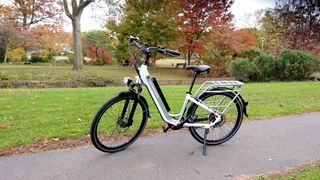
1. Rad Power RadCity 5 Plus
Our expert review:
Specifications
Reasons to buy, reasons to avoid.
For the vast majority of riders, the Rad Power RadCity 5 Plus will be the best electric bike. It has a comfortable design, plenty of power, and a multitude of mounting points for things such as baskets and child seats. Plus, it comes with a rear rack and mudguards. Its 7-speed shifter, combined with three levels of pedal assistance and a twist throttle is more than enough to get you up even the steepest of hills.
Rad Power says that the RadCity5 should get upwards of 50+ miles on a charge; in our testing, it came fairly close — about 40 miles.
We really enjoyed pedaling around on this bike, which is offered in both step-through and step-over models. Its battery, while not fully integrated into the downtube, provides plenty of range, and can also be used to charge your phone (with the right adapter). The one caveat is that this bike weighs a hefty 64 pounds, so you're not going to want to lug it up stairs.
At a starting price of $1,999, it's reasonably affordable, but you should check out our Rad Power Bikes promo codes for the latest discounts.
Read our full Rad Power RadCity 5 Plus review .
Best affordable ebike

2. Ride1Up Turris
While there are plenty of great electric bikes that cost more than $2,000, the Ride1Up Turris shows that you can get a lot of value from an ebike that costs much less. During our testing, we found the Turris' 750W motor to be more than powerful enough for most situations. We were equally impressed with how quickly it responded when we started pedaling, as many budget ebikes exhibit a slight delay in these situations. (There was a slight lag when using just the throttle, though).
Other standout features include its mechanical disc brakes, easy-to-read digital display, and bright 60 Lux headlight. Included front and rear fenders helped keep our clothes clean on wet days, and its wide, 27.5 x 2.4-inch tires made for a comfortable ride — so much so that we thought that the front suspension felt a bit extraneous.
There's no taillight, so you'll want to check out our picks for the best bike lights , and unlike some pricier ebikes, you'll have to assemble a few pieces of the bike yourself, including the handlebars, front wheel, and pedals. We also had to make a few adjustments to the fenders, which might mean a trip to your local bike shop.
But for those who want an affordable electric bike to get around town, the Turris should be at the top of your list.
Read our full Ride1Up Turris review .

3. Aventon Aventure.2
If you're looking for a fat-tire electric bike that's less than $2,000, the Aventon Aventure.2 is hard to beat. It's as good off-road as it is on pavement, has a beefy battery and a clear color display, as well as fenders that'll save your clothes from getting too muddy. Other niceties include a brake-activated rear light and turn signals.
The Aventure.2 has both pedal-assist and throttle modes, and the battery and wires are neatly integrated into the frame. What's more, the battery can be removed for charging. The battery lasted nearly the advertised 60 miles on a charge, but, as with other ebikes, we drained it much faster when we relied on the throttle.
While not as capable as a dedicated mountain bike, the Aventure.2 was able to get us up and over hilly terrain, and its torque sensor was quick to translate our pedaling into power.
Our only real critiques were the bike's 77-pound weight and its front suspension fork, which felt unnecessary. Otherwise, it's an excellent bike for the price.
Read our full Aventon Aventure.2 review .
best for commuters
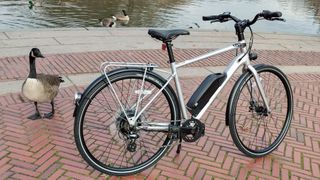
4. Charge Bikes City
If you plan on commuting to work, Charge Bikes City may well be the best ebike for you. Not only does it come with features like full-fenders to keep the mud off and a rear rack for a pack or bag, but it does everything well for a very reasonable price. The Charge City has a five level power assist, as well as a full-power throttle button, should the need or hill arise.
The biggest reason why we think this bike is best for commuters is that its handle bars fold flat, so you can more easily store it in an apartment or a cubicle at work. It comes with all the necessary bells and whistles a commuter is going to want, including the bell (actually a superior and very loud electronic horn). The bike is available in both step-over and step through, and in a few color options, too.
The City's electric assist is so smooth you'll think you're doing all the work yourself. At night, the bike's lights sufficiently lit up the road and the throttle helped us zip around potential trouble when we felt out of gas. Its advertised range of 50 miles held up, too; we found we only had to recharge the bike every three days using it on our regular commute.
Founded by folks from biking icon Cannondale, Charge's sui generis feature is that even newbies can assemble the bike right out of the box in 10 minutes or less. All you basically have to do is put the front wheel on.
Read our full Charge Bikes City review
Best BMX-style bike
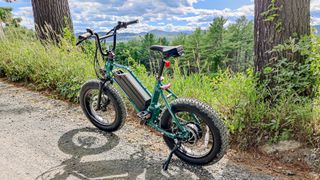
5. Juiced Ripracer
The Juiced Ripracer is a lot of fun, and costs a lot less than you might think. It's one of the more affordable offroad ebikes we've tested, and it can go just about anywhere. This fat-tire bike has 20-inch wheels and a 40.3-inch wheelbase that's meant for trails and other unpaved surfaces. However, its lack of shock absorbers, like most e-mountain bikes, means you're in for a rougher ride.
Its 750W motor delivered some real get-up-and-go, and, thanks to its low-end torque, was great for charging up hills. In one concession to its price, the Ripracer has a cadence, rather than a torque sensor, so you have to rotate the pedals a couple of time before the assist kicks in. As it's a BMX-style bike, the Ripracer is a lot smaller than other mountain e-bikes, which also makes it easier to maneuver around tight spaces.
Read our full Juiced Ripracer review .
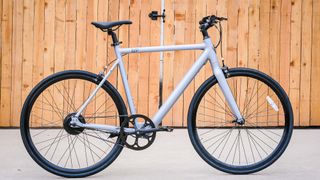
6. Ride1Up Roadster V2
At first glance, the Ride1Up Roadster V2 It looks like a regular, non-motorized commuter bike — the better to blend in with traditional rides — but concealed inside is a battery capable of up to 30 miles of range.
The Roadster V2 is also one of the lightest ebikes we tested — it weighs just 33 pounds, so carrying it around shouldn't be a problem — and although there's no step-through model, Ride1Up offers it in two sizes to accommodate riders of nearly all heights.
The Roadster V2 was fast and fun on flat and rolling terrain, and its belt drive made for a very quiet ride. However, this is a single-speed model, so it's a bit hard to get moving on hills.
There are a few concessions to get to this price: The Roadster V2 doesn't have lights of any kind, nor does it have fenders, and it uses rim, rather than disc brakes. We also found its display to be on the small side. Still, if you can live with those compromises, you'll enjoy the Roadster V2.
Read our full Ride1Up Roadster V2 review .
7. RadPower RadRunner 3 Plus
How's this for an endorsement? Our reviewer loved this bike so much that he decided to buy one for himself.
While it can't haul as heavy loads as some other larger (and much more expensive) cargo bikes, the RadPower RadRunner 3 Plus is more than capable of carrying you, your kids, and plenty of groceries wherever you need to go. We loved its responsive 750W motor, its comfortable ride, and its low center of gravity, thanks to its 3.3-inch thick, 20-inch tires.
However, we found it to be fairly heavy, tipping the scales at 75 pounds, so you're not going to want to try pedal it without any power assist. But we found its advertised 45-mile range to be pretty accurate, so long as we didn't go too heavy on the throttle.
Aside from its performance, what made the RadRunner 3 Plus stand out so much to us was its versatility: You can outfit the bike with any number of combinations of racks, seats, bags, and other accessories to truly customize it for your needs. And, its relatively low price for a cargo bike makes it a real bargain for those looking to replace their car with an electric bike.
Read our full RadPower RadRunner 3 Plus review .
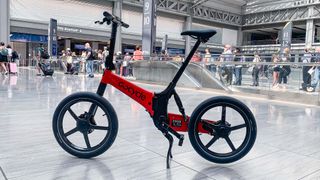
8. Gocycle G4i+
The Gocycle G4i+ looks like something a supercar designer would build, which isn't surprising given that it was conceived by former McLaren sports car engineer Richard Thorpe. Not only is this bike's unique wheels-on-one-side and tapered body eye-catching, but we were able to fold it up in less than a minute into a size small enough to get us on and off a train, and past our security and into our office elevator. At 36 pounds, it's one of the lightest folding electric bikes out there, too.
Despite that, this bike was a real pleasure to ride. Its electric shifter responded near instantly, as did the pedal assist and throttle. However, while the G4i+ has daytime running lights, you'll have to pay extra for a legit headlight, as well as mudguards. Also, the G4i+ has a great smartphone app, but one of the flimsiest methods of holding your phone on the bike itself — a cheap solution for a bike that costs $7,000.
If you're looking for something slightly more affordable, GoCycle also sells the G4i ($5,999) and the G4 ($4,799). A 2022 version of the G4 has an injection molded composite mid-frame. Still too much for your wallet? Then you should check out the Brompton Electric C-Line Explore , which starts around $3,000.
Read our full GoCycle G4i+ review .

9. Yuba Supercargo CL
The Yuba Supercargo CL can haul an astounding 500 pounds, making it one of the heftiest electric cargo bikes in its class. Yet, it offers a surprisingly stable ride, thanks to its low center of gravity. Its cargo area is very customizable, letting you convert it from a place to carry groceries to a space to tote your tots to soccer practice.
Magna hydraulic brakes and a Bosch mid-drive motor were very responsive, though the relatively small 20-inch tires and lack of suspension did make bumps feel a bit jarring. The Supercargo CL starts at around $6,000, but is incredibly customizable; you can select from a range of accessories to adapt the cargo area to suit your needs.
If you're looking for a cargo bike that can haul more than the Rad Power RadRunner 3 Plus, this is the model to consider.
Read our full Yuba Supercargo CL review .
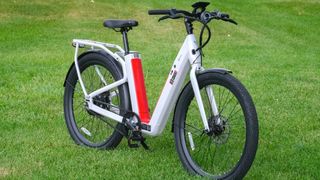
10. NIU BQi-C3 Pro
There's nothing worse when running out of power when riding your electric bike, especially if you're miles from home — and at the bottom of a hill. With its dual batteries, the NIU BQi-C3 Pro is the best electric bike for those who have range anxiety, as it can give you up to 90 miles of range before you need to recharge. And, that's no boast — based on our testing, we found that 90-mile estimate to be pretty accurate, too.
But range isn't the only thing we liked about the BQi-C3 Pro: It has mechanical disc brakes, front and rear lights, and a rear rack so you can carry things wherever you plan to go. A carbon belt drive is another nice-to-have feature, as it's quiet and easier to maintain than a traditional metal chain. Its step-through design also makes the bike easy to use for riders of all sizes; we tried it with both a 5' 11" rider and a 5' 3" rider, and both found it comfortable.
Our only real complaint with the BQi-C3 Pro is that at 70.5 pounds, it's one of the heaviest electric bikes we've tested that's not a cargo bike, so this is not a model to buy if you have to go up any stairs. Still, the bike's 500W motor was more than powerful enough to get its bulk moving with ease.
The bike's regular price is $2,199, but we've seen it on sale during the holidays for as low as $1,299, so wait for a sale to pick it up.
Read our full NIU BQi-C3 Pro review .
What to look for when buying an electric bike
Pedal-assist or throttle? All electric bikes have what's called pedal-assist; you start pedaling, and the bike's motor kicks in to make your ride a little easier. But you need to put in at least some work: you won't go anywhere unless you pedal. Most electric bikes will also let you set the level of assistance, so you can decide how hard you want to pedal.
However, some electric bikes will also have a throttle. Press a button or push a lever, and the bike will do all the work for you — no pedaling needed! Using a throttle will quickly eat up the battery life on the bike, so you'll get far less of a range if you don't want to pedal at all.
Motor type Less expensive electric bikes traditionally use a rear hub motor. Mid-drive motors located in the center pedal crank shaft tend to be more expensive but offer better overall balance and smoother shifting.
Motors are also rated based on their power, measured in Watts. Typically, the least powerful motor will be 250 Watts, but unless you're a very large person or planning to go up really steep hills, the motor size shouldn’t be a major determining factor for your purchase. More important, there is no industry standard for measuring Watts (is it continuous or peak and if peak, for how long?). So in general, a motor’s Watt rating isn’t a reliable indication of power.
Battery size Consider where you live. If you're in San Francisco you're going to want more help than if you're cruising around Austin. Watt hours (Wh) is the most important figure for comparison—it takes into account battery output and battery life to give you a better sense of available power. Higher Wh translates into more range.
Many electric bike makers will also include an estimated range (usually about 40 miles) that you can get off a single charge. You should take this figure with a large grain of salt, as that number is usually determined under ideal circumstances: A fairly lightweight person riding on flat terrain with no wind, and at the perfect ambient temperature for the battery. Range is also dependent on the level of power assist being used, whether full-throttle has been applied and for how long, and your average speed. As they say, your mileage may vary.
Removable or built-in battery? Most bike batteries will handle rides of about 40 miles and need to be plugged in for at least a couple of hours to get to 80 percent of capacity. So if you have a more demanding commute, consider a model that lets you swap out the battery rather than a bike with an integrated battery.
Also, if you live in a place where you can't bring your bike inside or get close to a wall outlet (such as if you live in a walk-up apartment), definitely look for a bike with a removable battery. It will make your life a lot easier.
Step-over or Step-through? Many electric bike makers will offer their bikes in two configurations: Step-over (which has a top bar that runs parallel to the ground) and Step-through (the bar is angled downwards). Once upon a time, step-through models were traditionally thought of as women's bikes, but that perception is changing. It's generally easier to get on and off a step-through bike, as you don't have to lift your leg over a bar.
Safety features If you're planning to ride your electric bike in traffic or in low-light conditions (such as dawn and dusk), it's worth looking for an electric bike with built-in head and taillights. While increasingly common, it's not a standard feature on all models.
Electric bike FAQ
What are the different types of electric bike.
Generally speaking, electric bikes fall into the same categories as non-electric bikes. Here's a quick summary of some of the kinds of electric bikes you'll find.
Road bike: These are meant solely for riding on roads, and are designed for speed. They will have thinner tires and curved handlebars, so that the rider will be crouched forward. Higher-end models may also be made out of carbon fiber, so as to make the bike as light as possible.
Mountain bike : Designed for off-road use, mountain bikes will have thick, knobby tires, full suspension, and a burlier frame to better absorb bumps and jumps.
Fat tire bikes : Similar to mountain bikes, fat tire bikes are meant to be ridden off-road, usually on very soft ground, such as mud, sand, and snow. As their name suggests, these bikes have very wide tires — as much as four inches — which helps keep a grip on unsteadier terrain.
City/Commuter bike: Made for urban dwellers who need to get around town, a commuter bike will have tires that are somewhere in between a road and a mountain bike. Generally, the bikes will be configured so that the rider's back is vertical when seated, which gives them a better view of their surroundings.
Cargo bike: These bikes are made for carrying heavy loads, and will have a cargo area either in the front or rear of the bike. Because of the payload area, these bikes often tend to me much longer and heavier — and more expensive — than a typical bike.
What is a good speed for an electric bike?
In the U.S., electric bikes are limited to 20 miles per hour; that is, they can only provide you with power — either through pedal-assist or with a throttle — until the bike hits 20 MPH. While you can easily go faster than 20 MPH on an electric bike, the rest of that power will have to be provided by you — or gravity.
How much does an electric bike cost?
Electric bikes range widely in price. Some of the best cheap electric bikes start at around $1,000; you can certainly find models for less, but quality will be less.
The bulk of electric bikes cost anywhere from $1,500 to around $2,500, and there are hundreds of models in this price range.
Higher-end and specialized electric bikes — such as cargo bikes — will cost upwards of $3,000, and can easily reach $6,000 to $8,000, which is a sizable investment.
rules and regulations
There has been a lot of confusion about ebikes (pedal assist versus throttle bikes) and where you can legally ride them. Some municipalities have banned ebikes from bicycle paths, for example. Many places classify ebikes depending on whether they can go full throttle and have a maximum speed of 20 or 28 mph. There are three official classifications:
Class 1: Ebikes that only assist while you pedal, with a top speed of 20 mph.
Class 2: Ebikes with a throttle that don't require you to pedal but have a top speed of 20 mph.
Class 3: Ebikes that only assist while you pedal, with a top speed of 28 mph.
So check your local regulations before you buy. And always wear a helmet.

Dan Cavallari is the former technical editor for VeloNews Magazine, who currently reviews electric bikes, the best bike lights , best bike locks , and other bike accessories for Tom's Guide. In addition to VeloNews, his work has appeared in Triathlete Magazine, Rouleur Magazine, CyclingTips.com, Road Bike Action, Mountain Bike Action, CycleVolta.com, Tomsguide.com, and much more.
Dan also hosts two podcasts on his site, Slow Guy on the Fast Ride: One is about cycling and other outdoor activities, while the other looks at mental health issues. Most recently, Dan also covered the 2022 Tour de France. Dan lives outside of Denver, Colorado with his family.

John R. Quain has been reviewing and testing video and audio equipment for more than 20 years. For Tom's Guide, he has reviewed televisions, HDTV antennas, electric bikes, electric cars, as well as other outdoor equipment. He is currently a contributor to The New York Times and the CBS News television program. John has also written our guide to the best bike helmets .
how we test
All the bicycles in this feature were road (and in some cases, off-road) tested by Tom’s Guide reviewers and staff.
The testing process begins when we first receive the bike; as most come only partly assembled, we assess the difficulty with which we have to put the final pieces together. Typically, this involves attaching the front wheel, handlebars, and pedals, but some bikes are easier to put together than others.
Next, we take the bikes for a ride, evaluating their comfort, handling, responsiveness of their motors — some will be faster to apply power than others — as well as how they perform over a variety of terrain and conditions. For example, if we're testing a fat-tire bike, we'll take it off-roading; if we're testing a cargo bike, we'll load it with kids and grocery bags.
If a bike has headlights and/or taillights, we'll also check to see how bright they are in dimmer conditions. After all, you're not going to only ride it during the day. We'll also try out any other safety features, such as bells and horns.
We also evaluate the advertised battery range of an electric bike. Many companies will offer, shall we say, optimistic range estimates based on ideal riding conditions: A light rider using the lowest level of power assist, and traveling on a level road in 70-degree conditions.
But, that's not reflective of real-world use. While it's impossible to replicate the exact same conditions from one bike review to the next, we do our best to provide as much detail in our reviews as to how we rode the bike (terrain, pedal assist levels) to determine how close to accurate the companies' claims are.
Finally, if an electric bike comes with an app — as is becoming increasingly common— we'll test it out too, to see how easy it is to use, and how well it works with the bike itself.
Sign up to get the BEST of Tom’s Guide direct to your inbox.
Upgrade your life with a daily dose of the biggest tech news, lifestyle hacks and our curated analysis. Be the first to know about cutting-edge gadgets and the hottest deals.

Michael A. Prospero is the U.S. Editor-in-Chief for Tom’s Guide. He oversees all evergreen content and oversees the Homes, Smart Home, and Fitness/Wearables categories for the site. In his spare time, he also tests out the latest drones, electric scooters, and smart home gadgets, such as video doorbells. Before his tenure at Tom's Guide, he was the Reviews Editor for Laptop Magazine, a reporter at Fast Company, the Times of Trenton, and, many eons back, an intern at George magazine. He received his undergraduate degree from Boston College, where he worked on the campus newspaper The Heights, and then attended the Columbia University school of Journalism. When he’s not testing out the latest running watch, electric scooter, or skiing or training for a marathon, he’s probably using the latest sous vide machine, smoker, or pizza oven, to the delight — or chagrin — of his family.
- John R. Quain
I cycled 46 miles with the Himiway Zebra ebike — here's what happened
Blood, sweat and beers — 7 lessons I learned from building my first ebike
Hackers are using this little-known file type to drop a nasty Windows worm on vulnerable PCs — how to stay safe
- Marc-G Hello, I noticed a couple of errors in the article around pricing on a couple of the bikes. Regarding the Gazelle Medeo T9 classic, your article list a starting price of $1999 but clicking the link takes you to their site where the least expensive model is $2499 and no model called Medeo T9 Classic is available nor can such a model be found with search. The second model is the VanMoof S3 which is listed in the article with a starting price of $1999 but going to the site shows a price of $2299. As someone trying to persuade his wife that an ebike would be a worthwhile purchase for me, I’d be grateful if you would clarify these discrepancies. One last thing. On the article itself, it says it was published 21 hours ago when it was actually published on July 21. I’m going to assume some aspect of it was updated but I can’t spot any changes to it and would appreciate it if whatever was updated could be noted somewhere. Many thanks for the article. Pricing confusion aside, it’s been quite helpful for me. Reply
- Marc-G Thanks for the reply. Just went back to the top of this page and realized that it said 2020. However, if that’s the case, why is it made to look like a recent article? Does that mean all the authors did was change the title from best of 2020 to best of 2021? That seems kind of disingenuous to me. Reply
- mprospero Hi Marc - We've recently updated the pricing for all the models. We've also added new ones to this list as we've reviewed them. Reply
- GFujioka You do your readers a disservice and reveal your partiality by not listing the 64,5 lb weight of your number one bike. Cheers. Reply
- gtilford One factor that seems to be missing from virtually every review-support. I have some friends who could not get parts for their ebikes for 6+months, and they were only 1 year old. I've had problems getting parts with a highly recommended brand. The bike is well made, it performs well, but parts are nearly unobtainable. If I knew then when I know now about parts availability I wouild not have purchased the brand. Reply
- View All 5 Comments
Most Popular
By Emily Long January 23, 2024
By Sarah Chaney January 18, 2024
By Stephen Lambrechts January 11, 2024
By Dan Cavallari January 10, 2024
By Christian de Looper January 07, 2024
By Olivia Powell December 11, 2023
By Anthony Spadafora December 10, 2023
By Jane McGuire December 08, 2023
By Frances Daniels December 04, 2023
By Frances Daniels November 25, 2023
By Frances Daniels November 23, 2023
- 2 Kobo just announced its first color e-readers starting at $149
- 3 Hurry! Apple’s M2 MacBook Air is on sale for just $849
- 4 Google Imagen can now create ‘live photos’ — here’s what that means
- 5 Google is offering up to $450 for your iPad towards a Pixel Tablet

Troubleshooting Common e-Bike Problems: The Ultimate Guide

Maintaining an ebike in good working condition can be tricky business, especially if you’re a newbie ebike rider.
An ebike will work smoothly only when all the parts are functioning properly. Luckily, not every hiccup with your electric bike means there’s a major problem. Sometimes, it just needs a bit of DIY maintenance.
Not to mention, many ebike owners don’t live near an electric bike service shop, so getting the job done themselves can be a lifesaver. In any case, knowing how to troubleshoot common problems of ebikes is valuable information for anyone owning an electric bike or thinking about buying one.
In this article, we’re sharing a full guide on how to troubleshoot common ebike problems to help you get back on the road in no time. So without further ado, let’s get started!
1. Troubleshooting the Battery
If your ebike won’t start or keeps cutting off, the issue can often be traced back to the battery. Even if you’re just doing a routine troubleshooting session, the battery on your ebike should be the first component to inspect. Here are some ways to troubleshoot battery problems:
Check the Voltage
The first thing you need to do is check the battery voltage. The LEDs on the control panel and the ebike should light up, if this doesn’t happen, then there’s a chance that the battery hasn’t been charged or there may have been a blown fuse.
Checking the battery voltage can give you a clue as to whether or not the battery has been damaged.
You can check the voltage of an ebike using a voltmeter by simply attaching the prongs to the positive and negative sides of the prongs on the battery. Another way to get a reading is to fasten the voltmeter directly into the charger connector on the battery.
If you find that the battery power dies out too quickly, then the first you should do is determine how long the battery pack has been left without charging. Accordingly, you’ll be facing one of 2 scenarios:
- If the battery pack hasn’t been charged for 6 months or less, you may be able to recharge it successfully.
- If the battery pack hasn’t been charged for more than 6 months, then it’s probably defective.
If you know that your ebike has been sitting in the garage for some time without recharging and when you try to start it, the battery loses power too quickly, then it’s safe to assume that the battery is defective and will require a replacement.
If you’ve charged your ebike battery for less than 8 hours, try letting it charge for 8 hours and then check if the electric bike can run at full speed. We highly recommended not to leave the battery charger plugged into your electric bike for more than 12 hours. This is to avoid the risk of overcharging or damaging the battery if the charger malfunctions.
Check the Battery Charger
While you’re at it, you should also check the battery charger. You don’t need any tools to get this done; just plug the battery charger into the wall and see if one or more of the indicator lights are illuminated.
If the indicator light doesn’t illuminate or even blink on and off when the charger is plugged into the wall, then you’re dealing with a defective charger. To test the output voltage of your battery charger, you can use a multimeter or voltmeter.
The voltage reading must be a few volts higher than the battery charger’s rated voltage. If the output on the battery charger is lower than the battery charger’s rated voltage or if it’s zero, then the battery charger is defective.
For example, if your ebike is equipped with a 36V battery but the voltmeter reads 10 volts, then the battery is faulty. In this case, it’s a good idea to check if your ebike is still under warranty.
If so, then you can contact the manufacturer and file a warranty claim for replacement parts. But if not, then you should buy a new battery.
If the voltmeter reads a surface charge of more than 36V, then the battery is fully charged and you can try troubleshooting another component.
Check the Battery Management System
If your ebike keeps cutting off, one of the most common reasons for such hiccups is a failing battery. If your battery pack is particularly choking when under load, then the issue could be that the battery management system is shutting it off to protect your battery pack from overeating.
Typically, the battery management system will cut off the power if it senses the battery draining too fast below certain safe levels.
Often than not, a severe voltage drop means that one or more cells in your battery pack have been damaged. There are several reasons for such malfunction including aging, too frequent charge cycles, improper battery management, and a manufacturing defect.
If you’re experiencing power cuts with a new ebike that you’re just starting to use, it might be because the pack has been sized, engineered, or manufactured with less than the required high current capacity for supporting heavy loads.
When cells fail, it’s usually due to being under severe loads. One way to solve this is by dropping the assist level and pedaling a little harder when going up steep inclines or hills. This should reduce the load on your battery.
Another thing to keep an eye out for is the possibility of your battery arriving already pre-aged. This can happen in lower-quality batteries that are typically installed in cheaper bikes because they’re made by recycling batteries from other older devices such as laptops.
To find out if your battery is the culprit behind the repeated choking of your ebike, try using it on a different reliable electric bike with the same setup as yours. The same problem should happen if the battery is faulty.
If you’ve owned your ebike for a few years and you’ve used it almost every day, the frequent rides may have just pushed the battery pack towards the natural end of its lifespan. Here, buying a new pack from the manufacturer will solve the issue.
Check the Battery Prongs
A failing battery can be the result of improper lining up of its prongs. If this is the case, the electrical circuit can’t be completed so no power will be produced.
Using a wrench, you can easily fix this issue by slightly bending the prongs to realign them into the correct position.
Check the Battery Charger Port
Additionally, you need to check the battery charger port. Be sure to first unplug the battery charger if it’s plugged into the wall.
Next, plug the battery charger into the battery charger port on your ebike and observe the indicator light on the battery charger. If the indicator light illuminates when the charger is plugged into the electric bike, then the wiring and the wiring connectors going to the charger port as well the charger port itself are working.
If you have a voltmeter or a multimeter, you can test the voltage of the battery charger port. The level of the voltage measured at the charging port must be the same as the one rater for the battery pack.
Alternatively, you can test the battery pack on another reliable electric bike where you ride the ebike at full throttle on flat ground. Note how long the battery pack will last.
On flat ground, most ebikes have a battery range somewhere between 30 and 45 minutes. If your battery pack lasts less than 30 to 20 minutes, chances are it’s worn out and you have to replace it. Severely worn out batteries have a maximum range of 5 to 10 minutes.
- If your ebike features a headlight, you can perform a load test by fastening an arch-shaped piece of cardboard over the headlight so you can see the beam from the headlight while riding.
From here, you can fully charge the battery pack and ride your ebike with the headlight on. Keep an eye out for the headlight’s beam shining on the cardboard.
If the battery is good, the headlight will dim just a bit when you give the ebike full throttle. If the beam on the headlight dims severely when you give the ebike full throttle, then you’ll know that the battery is worn out.
- If you can get your hands on a multimeter, you can perform a battery load test while your ebike is running. Start by fully charging the battery, then jack up the rear wheel by connecting the multimeter to the battery. Give the electric bike full throttle while engaging the brake on the rear without locking it up.
When you engage the rear brake, the battery pack will go through a load so you can then read the voltage and find out how much it drops. If the battery is working well, the voltage will drop by a few volts only. Otherwise, the voltage will massively drop.
2. Troubleshooting the Brake Motor Inhibitor
If you’ve dropped your ebike, then a part of the handlebars may have been damaged. You can easily spot this by visually inspecting your handlebars and brake levers for signs of any cosmetic damage.
If you find that the brakes have been pulled back because of damage and can’t seem to break free, this will cause the motor inhibitor switch to stay turned on. To get your ebike running again, you’ll need to fix the jammed brake levers.
If the damage is significant, then the switch itself may require replacing. Such a process will need the skills of an expert electric bike mechanic.
- Some people may suggest that you use your controller to figure out which wires are for the brake inhibitor so you can disconnect them completely to get rid of the problem. However, we stress that you never do that as it can be extremely dangerous on the road.
If your brakes aren’t functioning properly, then you should check the shoes or the brake pads for signs of wear. If they’re damaged or worn out, replace them right away. You should also check the brake cable tension and adjust it if necessary.
If you find the brake pads or the brake shoes in good condition then you may want to tighten the brake cable adjuster on the brake lever or the brake itself until the brake becomes more responsive. Make sure that the brakes aren’t rubbing on the rotor or rim when the brake lever is released.
Once you’ve adjusted the brake cable adjusters to the end of their limits, screw them all the way in. Then, tighten the brake cable by loosening the brake cable stopper, pulling the brake cable tight, and re-tightening the brake cable stopper.
You can make a final adjustment to the brake cable tension by unthreading the brake cable adjuster until you get the right tension.
- It’s crucial to your and others safety that you maintain the braking system; keep discs and rims clean and straight, promptly replace any worn-out brake shoes and pads, replace frayed or worn cables and housings, and lightly lubricate brake pivot points.
3. Troubleshooting the Controller
Think of the controller as the processor of your ebike operating system. As a result, it’s also one of the most common reasons why your electric bike may not be working properly.
The controller’s job is to take input signals from all the controls and sensors on the ebike, analyze them, and then determine the best way to transfer the power coming from the battery to the motor.
Since the controller serves a huge yet sensitive purpose in the functioning of an ebike, the slightest technical glitch could ruin the established balance in any aspect including power transfer and distribution.
Inspect your controller for any wires that may be loose, disconnected, or misconnected. If you do see disconnected cables, reconnect them to the proper port. In general, the wires should be color-coded so you can match the same color wire with the same color the outlet.
If the controller doesn’t work at all, make sure that the power switch is turned on. Also, check the fuse or circuit breaker.
If your ebike comes with a circuit breaker, you can reset the circuit breaker by pushing the breaker. However, you should be aware of any problems that may pop up as circuit breakers are designed to protect the system and there could already be an ongoing problem that’ll seriously damage components.
For ebikes with a fuse, you can simply remove it and hold it against some light to see if it’s burned out. If so, replace the fuse.
4. Troubleshooting the Throttle
A lot of ebikes on the market come with throttle control. If you overuse the throttle control, it may get stuck when pulled back and won’t return to the off position on its own.
If you do this repeatedly, the throttle will eventually loosen or get damaged. If this happens, you’ll tend to experience power cut-offs.
The safest way to use the twist throttle is to pull it back and then slowly release it back into its original position once you’re done.
If the throttle is feeling loose or missing out on strokes from time to time, you can just replace it after testing whether or not it’s receiving steady power. This way you’ll know for sure that your throttle is to blame.
5. Troubleshooting the Pedal Assist
Malfunctions of the power or pedal assist system on your ebike may cause issues associated with pulsating or occasional power cut-offs. Different ebike models feature different pedal assist systems; some are built around the front sprocket chainring while others are built into the bottom bracket.
If you’ve recently made mechanical adjustments to the wheels, pedals, sprockets, derailleurs, and so on, this could be why you’re encountering power supply hiccups. Another reason for such issues could be the ring of magnets on the front sprocket; the sensors may be out of alignment due to being dirty or knocked around.
You can adjust the pedal-assist magnet position using a flathead screwdriver to push the disc nearer to the sensors. If this doesn’t work and you’re having a hard time determining whether or not your pedal assist system is faulty, it’s best to take your ebike to an electric bike service shop so they can remove and replace the faulty parts.
6. Troubleshooting the Motor Connections
As we mentioned earlier, loose wire connections are one of the most common reasons why you may be experiencing issues with your ebike. As such, the wires connected to the rear hub motor can often get loose, frayed, or damaged over time.
If the wires are loose, you’ll probably have to replace the loose or damaged portions. Check if there are any melted or burned wires connected to the rear hub motor.
Melted or burned wires are a sign of overheating. If the insulation on the copper coil wires melts due to overheating, occasional short circuits may occur causing the power to cut off.
If the coils in the motor keep overheating, you’re potentially risking the motor’s integrity and may end up having to replace the motor to avoid damaging the controller.
Check the motor’s power transmission system for missing parts. Worn-out, missing, or damaged components could lead to problems in power transmission resulting in unwanted interruptions of power flow.
There you have it, a comprehensive guide on how to troubleshoot common problems of ebikes. Even though DIY maintenance can be easy to perform, it’s still best to bring your electric bike to a service shop if you’re not fully confident in your skills.
You might also enjoy

Best Electric Bike Motors – Everything You Need to Know

12 Reasons to Commute Daily on an E-Bike

How to Store your Beloved Bike: Tips and Tricks

How to Convert Your Bike to an Ebike

Are Ebikes Worth It? All You Need to Know!

What Is an ebike? Here’s Everything You Need to Know!

Special, Unusual, & Alternative Bike Types

Do You Need New Rims for Bigger Bike Tires?
Stay in touch, this site is owned and operated by bicycle universe llc. copyright ©2024 bicycle universe llc..

NCM Moscow Plus
An e-mountain bike equipped with high-end brake and drive systems, the NCM M5 is for adventurous riders who want to hit the trails comfortable in the knowledge that their ebike can handle whatever they throw at it.
BIKE COMPONENTS
Frame: Alu. 6061, 26"*17.3 inches / Alu. 6061, 27.5"*18.9 inches / Alu. 6061, 29"*20.5 inches
Suspension Fork: Suntour, XCM-HLO-26/27.5/29, with hydraulic lock system
Brake: F/R: Tektro Hydraulic Disc Brakes,HD-E350
Freewheel: LY, 8 Speed, 11-32T, Silver
Tire: Schwalbe, Black Jack, 26"*2.1/Smart Sam, 27.5"*2.35/29"*2.35, Black
Saddle: Selle Royal, Lookin-A200UR, Black
Crank: Das-Kit, CM48,28/38/48T
Derailleur: F: Shimano, Altus, FD-M310, R: Shimano, Acera, RD-M360
ELECTRIC COMPONENTS
Battery: Das-Kit, i5-4816, 48V 16AH, 768WH
Hub Motor Rated / Peak Power: Das-Kit, X15, 48V 500W / 900W
Controller: Das-Kit, CT-i5, 48V 18A
Charger: Das-Kit, 48V3A
Display: Das-Kit, C7
Net Weight (with battery): 57.0 lbs
Battery Weight: 9.1 lbs
Max Load (driver+bike): 275.0 lbs
- Share Share on Facebook Opens in a new window.
- Tweet Tweet on Twitter Opens in a new window.
- Pin it Pin on Pinterest Opens in a new window.
Our on-line store is open 24/7 and we ship Monday through Friday, excluding some holidays. Orders received for products without shipping restrictions on its product page will ship the same business day when received before 12:00 p.m. PST. Orders in high demand will have an estimated production time listed on its product page and will ship according to the date listed.
Customer Reviews
We purchased the NCM Moscow 29 E bike from Leon Cycles earlier this month. Communication was via 'Whatsapp' which I initially thought a little odd but worked out well. Once communication established the transaction was completed quickly and easily. We were able to arrange for the team to assemble the bike for us and we picked it up from the warehouse without an issue. We love the bike and are continuing to find new places to discover using it. Competitive price and great service.
I ordered the bike 4 days ago and today it arrived. Now my first impressions: it is easy to assemble, looks great, is cleanly finished and after a first short driving test I have to say, the hammer. It's totally easy to drive. If it stays that way, I can only say thank you Leon Cycle. Now I can cycle again, despite knee problems. Price-performance top
Great bike, this is my second e bike and by far the best. Watching e bikes over the last 10 years I think the Moscow 29er is fantastic. I live in the Dandenongs outside Melbourne with big steep hills and the Moscow takes them all on with great pulling power and gear range. 48v with 16 amps means over 750 watts of power. The bike is big and serious so getting on and off can be tricky but you do get used to it. With the previous bike (36v at 8amps) I was scared of running out of battery on a big hill and having to push the bike home but not with the Moscow. Also if you take the front wheel off you can get it in a hatchback like my Mazda 3 Which is nice. At $2200 it is a great buy.
Purchased two Moscow 27.5. One for my wife, one for me. Fast delivery, well boxed and easy assembly. Absolutely FANTASTIC to ride and use. Great range, and enough power for steep hills and tough terrain. I highly recommend them. Exactly as advertised and brochure. Looked at many options from other suppliers but these are the best value for money. If anyone wants a little extra range and a few more features then a Moscow Plus may suit. 48 Volt is the way to go. Great support and assistance from the team at Leon to make the right purchase decision. Hope other people may enjoy the ride and quality product. Harry G
I bought an NCM Moscow a year ago and absolutely love it - seriously the best thing I've ever bought. It's brilliant. Has never failed getting me hills on roads, however steep! Power delivery is smooth, range fabulous. have now bought a 2nd one for my wife. My latest purchase from Leon is replacement brake pads - I recommend you buy these elsewhere as they are supplied without a spring or clip. Can buy them anywhere else at similar cost and these parts come with them (which is kinda handy as can't really replace the pads without). I'm still giving 5 stars as I love my bike!
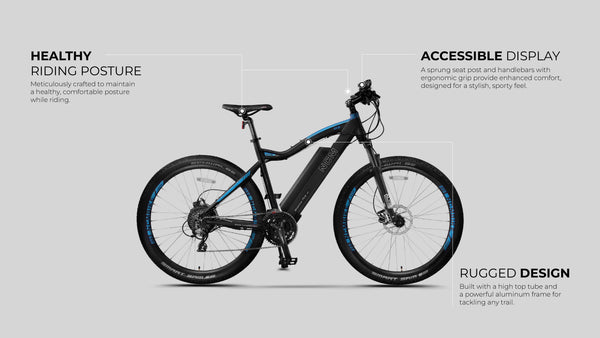
Highlighted Features
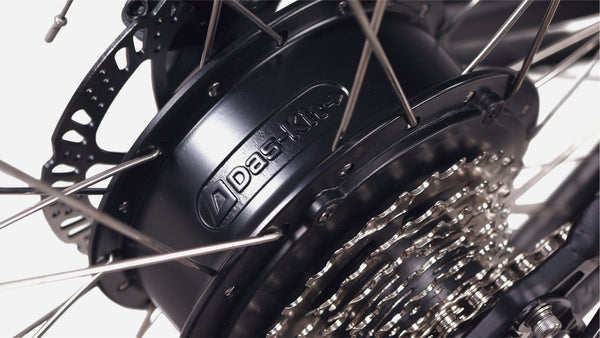
Das-Kit 500W Motor
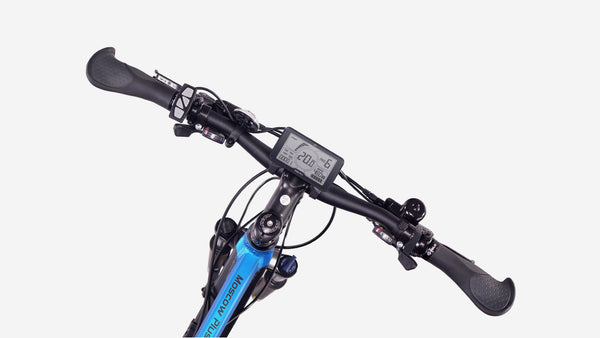
Ergonomic handlebar grips
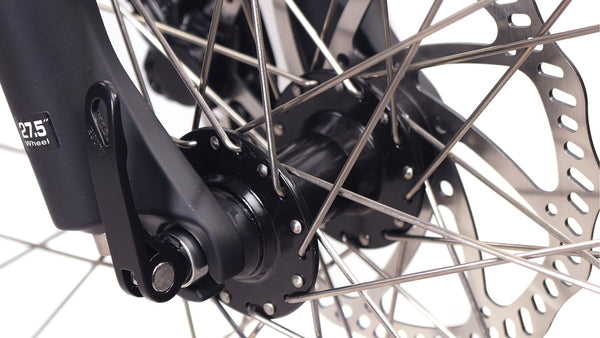
Moscow 48V disc brake
Product specifications.
Battery: Das-Kit, i5-4816, 48V 16Ah, 768Wh
Hub Motor Rated / Peak Power: Das-Kit, X15, 48V 500W / 750W
Display: Das-Kit, C7

Featured products
Sign up to get the latest updates on sales, news release, and more.
Region/Country
- United States
INFORMATION
- Contact Information
- Shipping Policy
- Refund Policy
- Privacy Policy
© 2024, NCMBike US
Thanks for subscribing
Find a bike shop near you | Trek Retailers
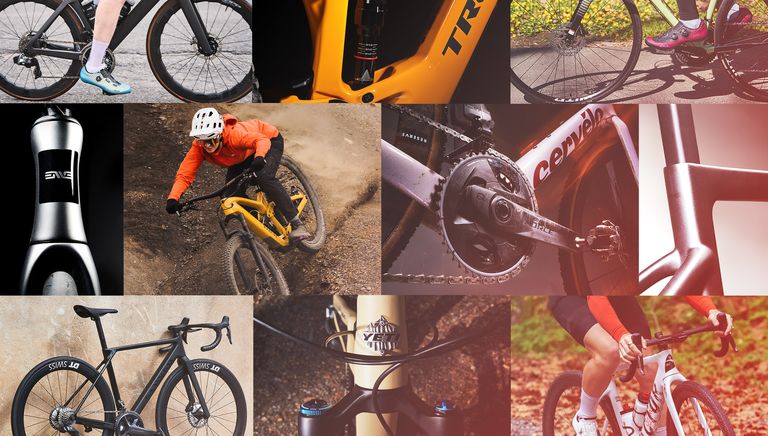
Bike Awards 2023
The Year’s 40 Best and Most Exciting Bikes
Gear-obsessed editors choose every product we review. We may earn commission if you buy from a link. How we test gear.
The Best Road Bikes of 2023
The best commuter bikes of 2023, the best mountain bikes of 2023.
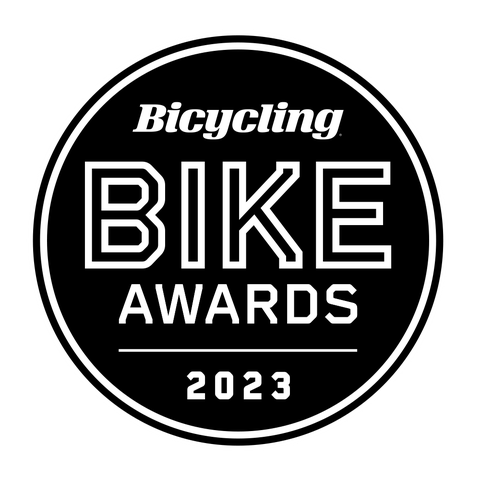
Each year, Bicycling editors choose our Best Bikes from the hundreds that are available. Our process starts with analyzing price, features, and how each bike solves a rider’s needs. With that criteria, we tighten our focus to the bikes with the most potential, get them in, ride them extensively, and spend anywhere from weeks to months discussing the bikes amongst the gear team.
Almost no one uses a bike only how it’s portrayed on brands’ websites. So we test bikes how our readers ride them. We go to group rides and events, dig through Instagram posts, and dive into message board minutia to give us insight into obstacles riders face and how they use their bikes to solve them. —Tara Seplavy, Deputy Editor

Specialized Globe Haul S/T
.css-1ai5262{-webkit-text-decoration:none;text-decoration:none;text-decoration-thickness:0.0625rem;text-decoration-color:inherit;text-underline-offset:0.25rem;color:#fff;-webkit-transition:background 0.3s ease-in-out;transition:background 0.3s ease-in-out;word-break:break-word;display:inline-block;padding-bottom:0.05rem;padding-top:0.05rem;font-weight:bold;-webkit-background-size:0 0;background-size:0 0;background-image:unset;background-repeat:repeat-x;-webkit-background-position:0 100%;background-position:0 100%;padding:0.625rem 0.9375rem 0.5rem;background-color:#067ea7;width:auto;font-family:teko,teko-upcase-roboto,teko-upcase-local,helvetica,'arial narrow',sans-serif;text-transform:uppercase;margin-top:0.625rem;font-size:1rem;line-height:1.2;letter-spacing:0.15rem;}.css-1ai5262:hover{color:#fff;text-decoration-color:border-link-body-hover;-webkit-background-size:.625rem 3.125rem;background-size:.625rem 3.125rem;background-color:#595959;background-image:unset;}.css-1ai5262:focus-visible{outline-color:body-cta-btn-link-focus;} → read full review.
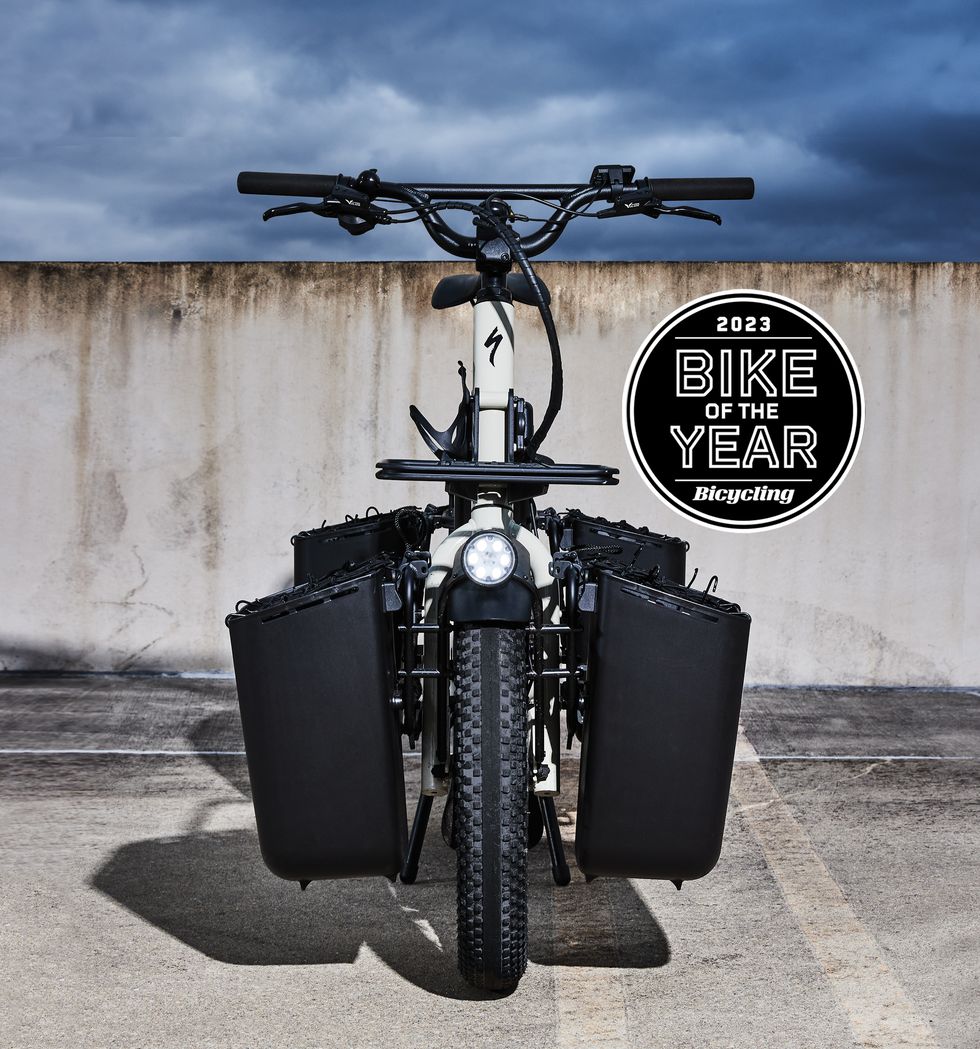
The Globe Haul ST isn’t just excellent in its class; it is an exceptional bike, full stop. We named it Bicycling’s Bike of the Year not just because it is impressively capable, massively useful, well-priced, and incredibly fun to ride, but because it was the only bike that changed why we go for rides in the first place. It’s a bike that reconnects riders with the freedom that cycling made us feel when we were younger. We didn’t think we could get that feeling riding to the grocery store, but the Haul ST proved us wrong.

The Best Gravel Bikes of 2023
→ read full reviews.
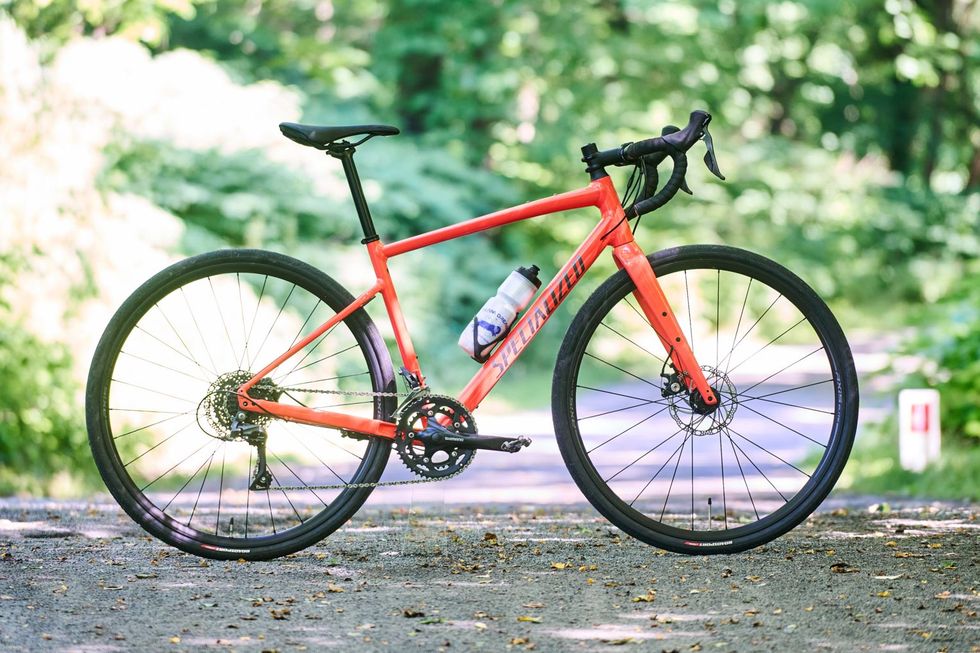
Specialized Diverge E5

Litespeed Ultimate G2
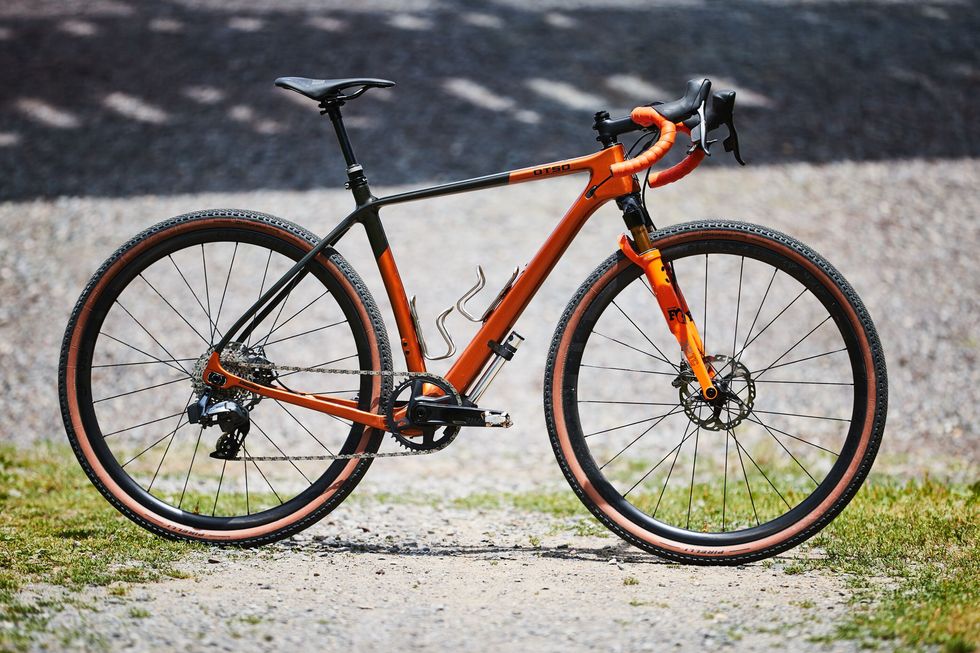
Otso Waheela C GRX 600

Ridley Kanzo Adventure Rival AXS XPLR
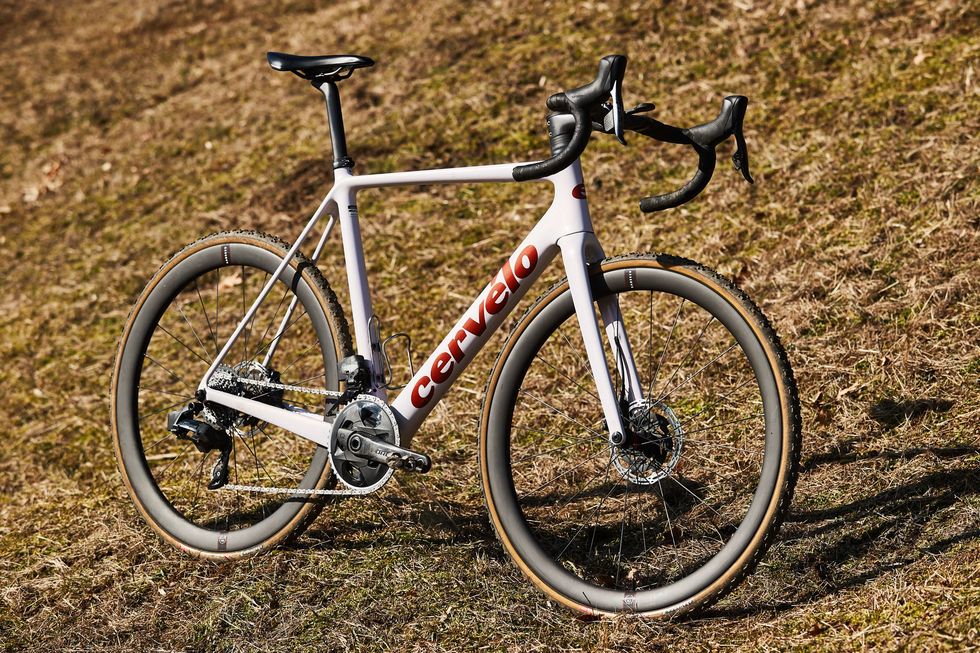
Cervelo R5-CX Force
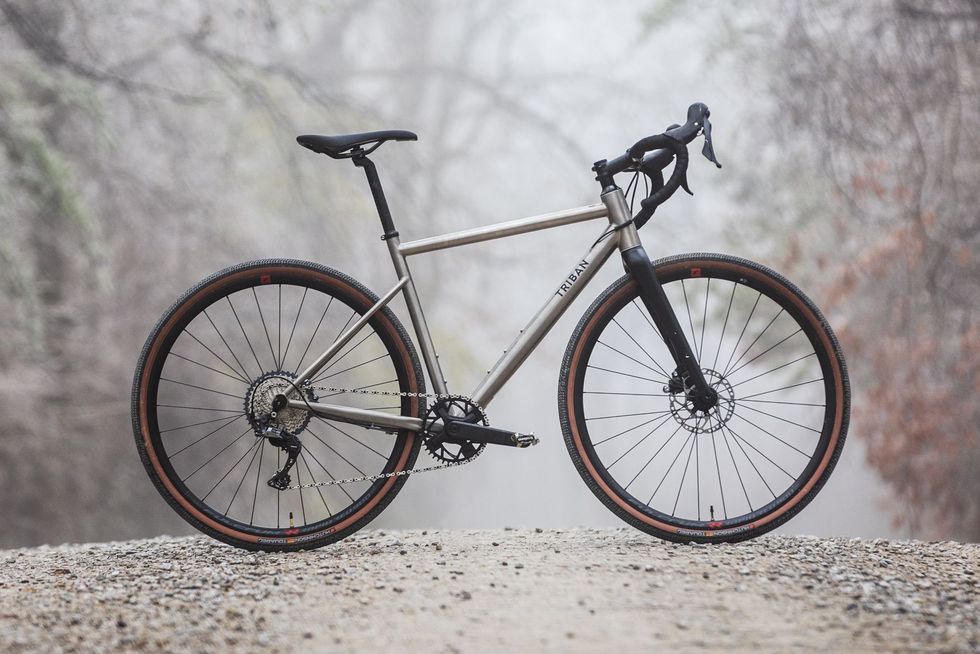
Riverside GRVL900
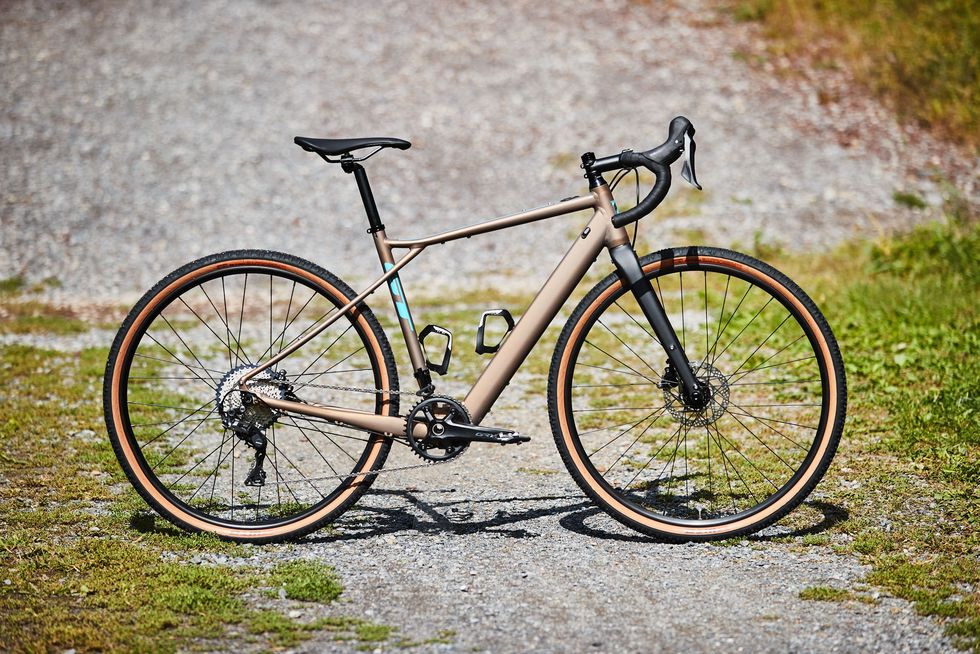
GT Grade e-Bike
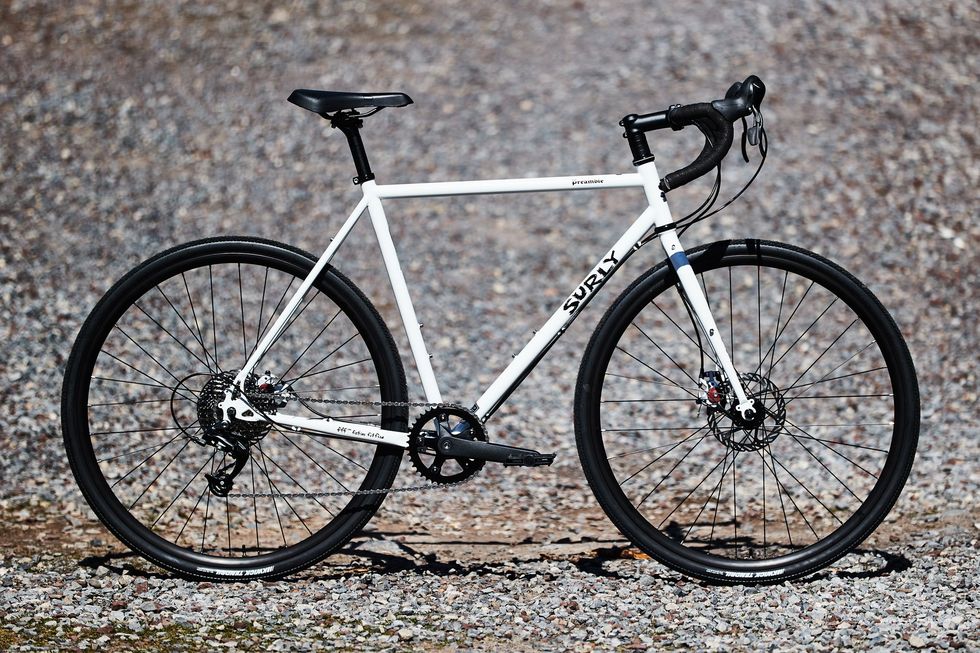
Surly Preamble
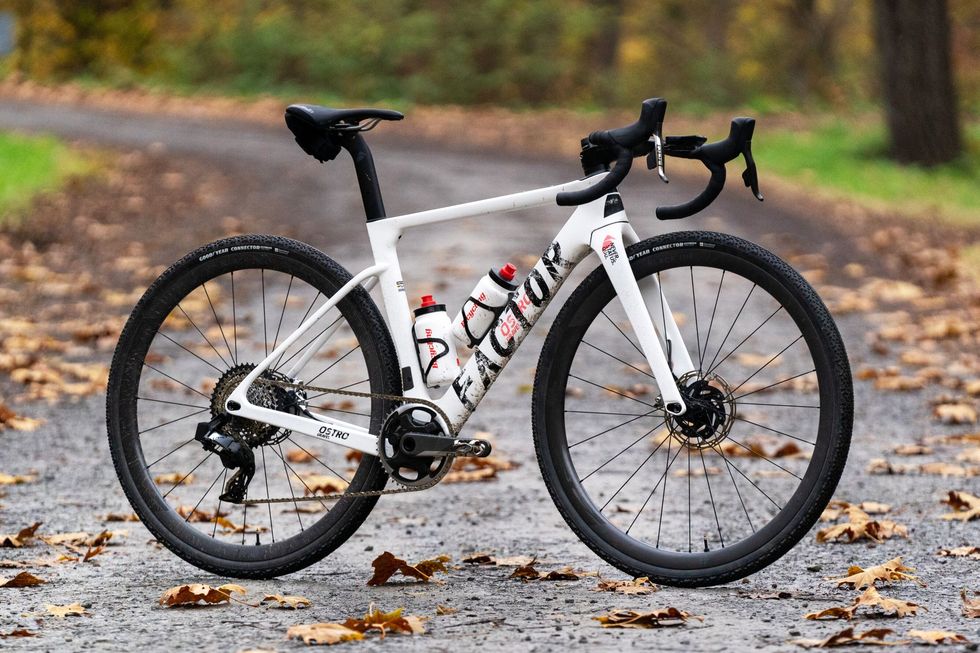
Factor Ostro Gravel

Cannondale SuperSix Evo Hi-Mod 2
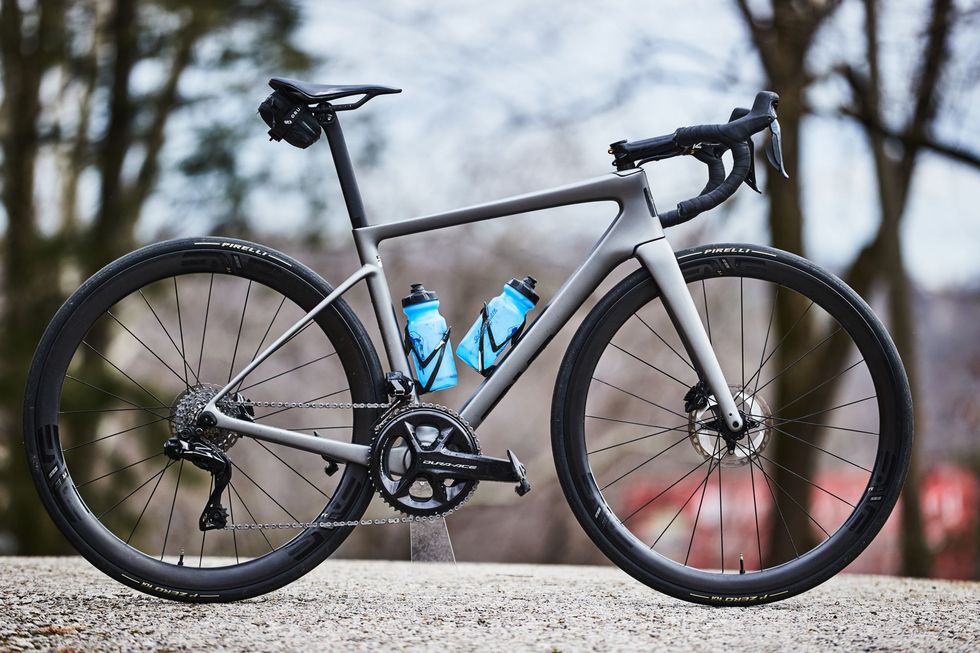
Trek Domane+
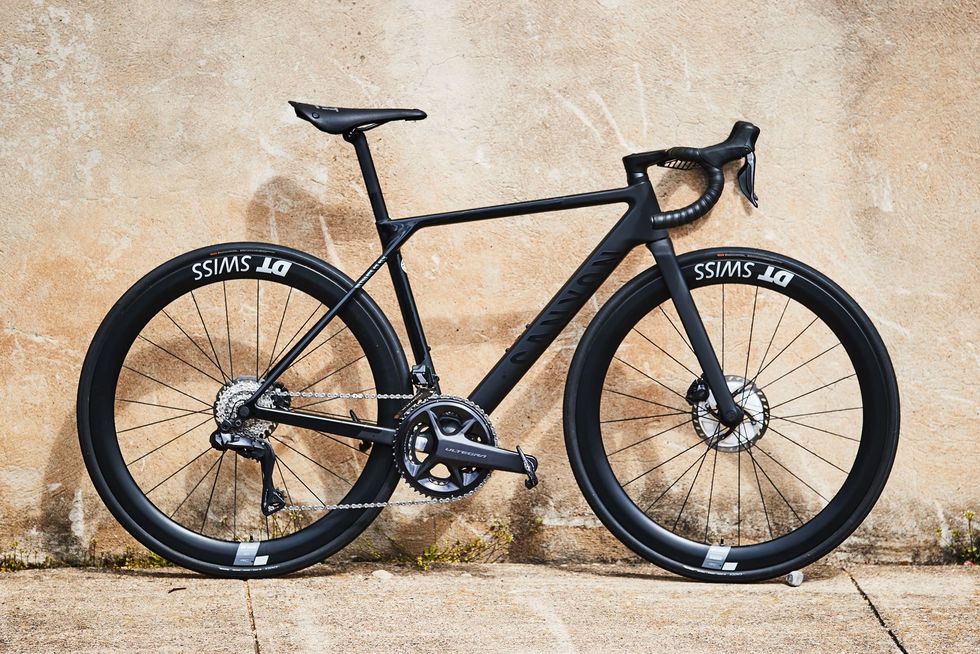
Canyon Ultimate
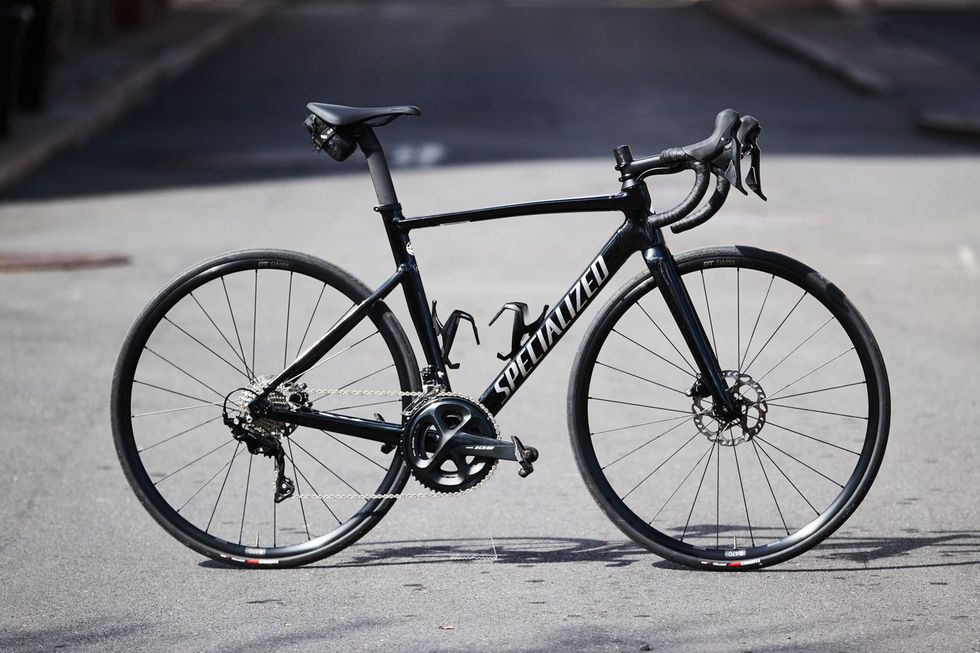
Specialized Allez Sprint
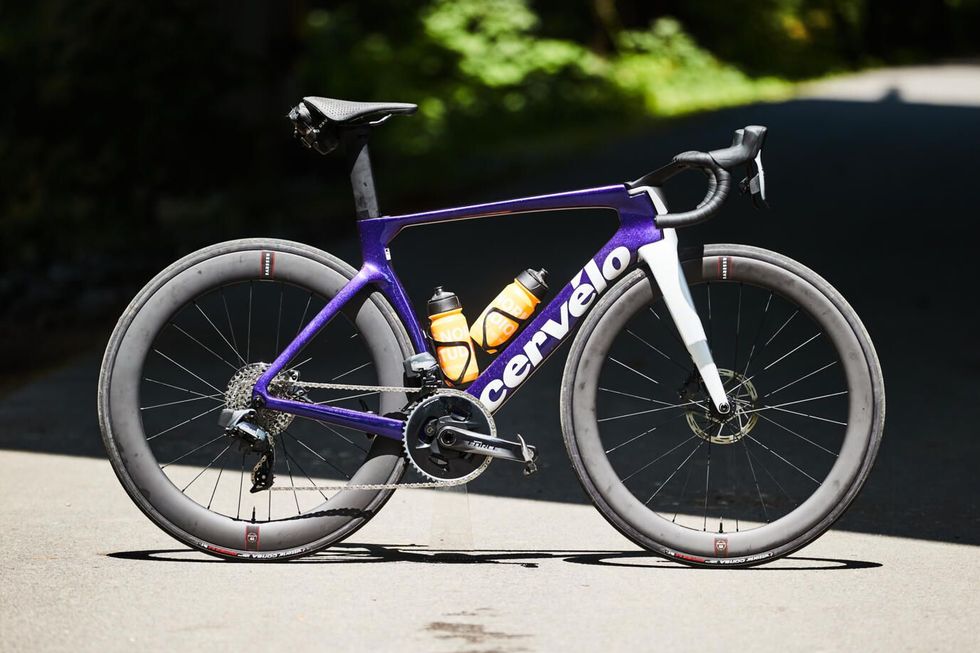
Fuji SL-A 1.3
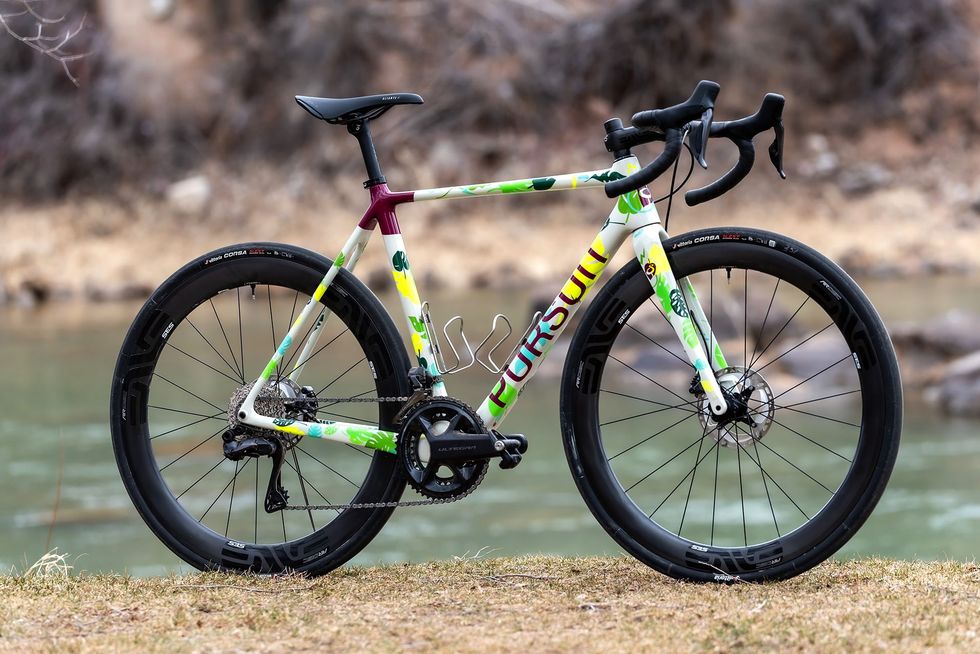
Pursuit The All Road
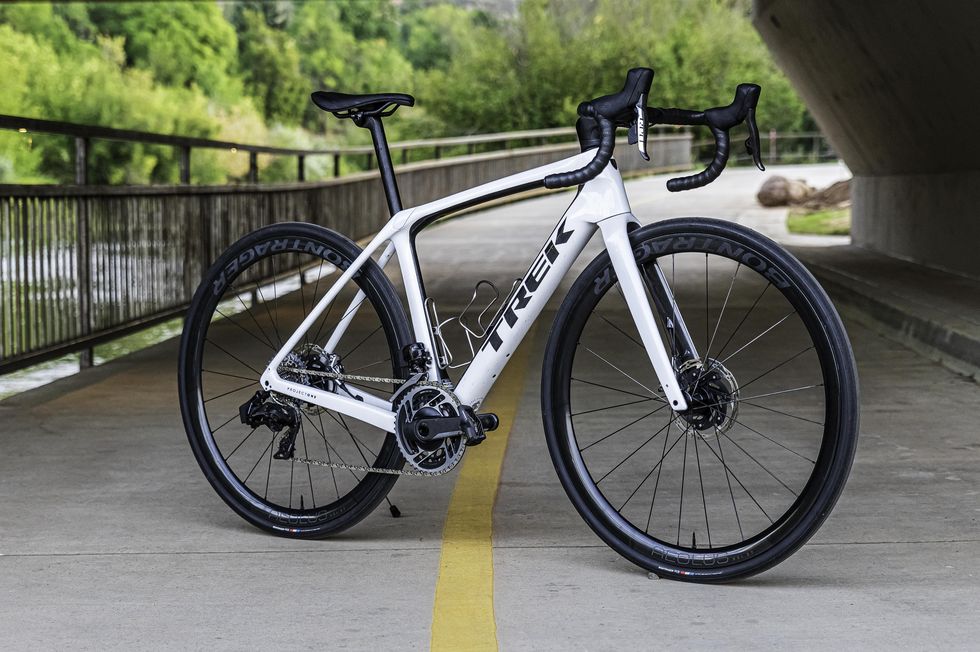
Trek Domane SLR 9 AXS
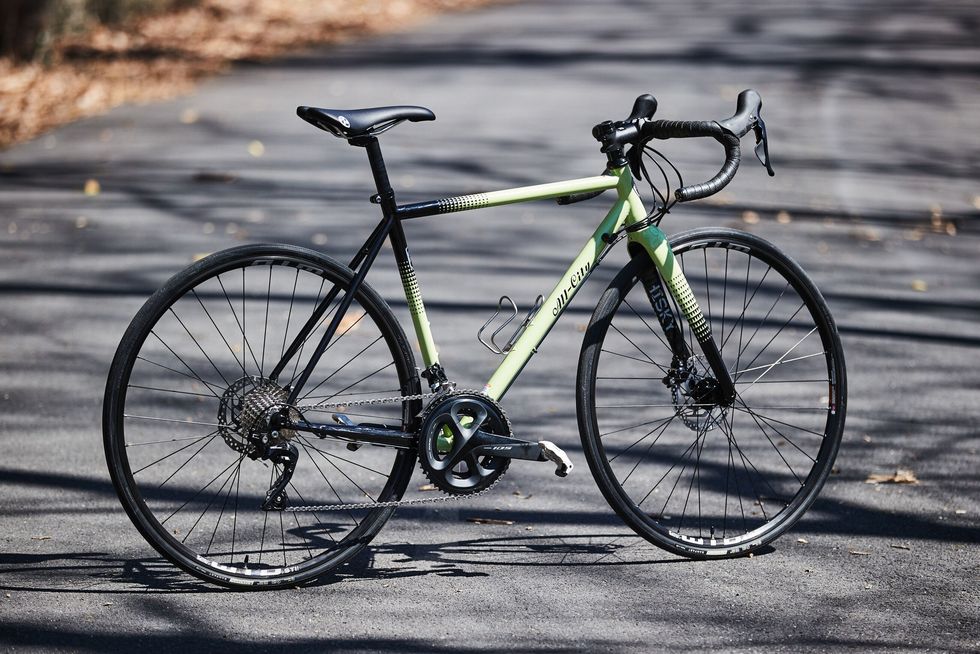
All-City Zig Zag 105
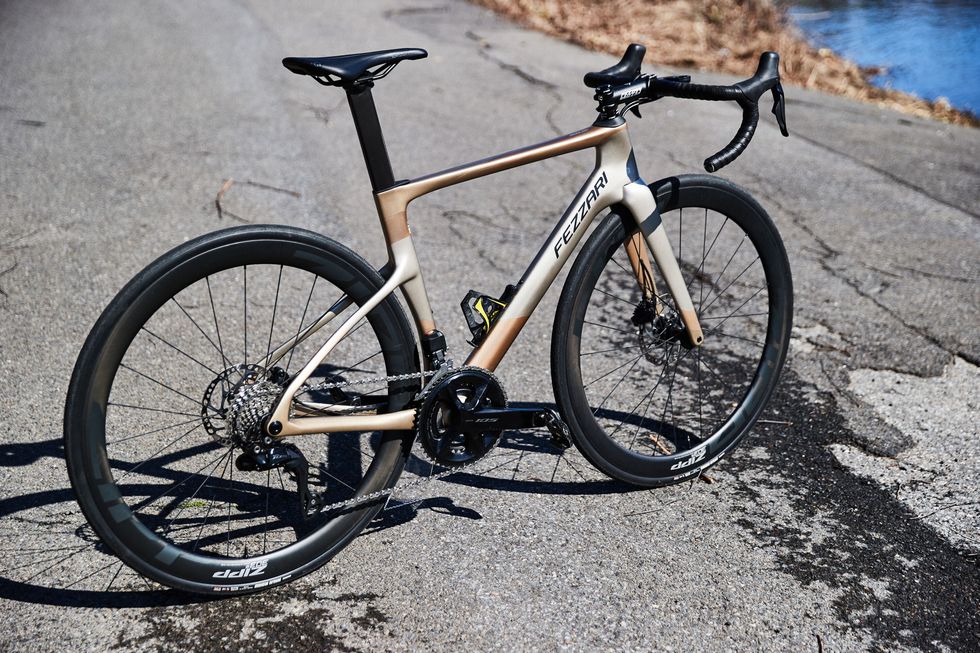
Fezzari Veyo 105
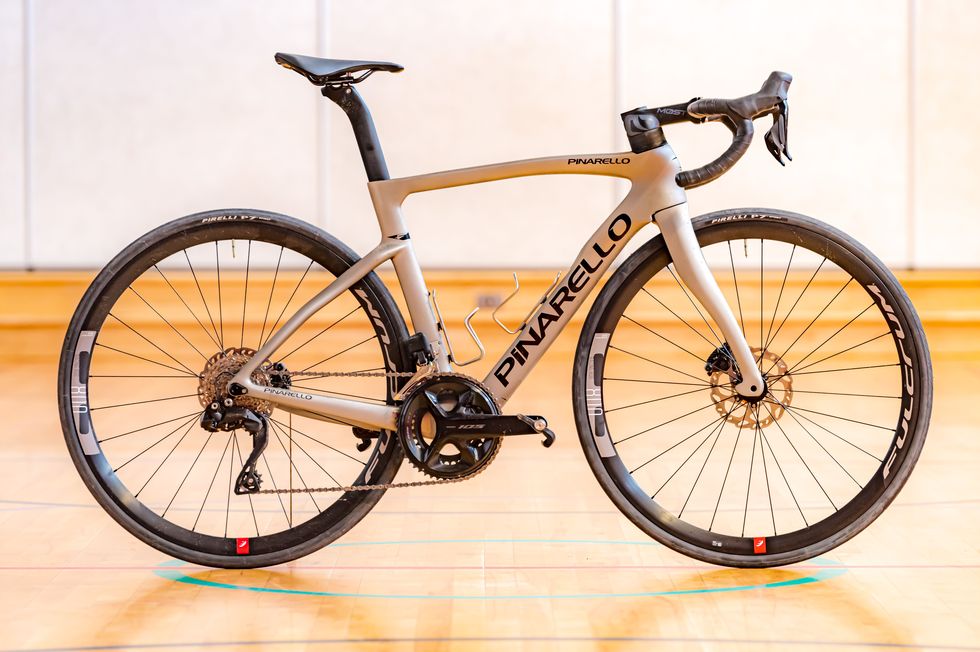
Pinarello F5 105 Di2
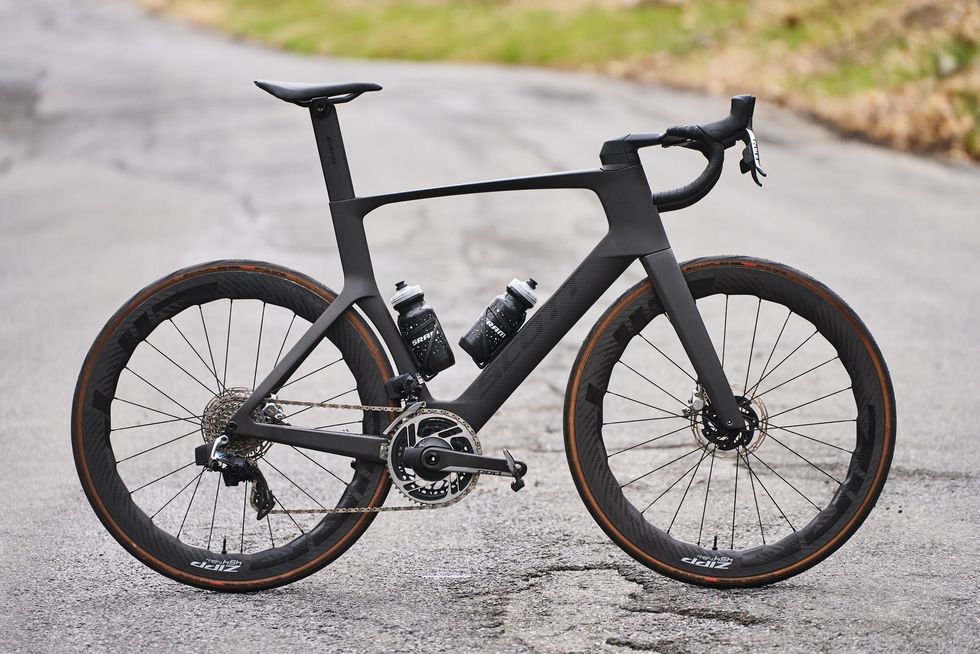
Scott Foil RC Ultimate

Yuba Super Cargo
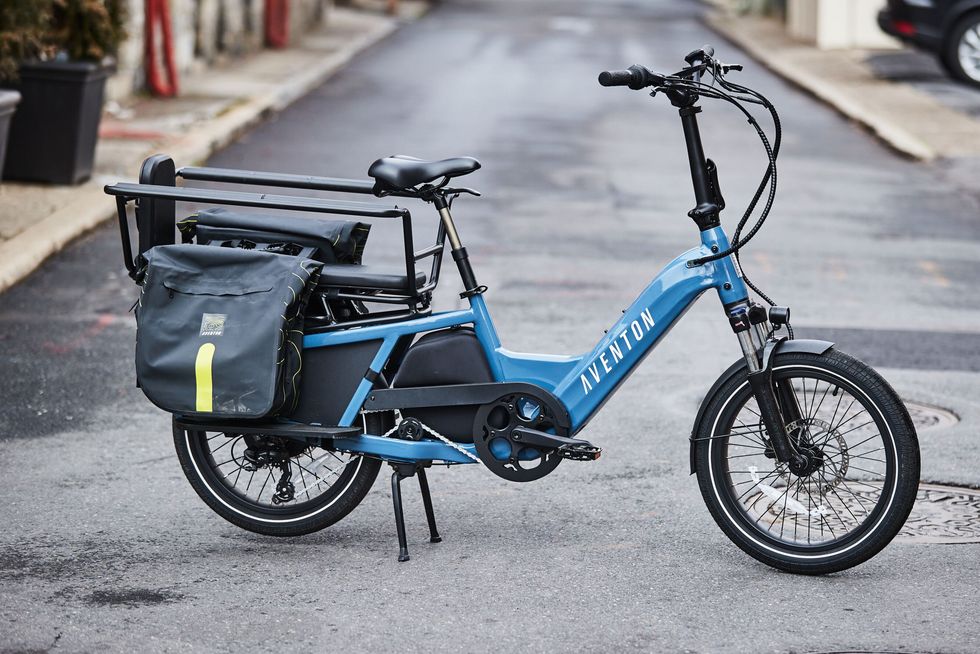
Aventon Abound
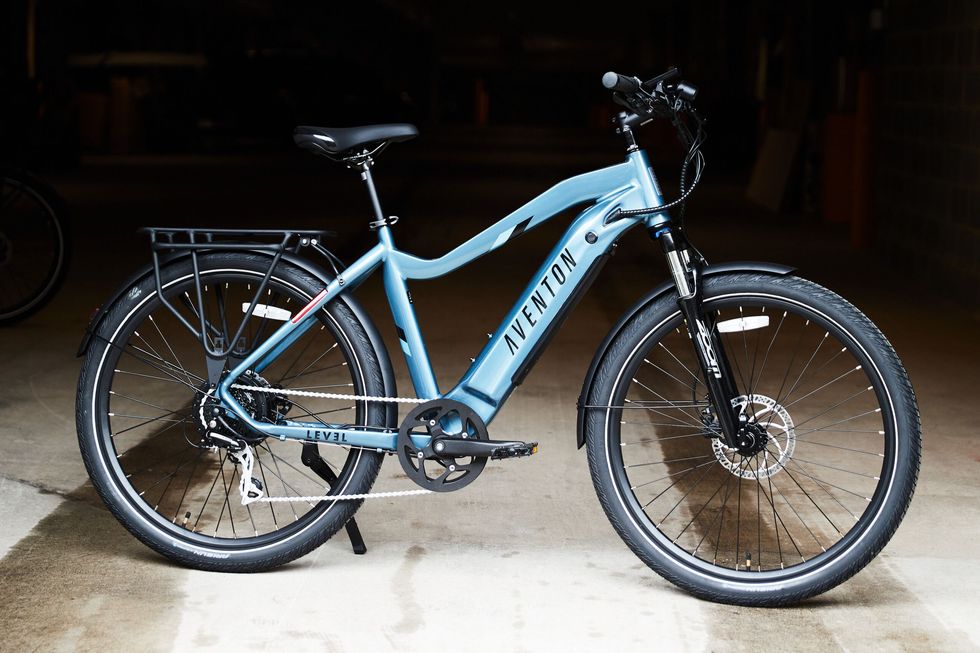
Aventon Level.2

Cannondale Compact Neo
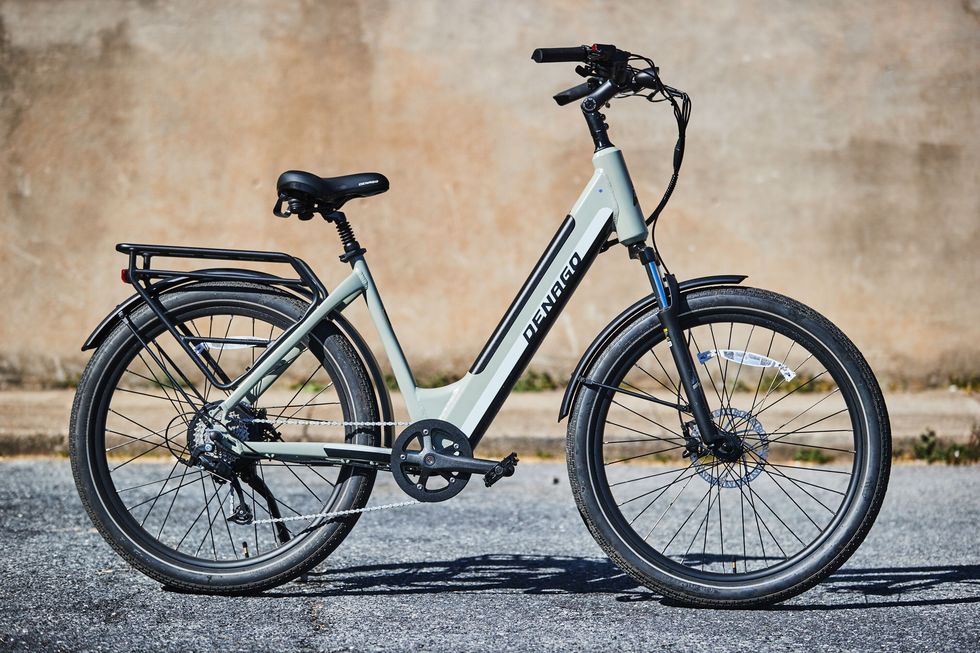
Denago Commute Model 1 Step-thru
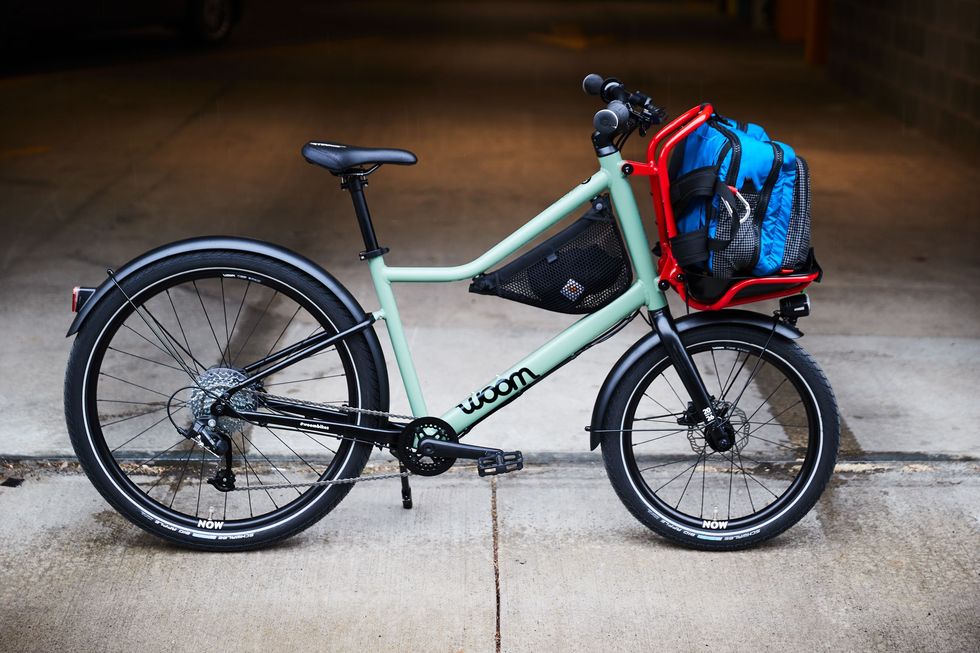
Trek Fuel EXe

Pivot Shuttle LT
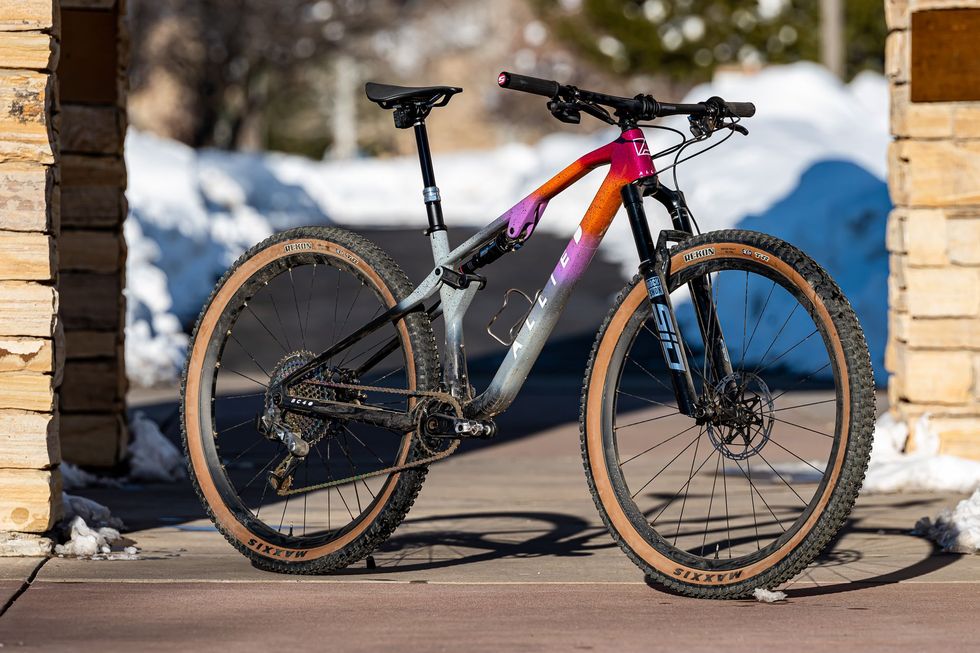
Allied BC40

Santa Cruz Bicycles Tallboy X01 AXS RSV CC
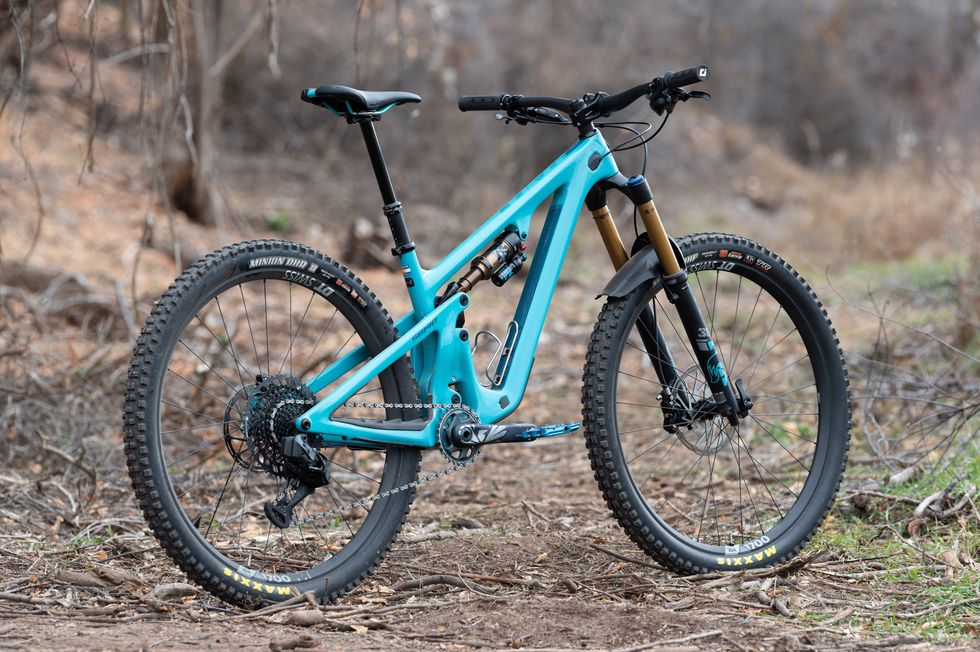
Yeti SB140 Lunch Ride
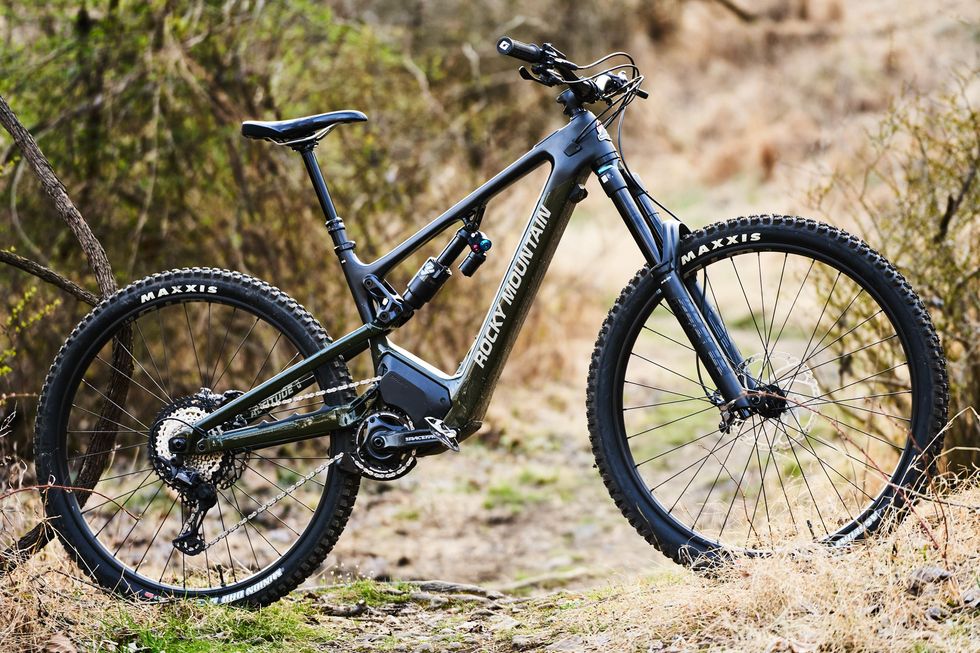
Rocky Mountain Altitude
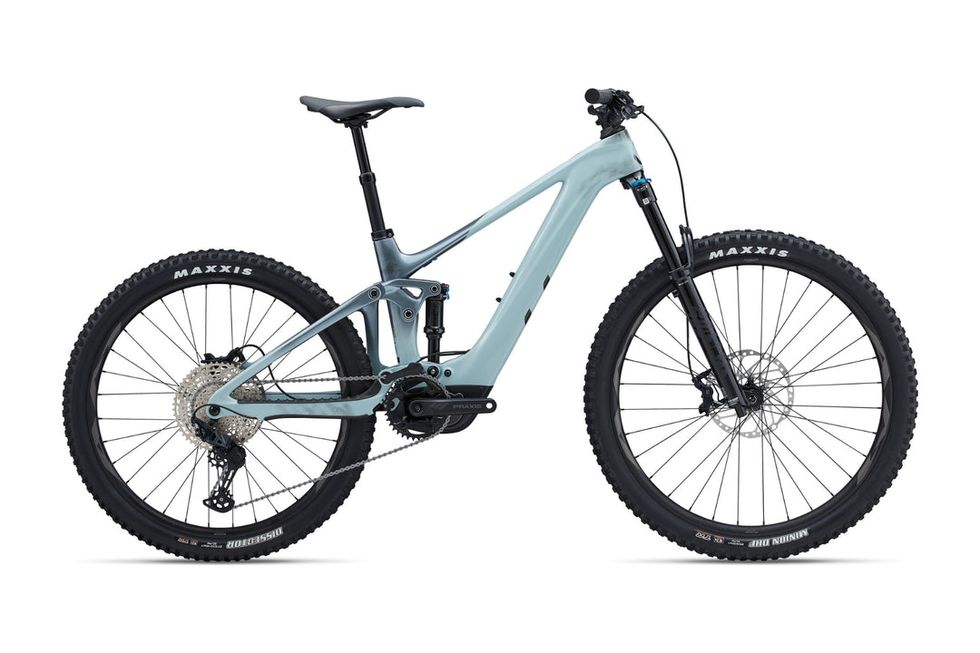
Intrigue X Advanced E+ Elite 2
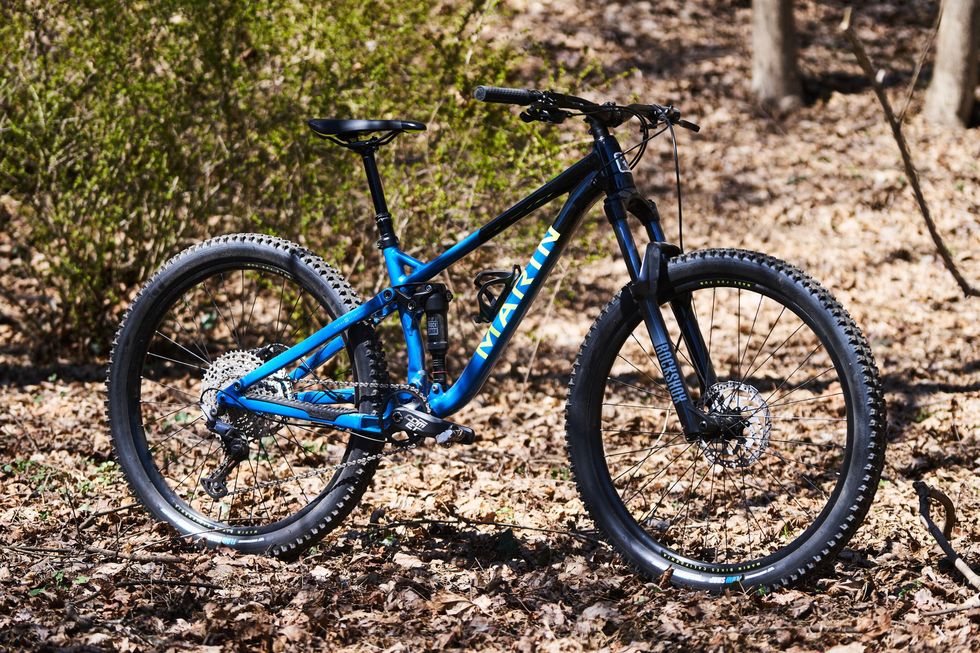
Marin Bikes Rift Zone 2 27.5
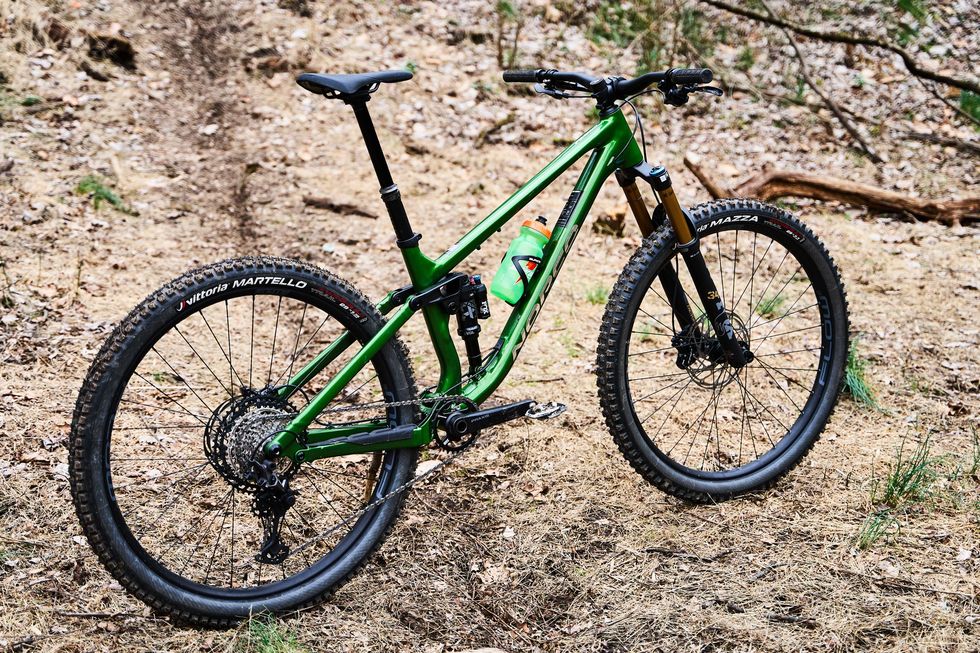
Norco Fluid FS A1
As Deputy Editor, Tara Seplavy leads Bicycling’s product test team; after having previously led product development and sourcing for multiple bike brands, run World Championship winning mountain bike teams, wrenched at renowned bicycle shops in Brooklyn, raced everything from criteriums to downhill, and ridden bikes on six different continents (landing herself in hospital emergency rooms in four countries and counting). Based in Easton, Pennsylvania, Tara spends tons of time on the road and trail testing products. A familiar face at cyclocross races, crits, and bike parks in the Mid Atlantic and New England, on weekends she can often be found racing for the New York City-based CRCA/KruisCX team. When not riding a bike, or talking about them, Tara listens to a lot of ska, punk, and emo music, and consumes too much social media.
Test Editor Dan Chabanov got his start in cycling as a New York City bike messenger but quickly found his way into road and cyclocross racing, competing in professional cyclocross races from 2009 to 2019 and winning a Master’s National Championship title in 2018. Prior to joining Bicycling in 2021, Dan worked as part of the race organization for the Red Hook Crit, as a coach with EnduranceWERX, as well as a freelance writer and photographer.

A gear editor for his entire career, Matt’s journey to becoming a leading cycling tech journalist started in 1995, and he’s been at it ever since; likely riding more cycling equipment than anyone on the planet along the way. Previous to his time with Bicycling , Matt worked in bike shops as a service manager, mechanic, and sales person. Based in Durango, Colorado, he enjoys riding and testing any and all kinds of bikes, so you’re just as likely to see him on a road bike dressed in Lycra at a Tuesday night worlds ride as you are to find him dressed in a full face helmet and pads riding a bike park on an enduro bike. He doesn’t race often, but he’s game for anything; having entered road races, criteriums, trials competitions, dual slalom, downhill races, enduros, stage races, short track, time trials, and gran fondos. Next up on his to-do list: a multi day bikepacking trip, and an e-bike race.
.css-1t6om3g:before{width:1.75rem;height:1.75rem;margin:0 0.625rem -0.125rem 0;content:'';display:inline-block;-webkit-background-size:1.25rem;background-size:1.25rem;background-color:#F8D811;color:#000;background-repeat:no-repeat;-webkit-background-position:center;background-position:center;}.loaded .css-1t6om3g:before{background-image:url(/_assets/design-tokens/bicycling/static/images/chevron-design-element.c42d609.svg);} Gravel Bikes

Obed’s GVR Is a Fast and Customizable Gravel Racer
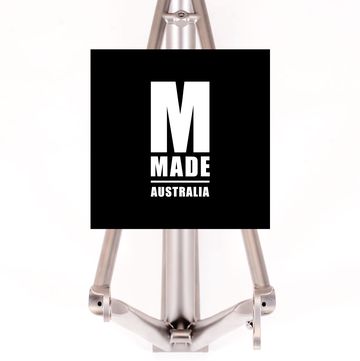
MADE Bicycle Show Expands to Oz in 2024

Gabe's Bike Shop | Episode 2

Shimano Debuts New GRX...and Its Not Di2...Yet
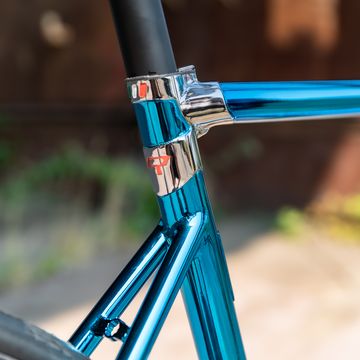
MADE Show 2023’s Most Beautiful Bikes
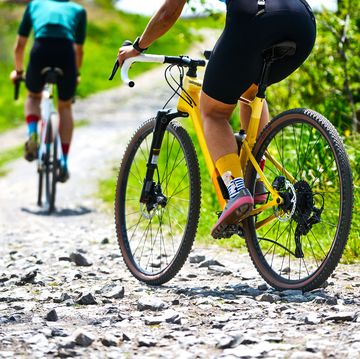
The Ultimate Tire Gravel Guide
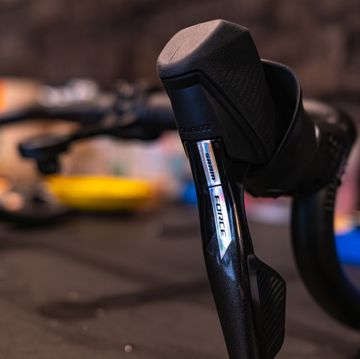
SRAM Road Disc Brake Service and Bleed Procedure
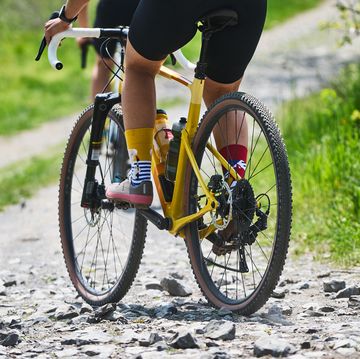
The Best Gravel Bikes You Can Buy Right Now
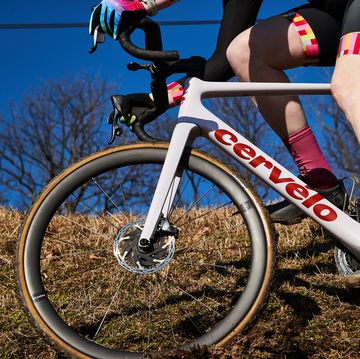
The Best Cyclocross Bicycles

Does Your Gravel Bike Need Suspension?
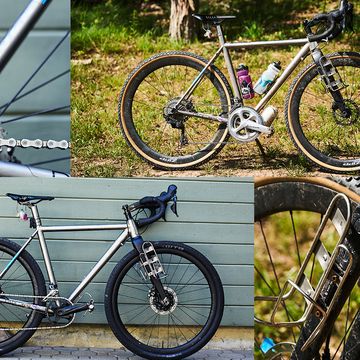
Optimize Your Gravel Bike for Long Rides

IMAGES
VIDEO
COMMENTS
Mick & Wil review the Trek Fuel EXe. Following two years of development, the Trek Fuel EXe launches as a brand new electric mountain bike for 2023. Aiming to straddle the gap between the Rail (Trek's full-powered, big travel e-MTB) and the regular Fuel EX, the Fuel EXe is built around a unique, never-before-seen motor that is claimed to be ...
The Specialized Turbo Levo Comp Alloy returns to our electric mountain bike test and claims the top step on the podium for the fourth year in a row. Updated for the 2022 model year, it looks nearly identical to the previous version but has several notable changes, including the highly adjustable geometry debuted on the Stumpjumper EVO, mixed wheel sizes, and the new Turbo Full Power 2.2 motor.
The EX-e comes in four frame sizes and six built kits, all of which use Trek's OCLV carbon. Pricing starts at $6,499 USD for the EX-e 9.5 which is built with entry-level RockShox suspension and ...
The Takeaway: The Trek E-Caliber is a lightweight, XC-oriented electric mountain bike for riders who want a nimble and agile machine that excels on a wide range of trails. Trek claims the 34.8 ...
The Fuel EX-e is a 140mm trail bike with a small and light TQ motor. Paired with a light 360Wh battery, the EX-e weighs about 10 lbs less than a full-power e-bike.
The Takeaway: Motor or no motor, the Fuel EXe is one of the best mountain bikes on the market right now. All new EX carbon frame with 140mm rear travel and 150mm fork. Small and light (1850 grams ...
Trek claims that the Fuel EX-e tests closer to a traditional MTB than the next quietest electric bike they tested. Trek says that the pin ring design equals fewer moving parts and a much quieter ride. Four total modes can be adjusted via the small handlebar remote: Eco, Mid, High, and Walk. The three ride modes are tunable in Trek's Central ...
The Trek Fuel EXe is a bit of an outlier in the current e-MTB market. Most e-mountain bikes fall into one of two categories: High-powered, long-travel beasts, or lightweight, short-travel models with lower-power systems. The Fuel EXe sits in the middle, with 150/140mm travel and generous, adjustable trail geometry, and the new TQ HPR50 motor ...
For that, I'd suggest the Powerfly, a similar e-mountain bike model that has a great build, not a top-of-the-line new car type of build. Trek Powerfly FS 4 Gen 3 Now 11% Off
The aluminum Trek Powerfly 8 offers 130mm of suspension travel front and rear, with a RockShox Yari fork up front and a RockShox Deluxe RL in the back. An 11spd XT drivetrain, Shimano hydraulic disc brakes, Boost spacing, 2.8″ Bontrager "plus tires," and KS eThirty dropper post are included, giving this bike a pretty legit component ...
The Trek Fuel EXe with TQ HPR 50 motor ushers in a new generation of light eMTBs that makes the analogue mountain bike world shake. With its quiet drive and clever motor/display integration, the Trek Fuel EXe 2023 is hardly recognizable as an eMTB. On the trail, the motor is extremely discreet and you'll only notice it once it's turned off.
The Rail 9.7 is a powerful electric mountain bike from the Trek Bicycle Company. This 29er has 150mm of rear-wheel travel paired with a 160mm fork and a modern long, low, and slack geometry. The 250 Watt Bosch motor puts out up to 85 Nm of torque and is powered by a 625Wh battery. ... Our size medium test bike weighed 49 lbs 10 oz set up ...
Fuel EXe is everything you've been craving on the singletrack. It's a full suspension e-mountain bike that flattens climbs and pushes you farther on every ride, without interrupting the way you experience the trail. It's your best trail ride ever, with extra Fuel in the tank. watch the walkthrough. Natural look.
Taking it for a spin before you ride home with it. Whether you're looking for a mountain bike for ripping up the trails, a featherweight road bike for long climbs, a city bike that's perfect for fun spins and commutes, or an electric bike that adds boost to your personal pedal power, your local Trek store is ready to get you set up on a ...
Electric mountain bikes. Electric-assist mountain bikes amplify your pedaling power while amplifying the amount of fun you have on the trail. Go farther, go faster, and go more places on an e-MTB that lets you enjoy more of everything you love about mountain biking. 45 Results.
The e-mountainbikes on test: 30 bikes in the test field; € 15,999: the most expensive bike on test, the SCOTT Lumen eRide 900 SL; € 6,699: the most affordable bike on test, the BULLS SONIC EVO EN-SL1; 23 of the bikes roll on 29″ wheels; 7 of the bikes roll on 29″/27.5″ mullet wheels; the bikes weigh 22.1 kg on average
Trek has been building bikes since 1976 — and in that time, we've collected a whole lot of hard-earned knowledge about what makes a quality bike that'll stand the test of time. We've applied those same lessons to the electric bikes we've made in the past two decades. Experience matters when it comes to design and innovation.
Ride1Up Turris. Ride1Up has proven itself as a high-value electric bike brand, focusing largely on efficient and speedy commuter e-bikes. While the company has many models in the $1,000 to $2,000 ...
Best overall. 1. Rad Power RadCity 5 Plus. View at RadPower Bikes. The best ebike for most people. It's not the flashiest, but we think the RadCity 5 Plus will more than fit the needs of most ...
Give the electric bike full throttle while engaging the brake on the rear without locking it up. When you engage the rear brake, the battery pack will go through a load so you can then read the voltage and find out how much it drops. If the battery is working well, the voltage will drop by a few volts only.
Trek has been building bikes since 1976 — and in that time, we've collected a whole lot of hard-earned knowledge about what makes a quality bike that'll stand the test of time. We've applied those same lessons to the electric bikes we've made in the past two decades. Experience matters when it comes to design and innovation.
An e-mountain bike equipped with high-end brake and drive systems, the NCM M5 is for adventurous riders who want to hit the trails comfortable in the knowledge that their ebike can handle whatever they throw at it. BIKE COMPONENTS Frame: Alu. 6061, 26"*17.3 inches / Alu. 6061, 27.5"*18.9 inches / Alu. 6061, 2
Road bikes Mountain bikes Hybrid bikes Electric bikes Electra bikes Men's bikes Women's bikes Equipment Apparel Sale & clearance Customize How to buy online Trek bike finder Find a bike shop Bike tours Inside Trek. Heritage Technology Racing Social responsibility Stories Sustainability Work at Trek Podcast Events Support. Customer service ...
Test Editor Dan Chabanov got his start in cycling as a New York City bike messenger but quickly found his way into road and cyclocross racing, competing in professional cyclocross races from 2009 ...